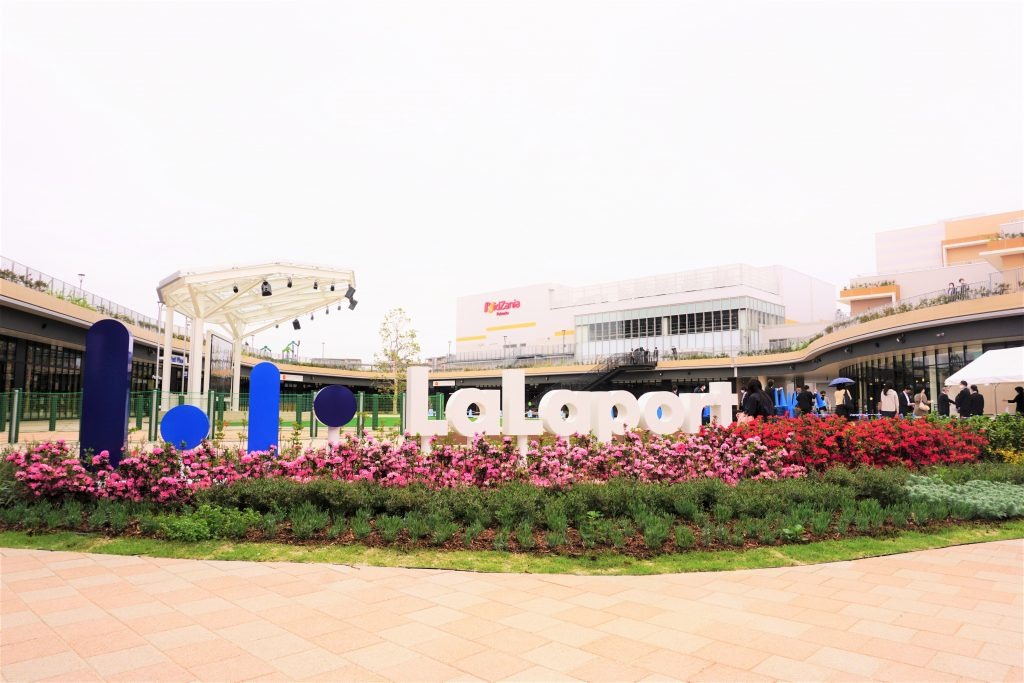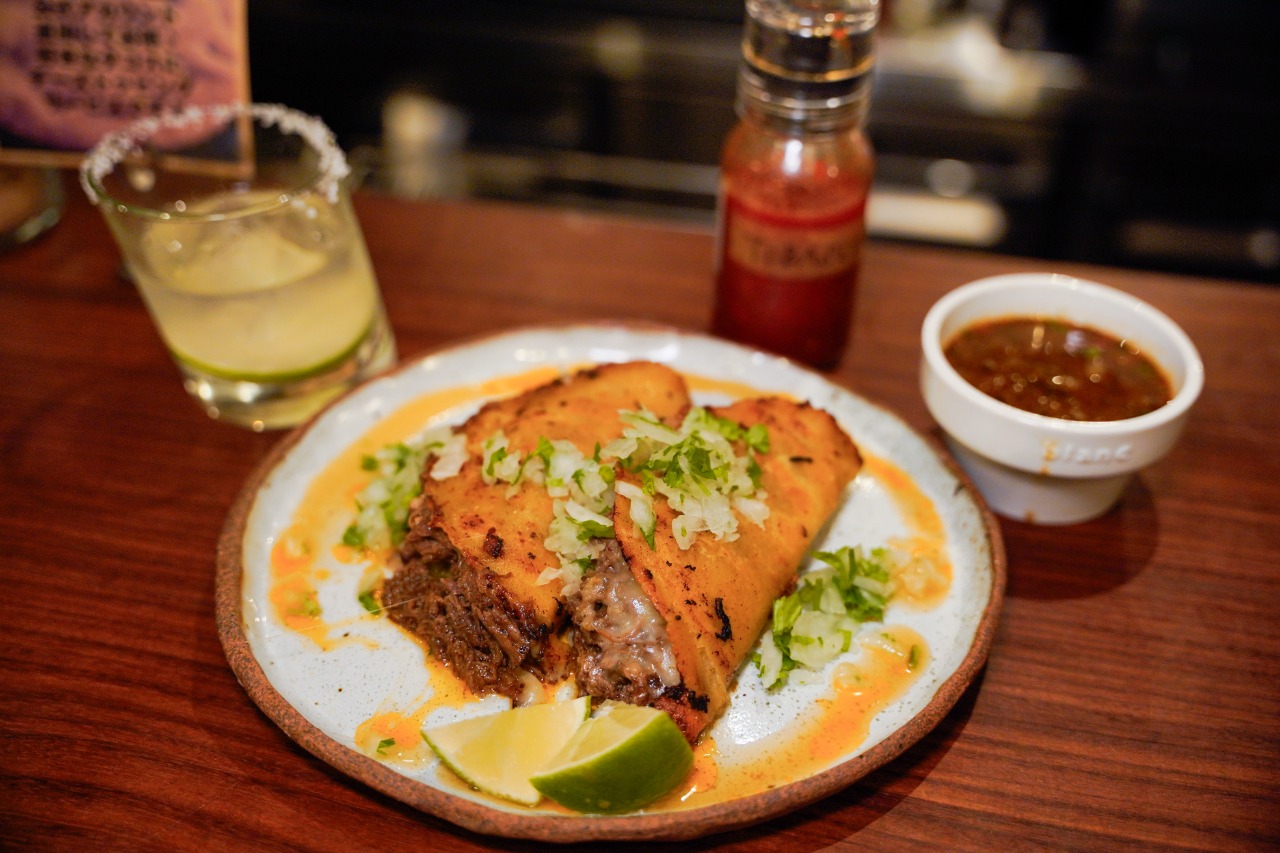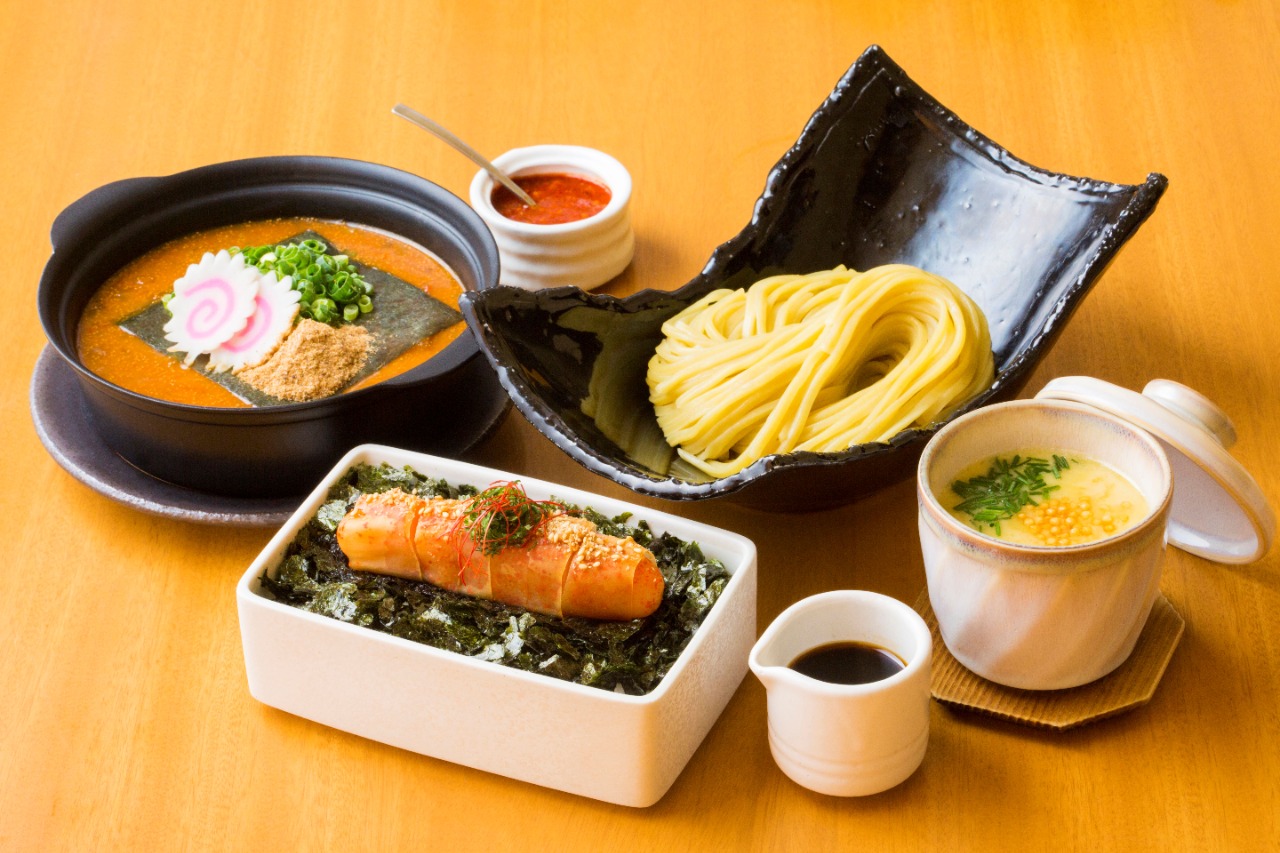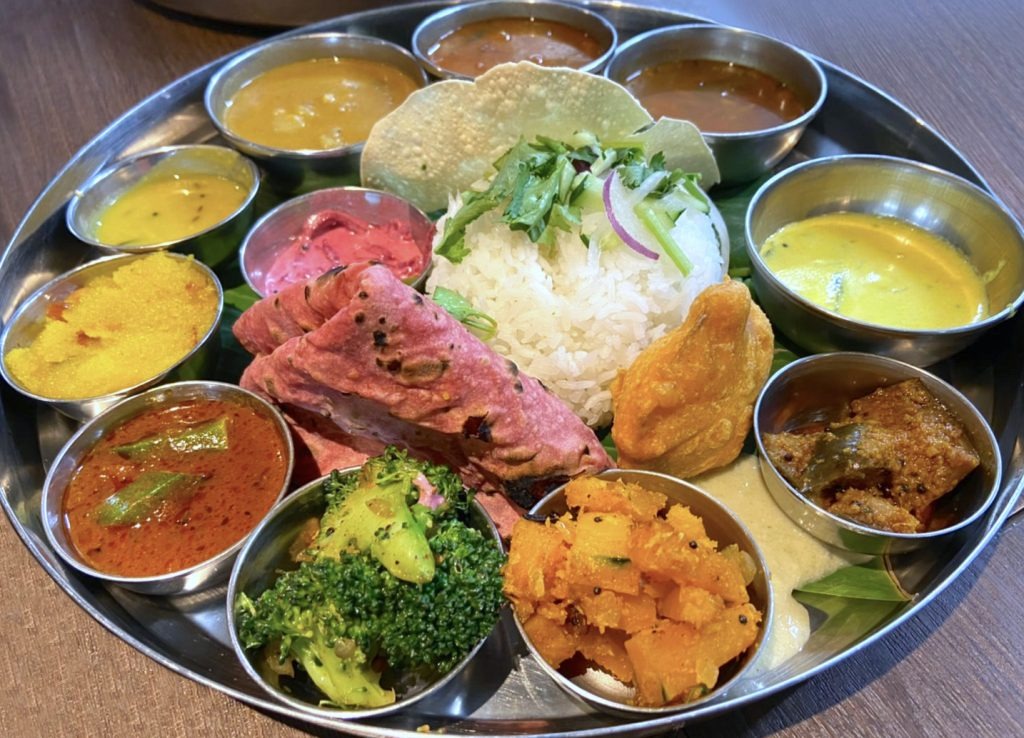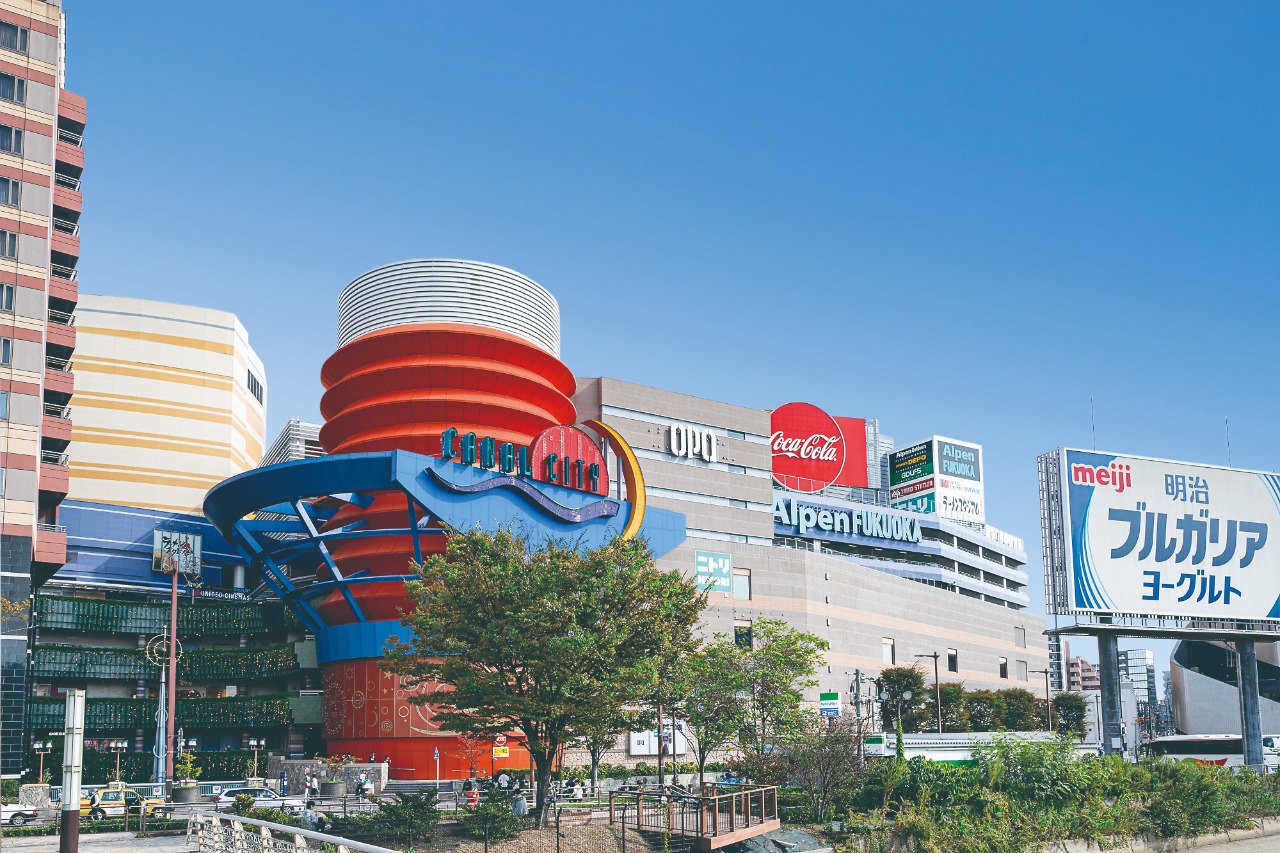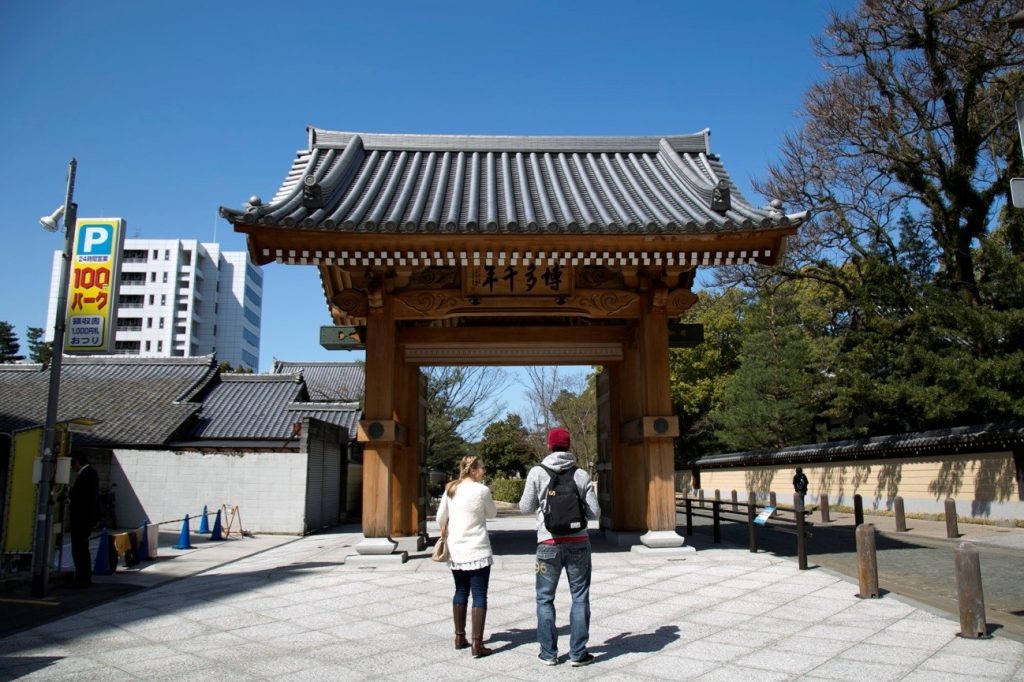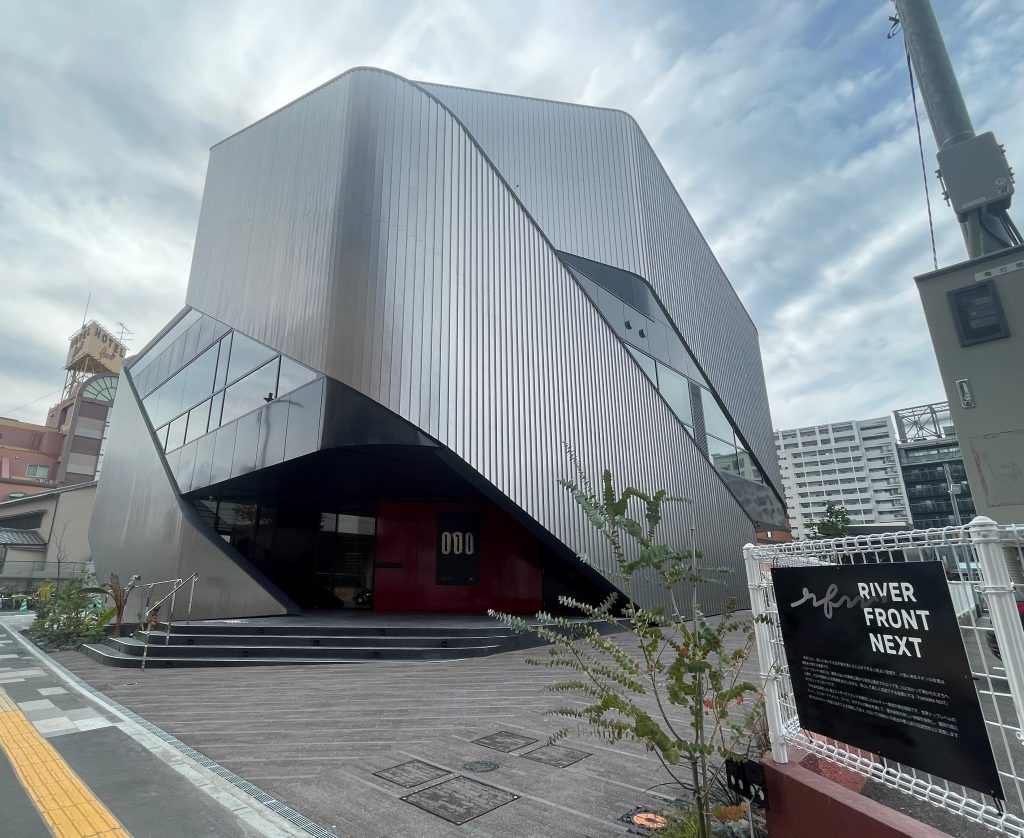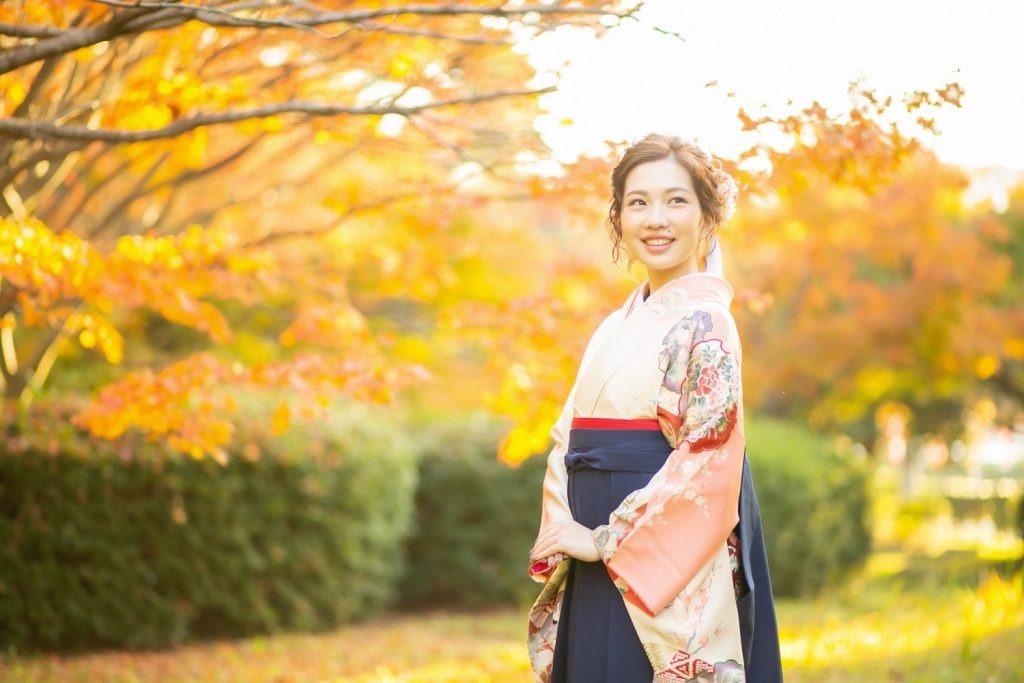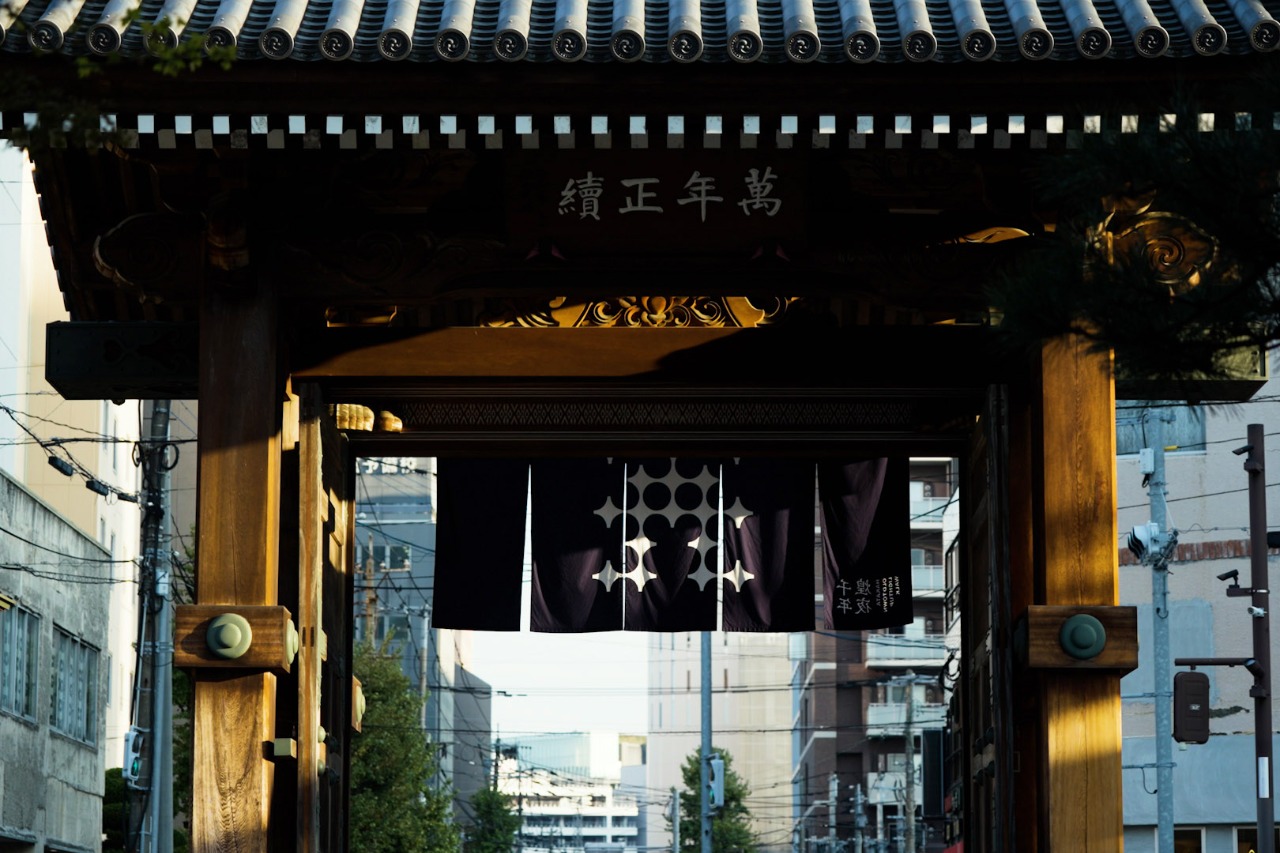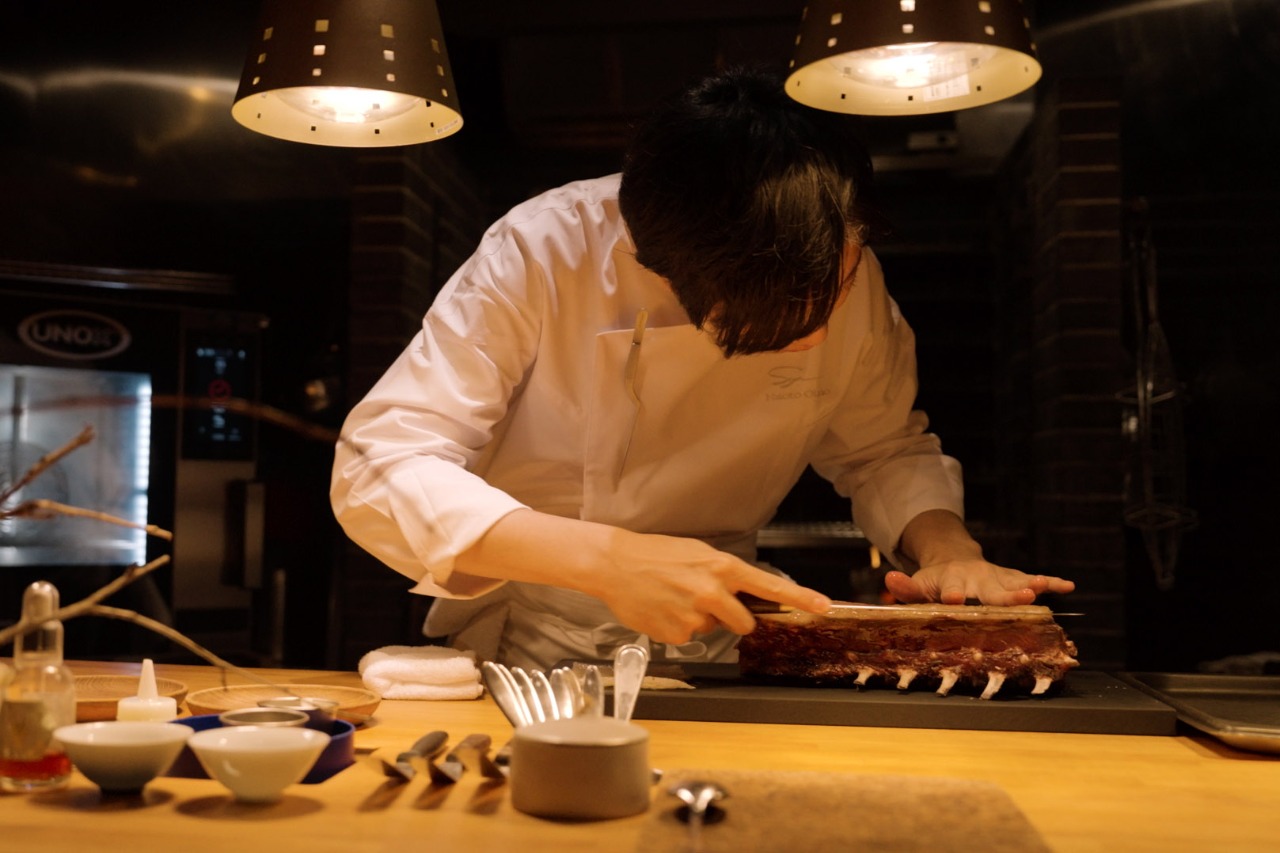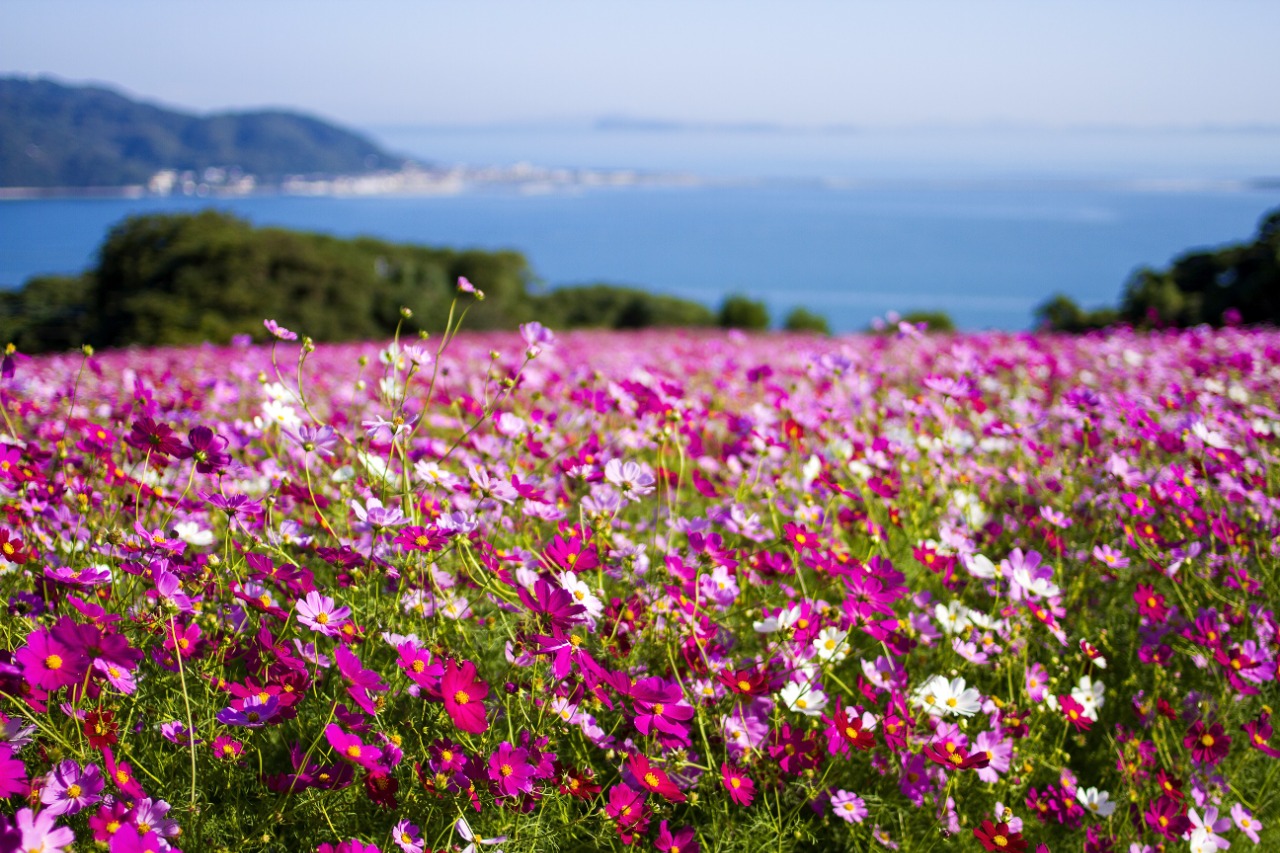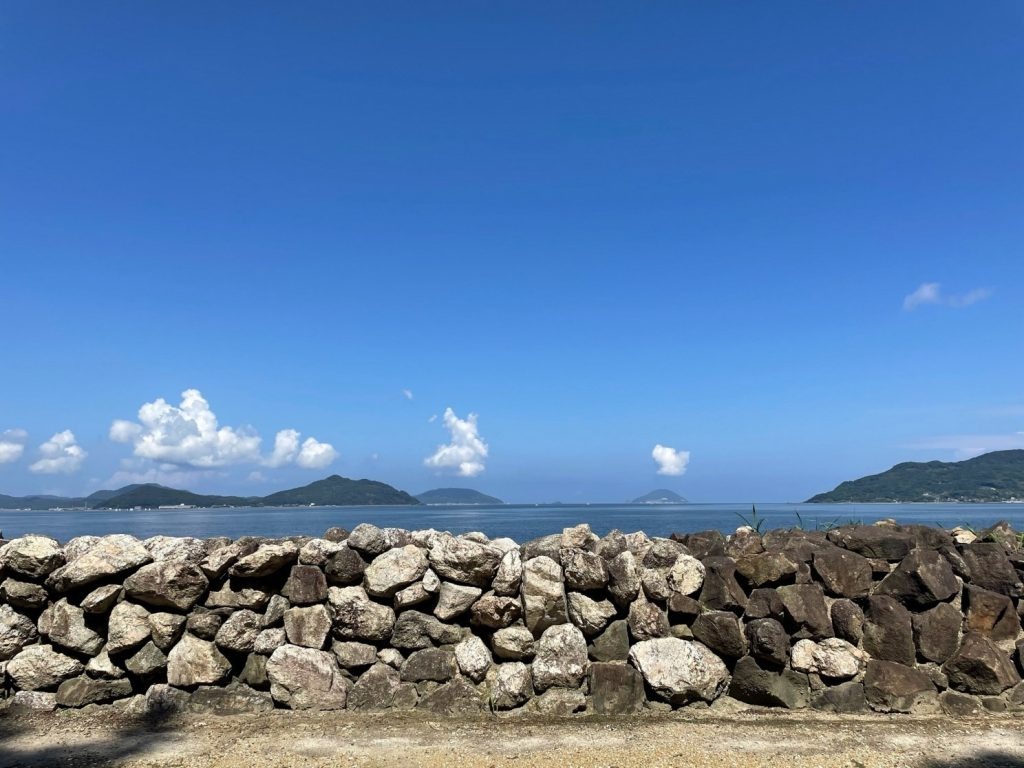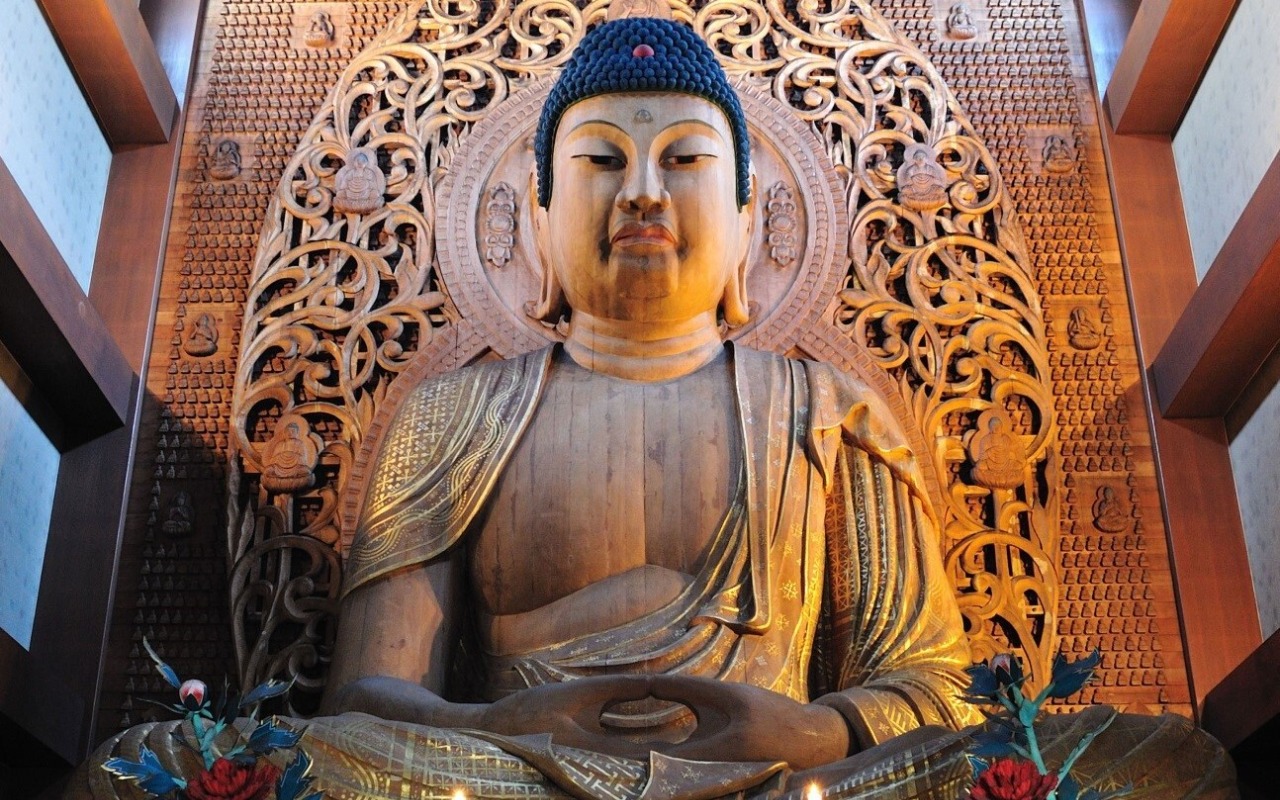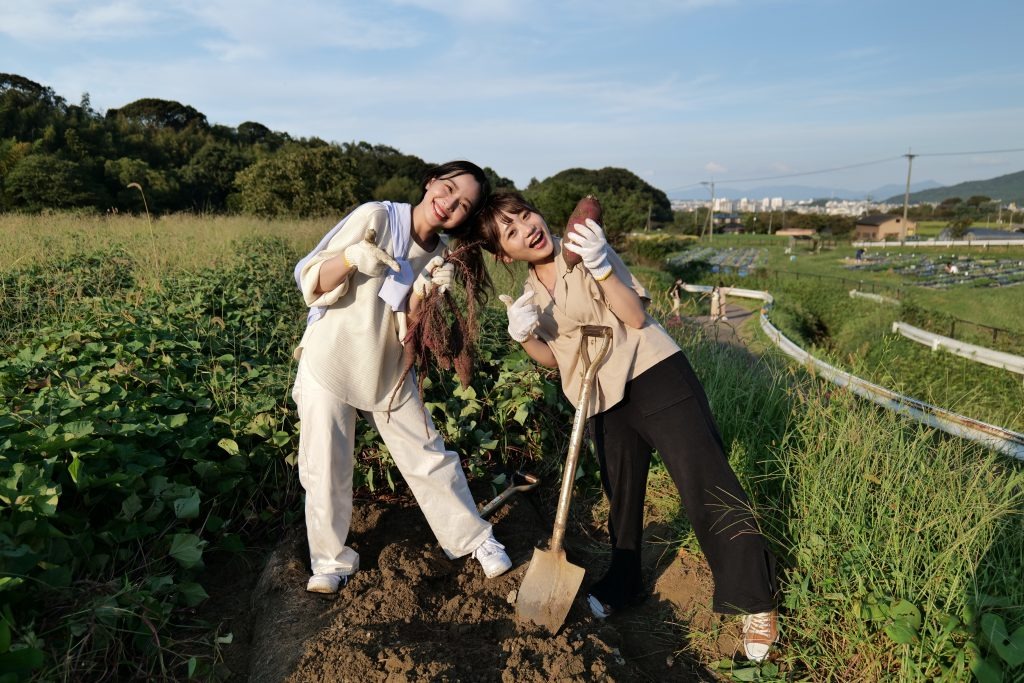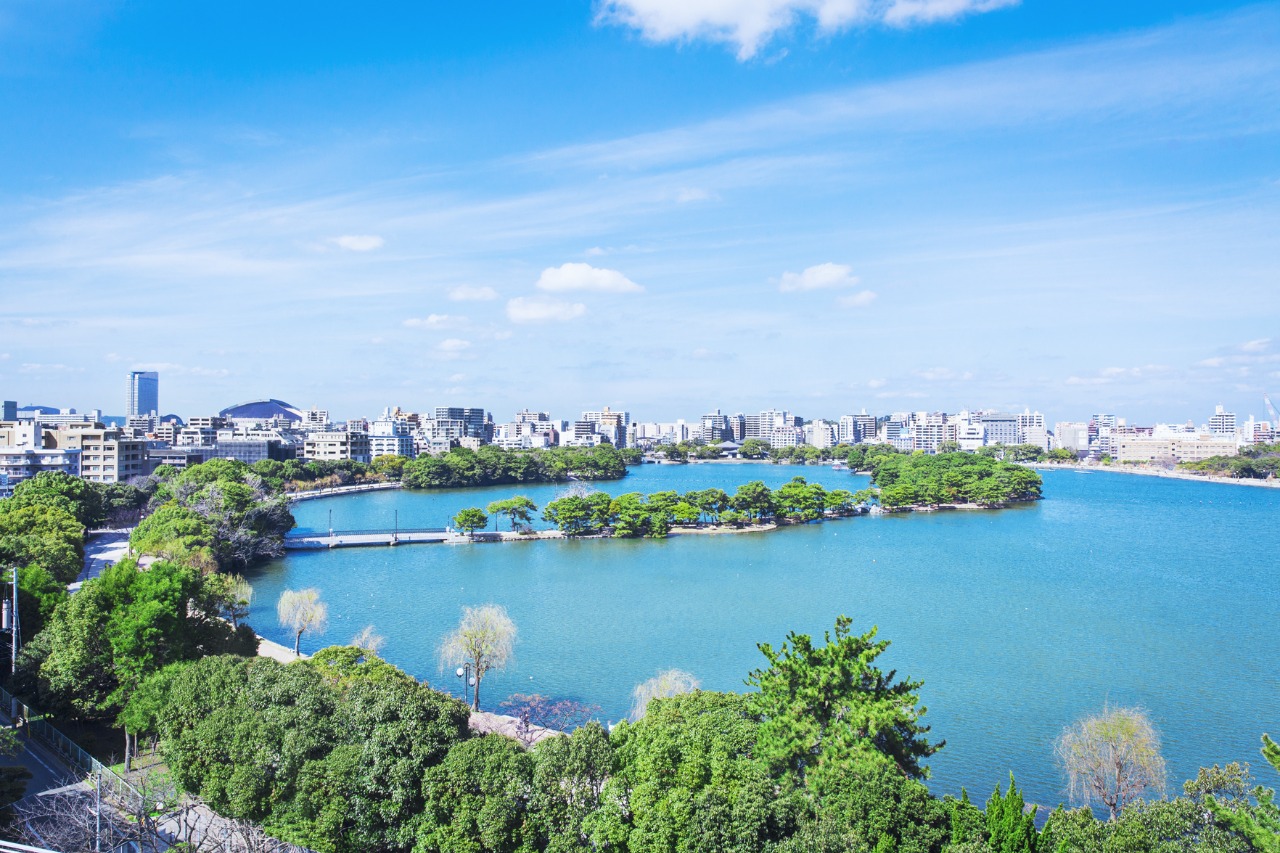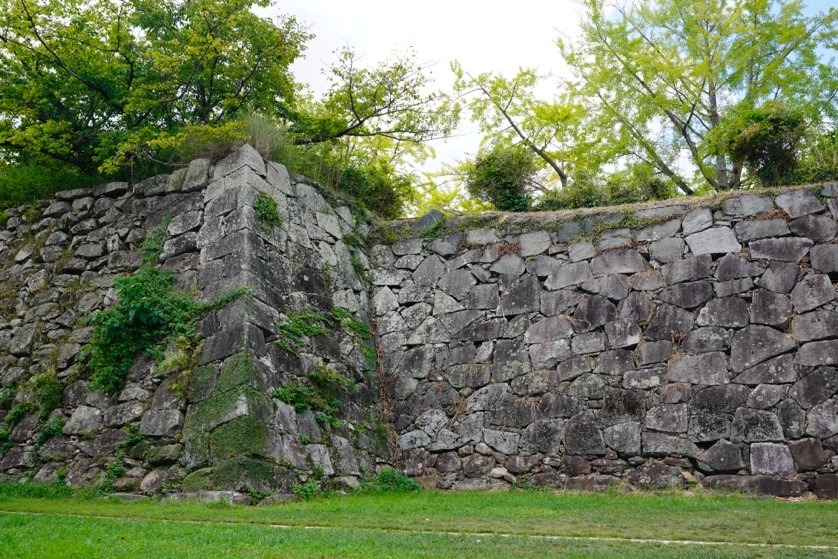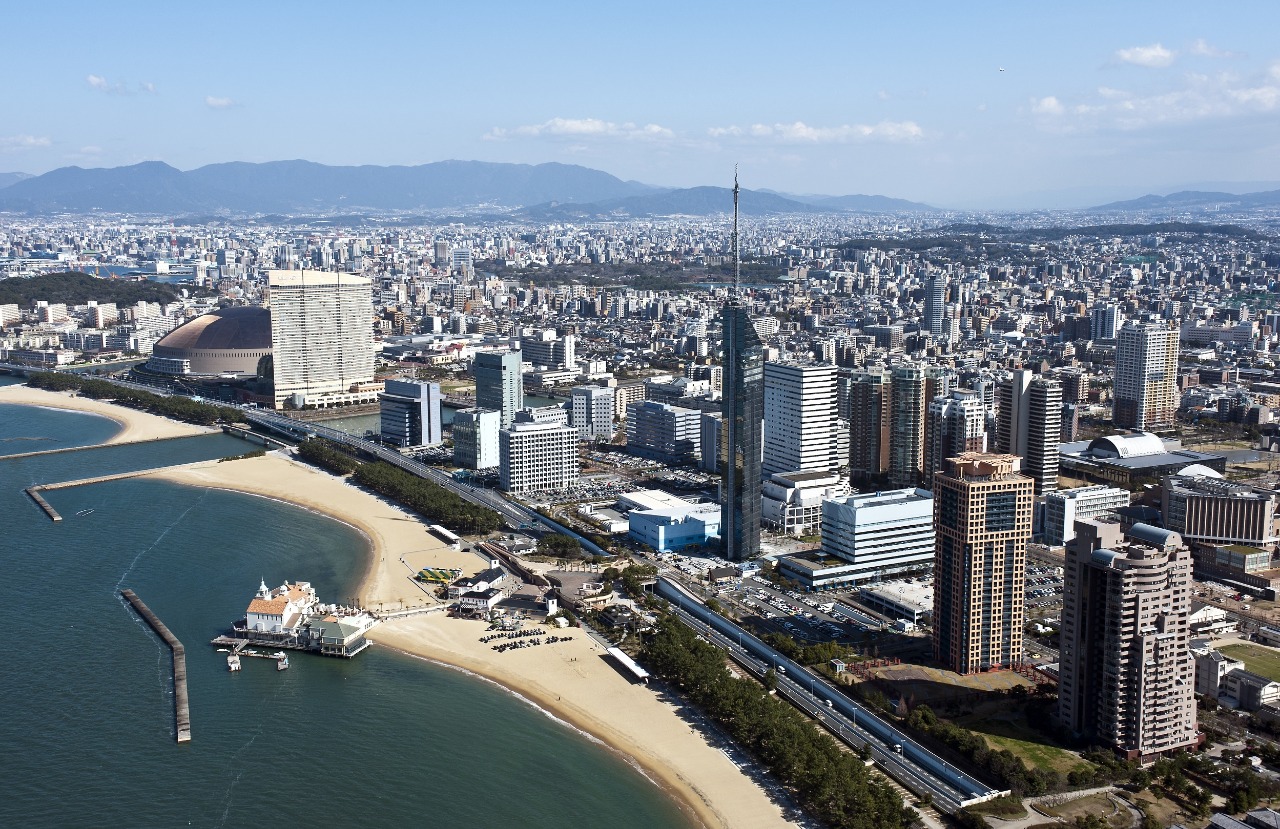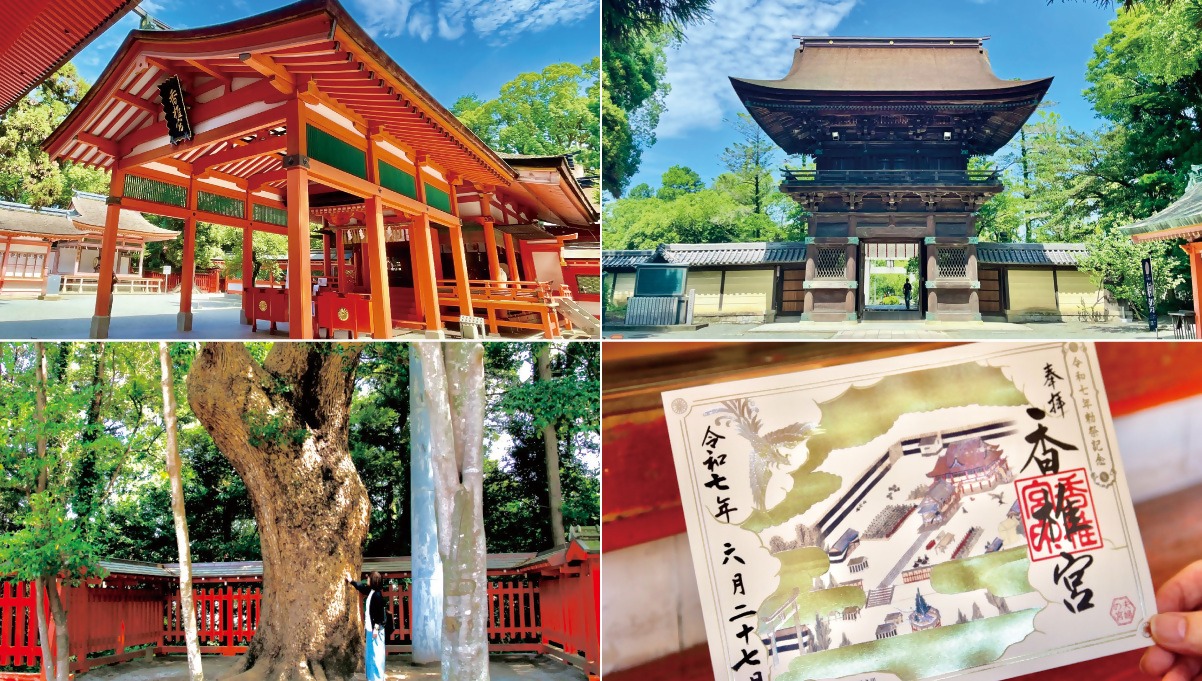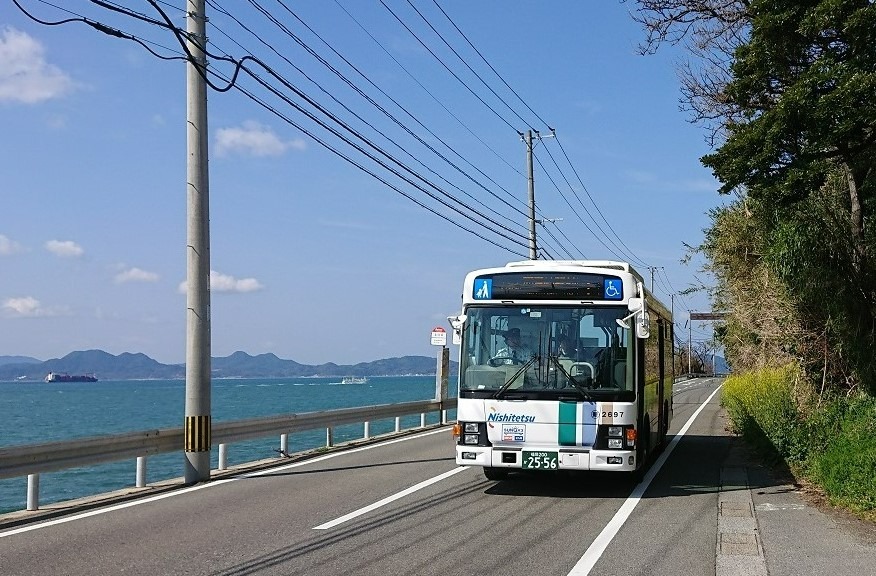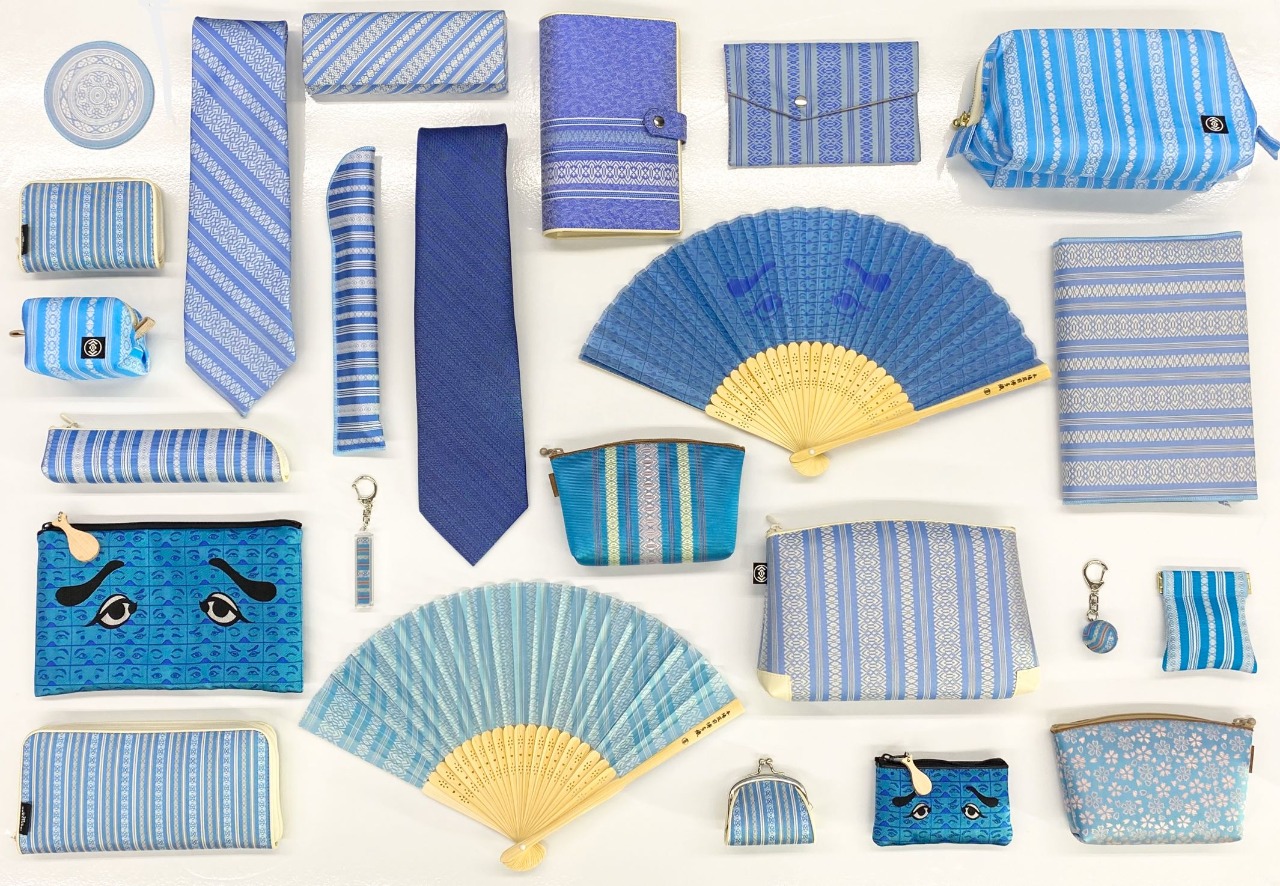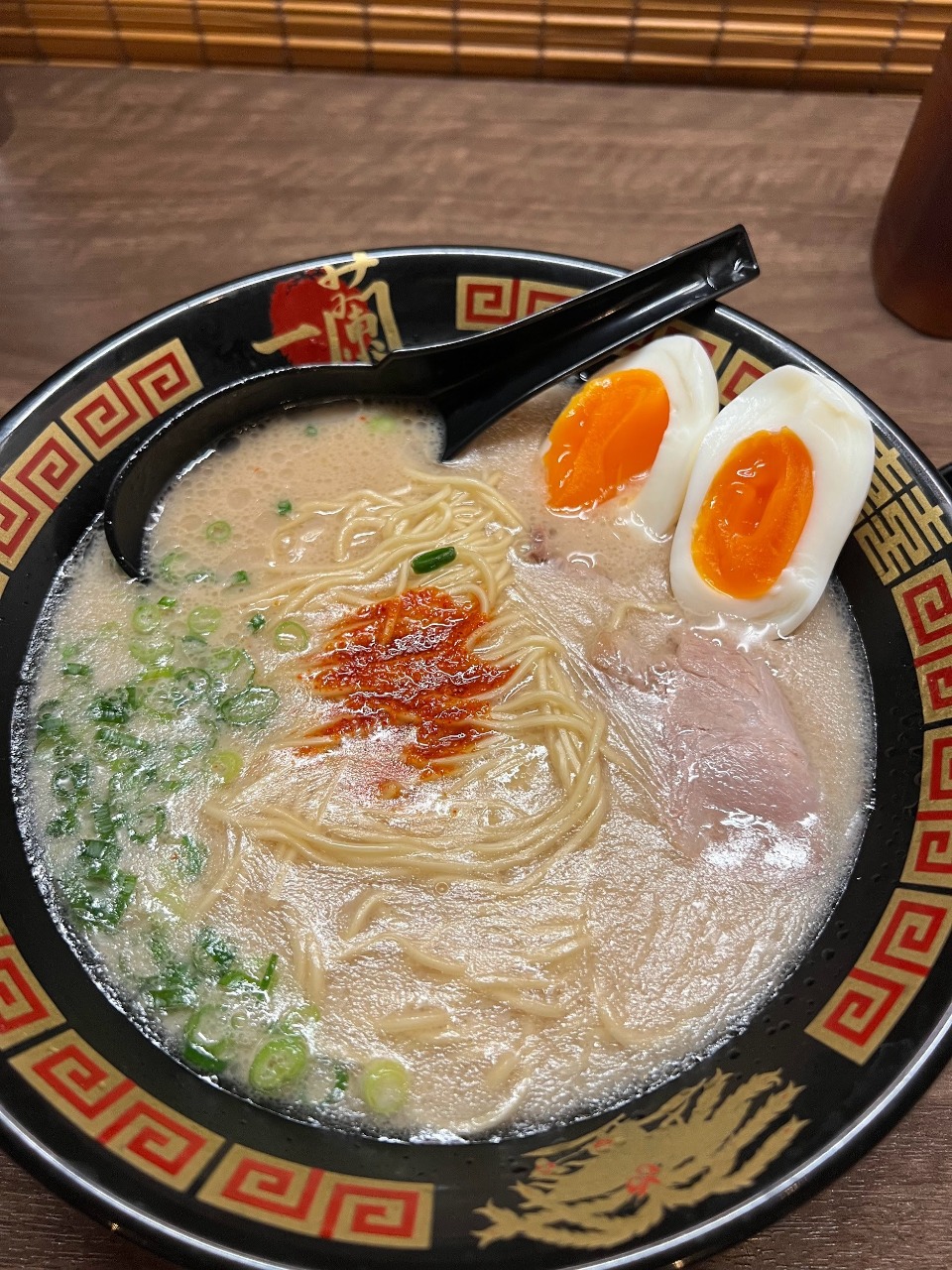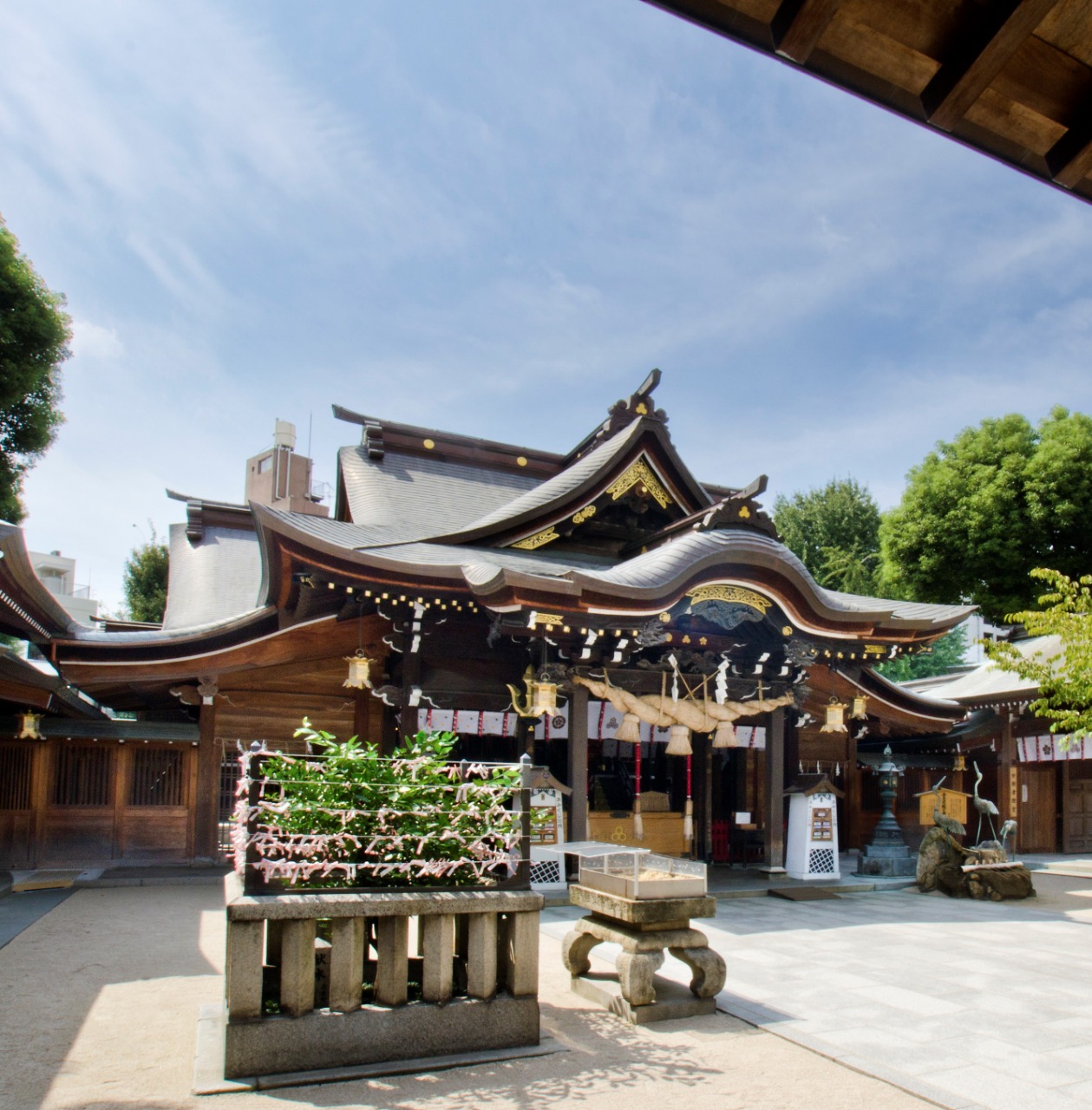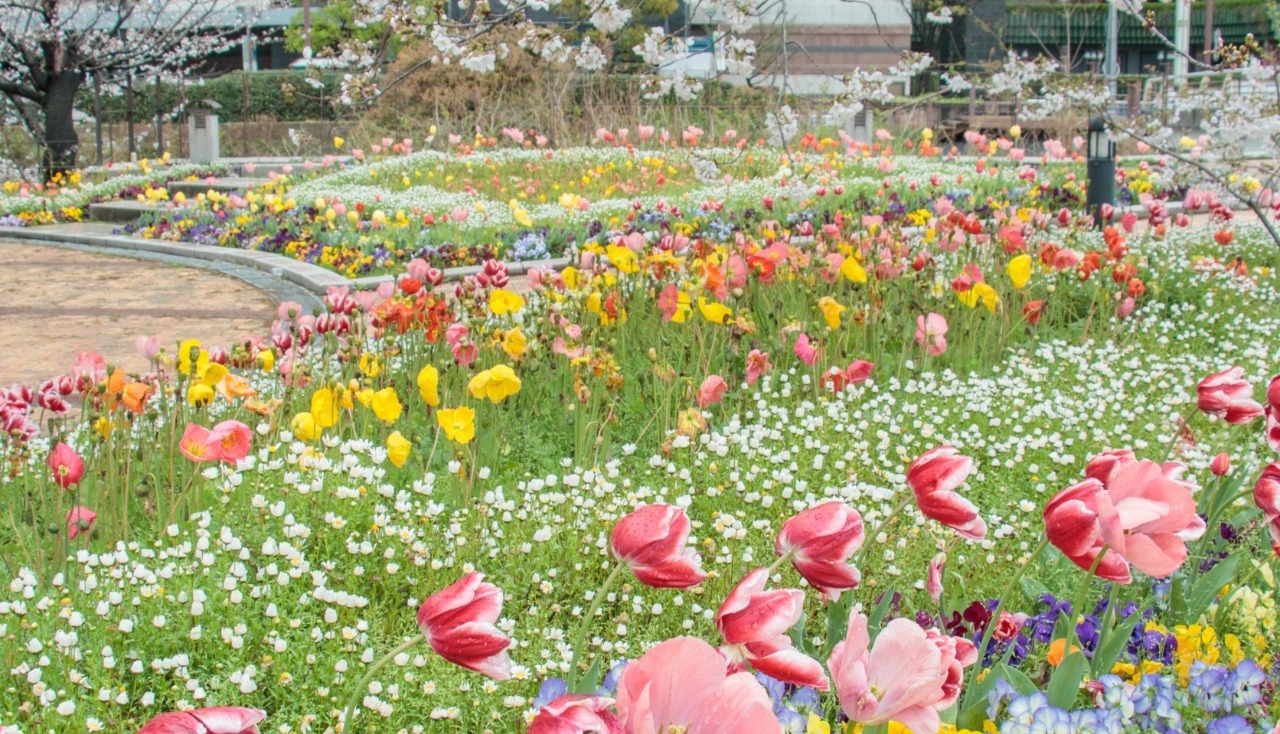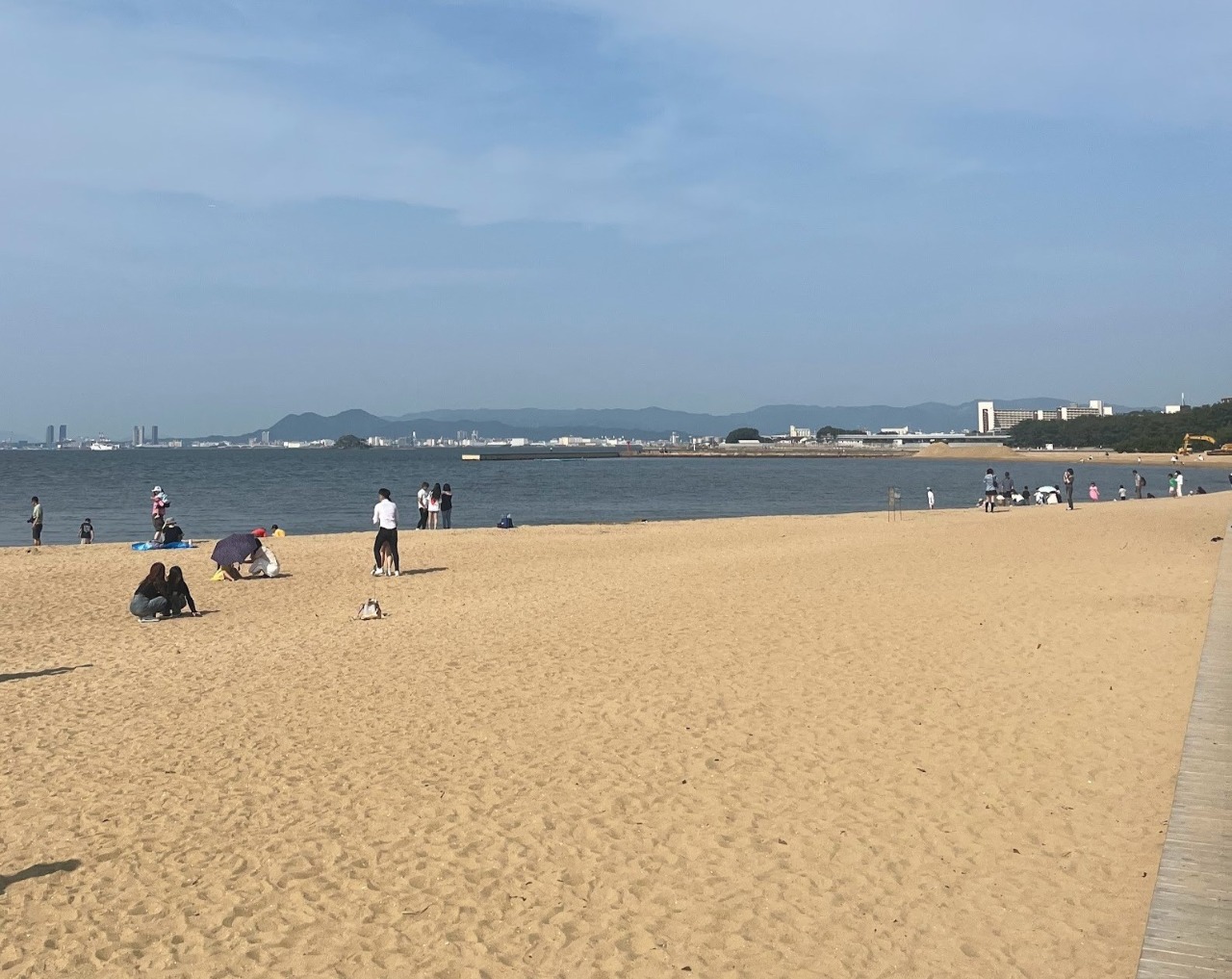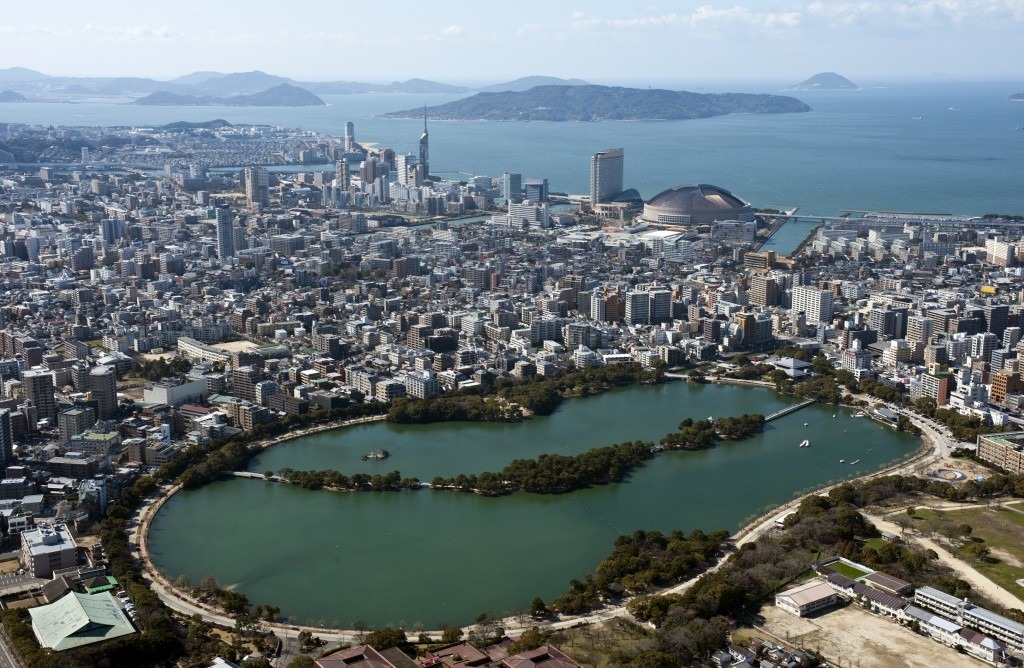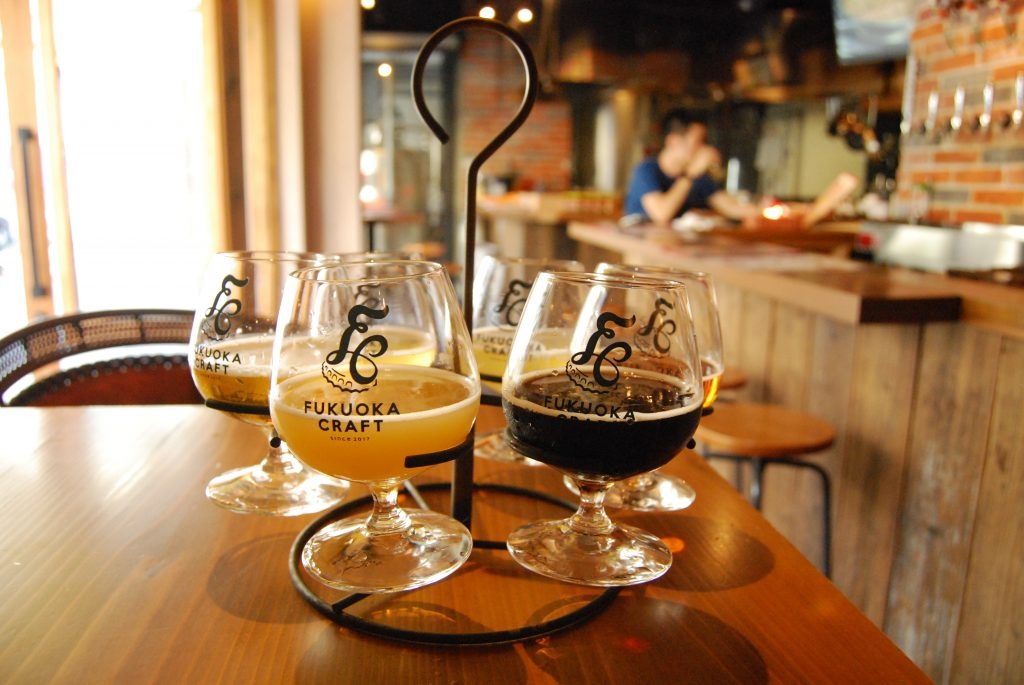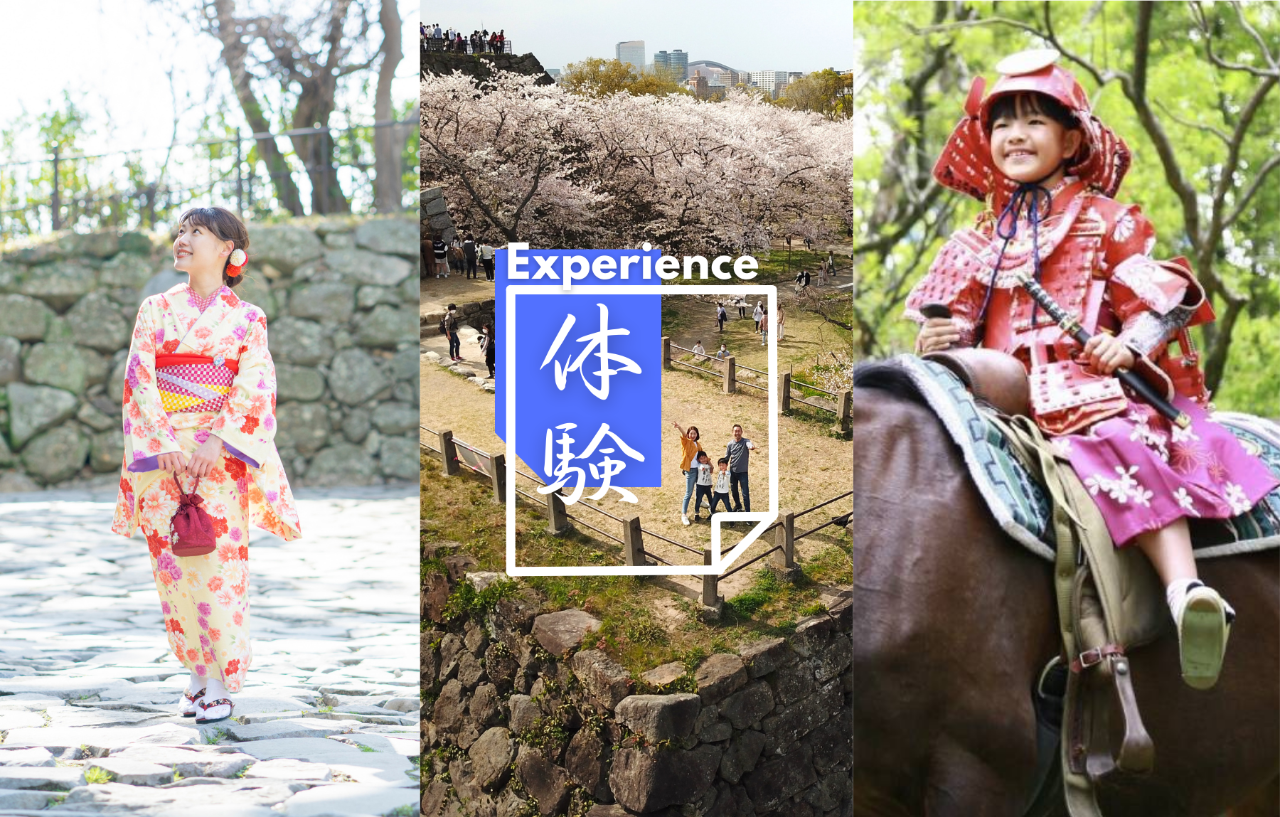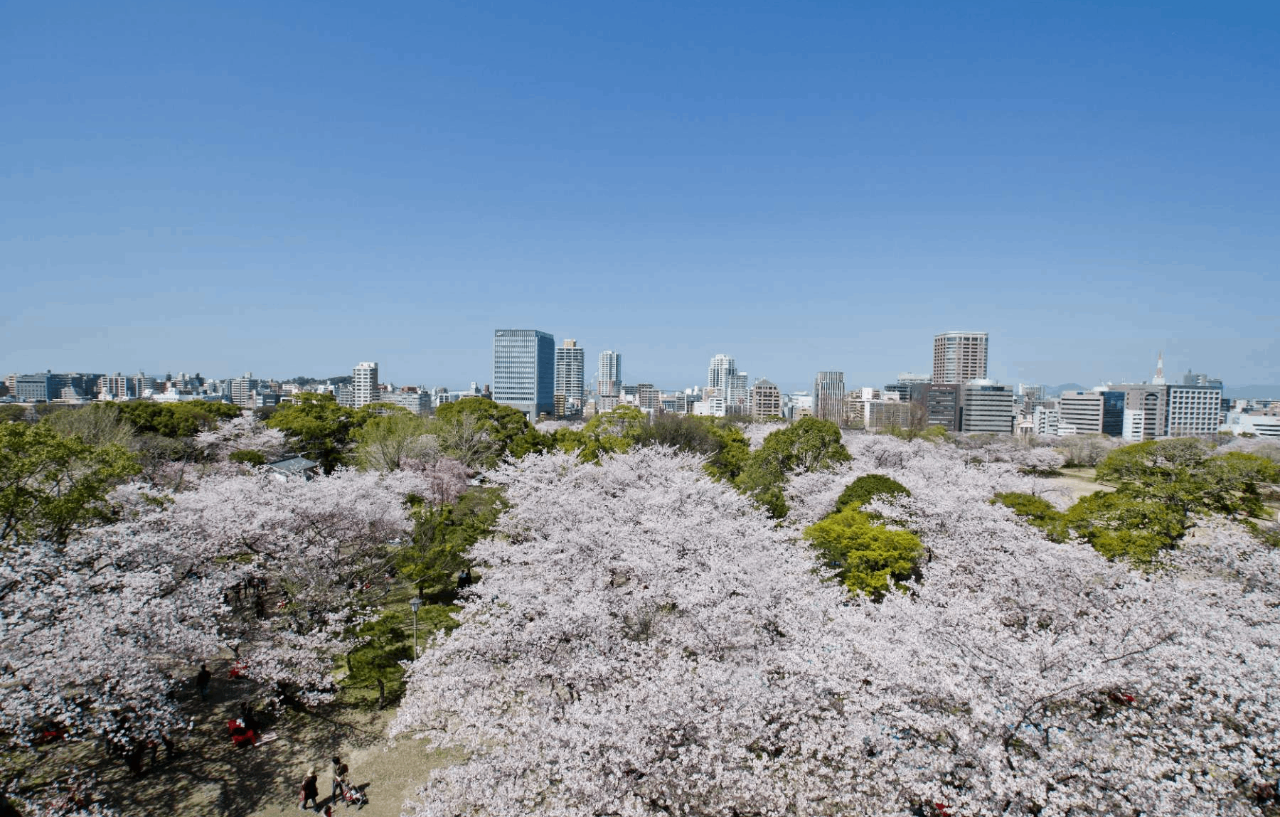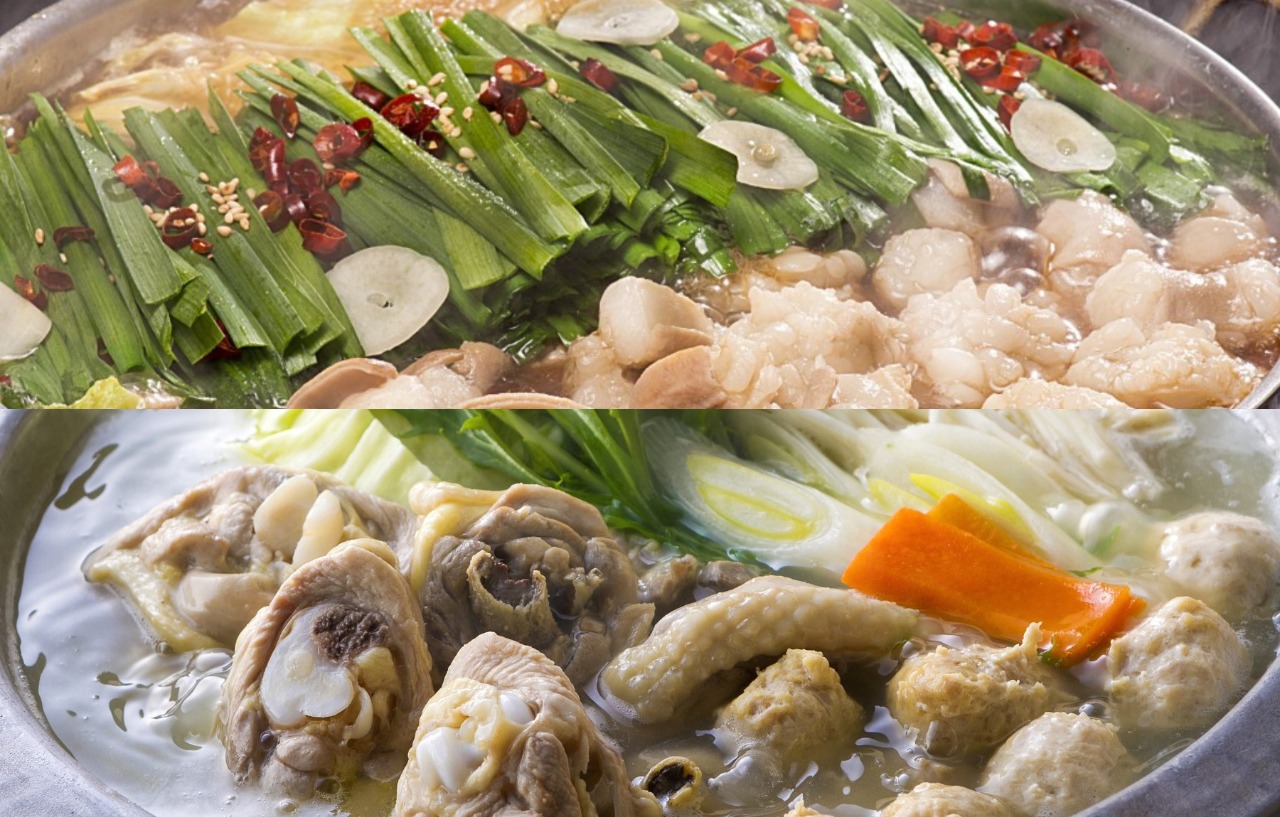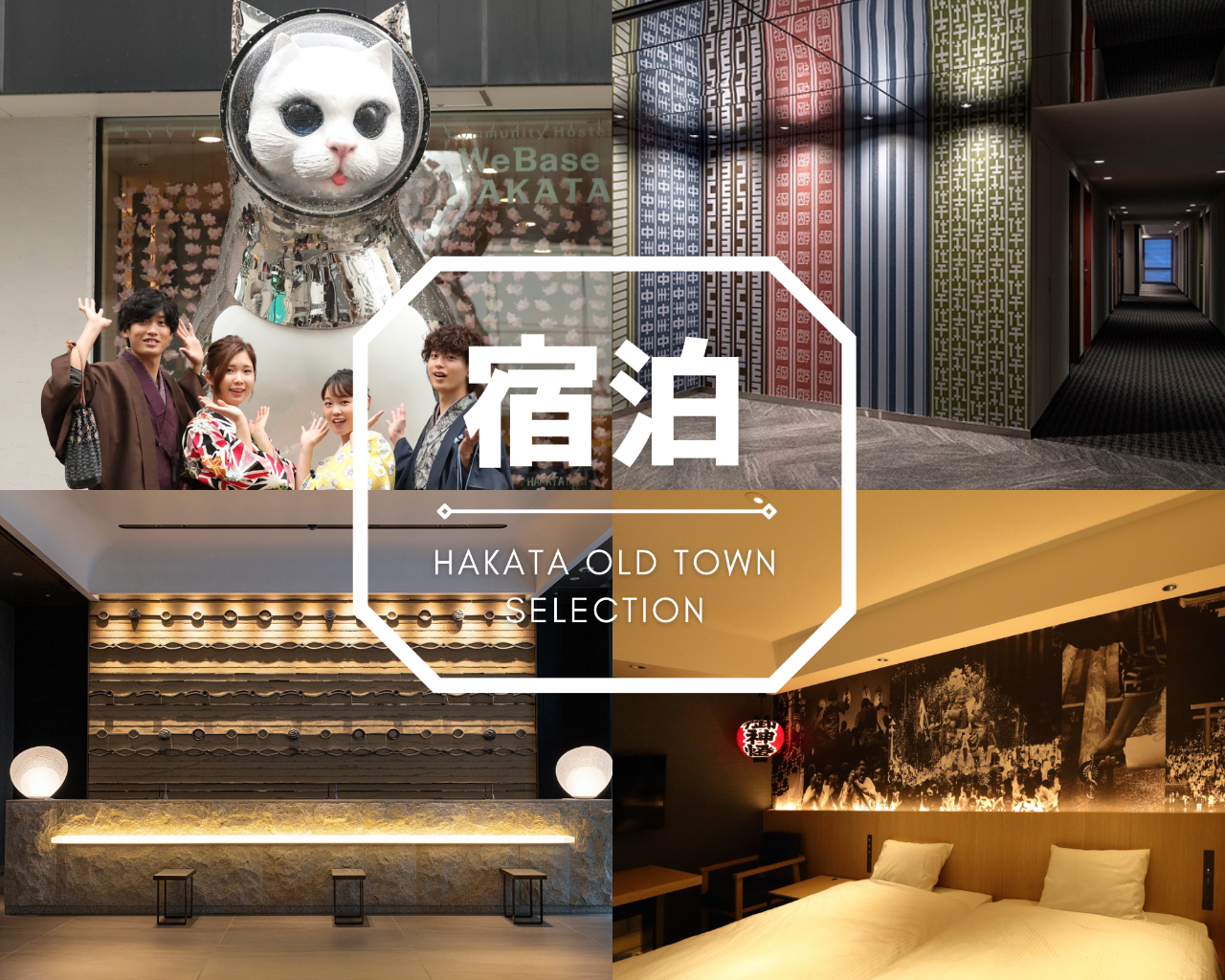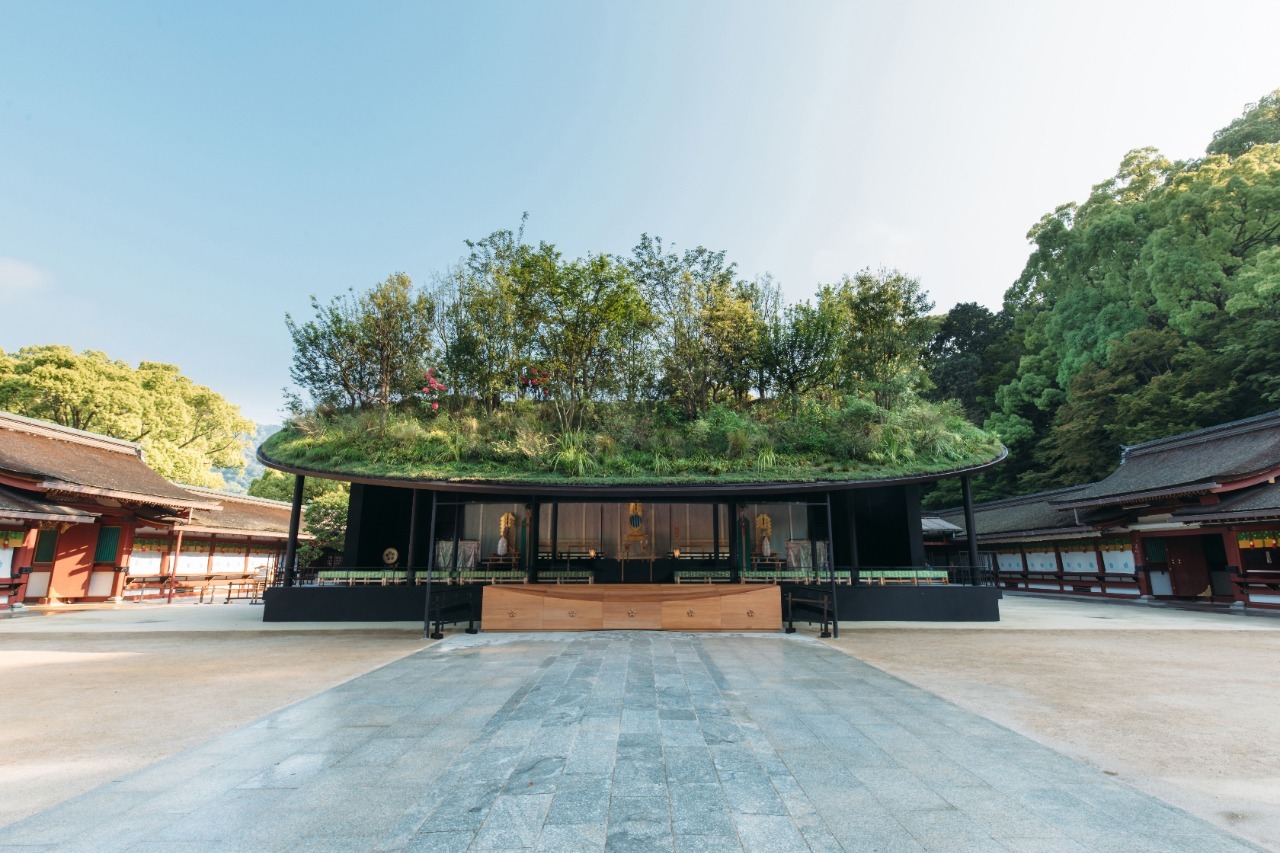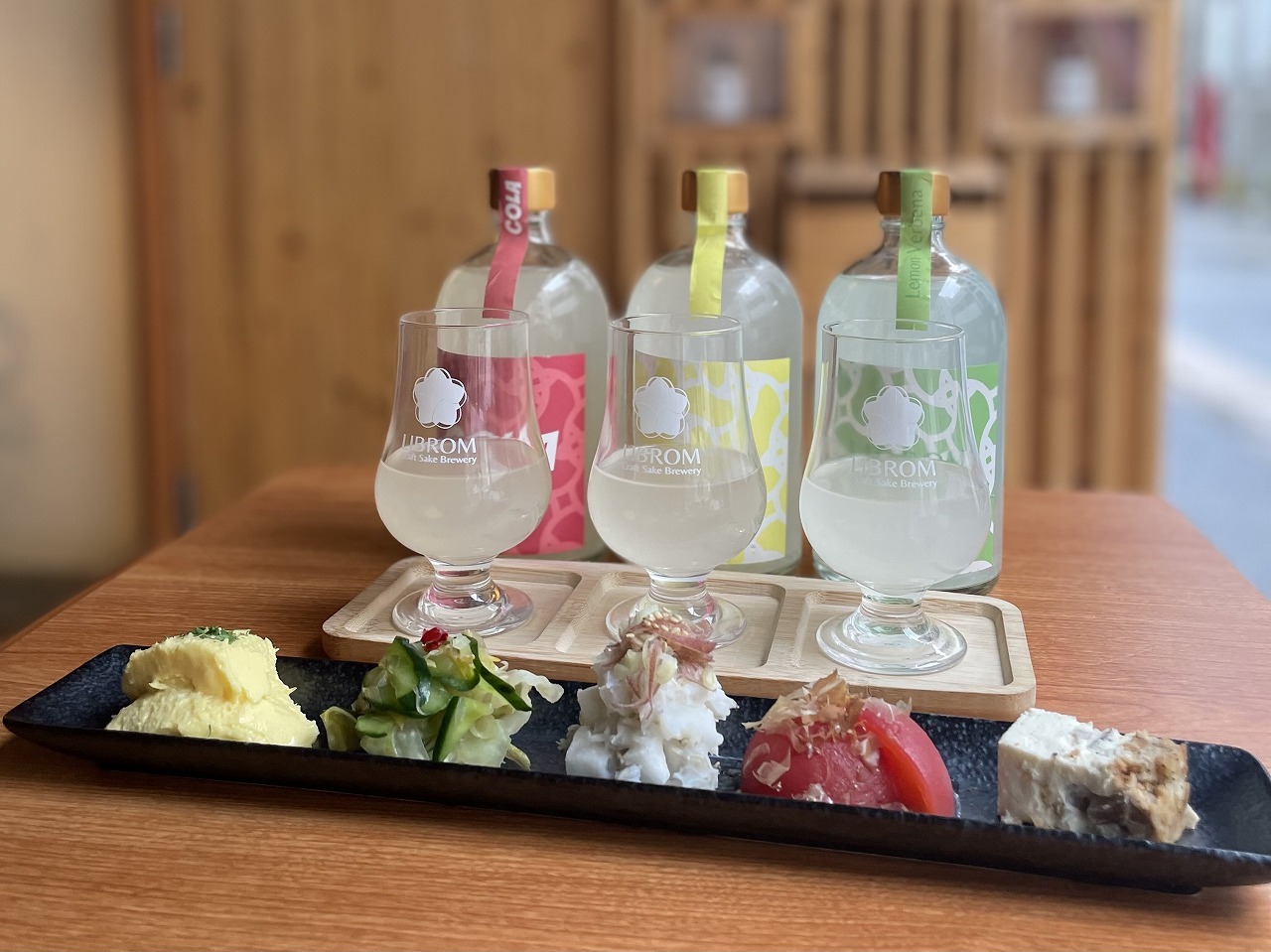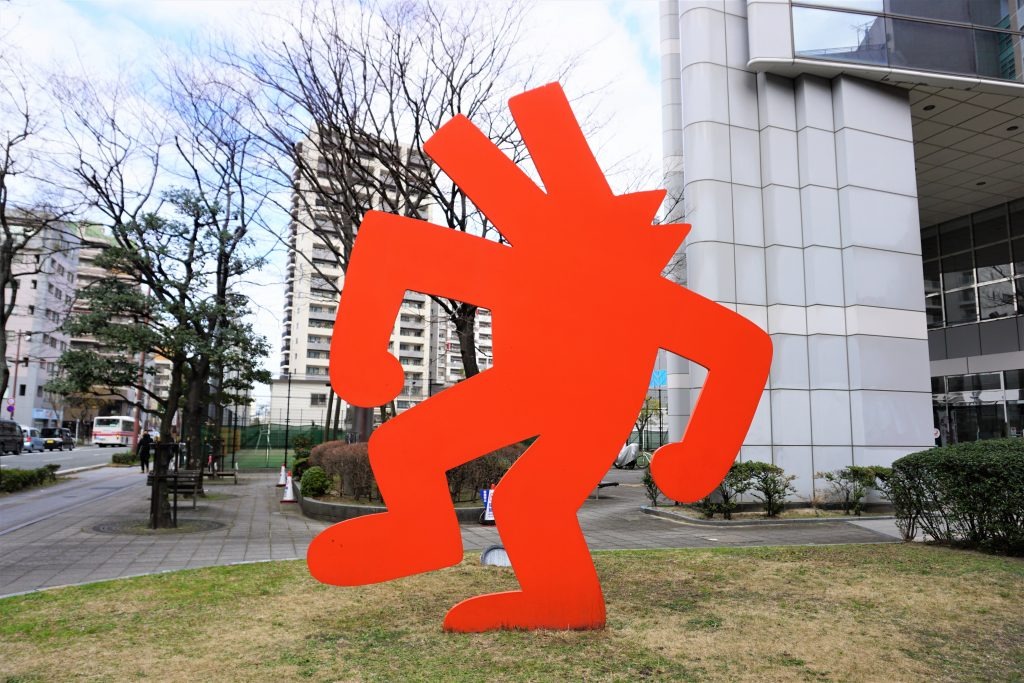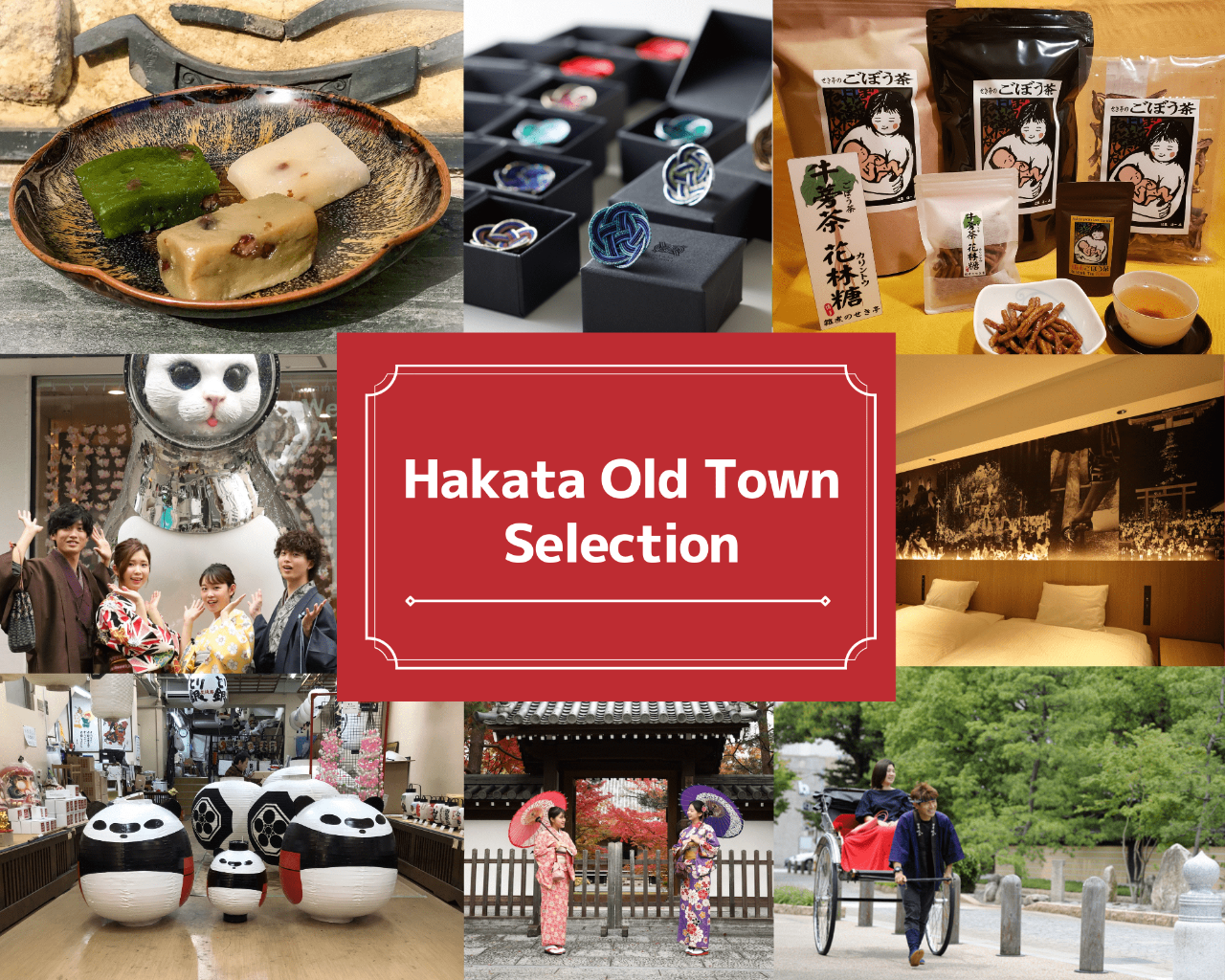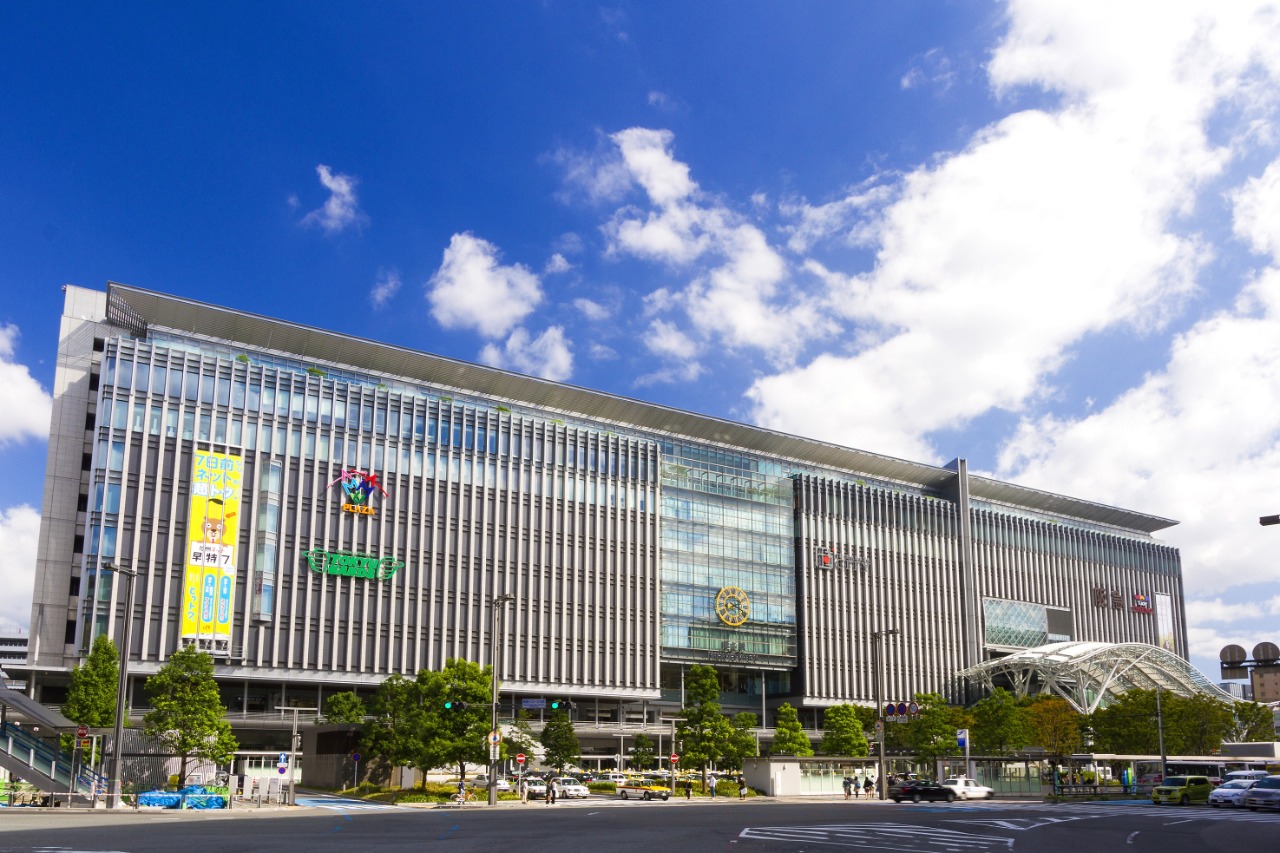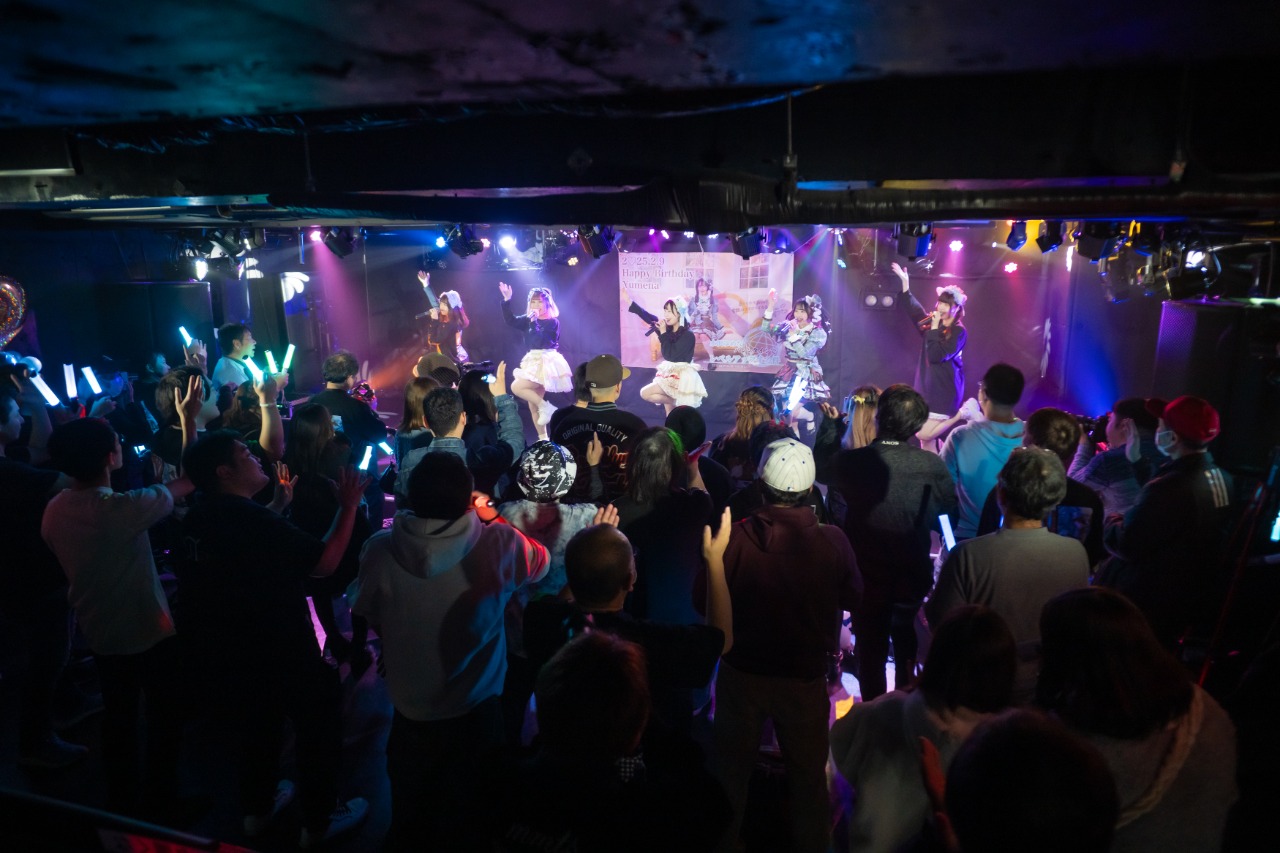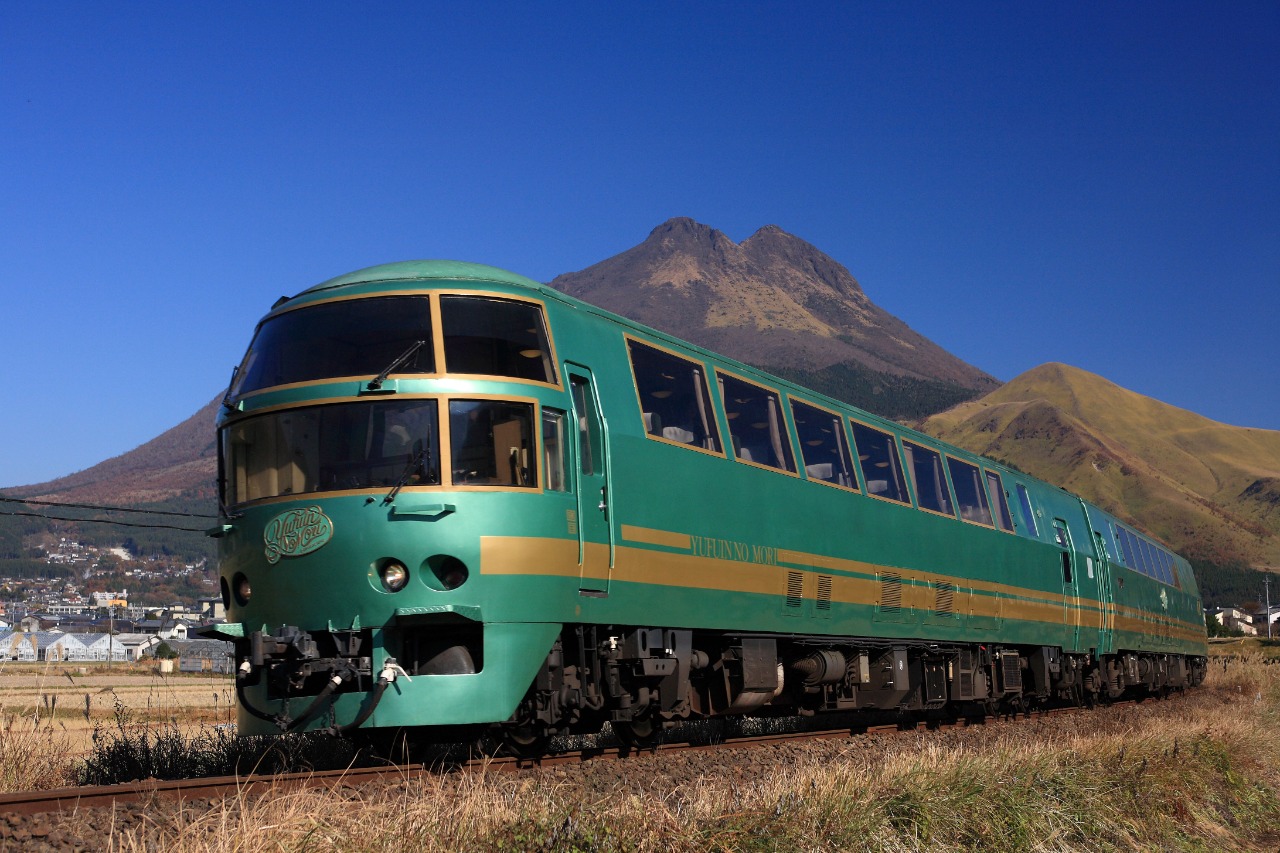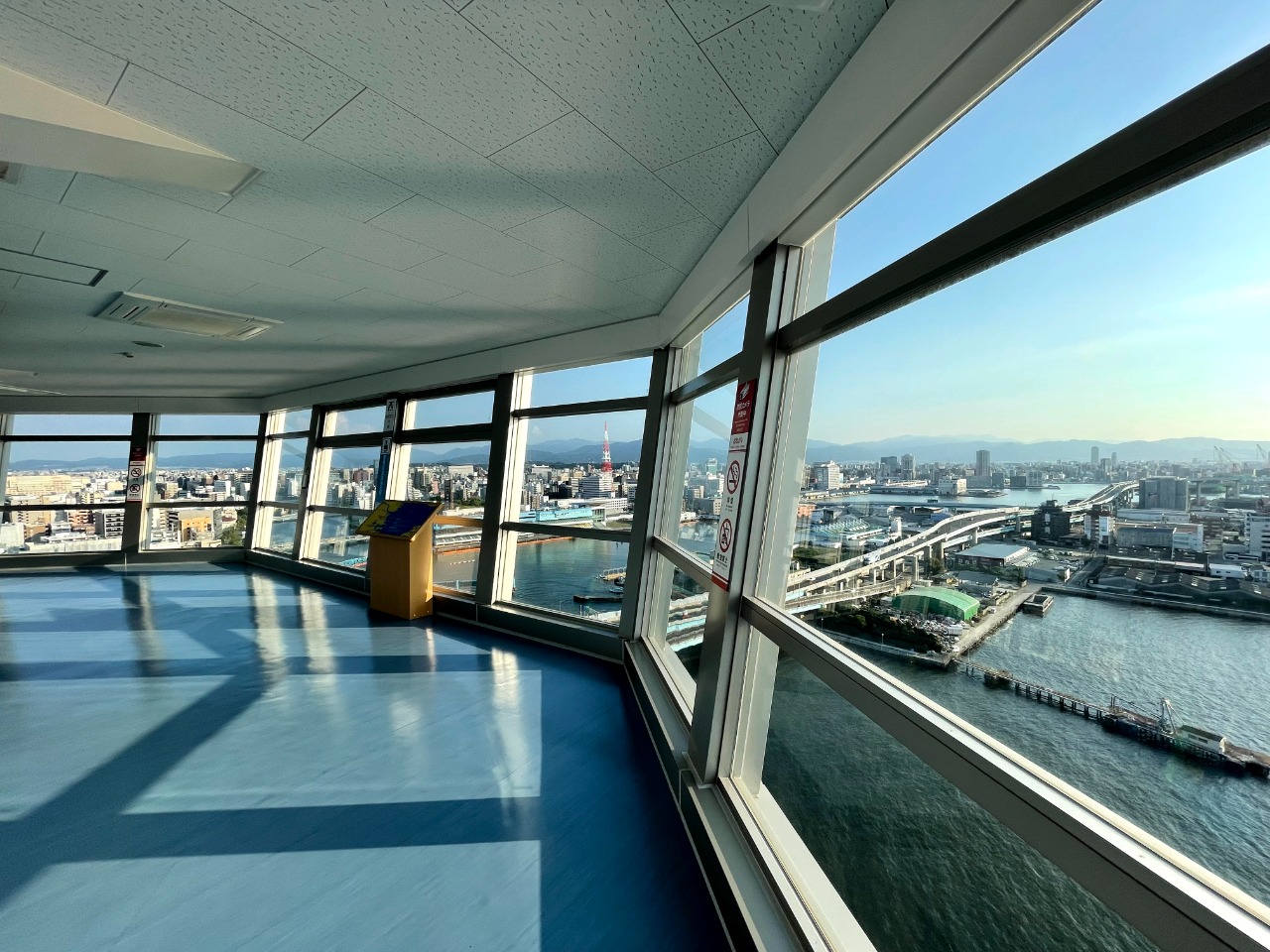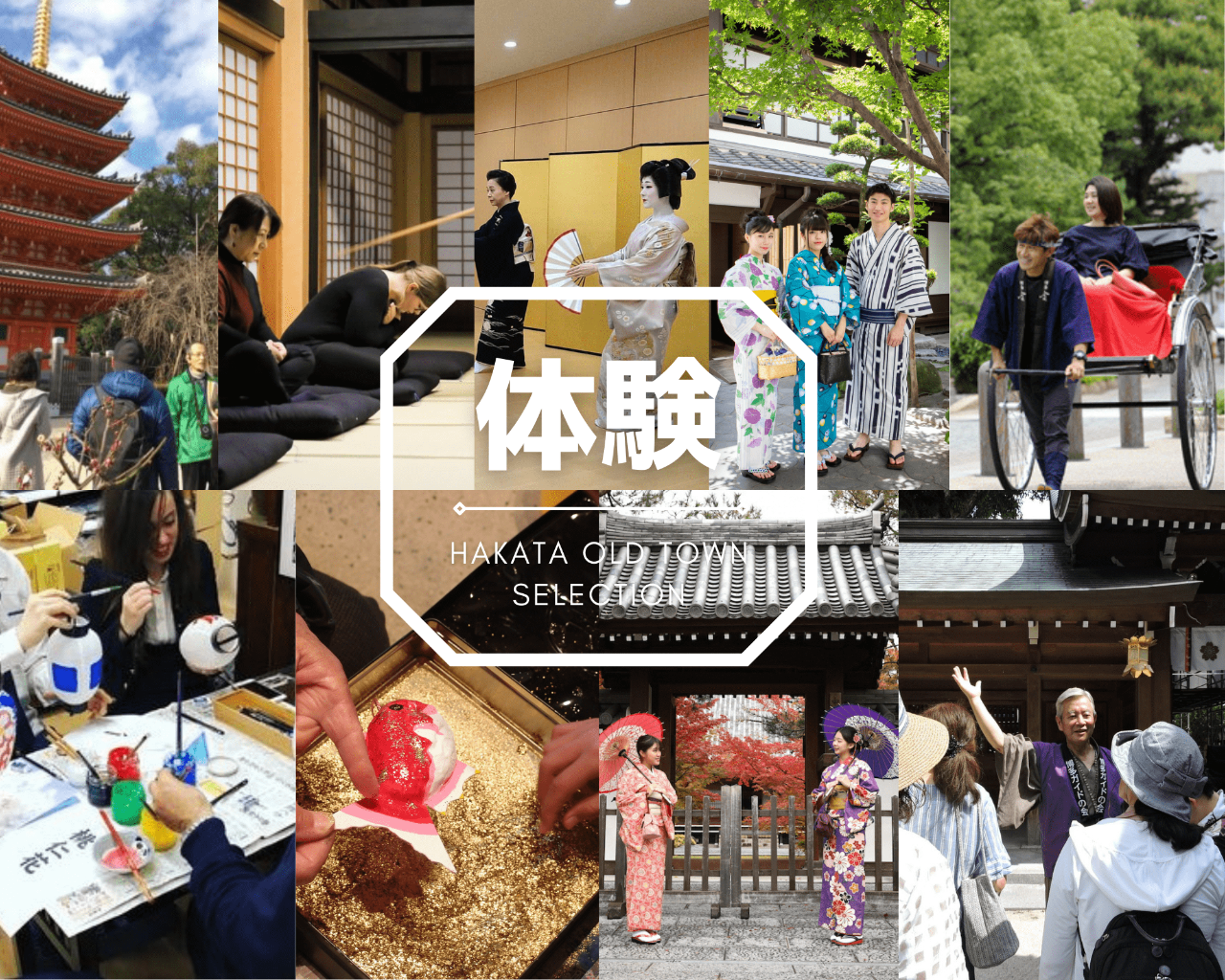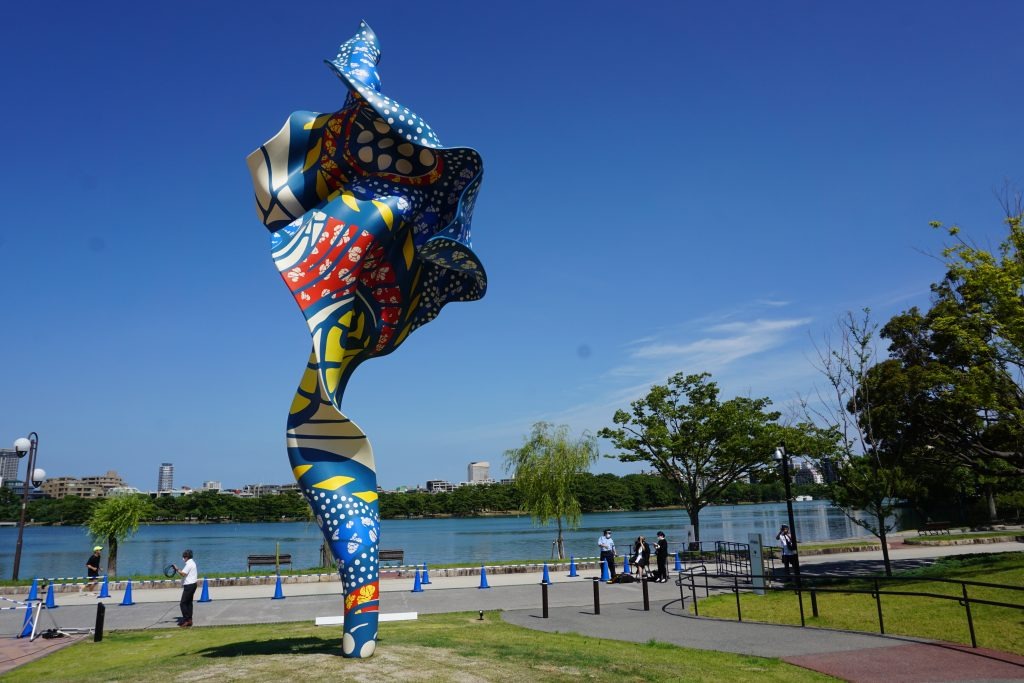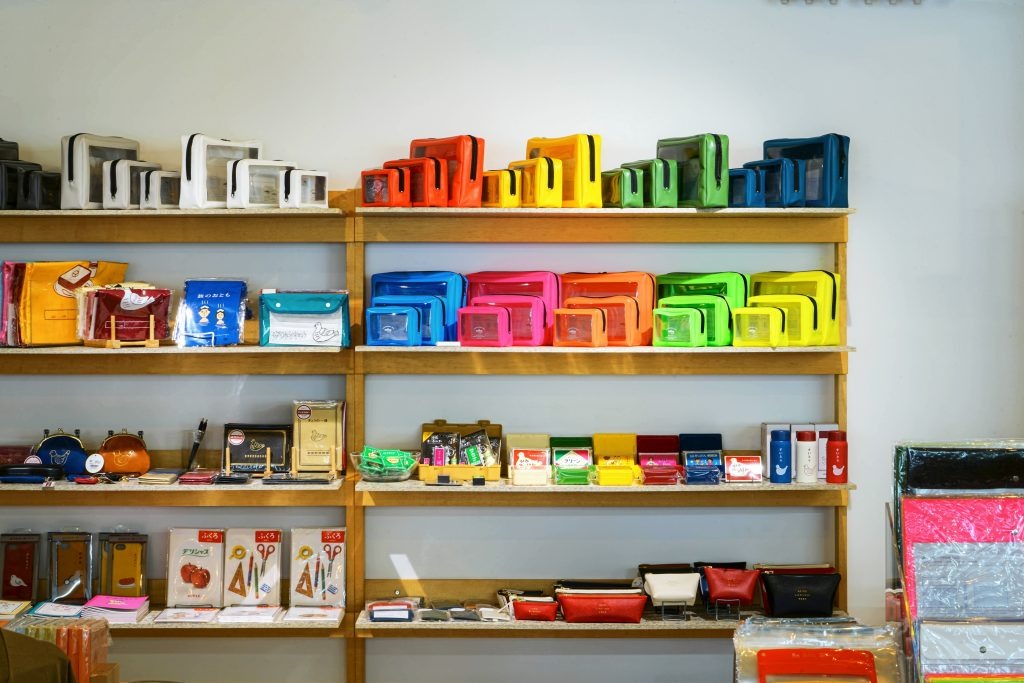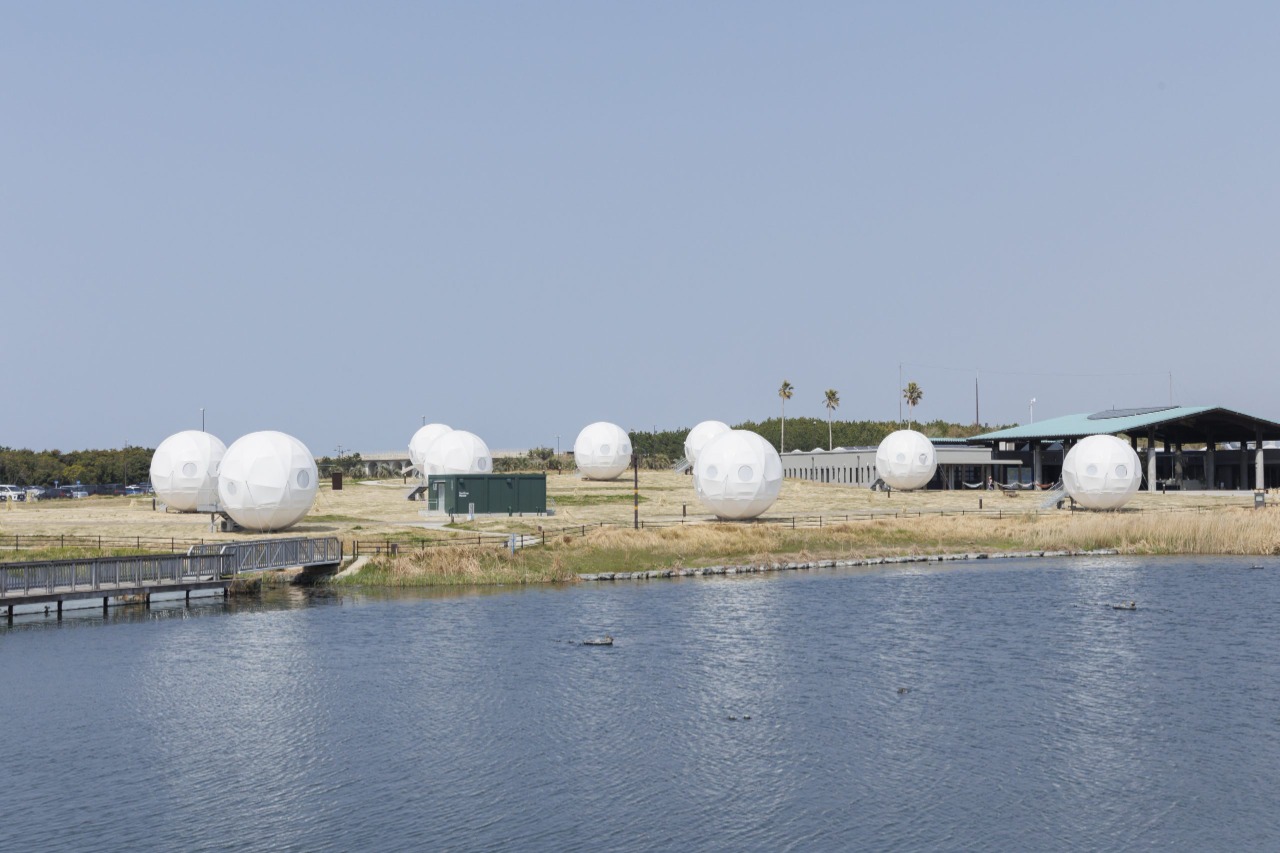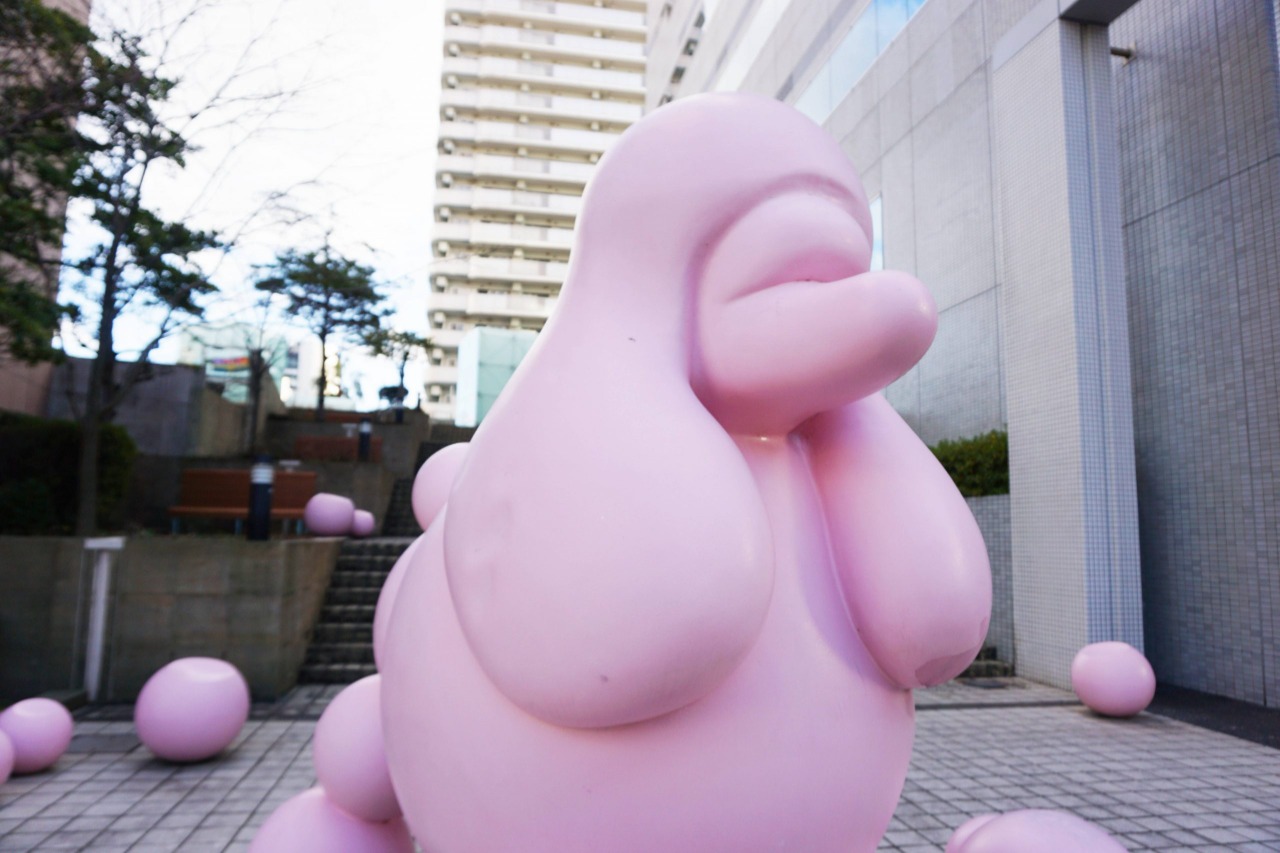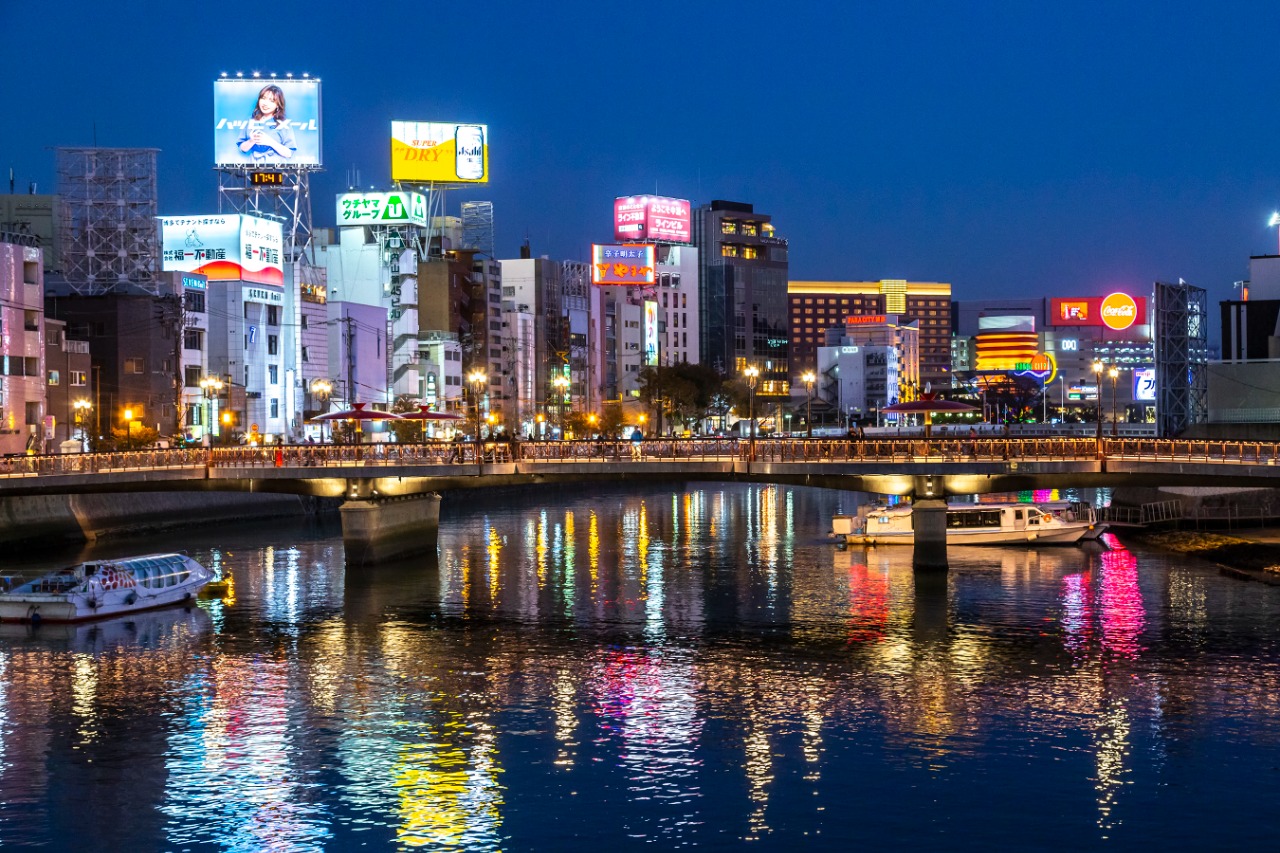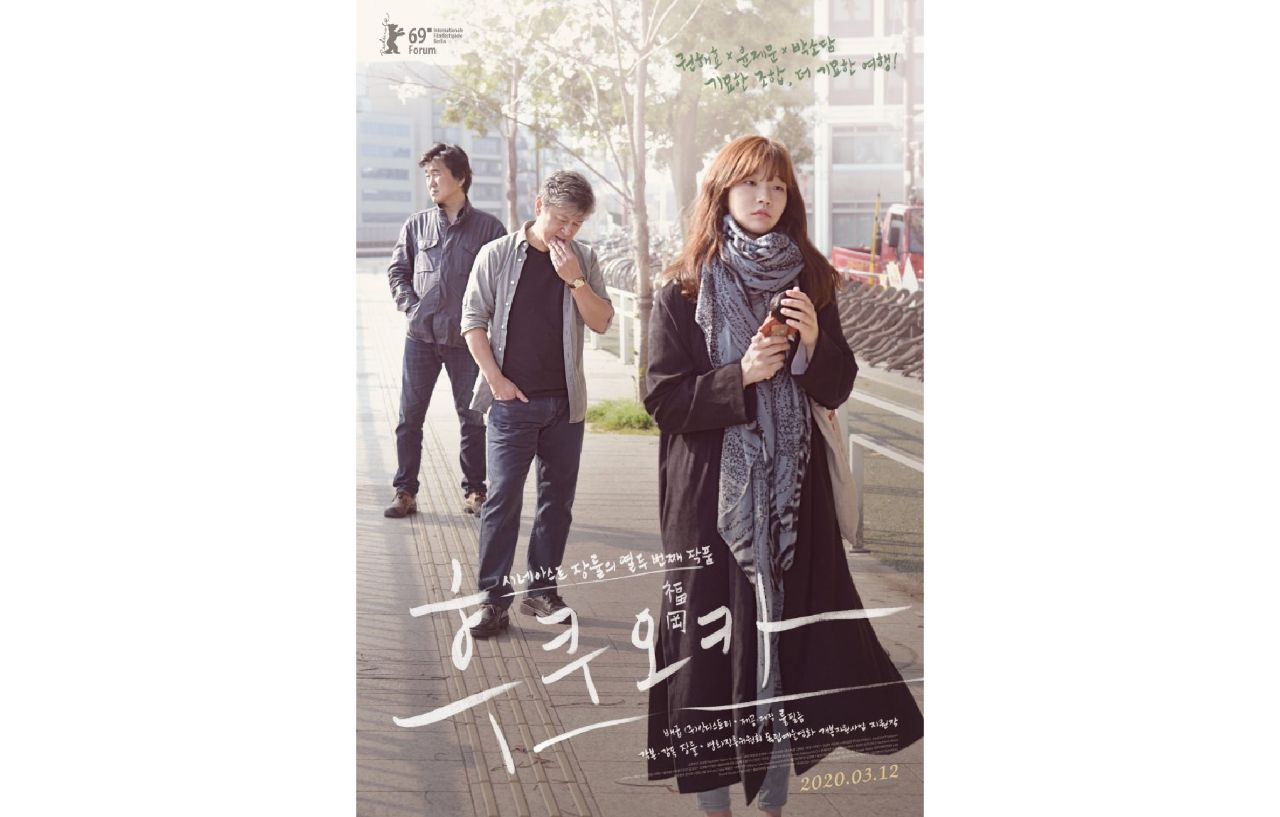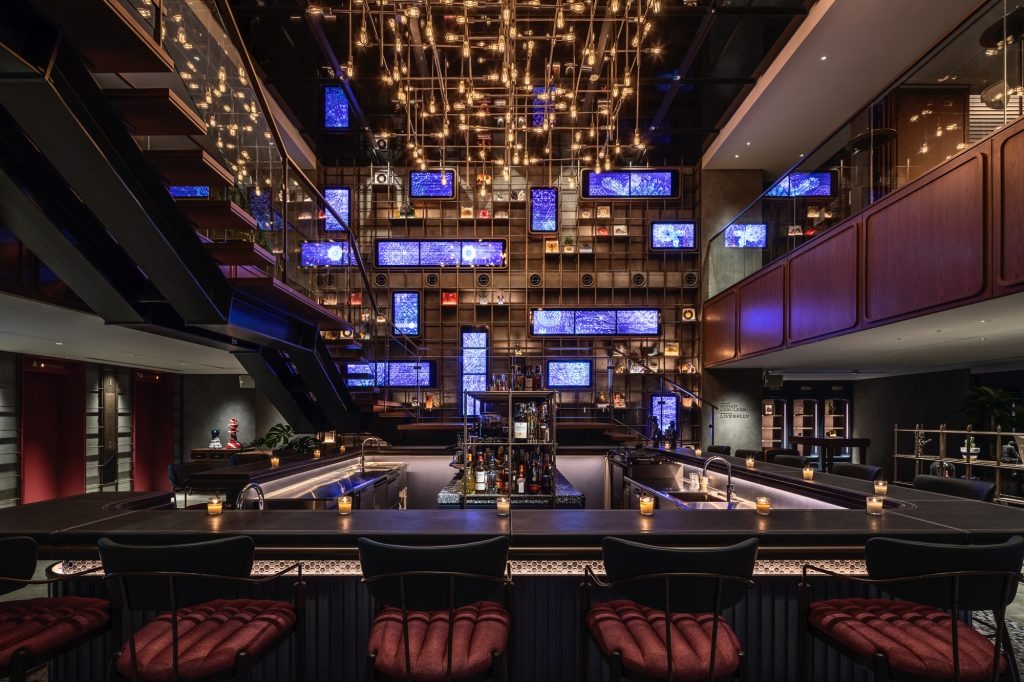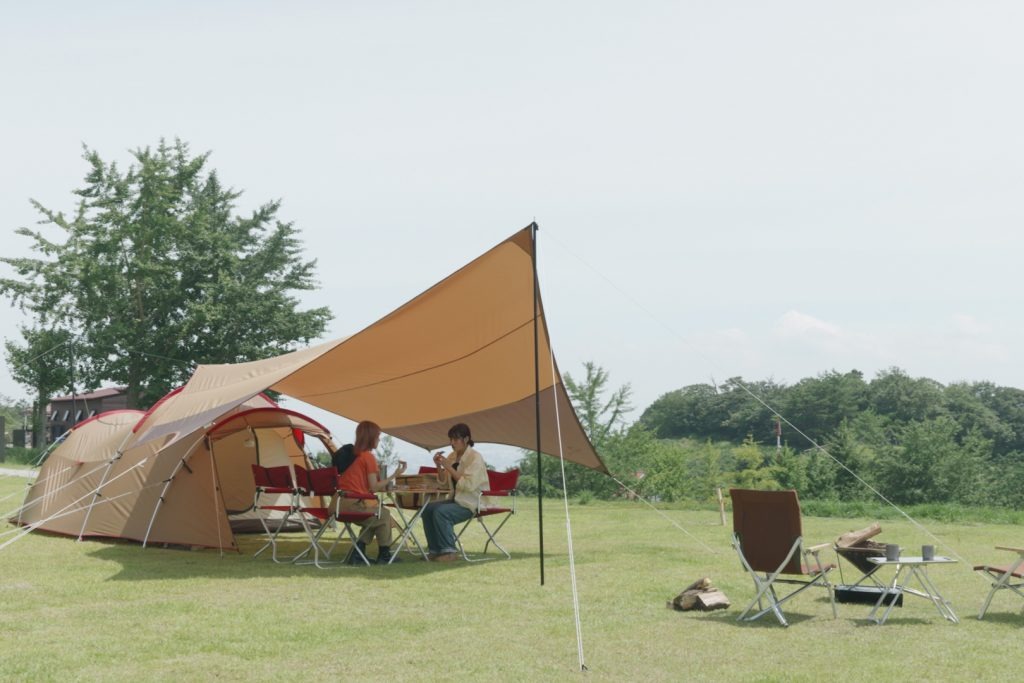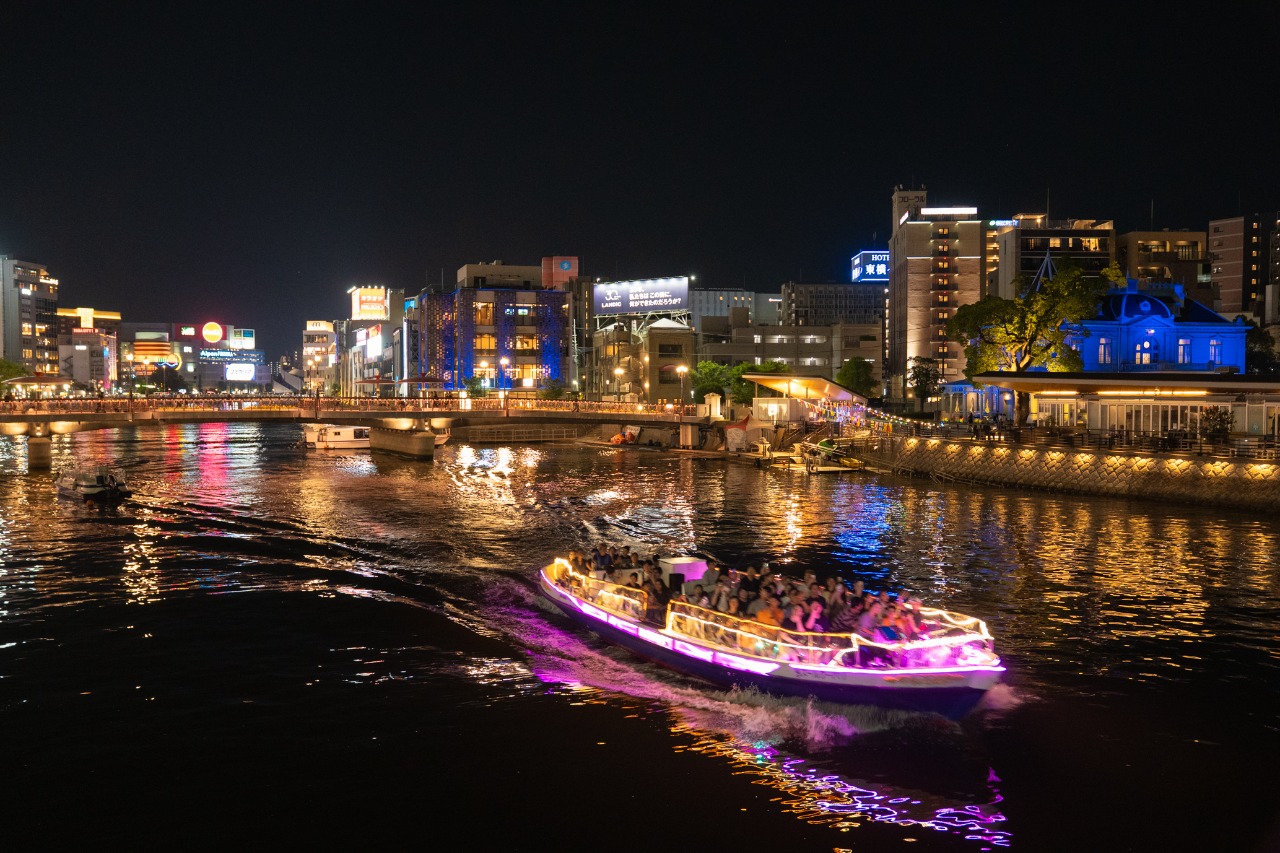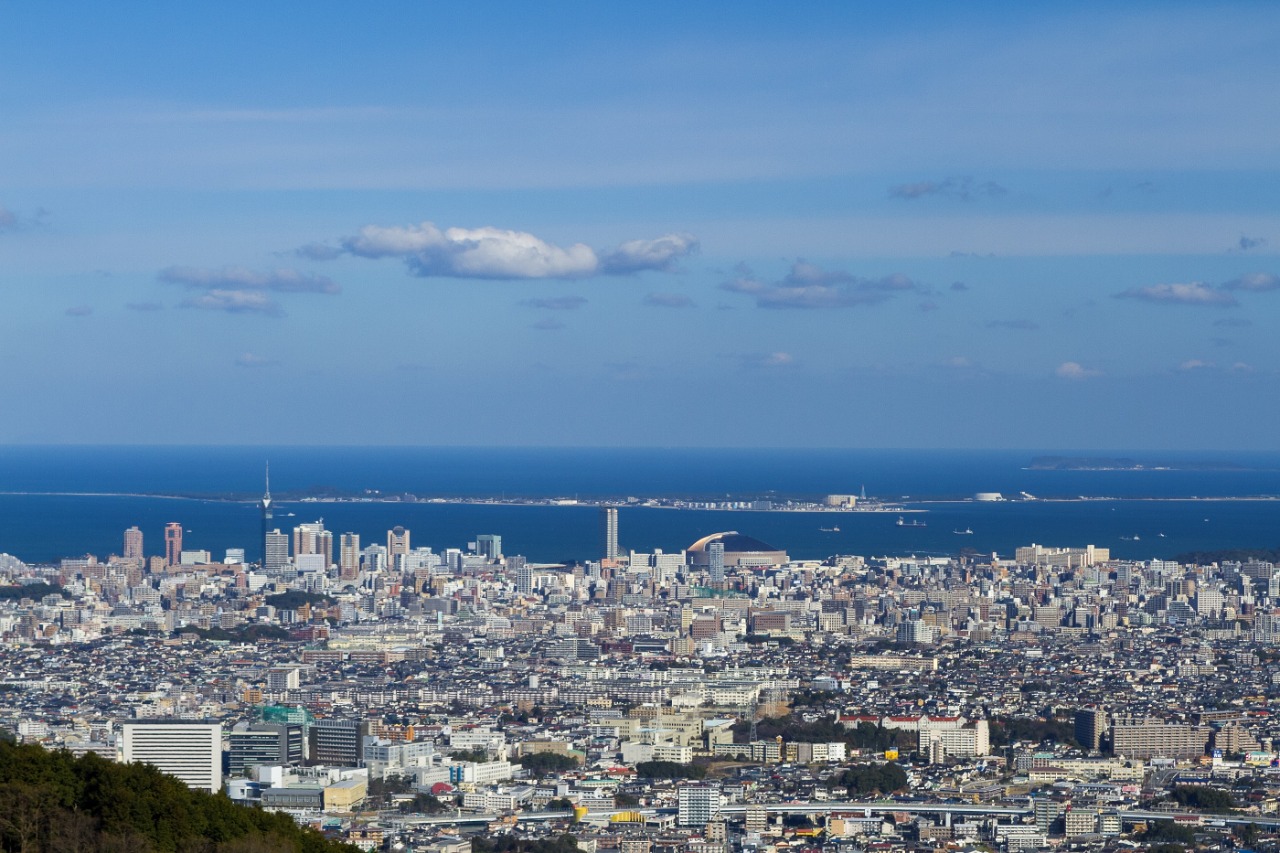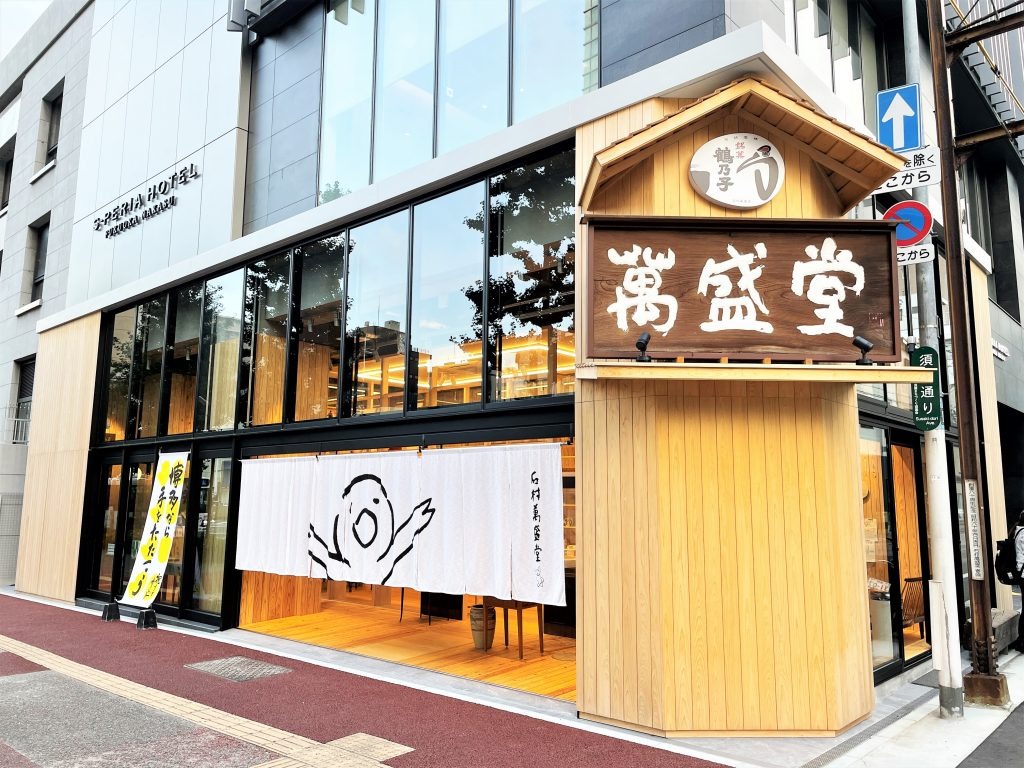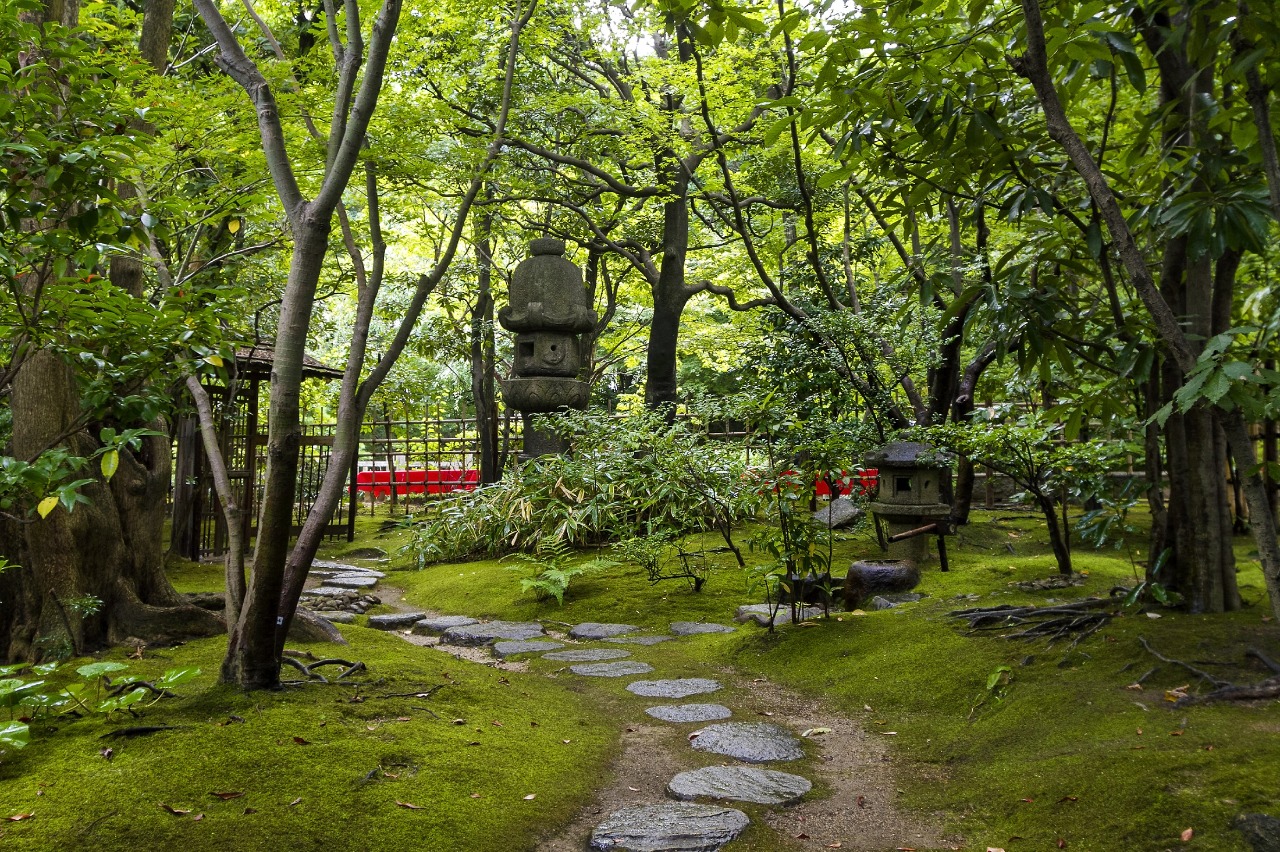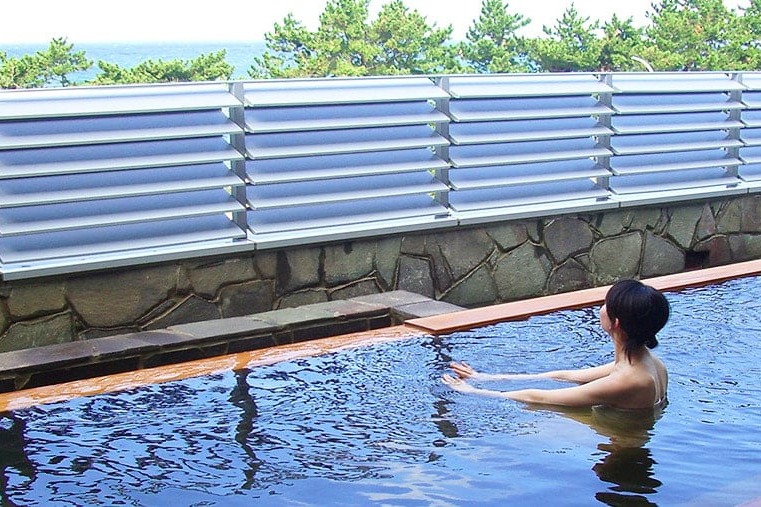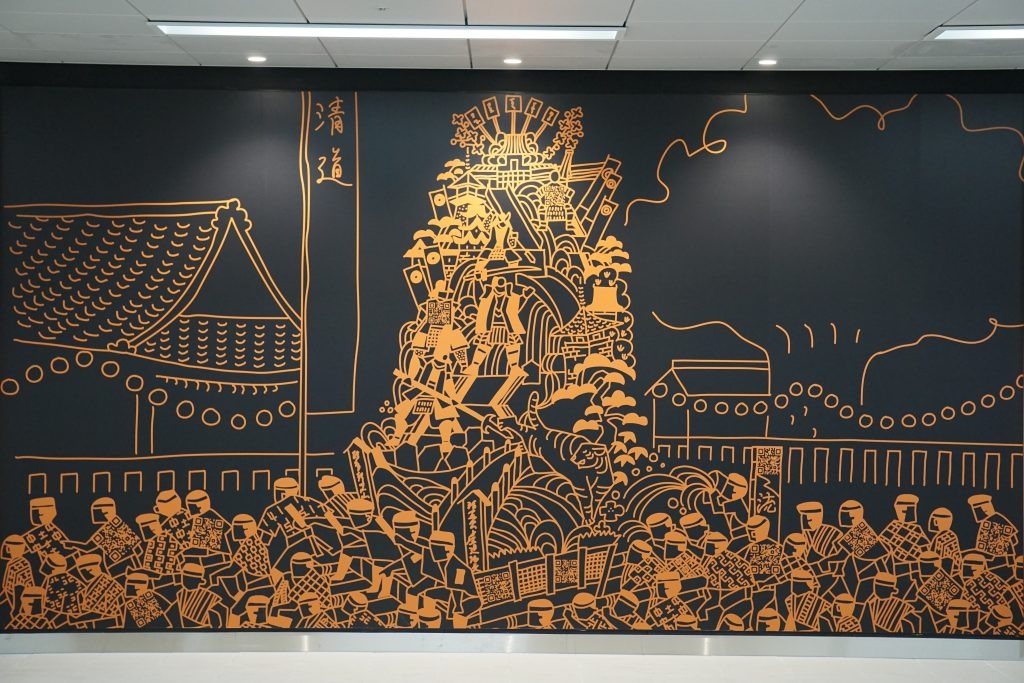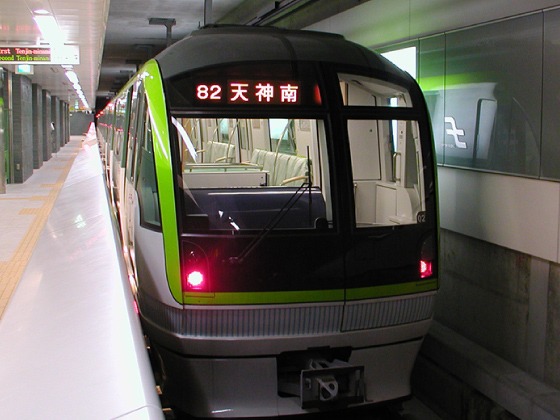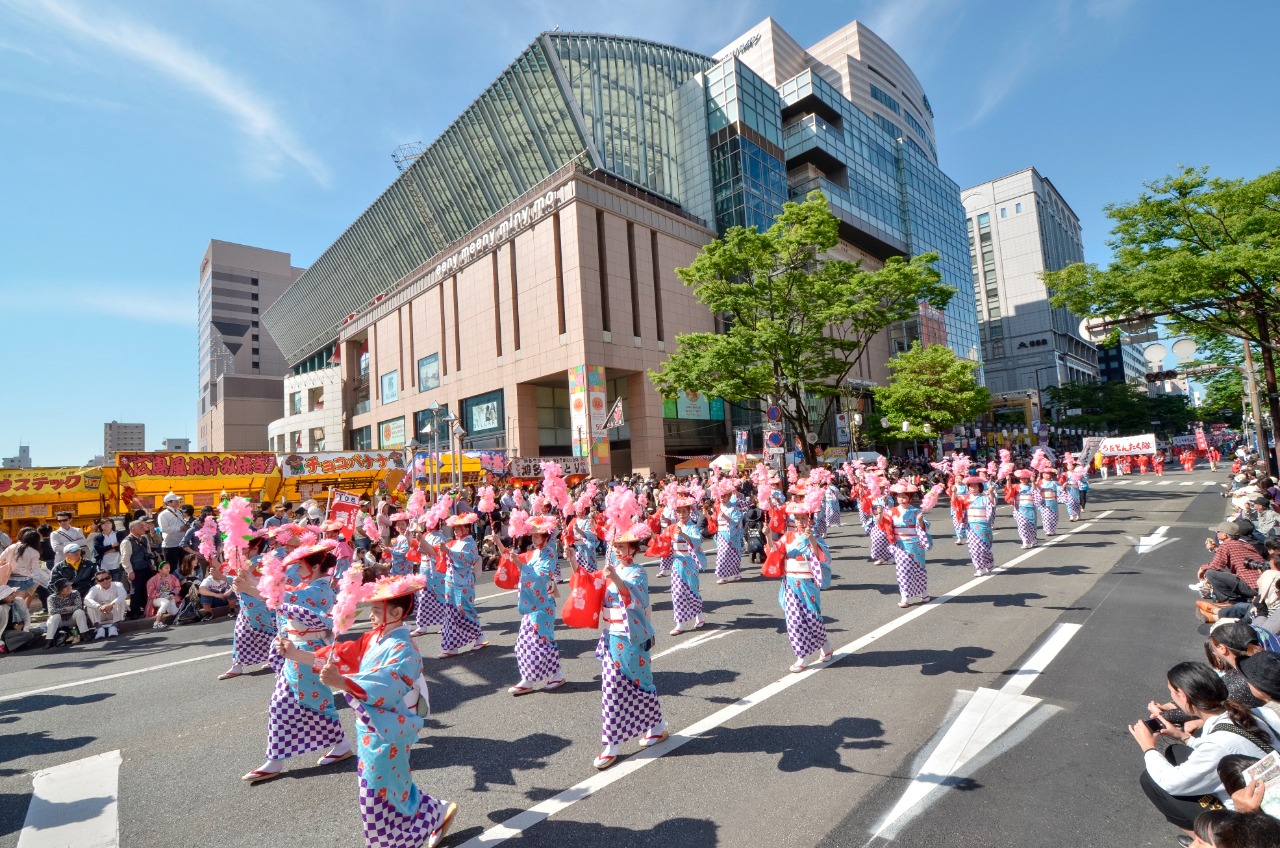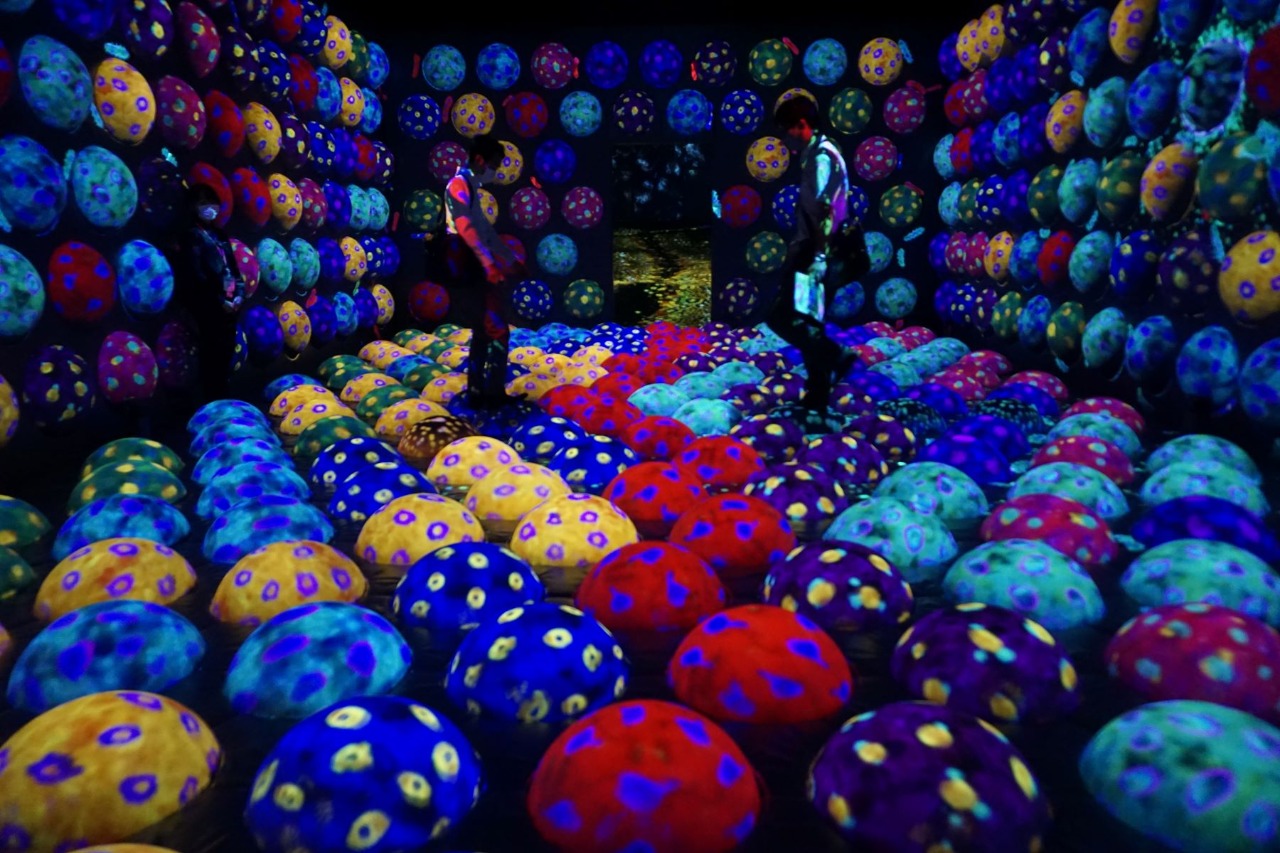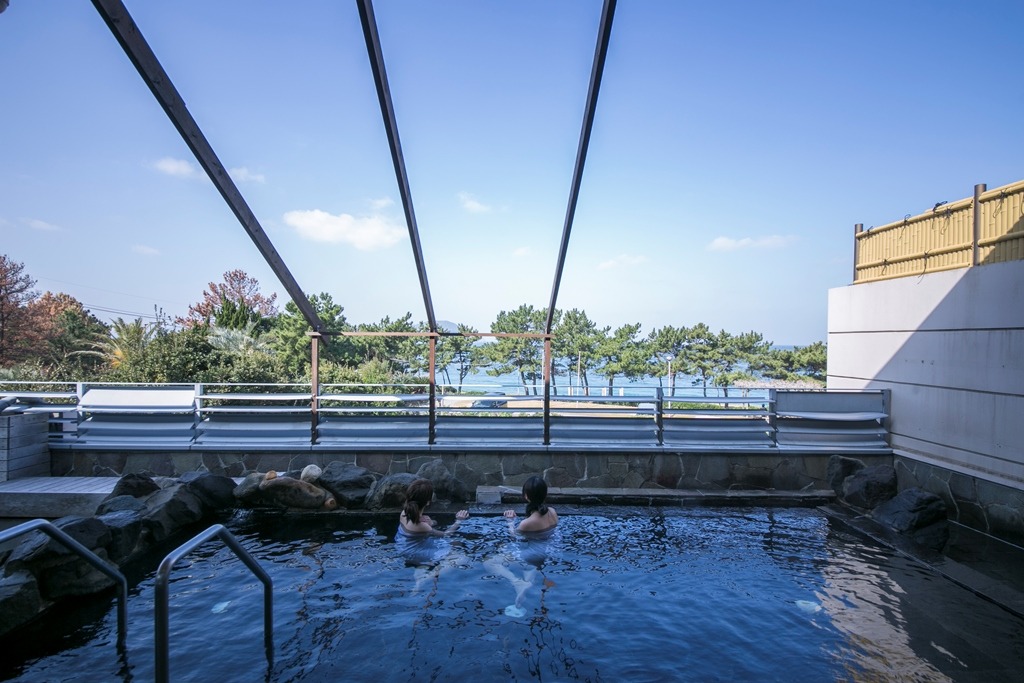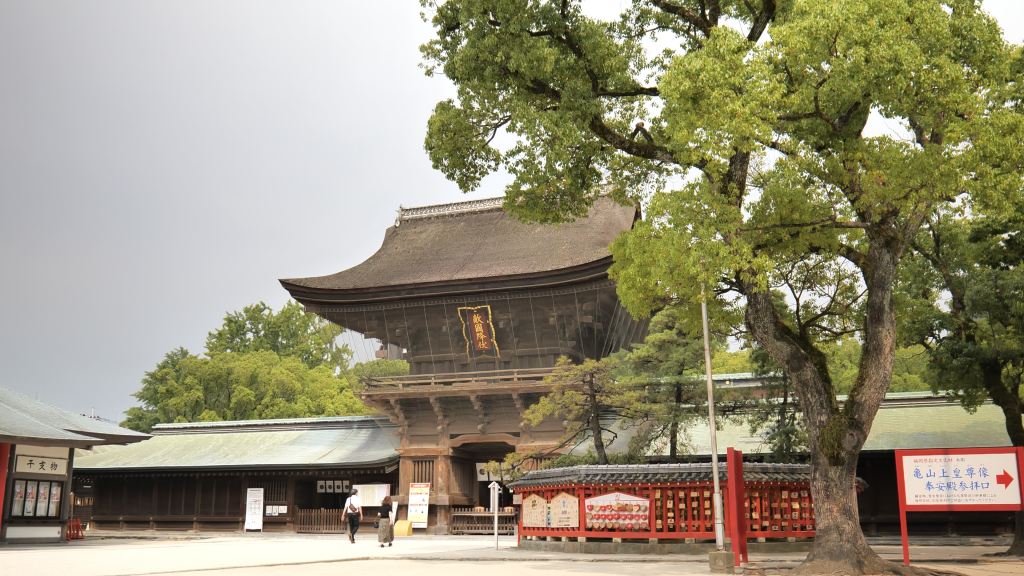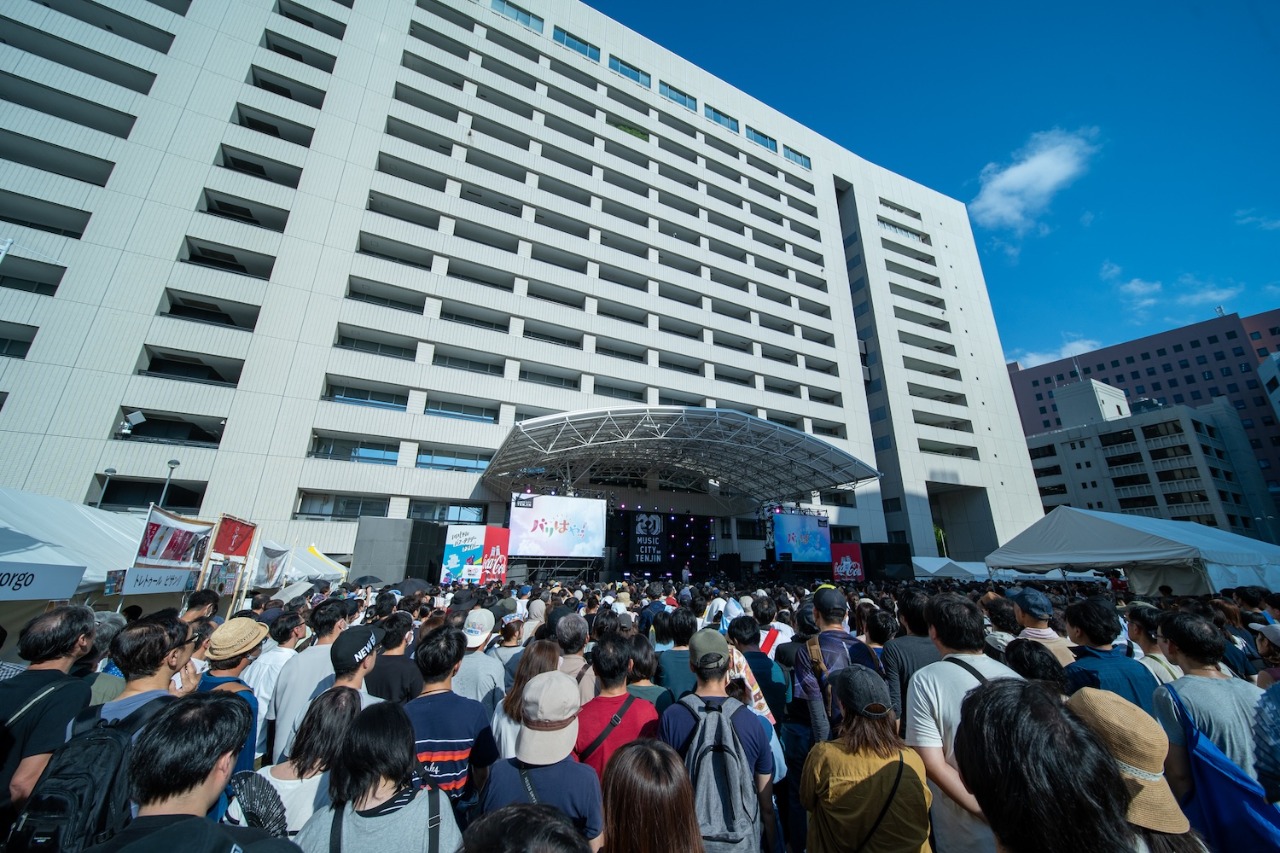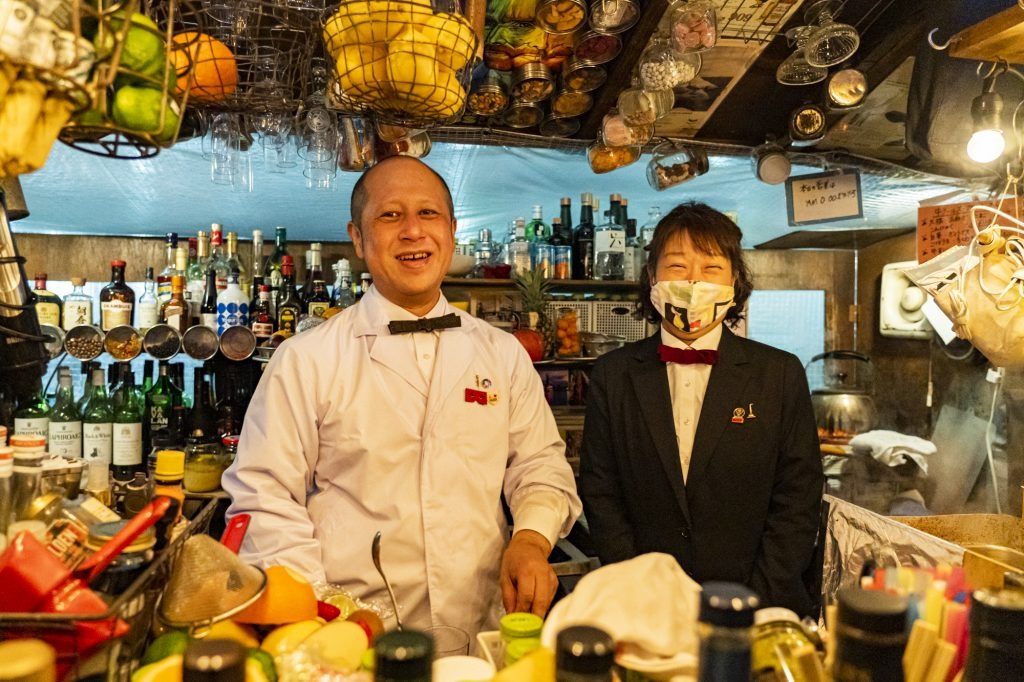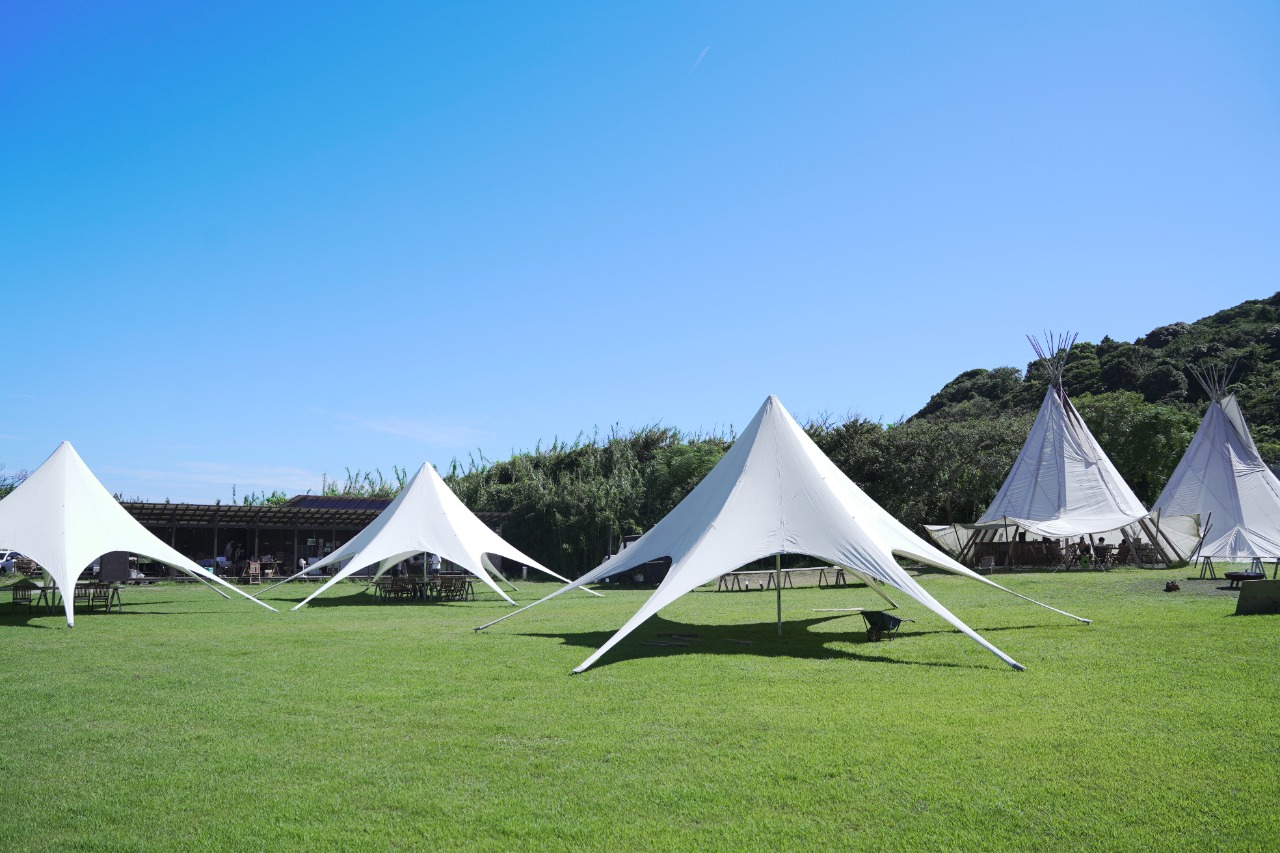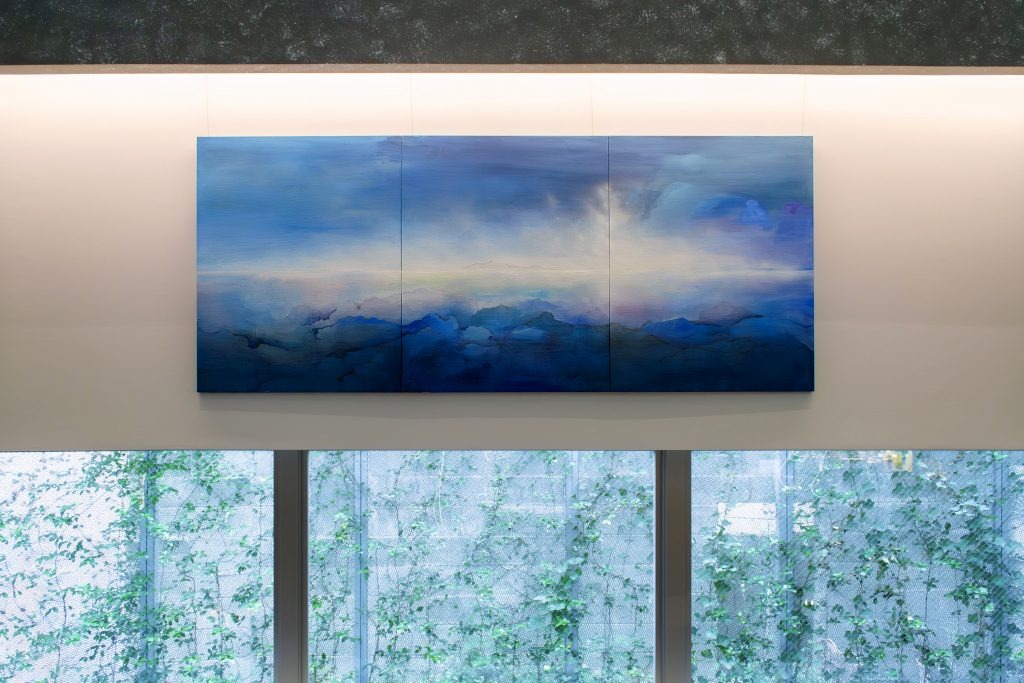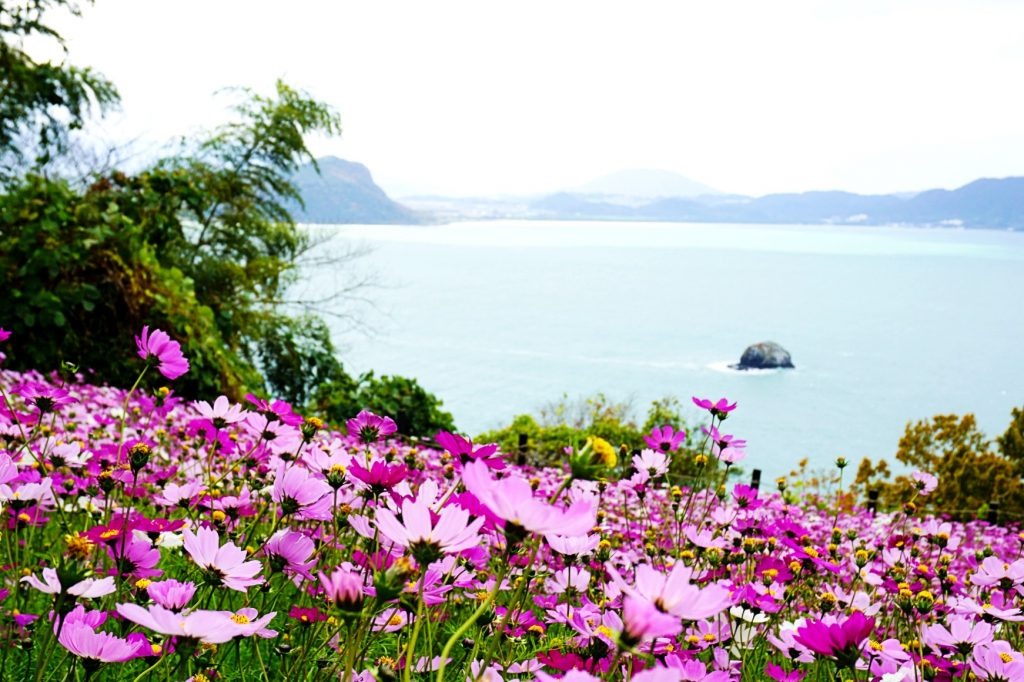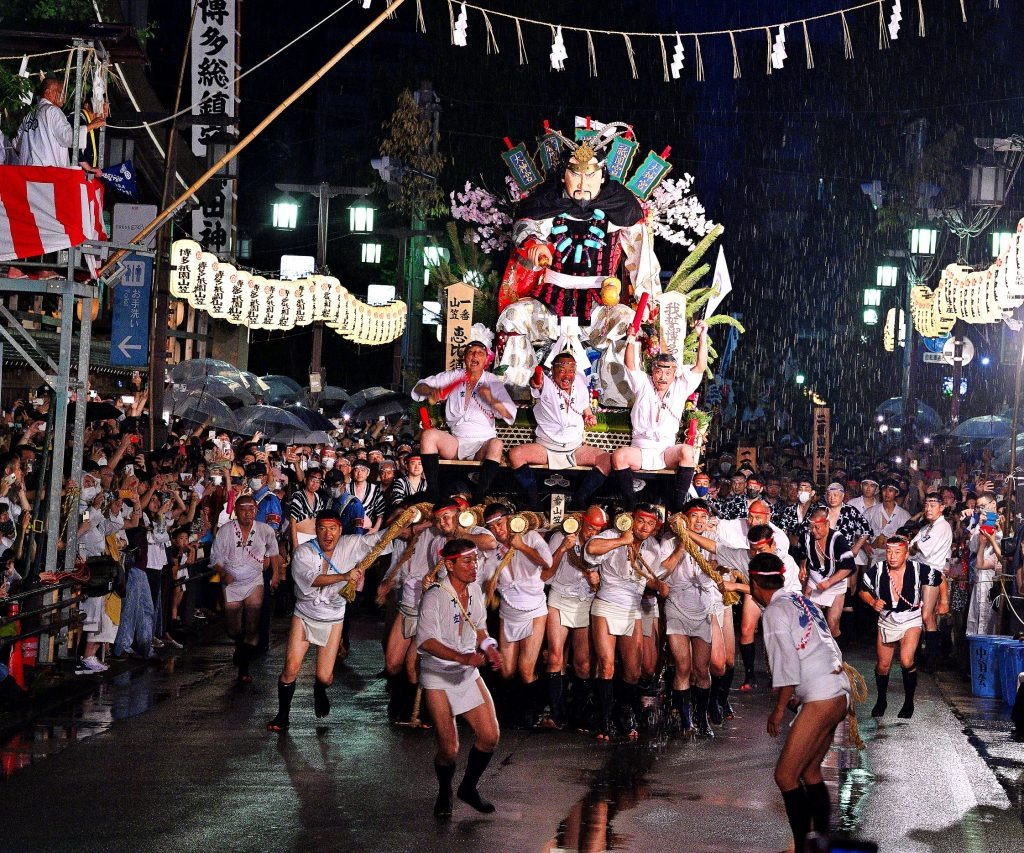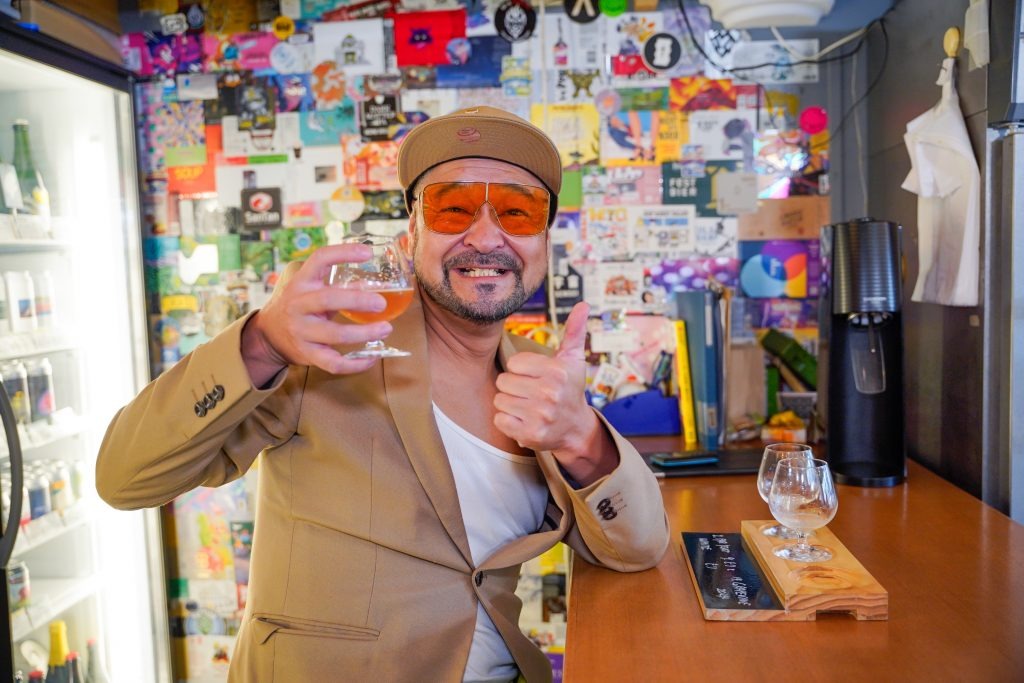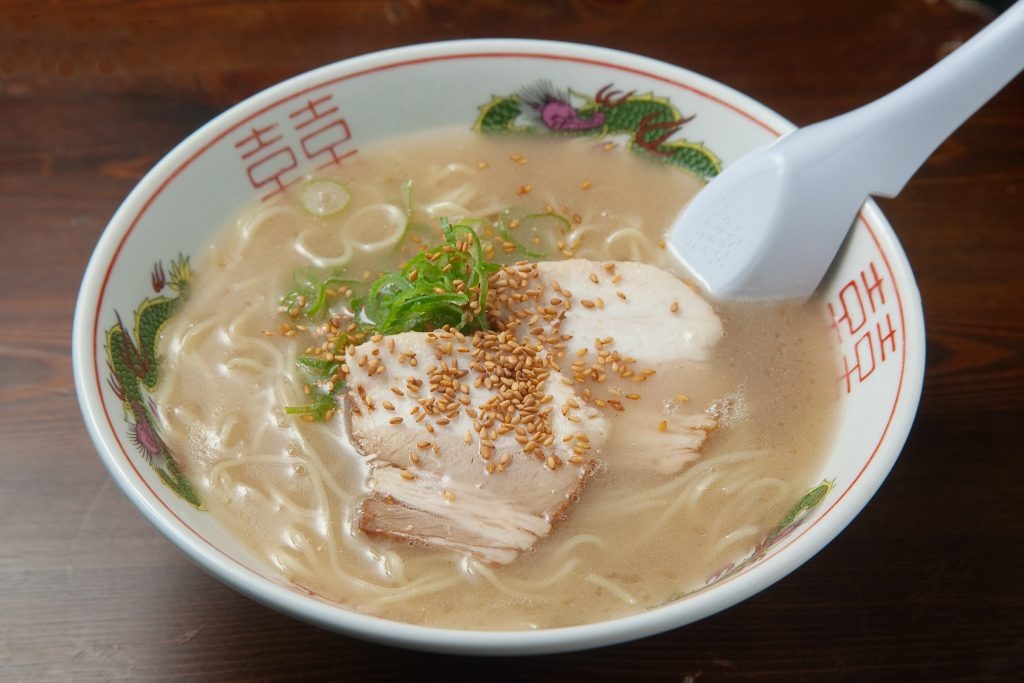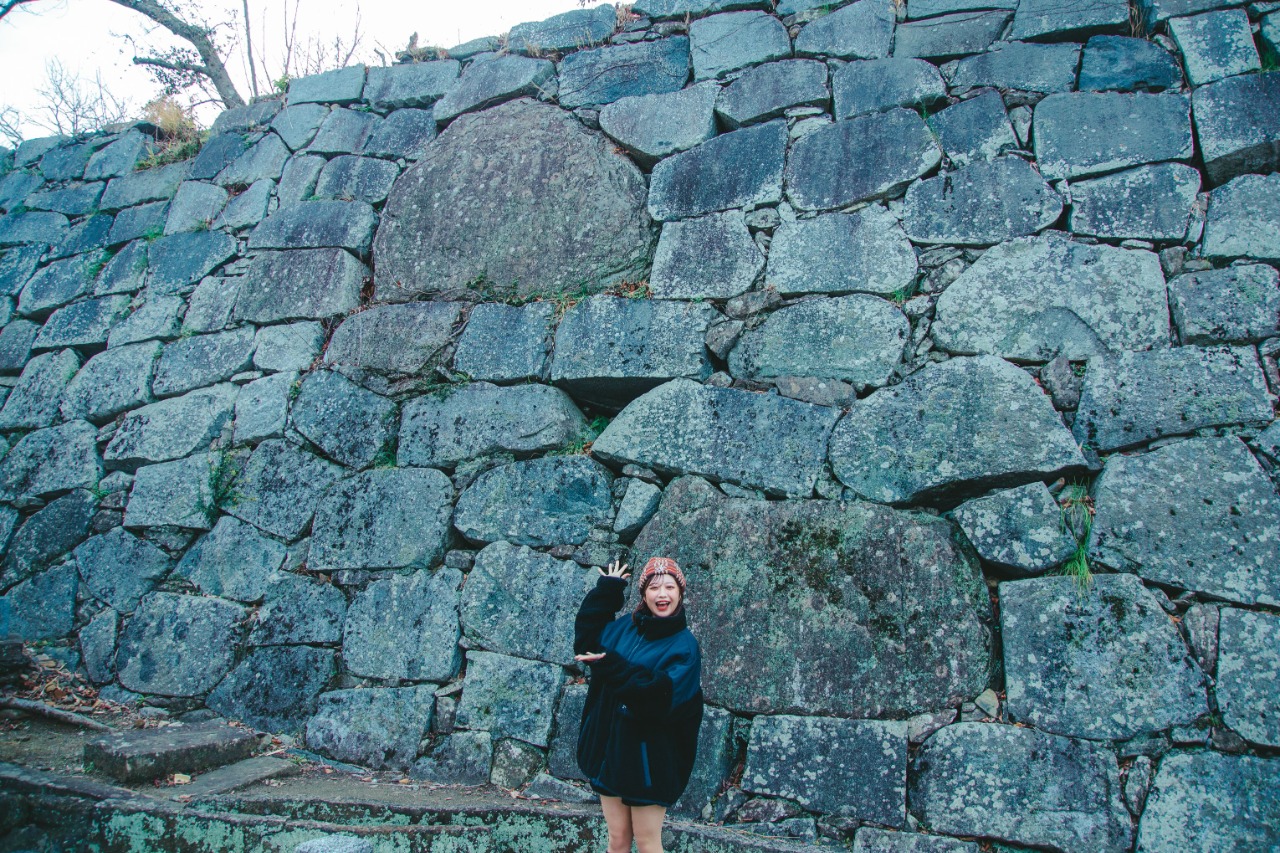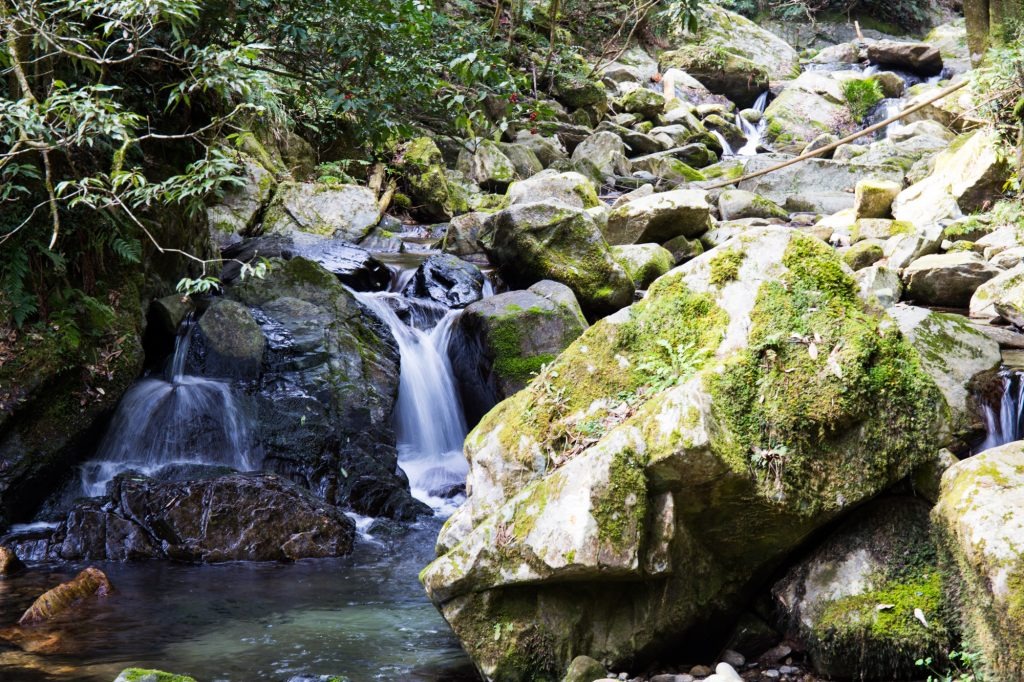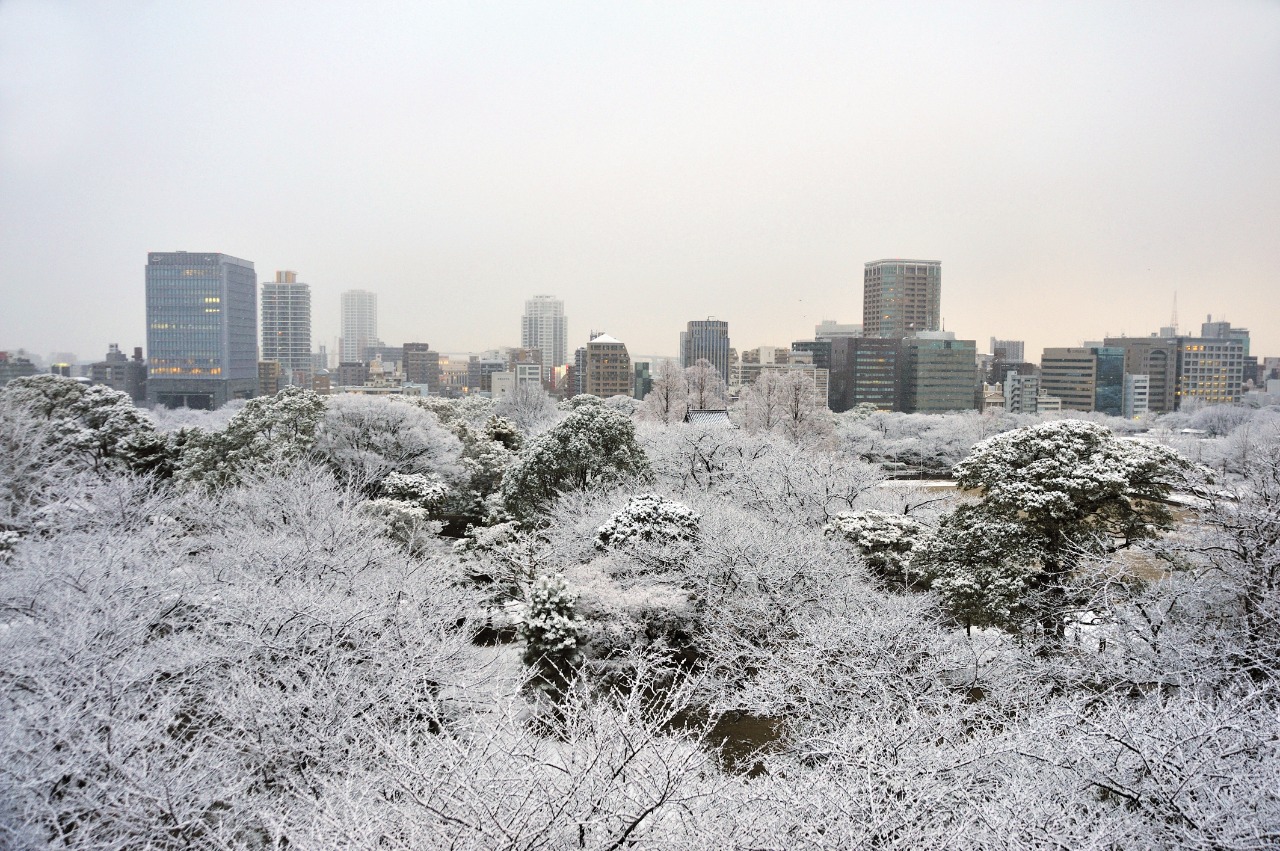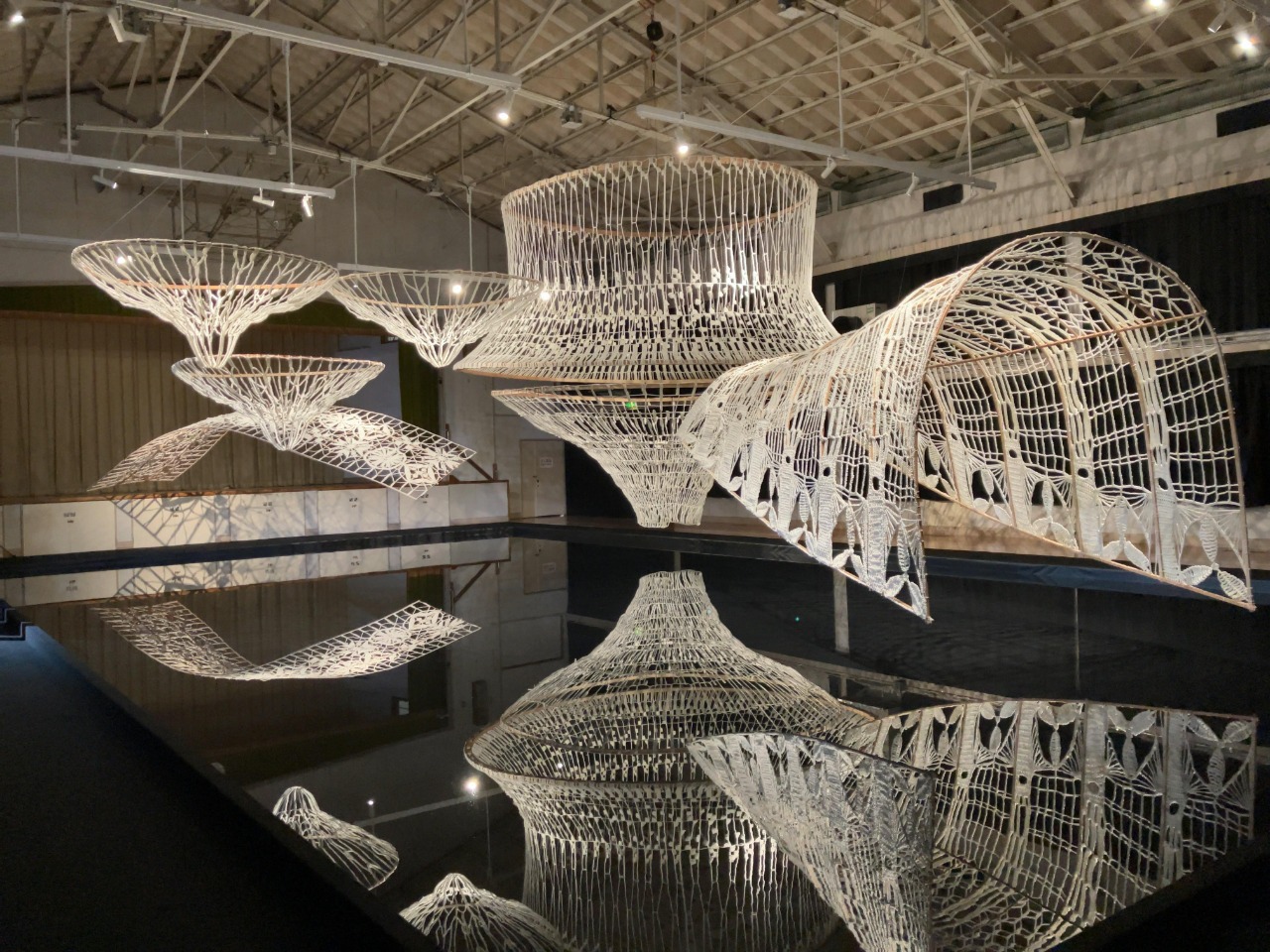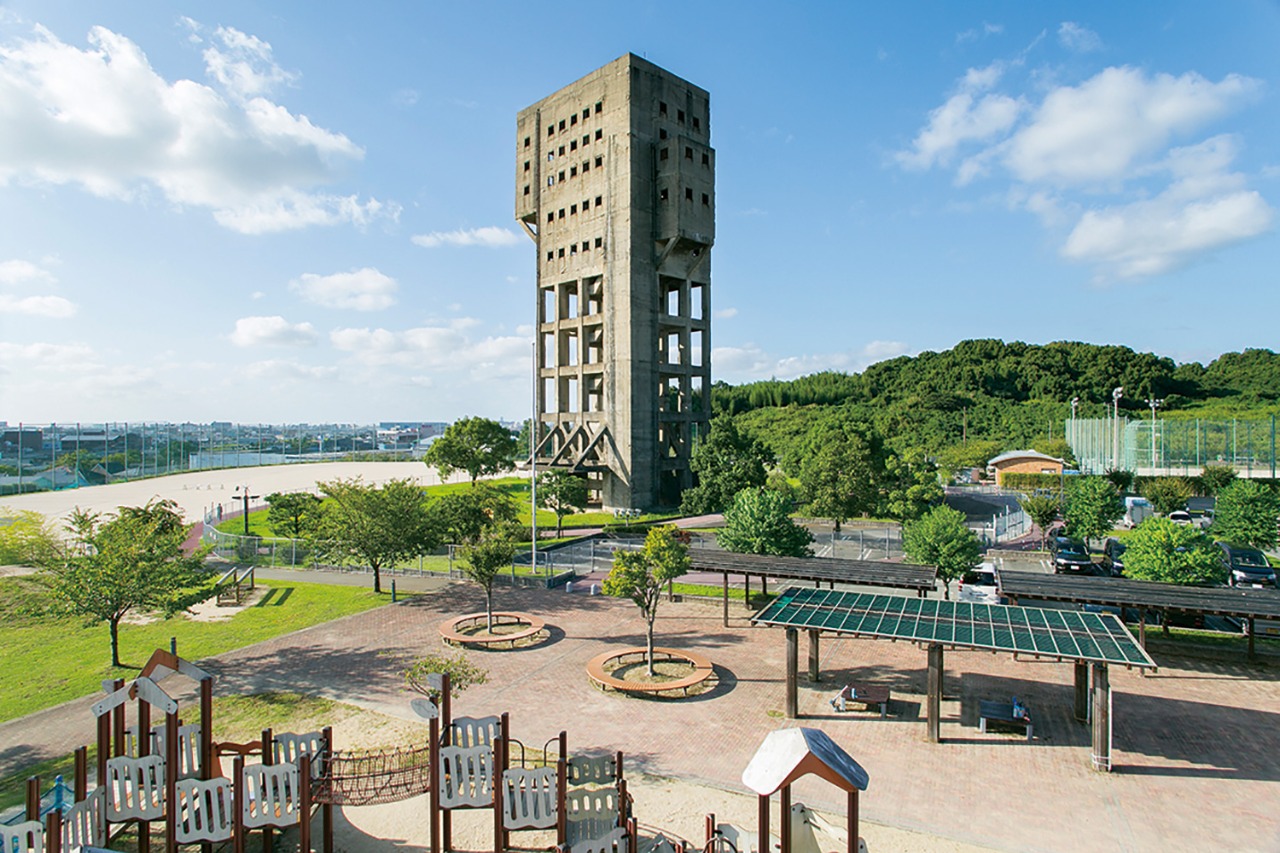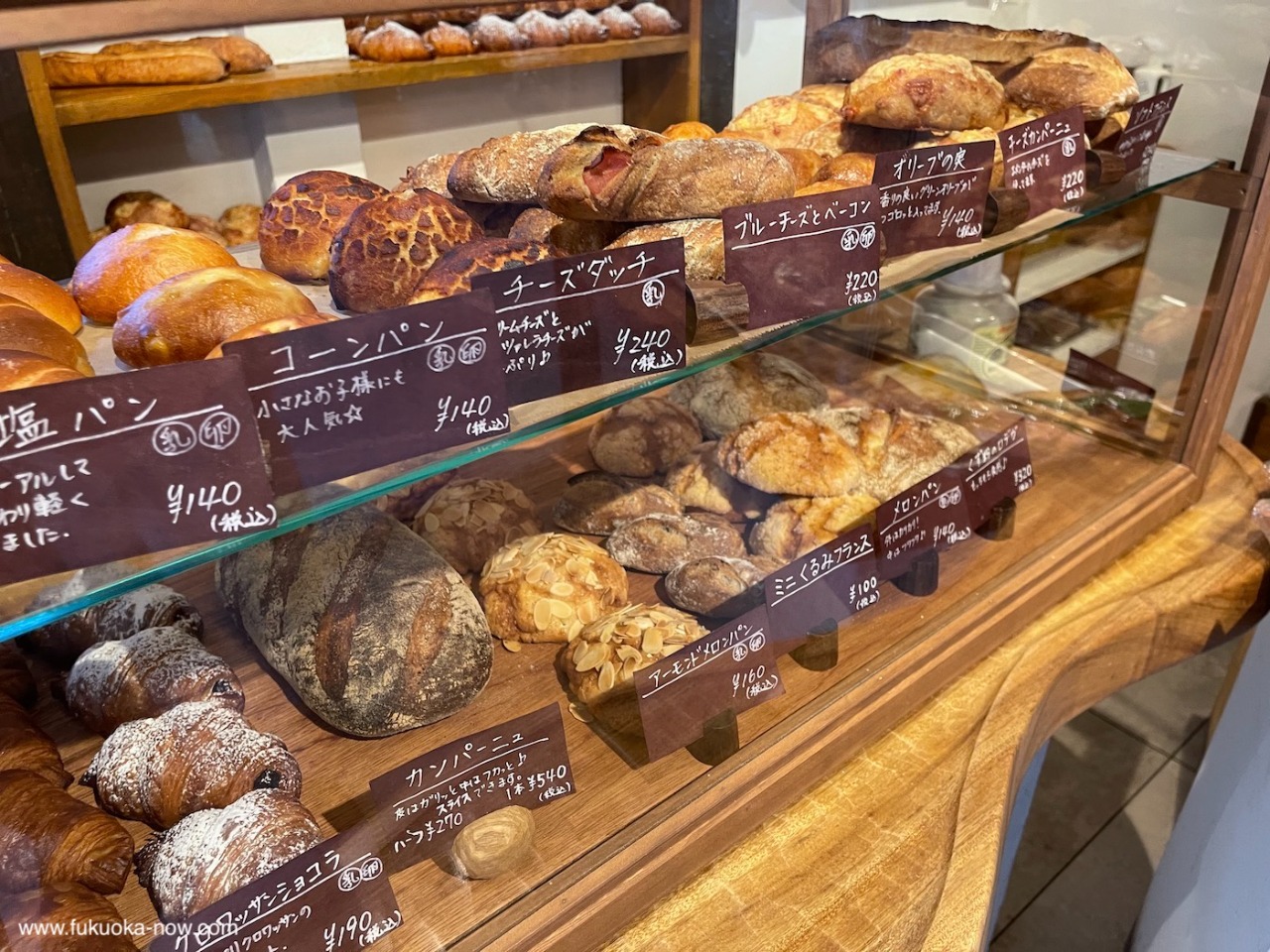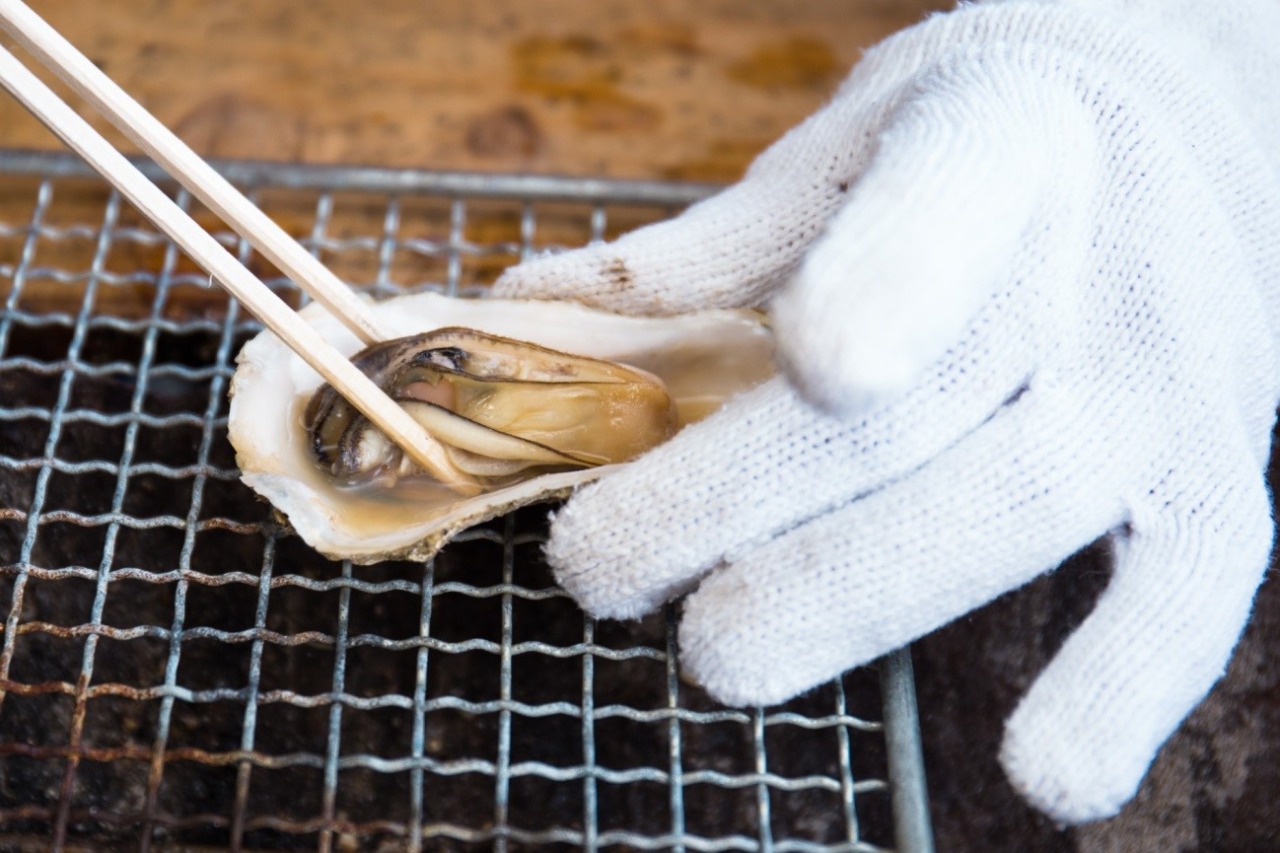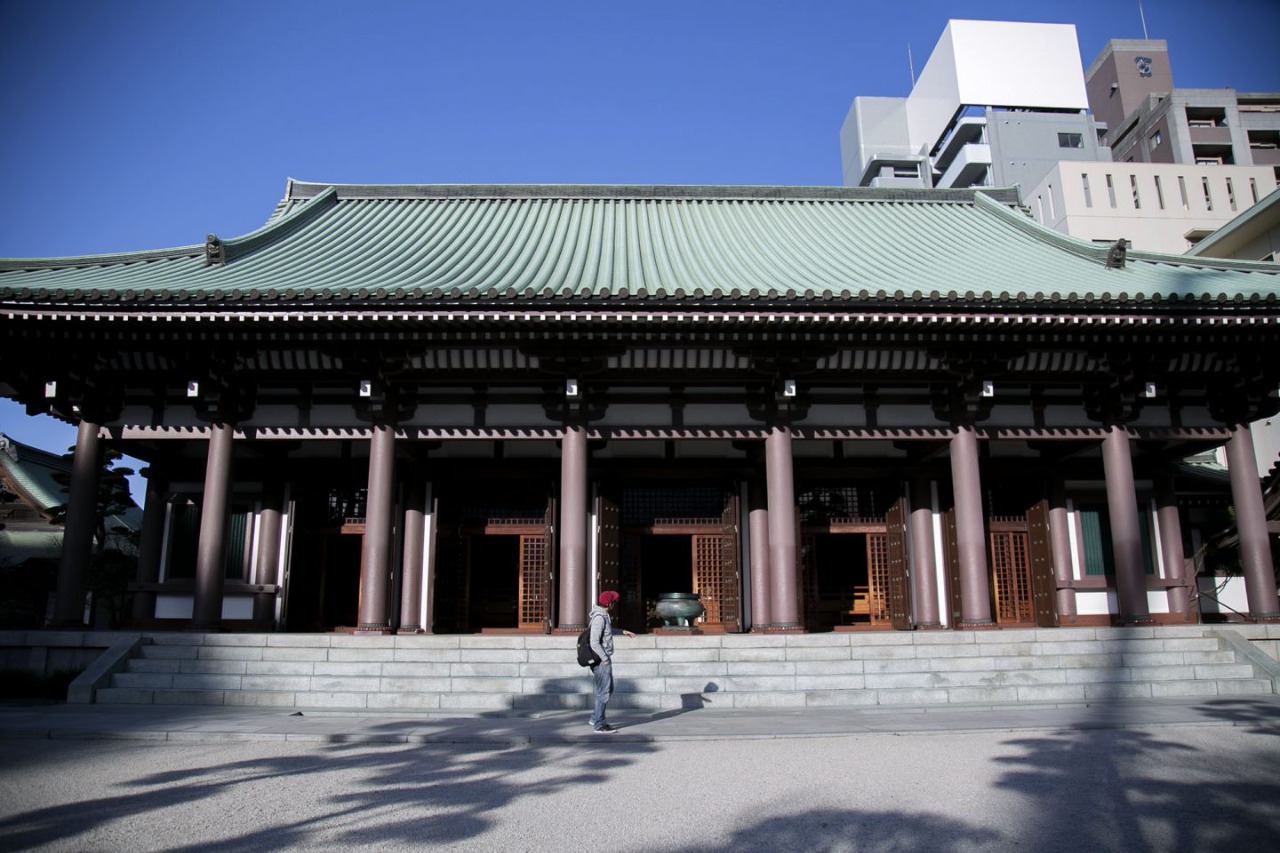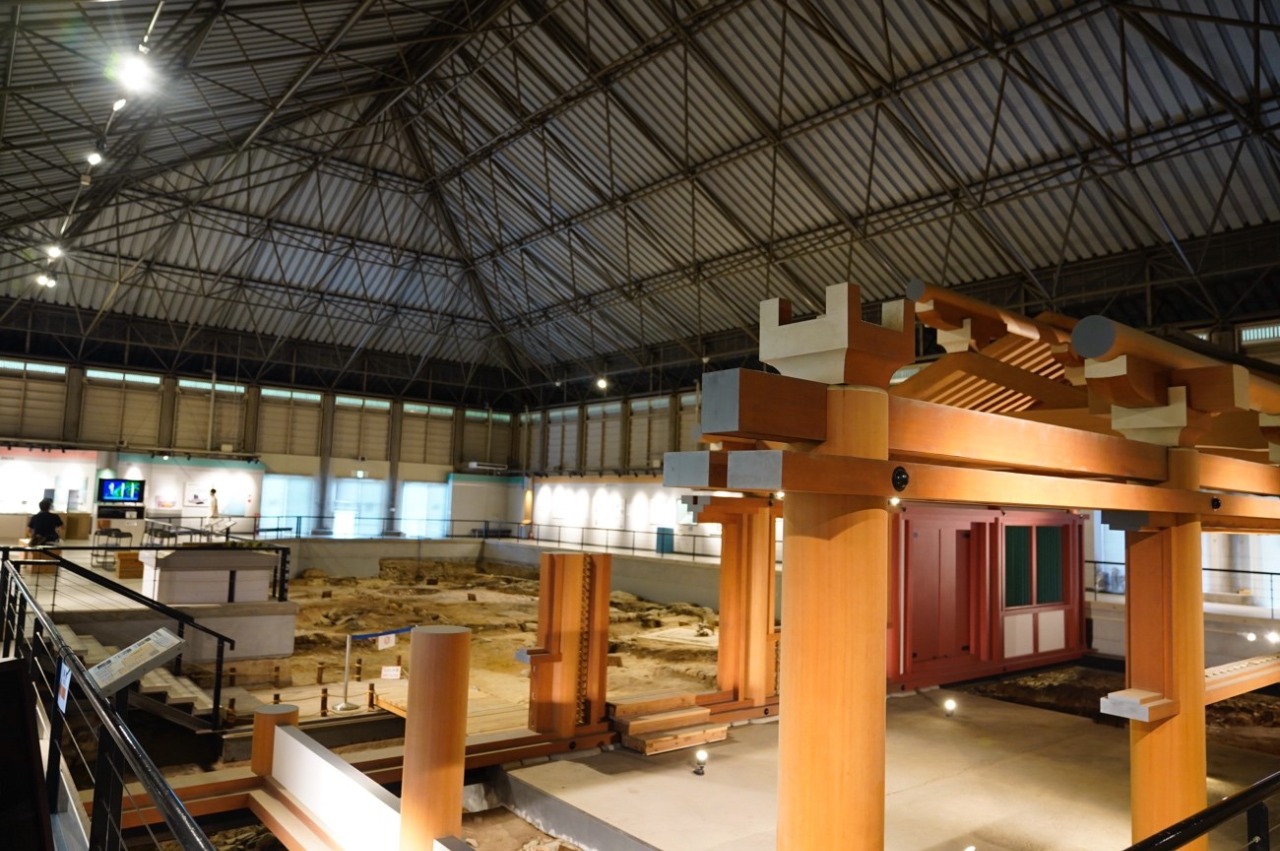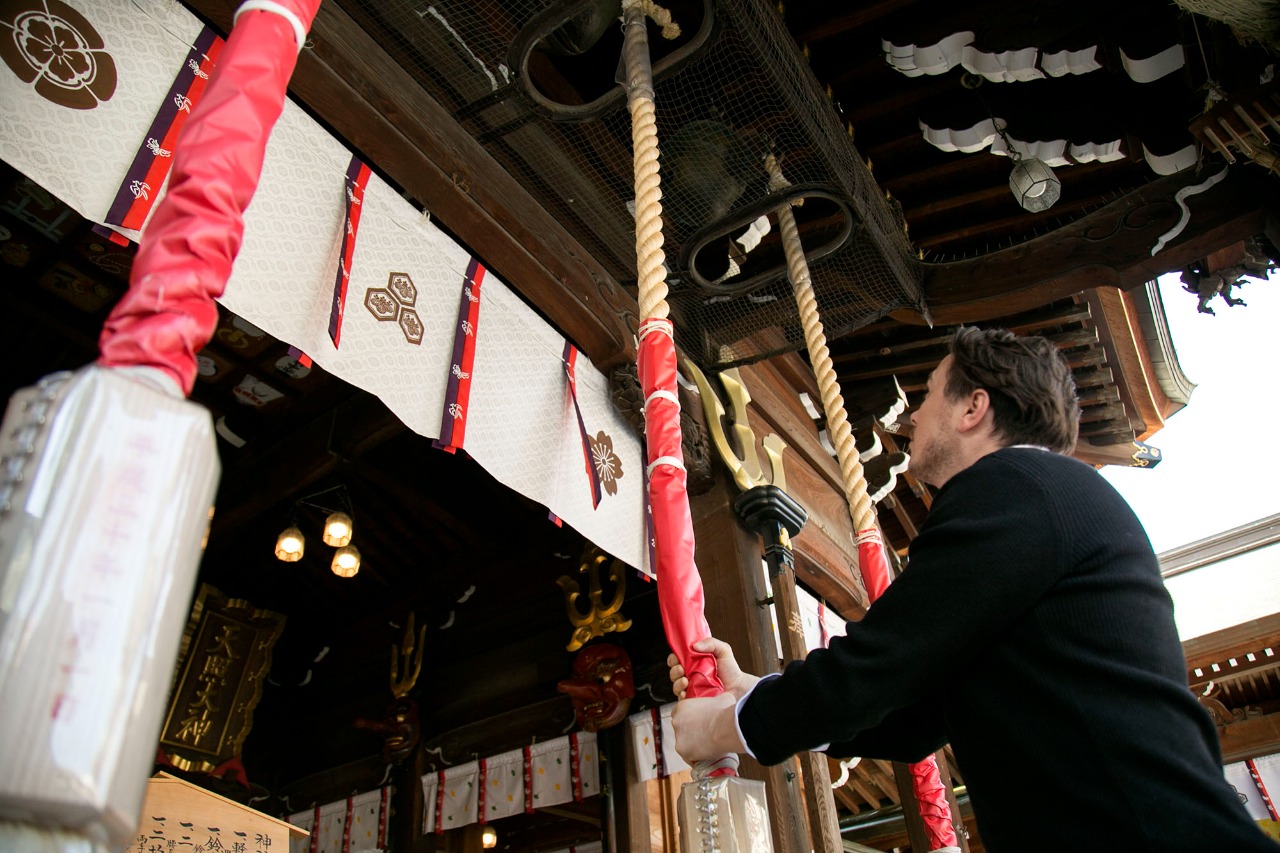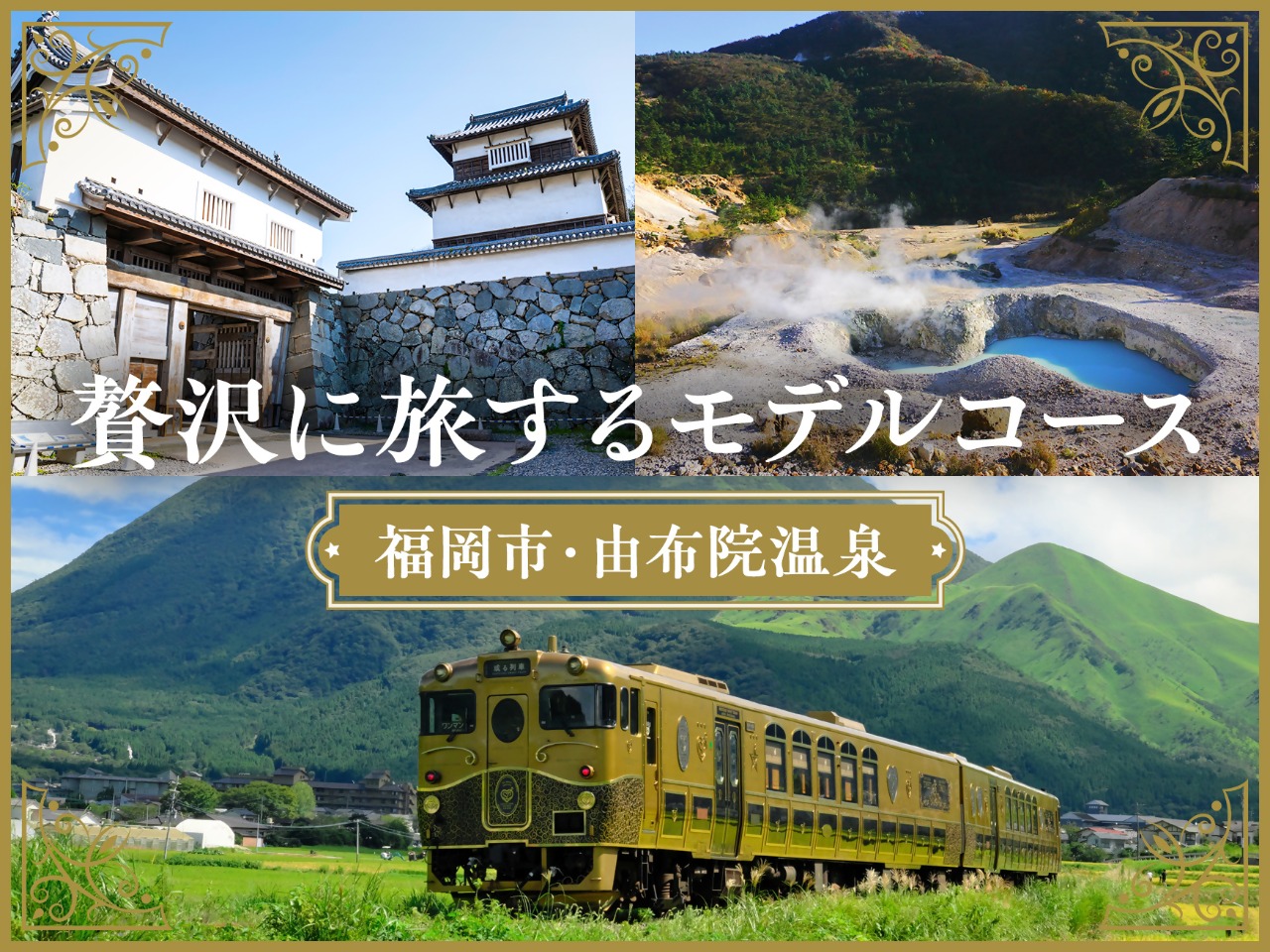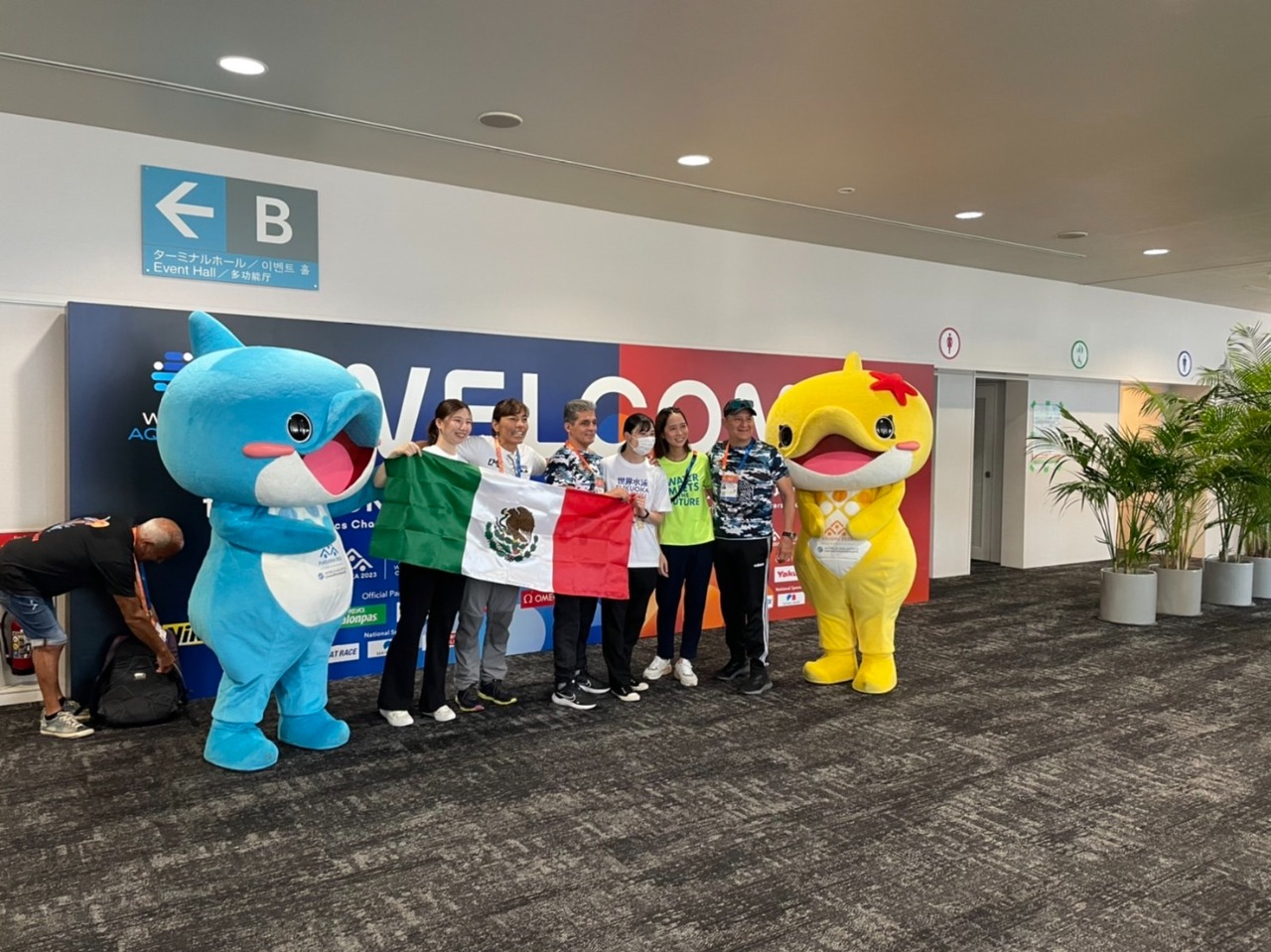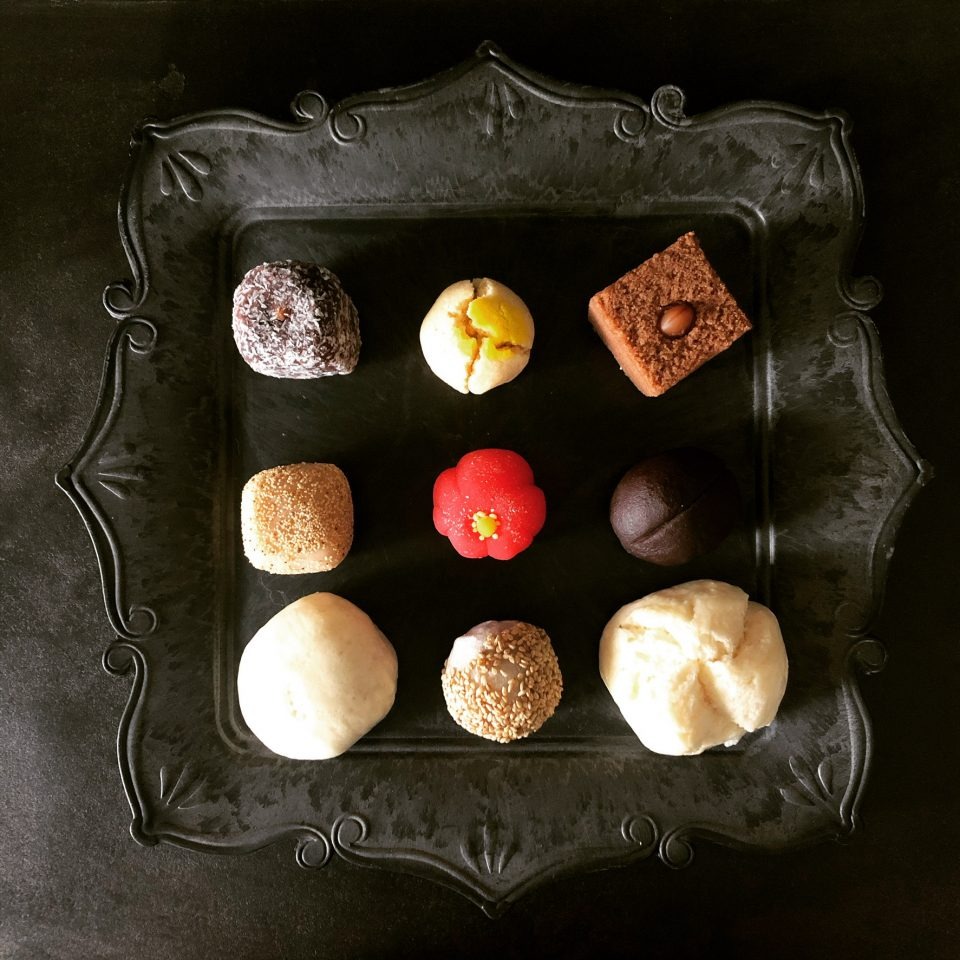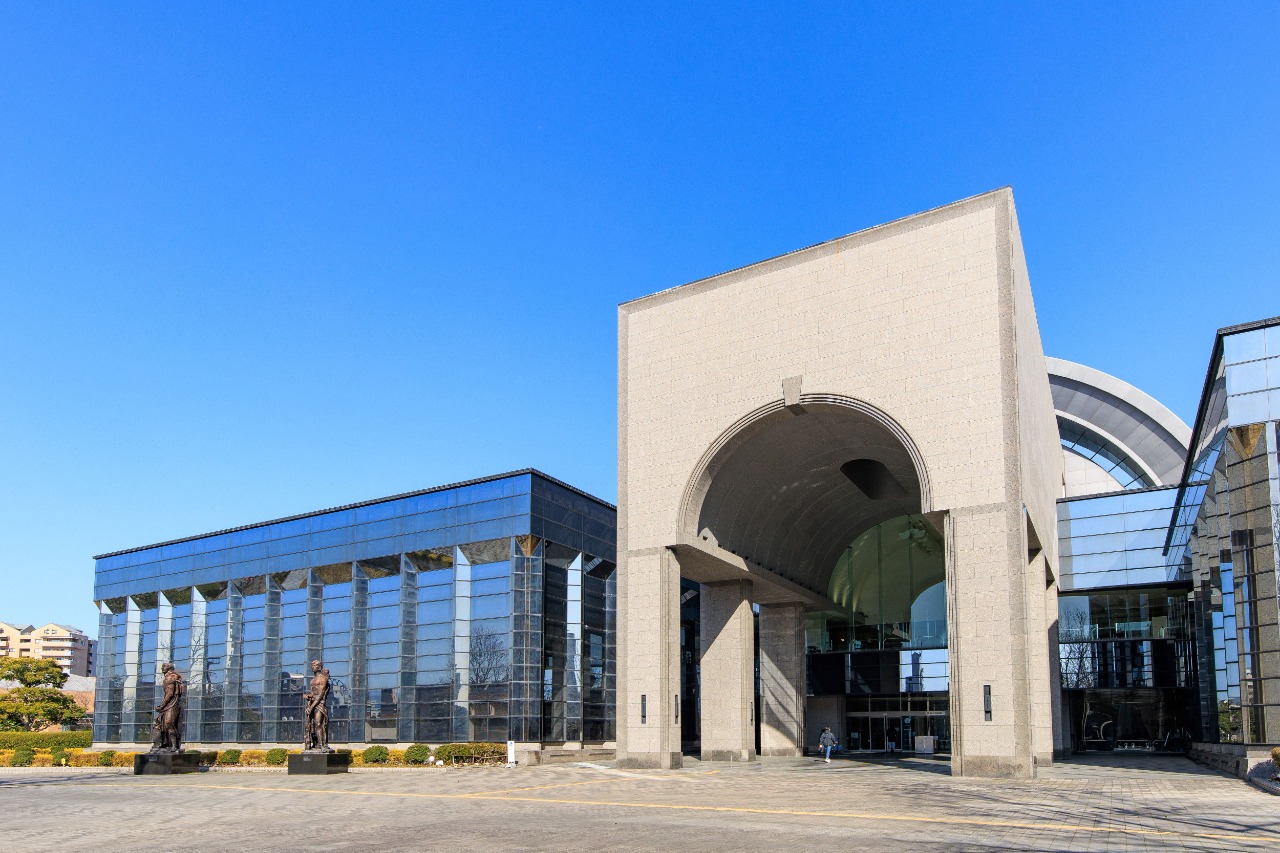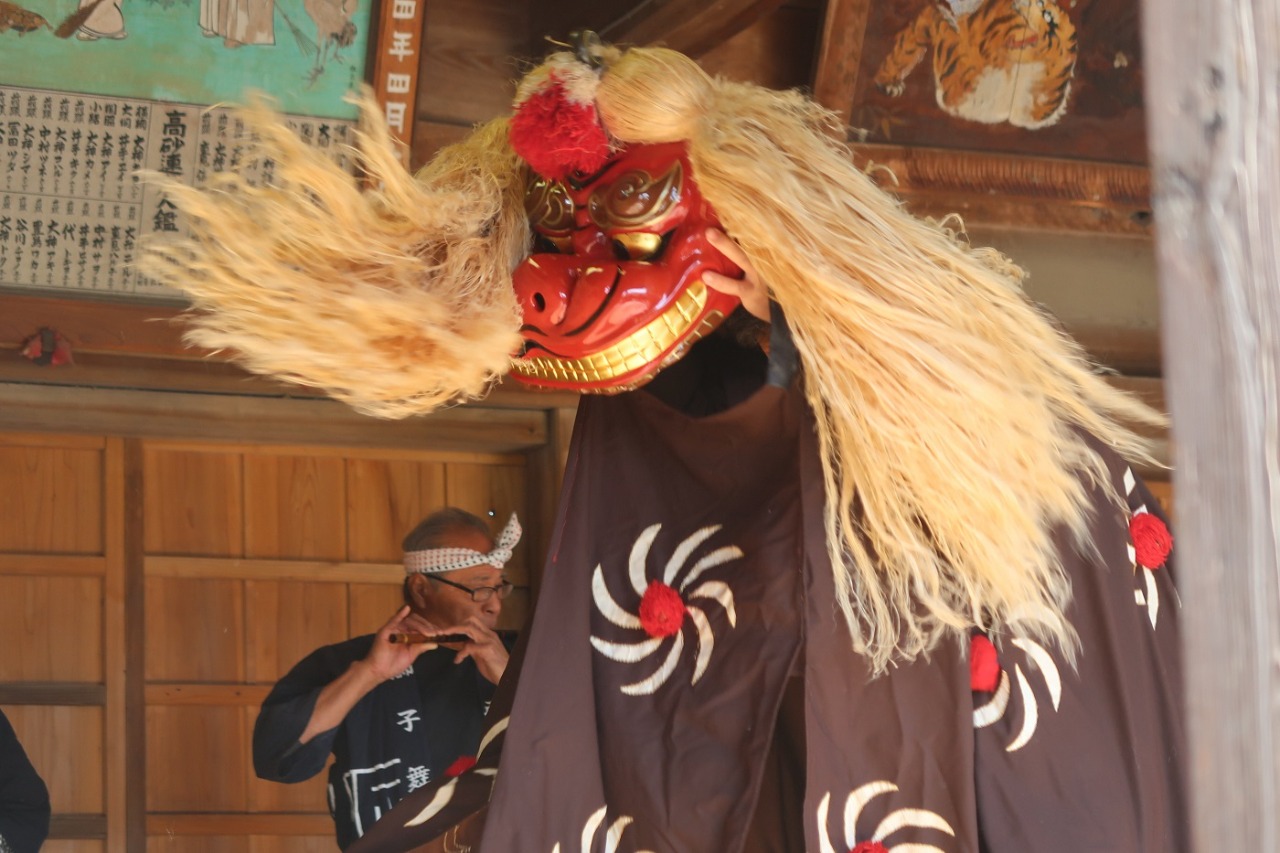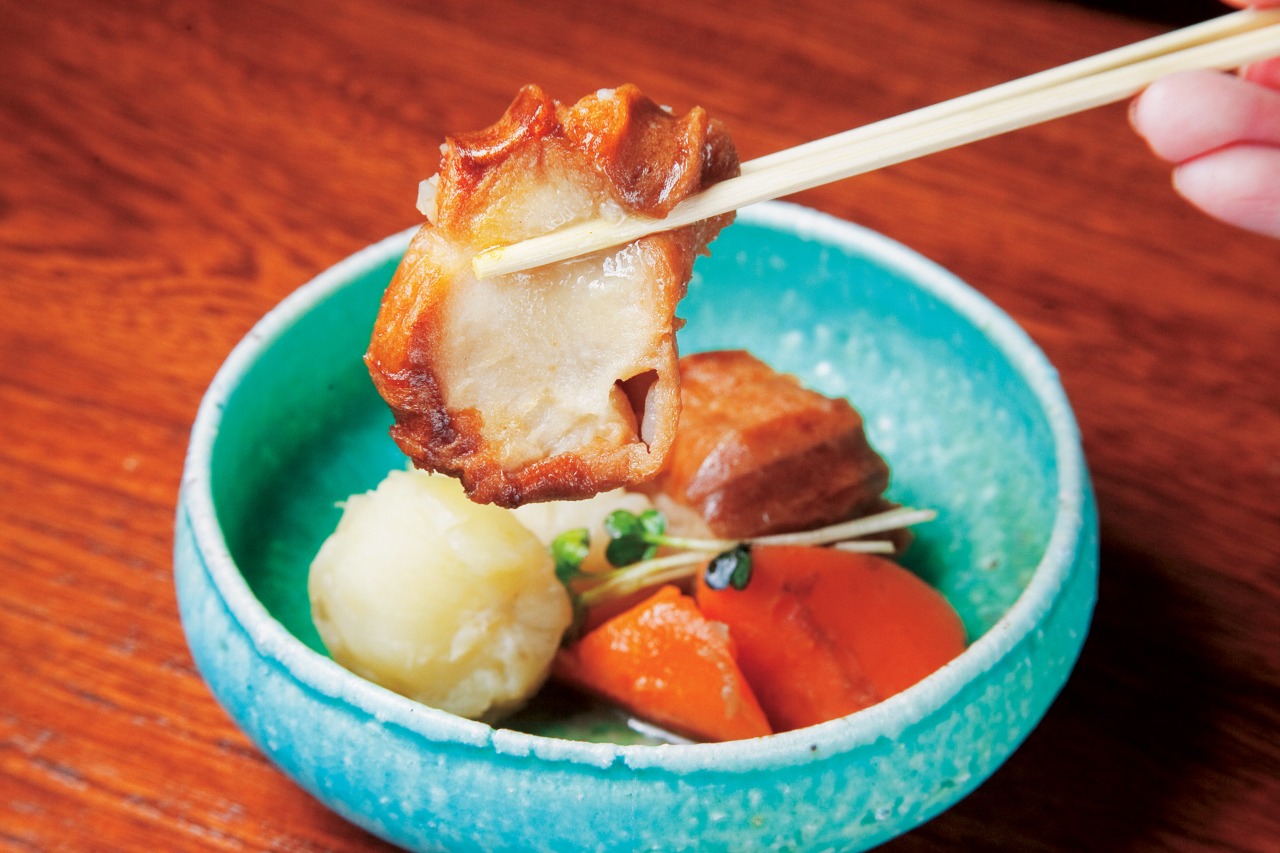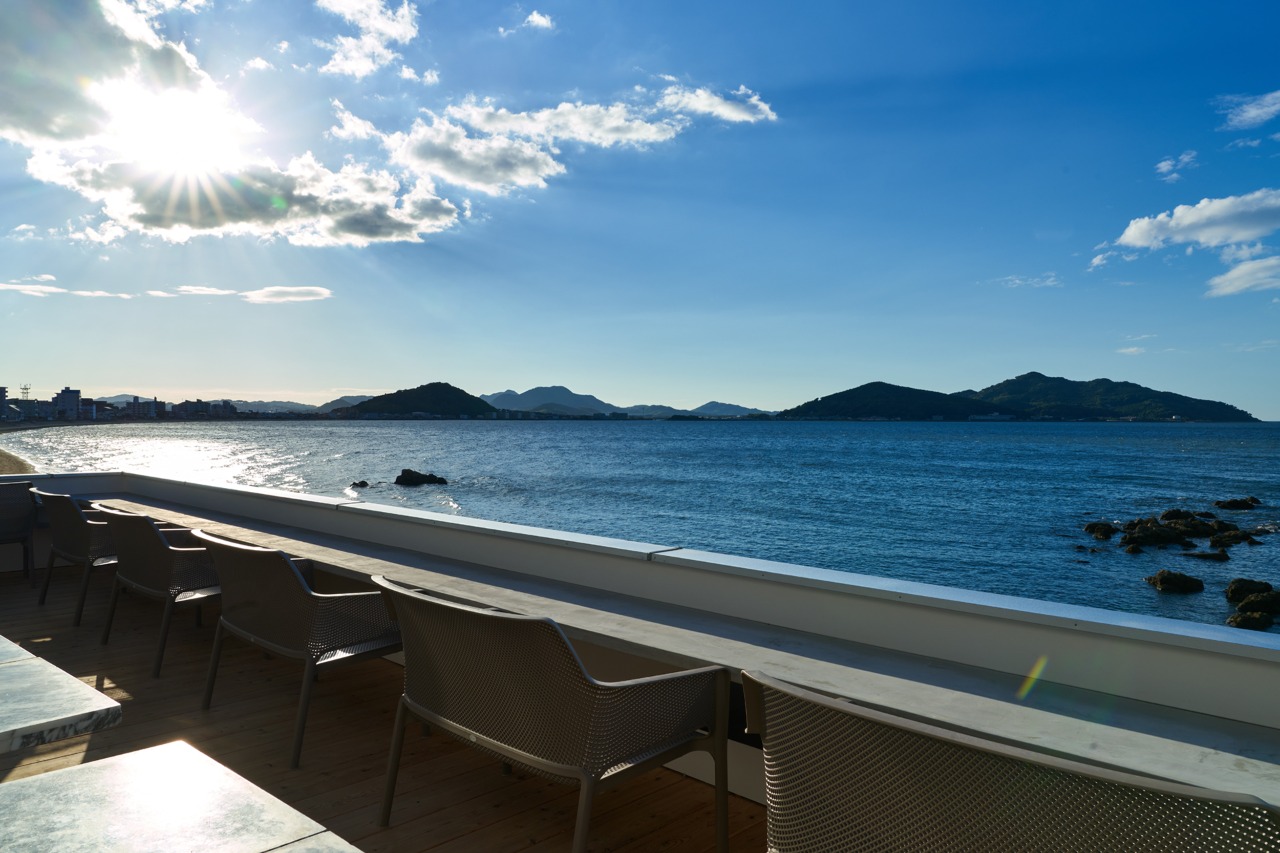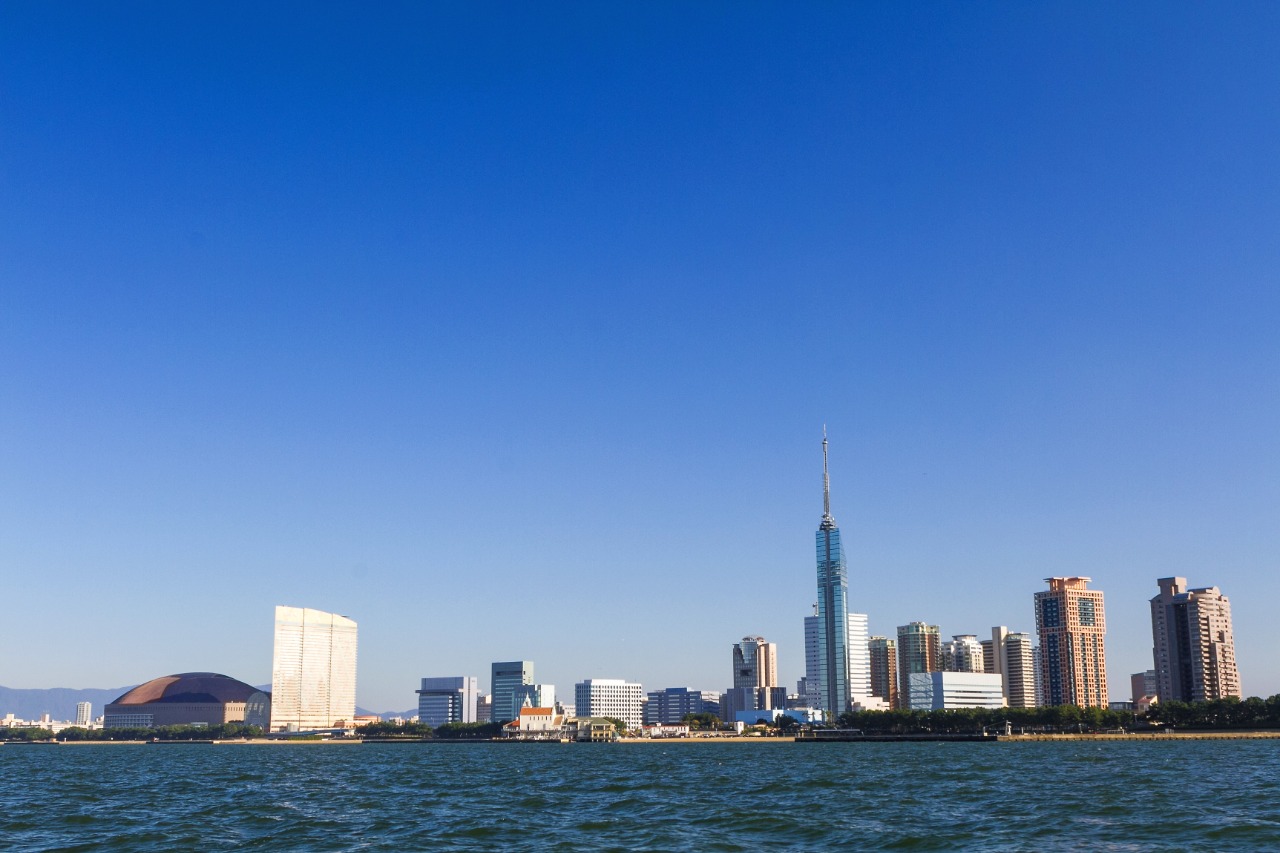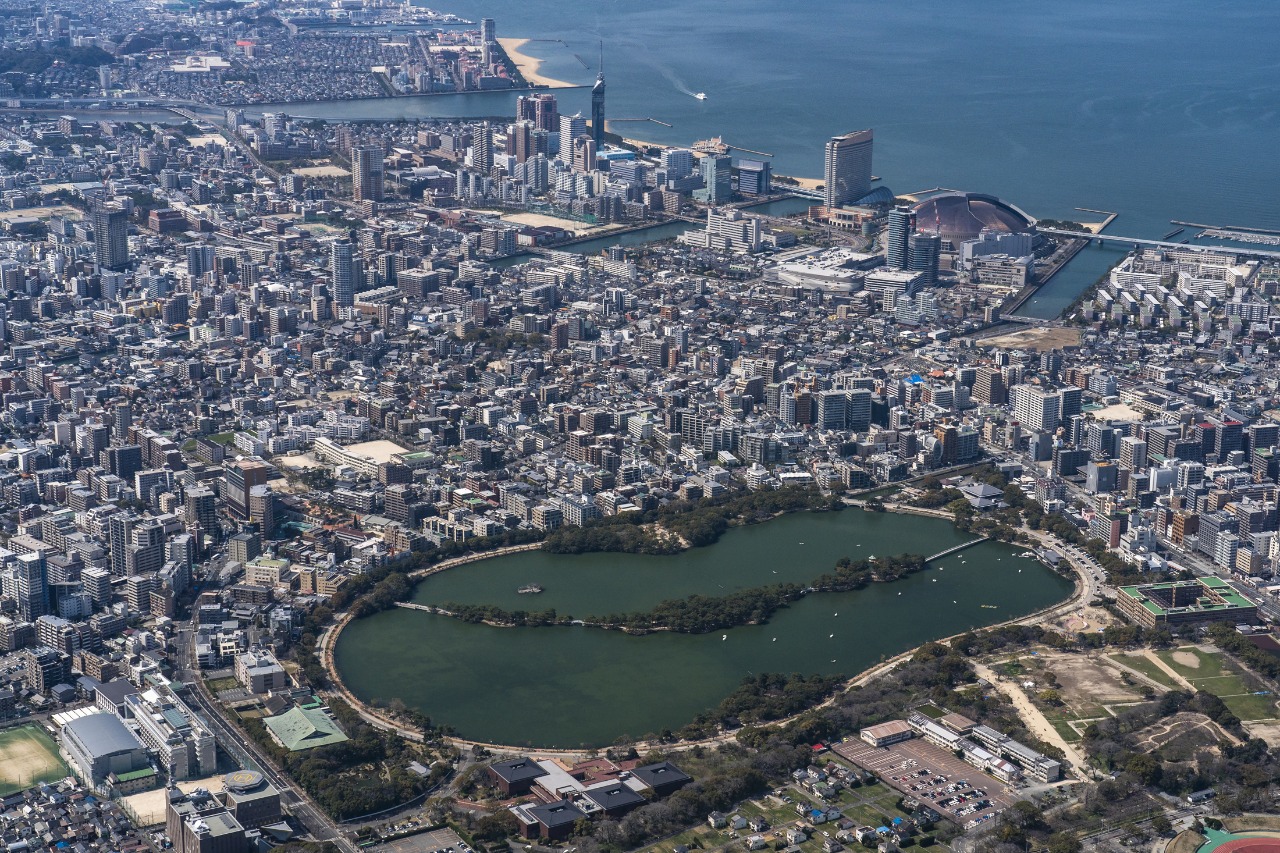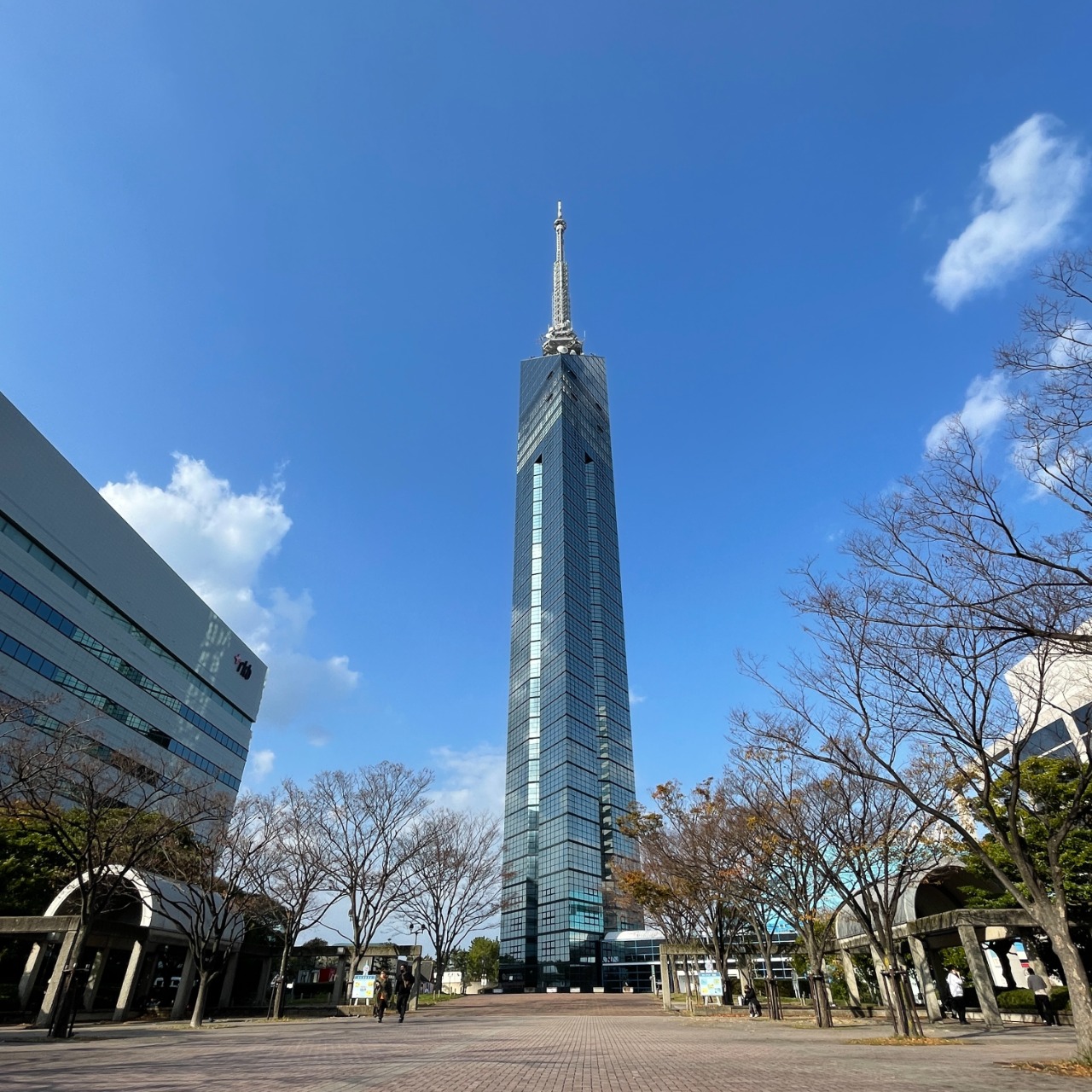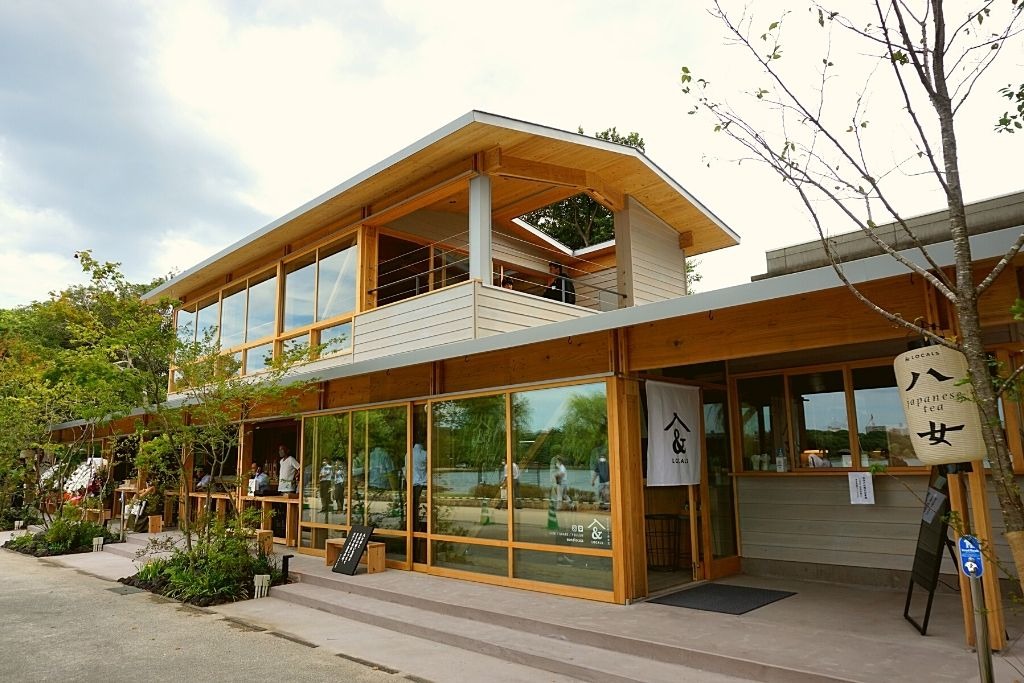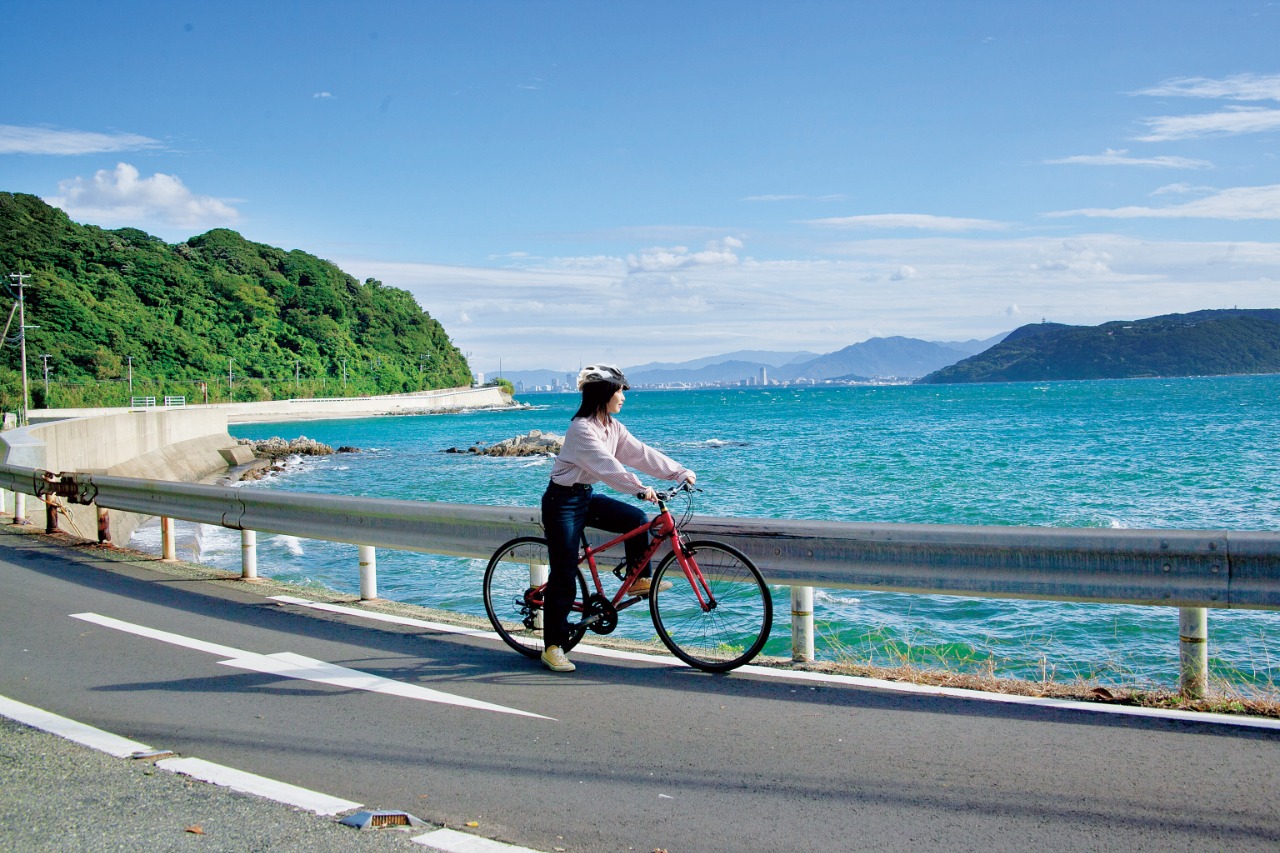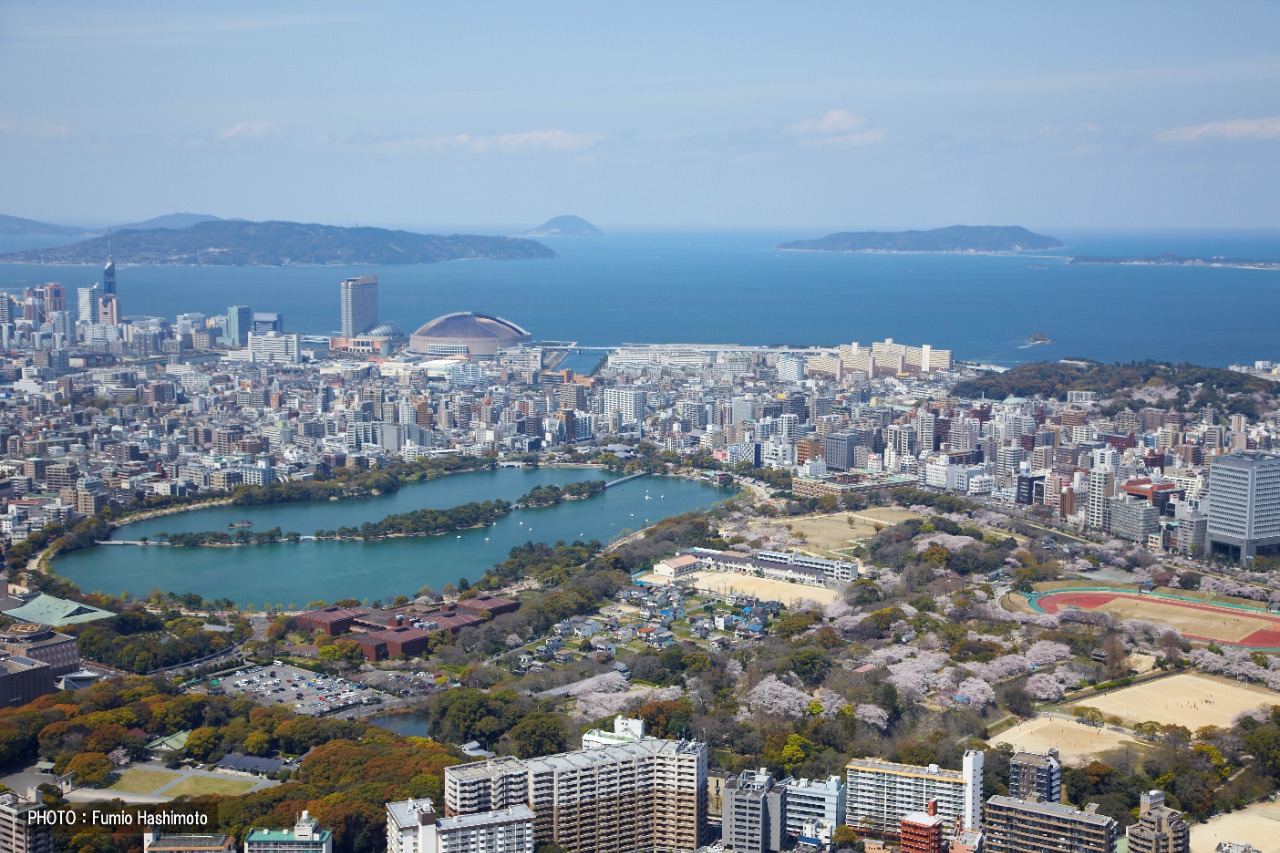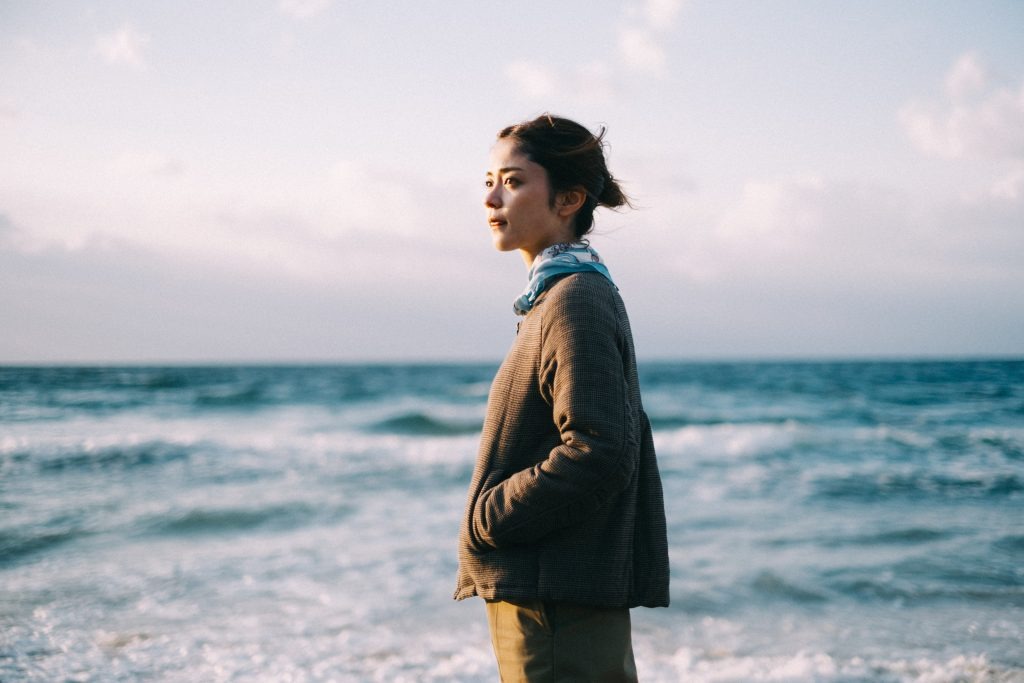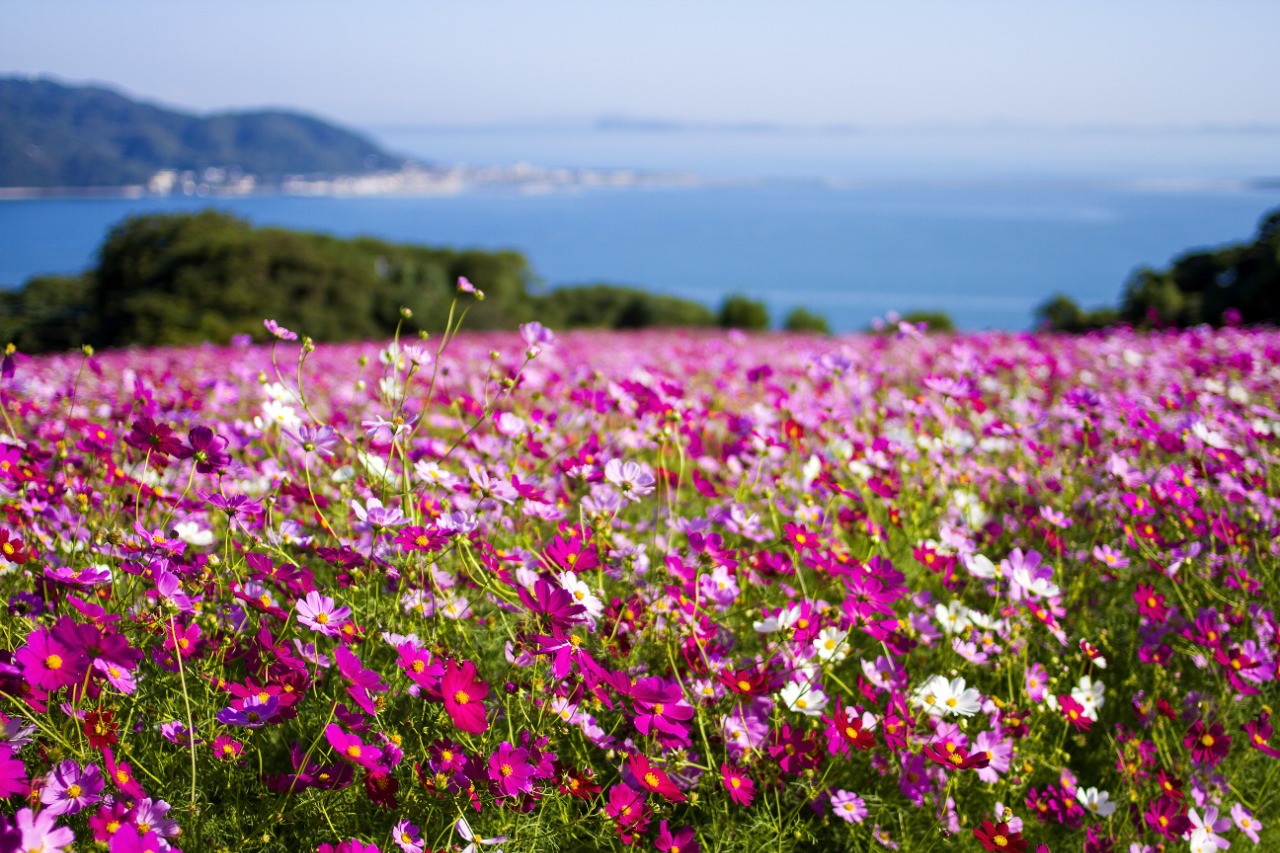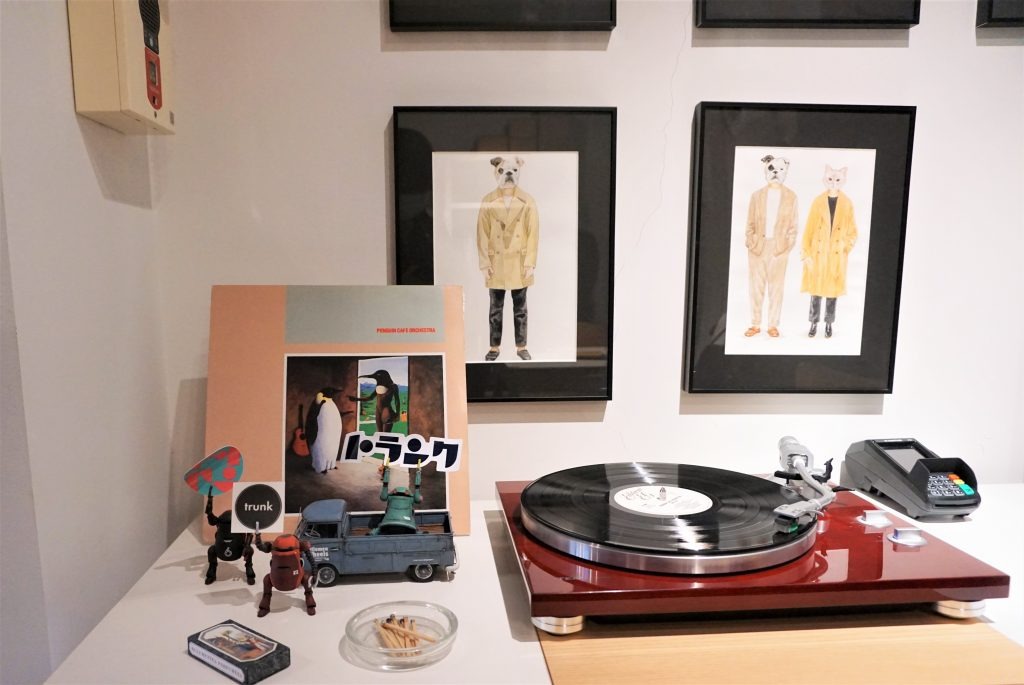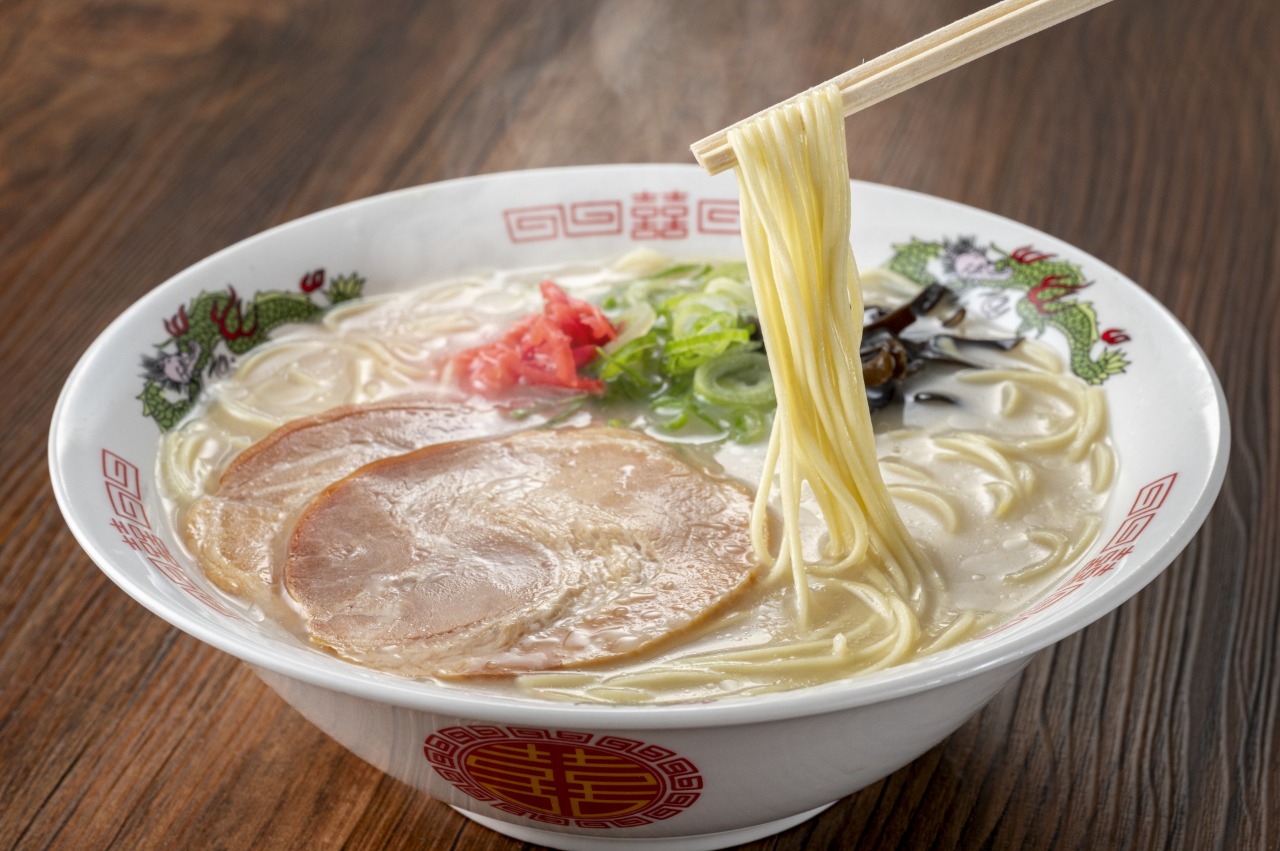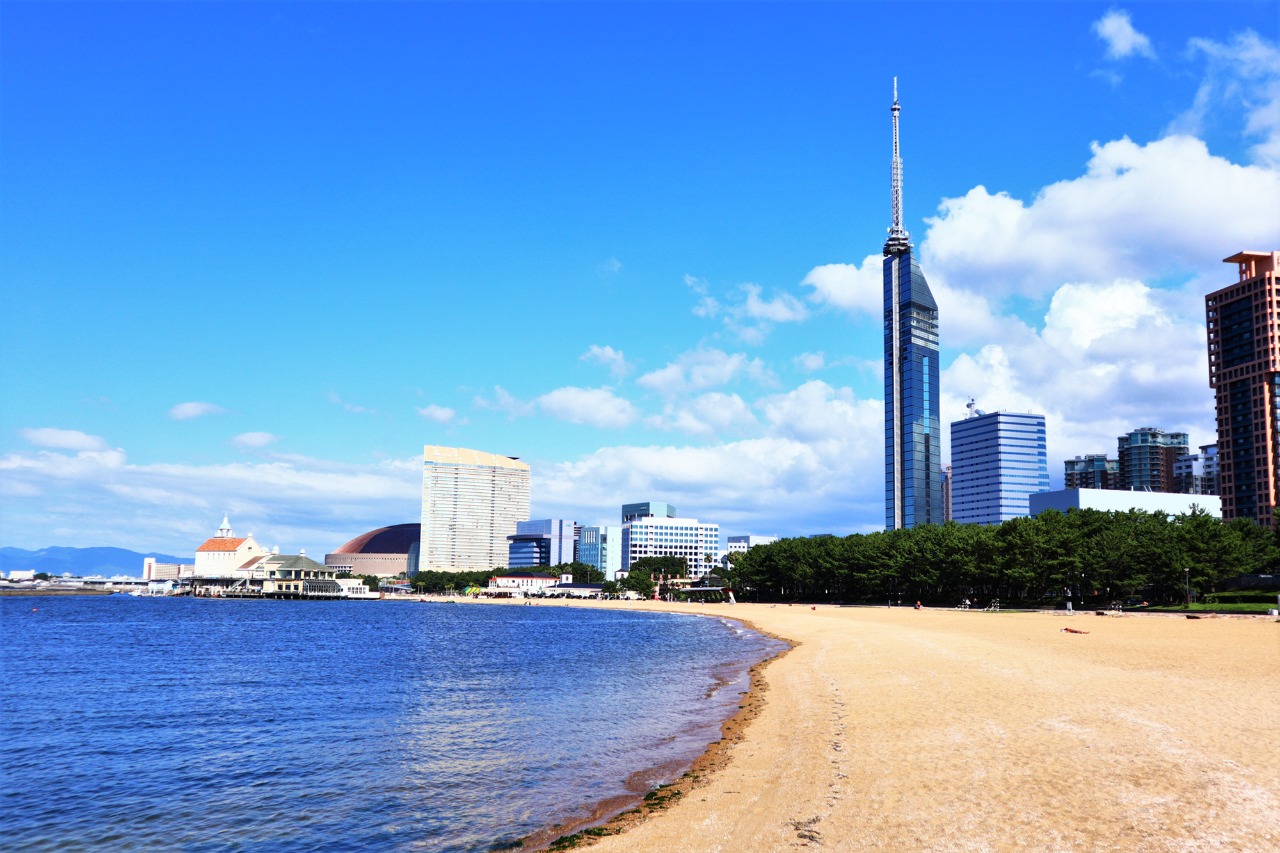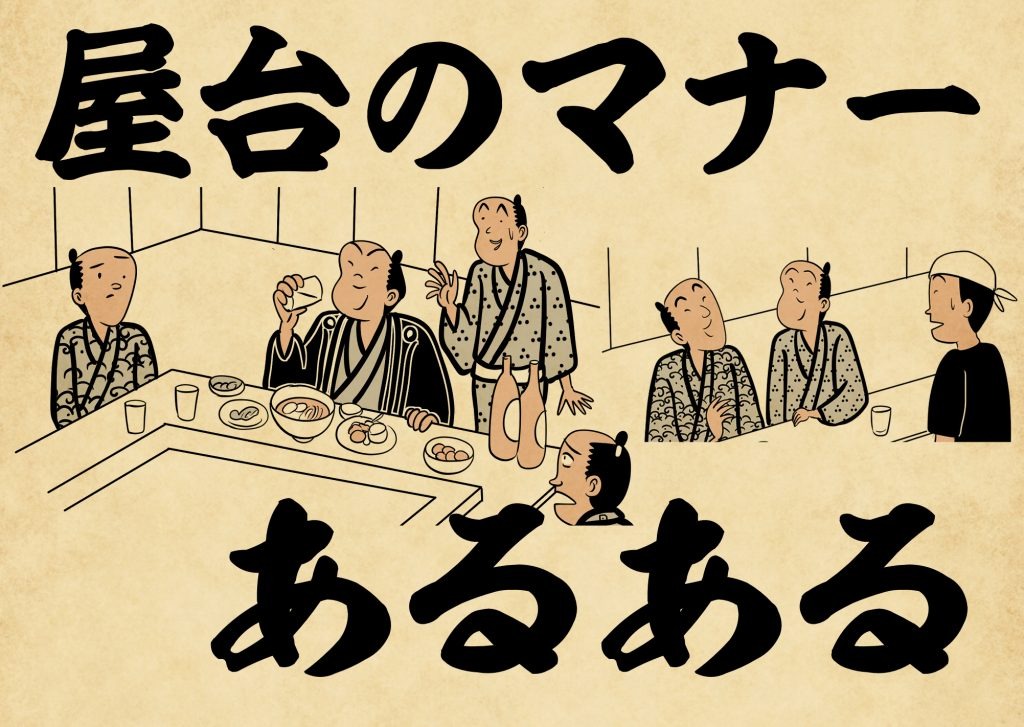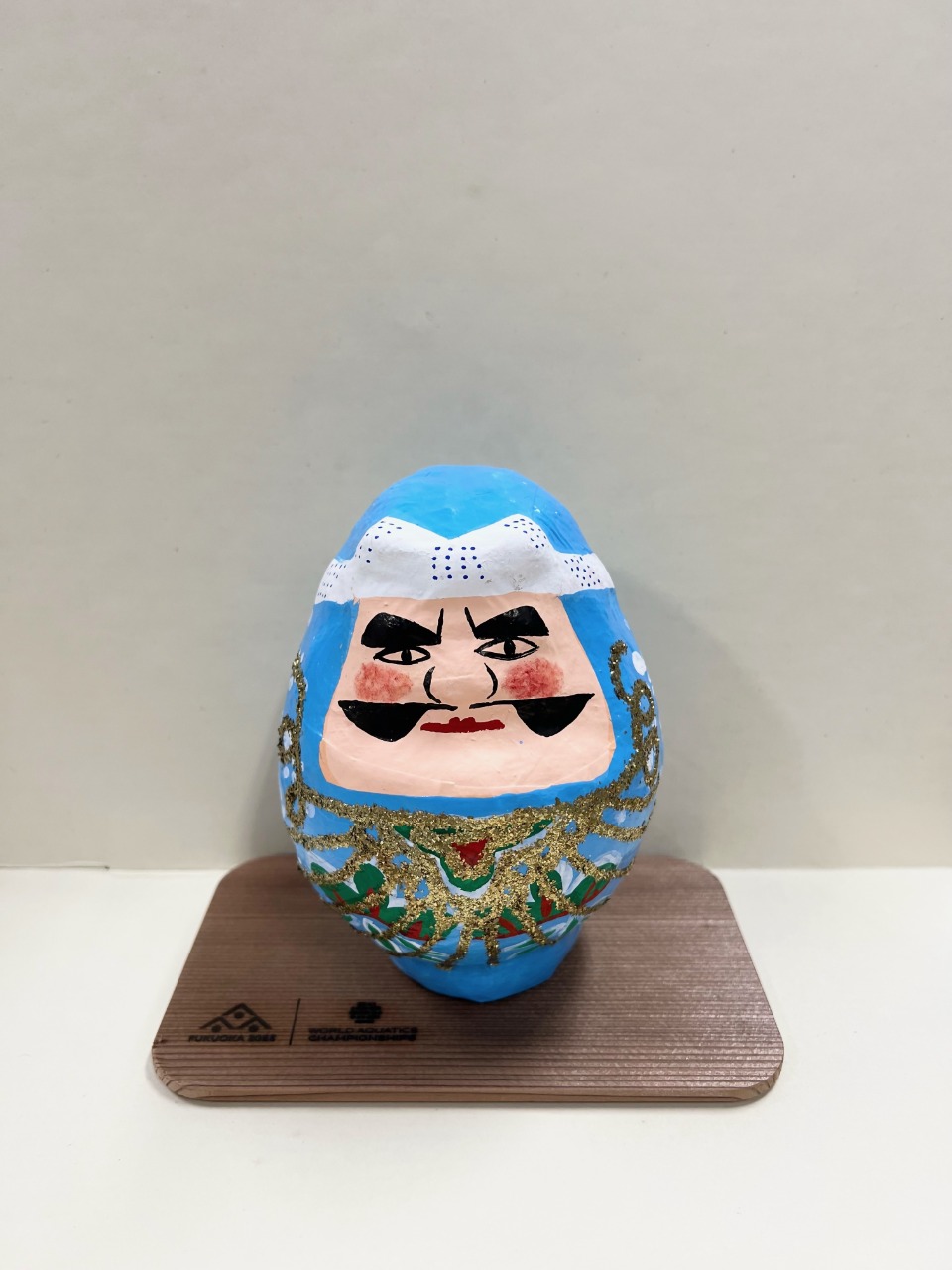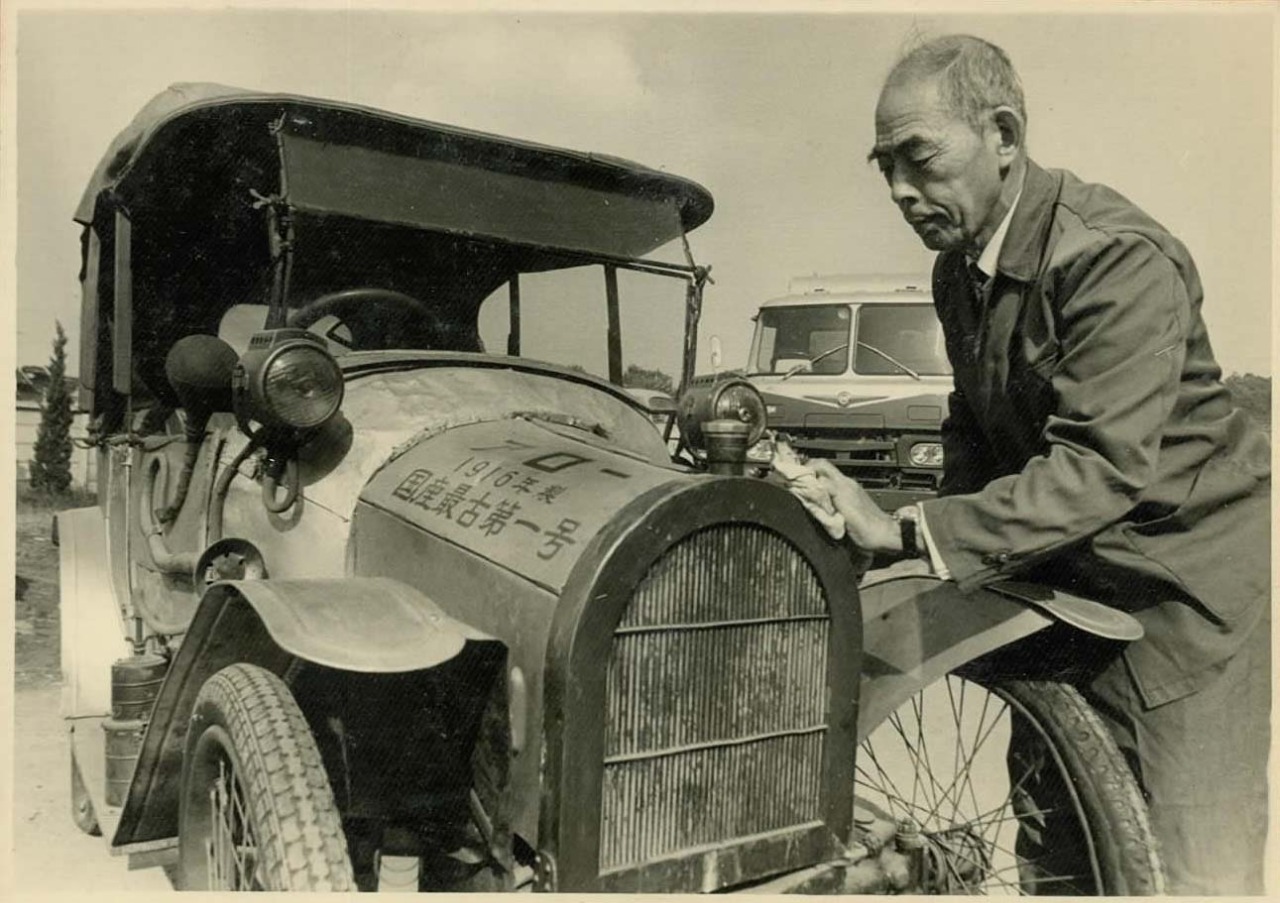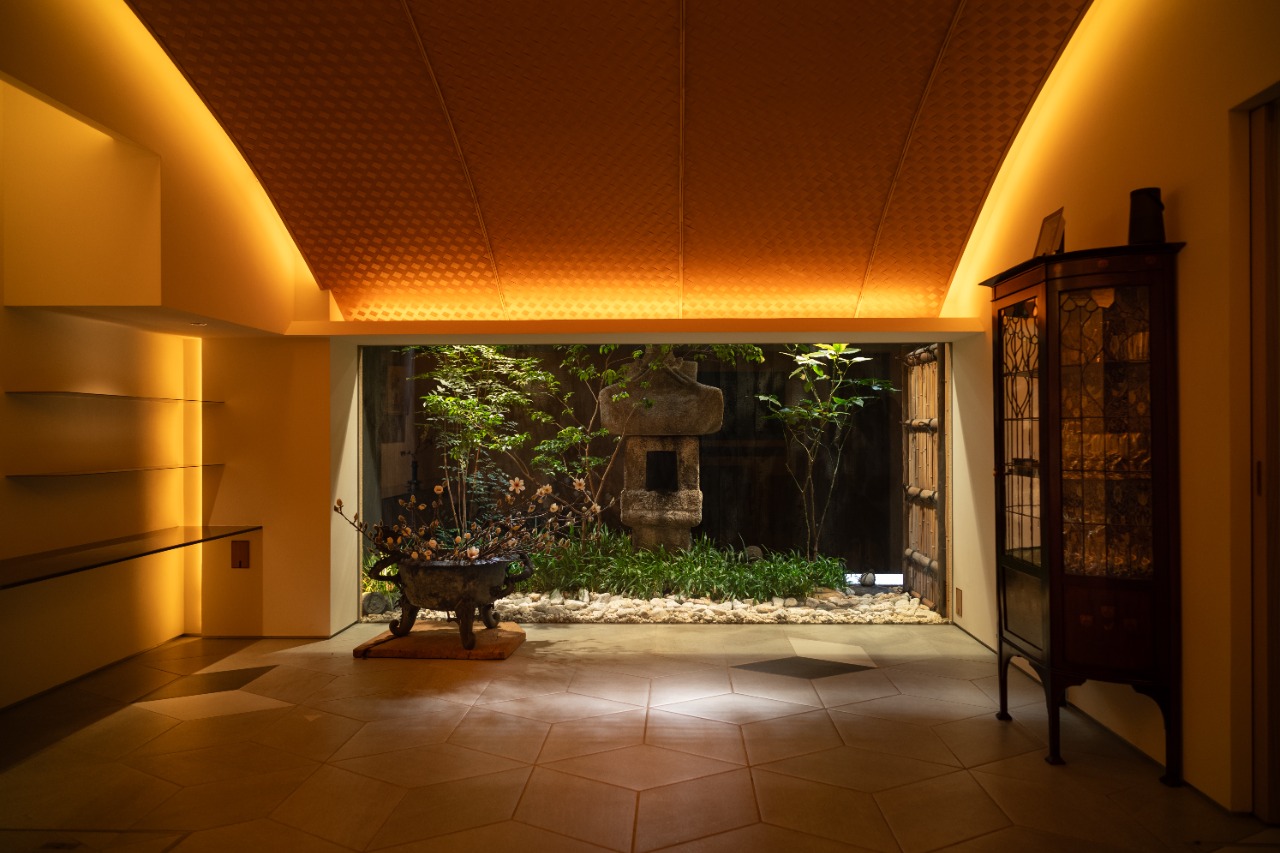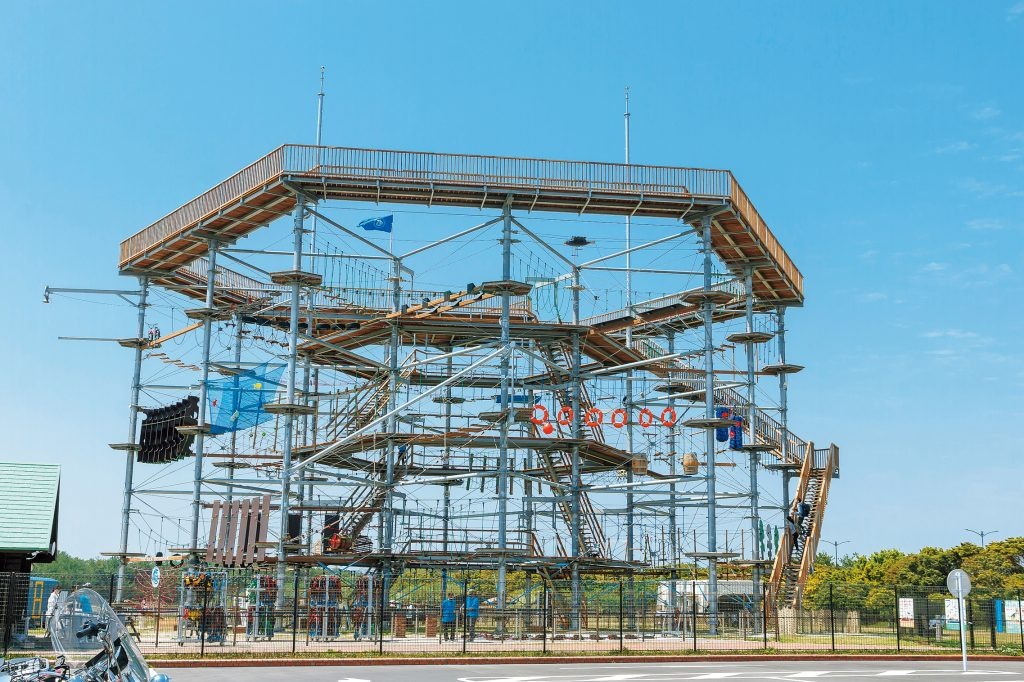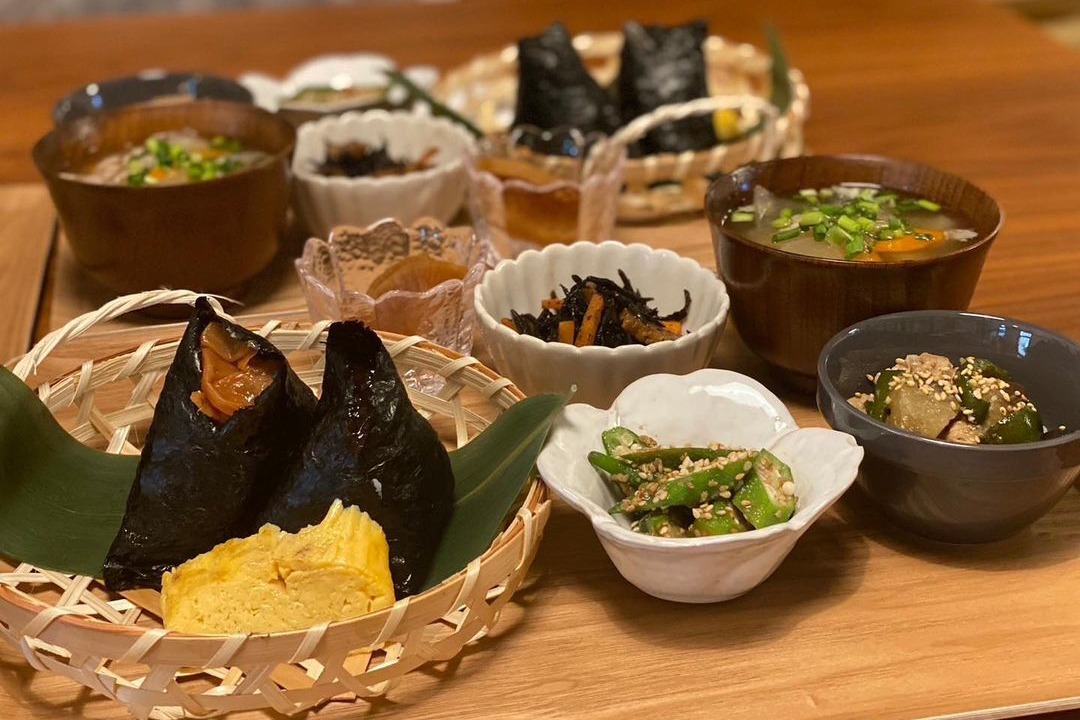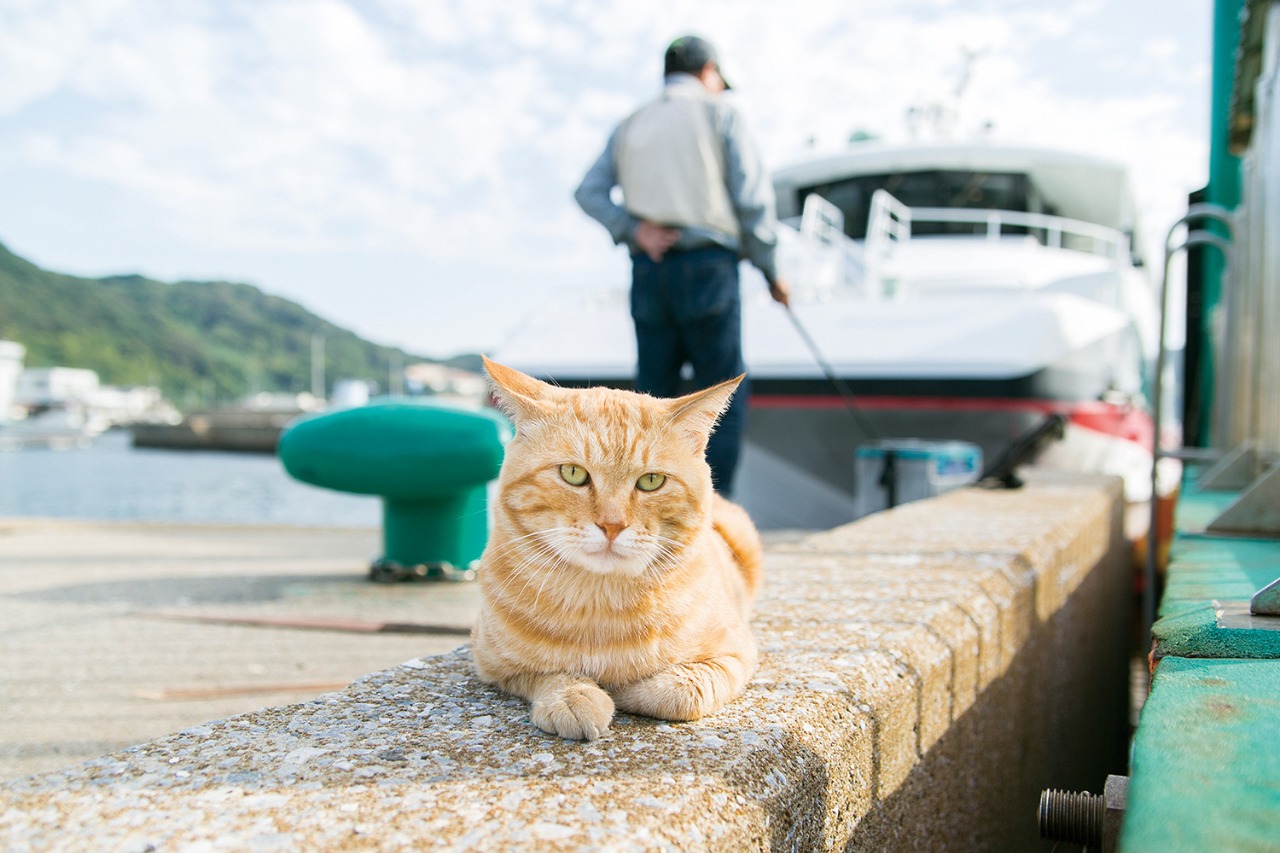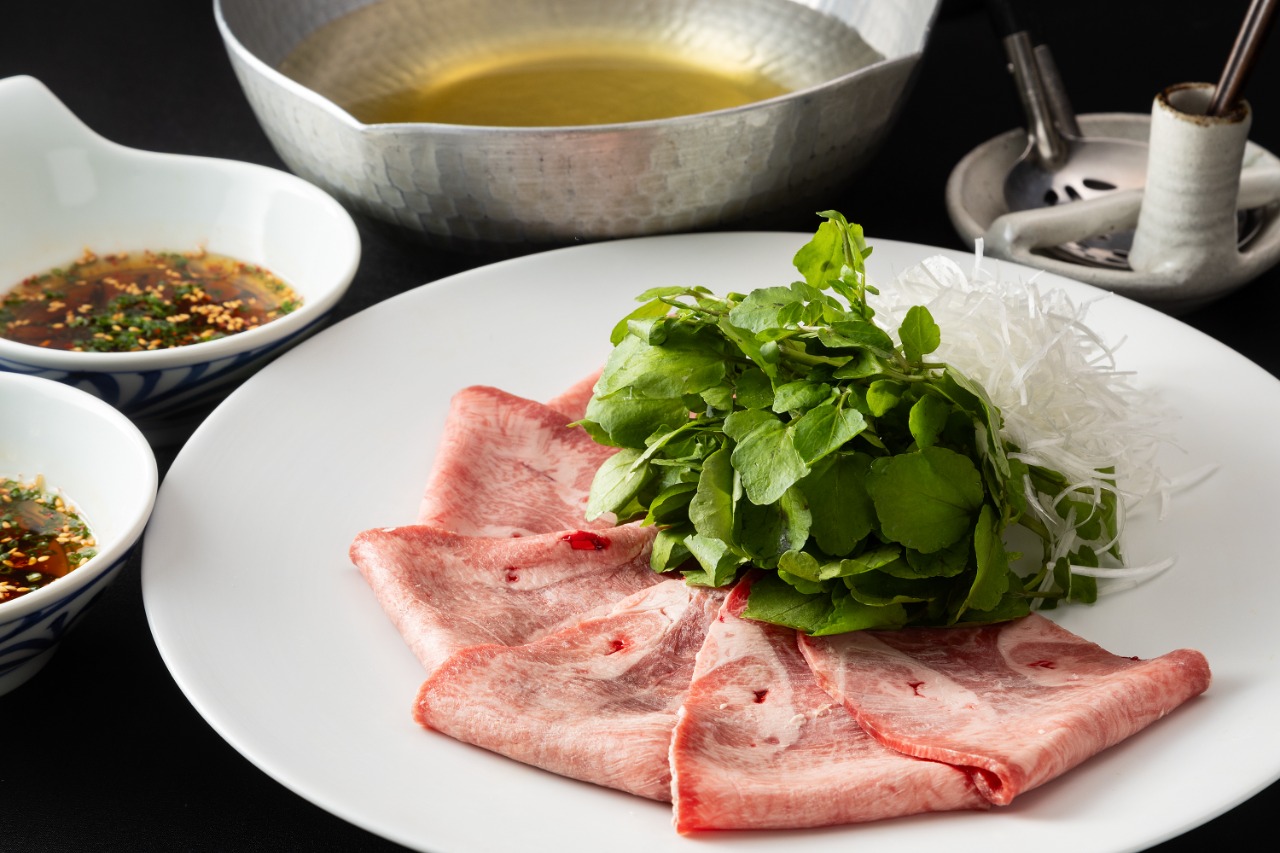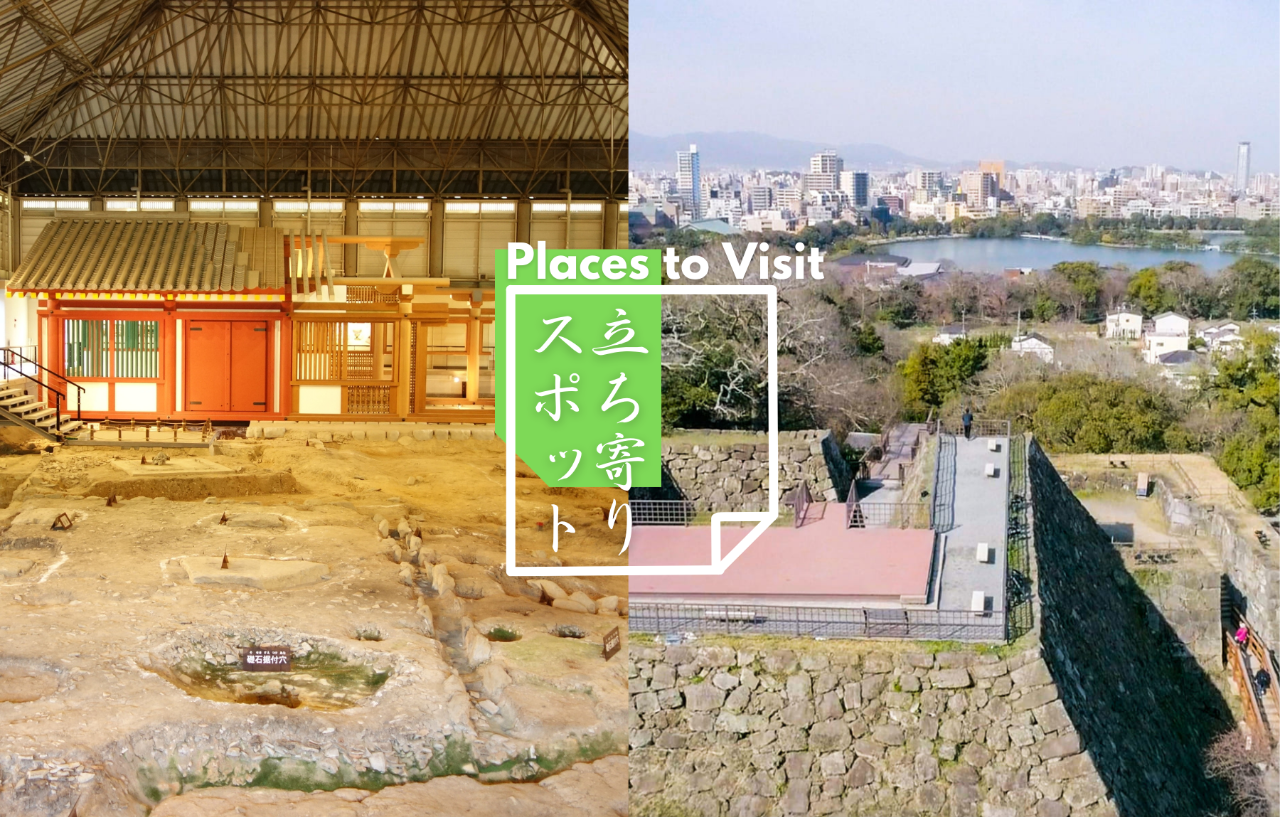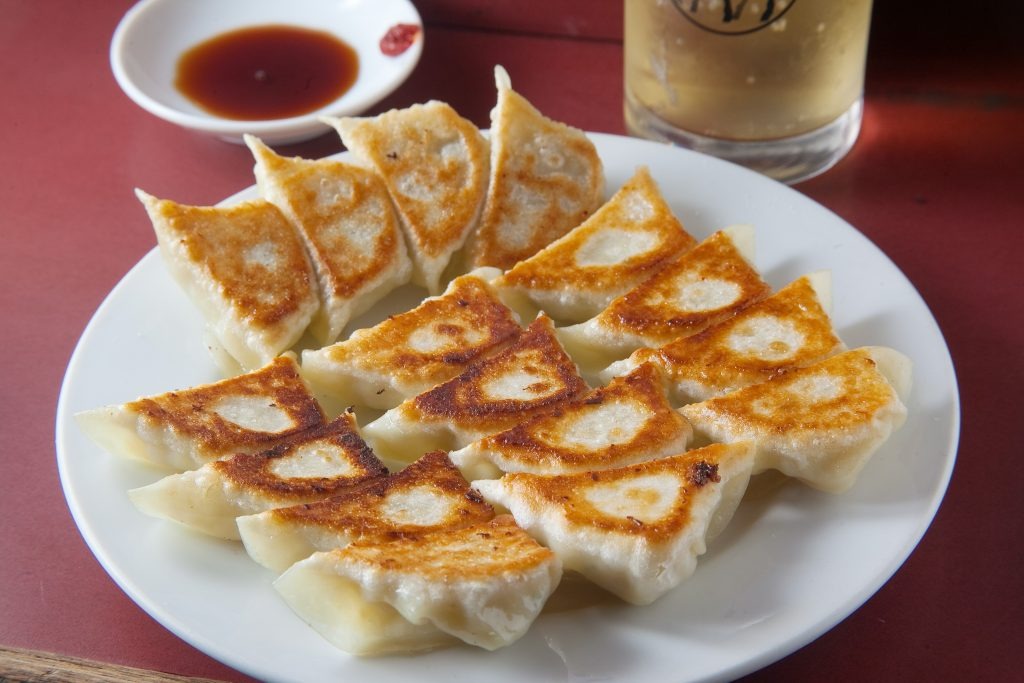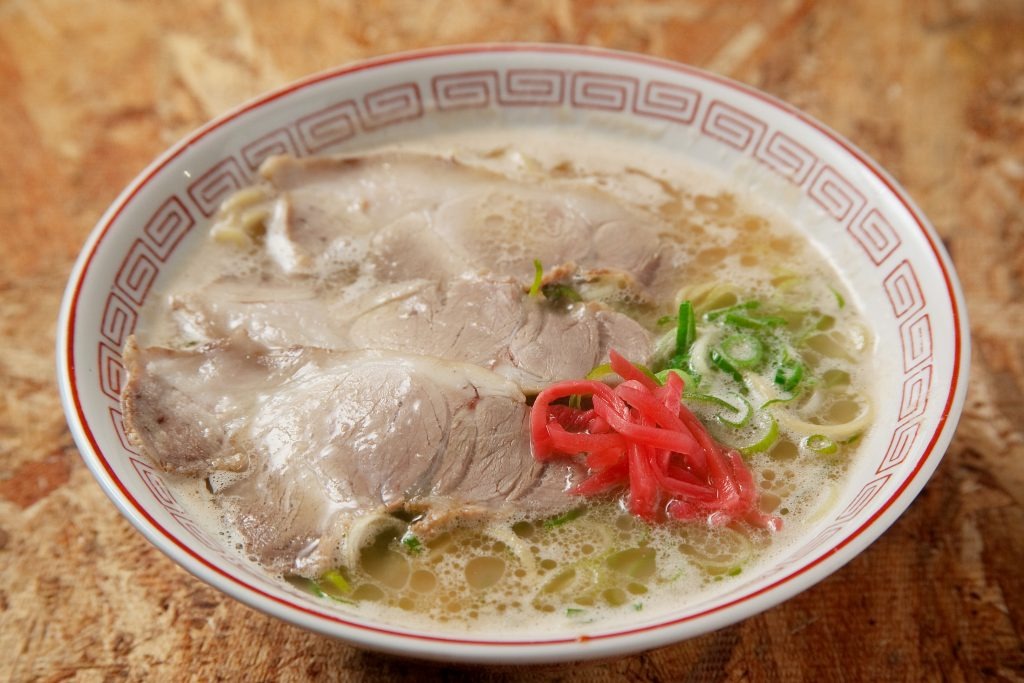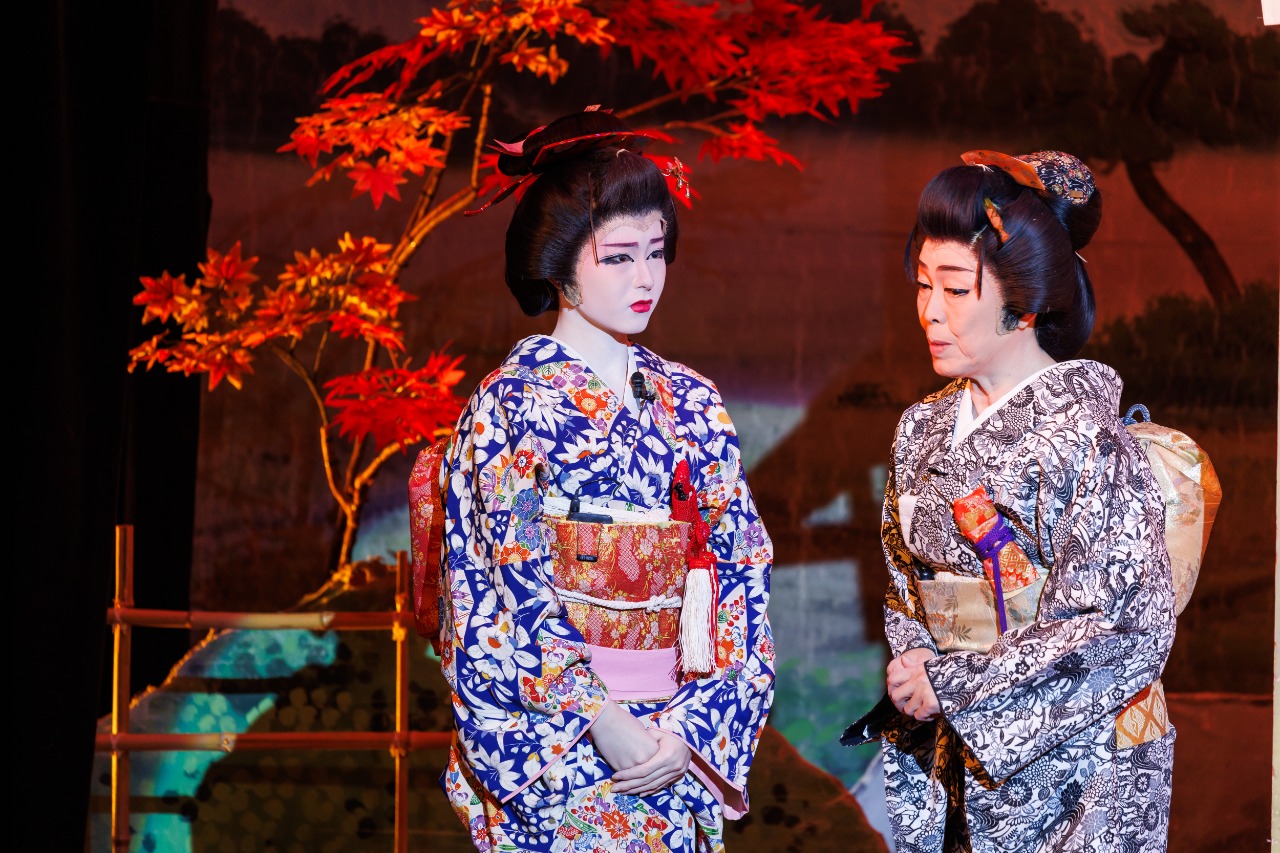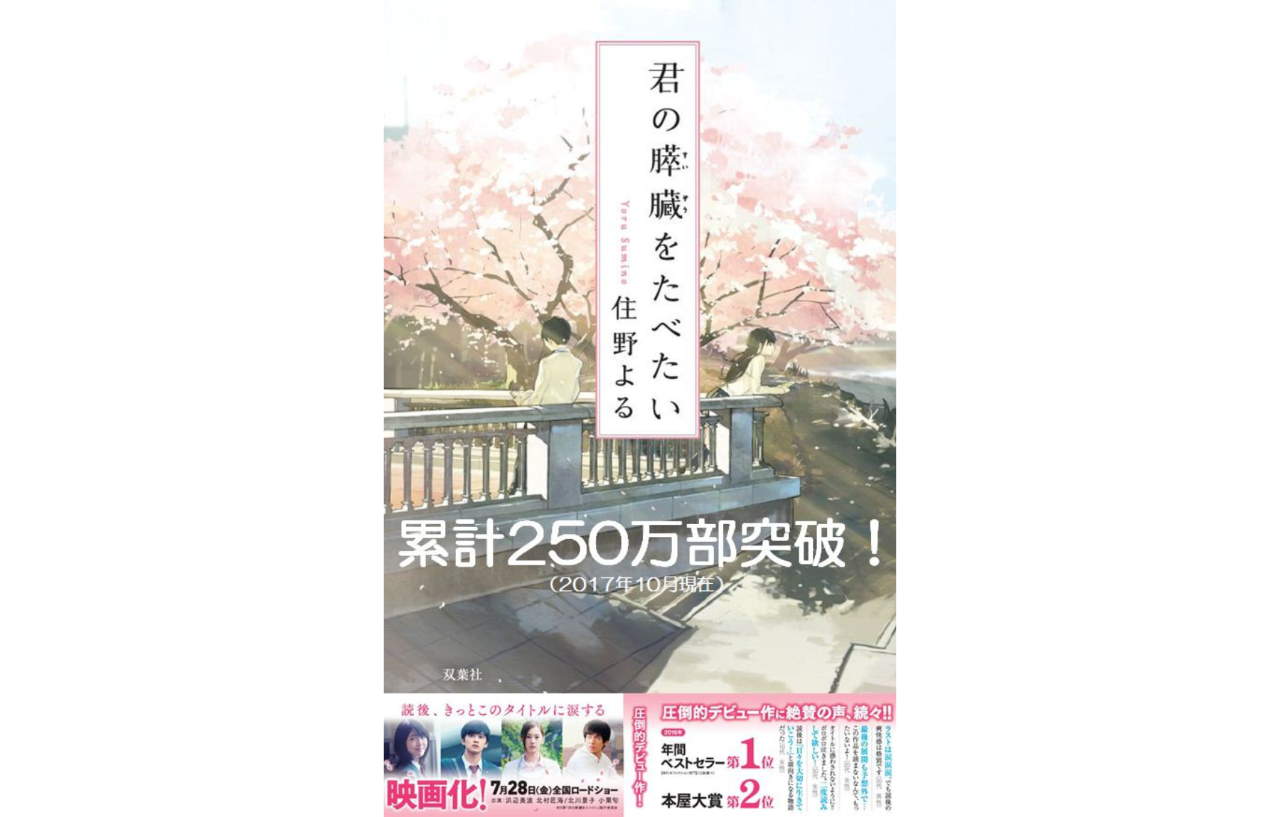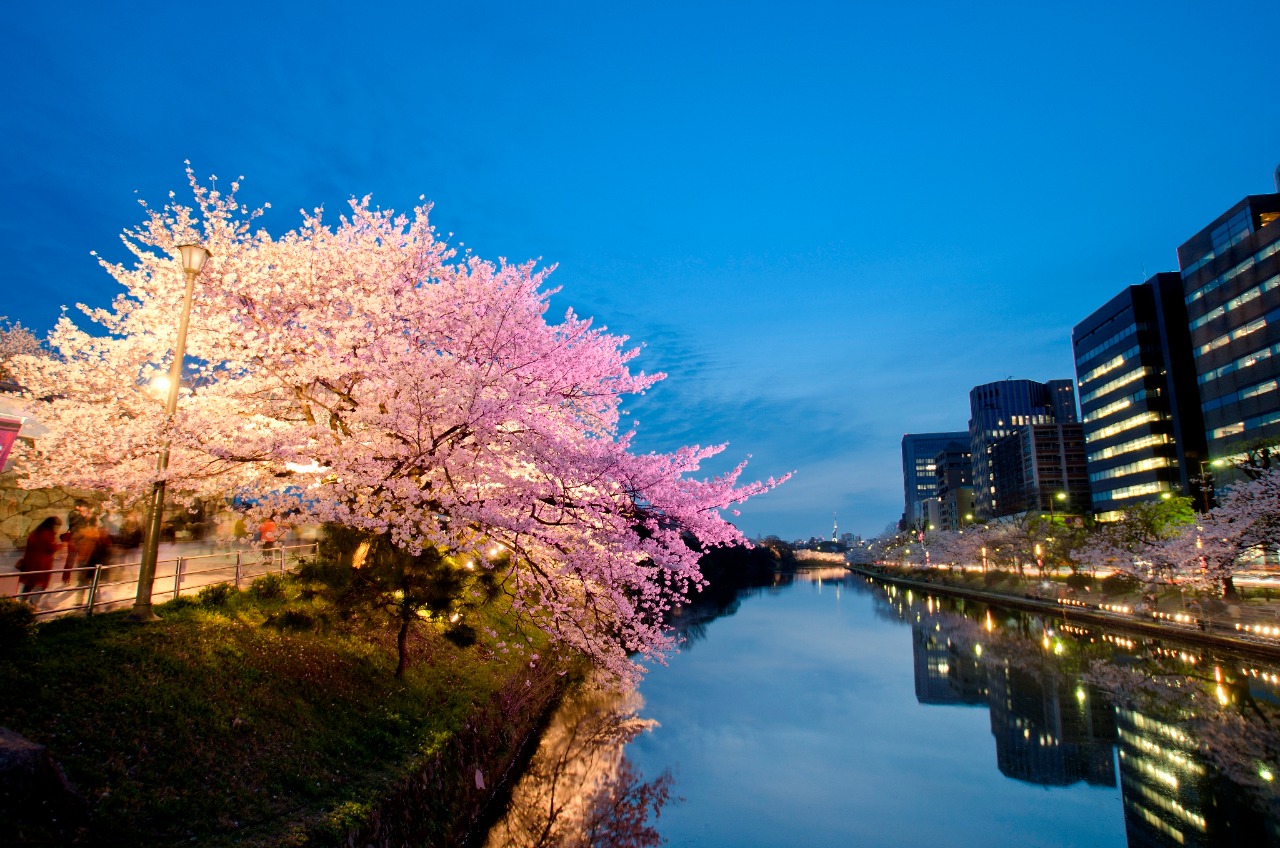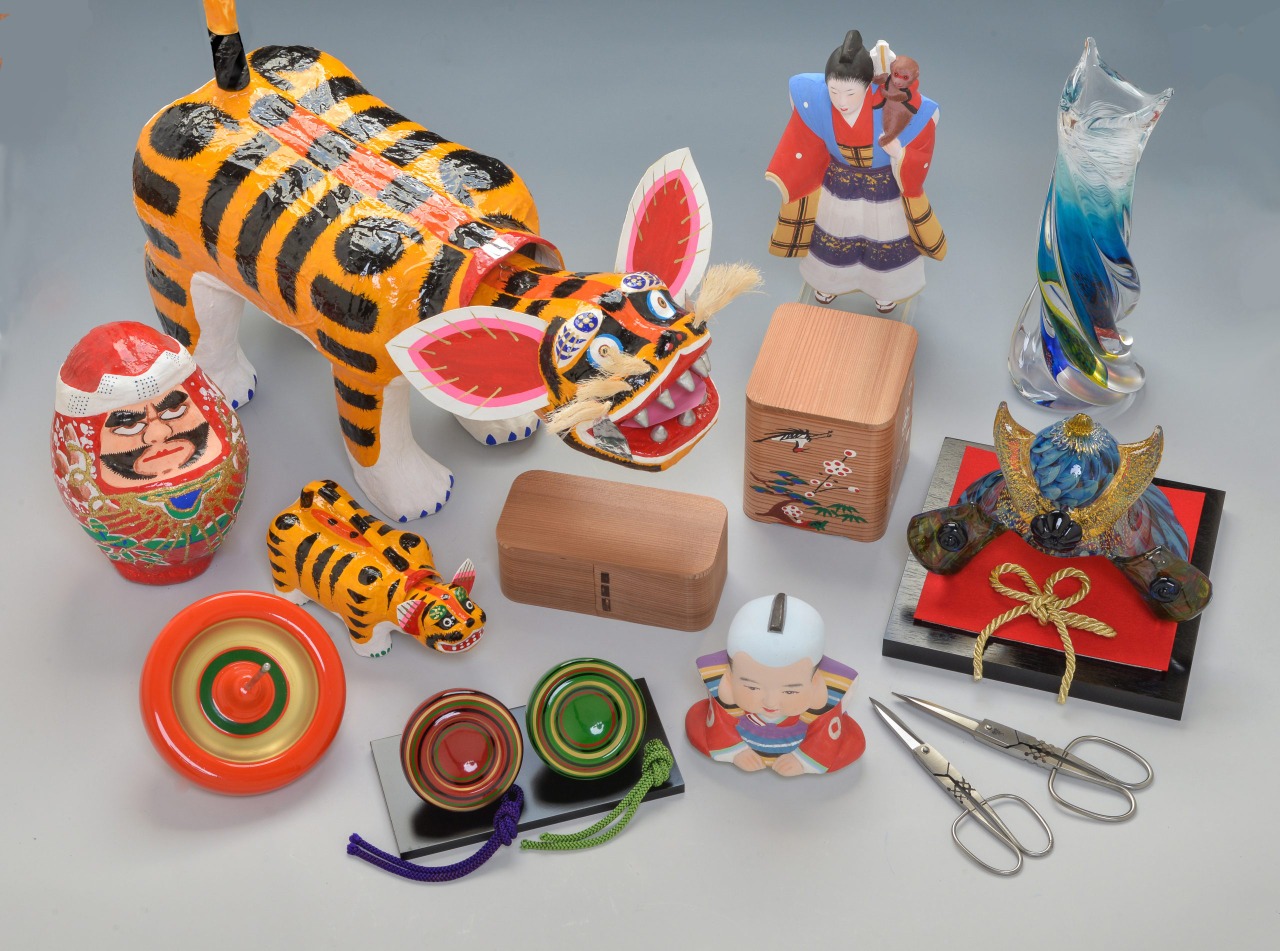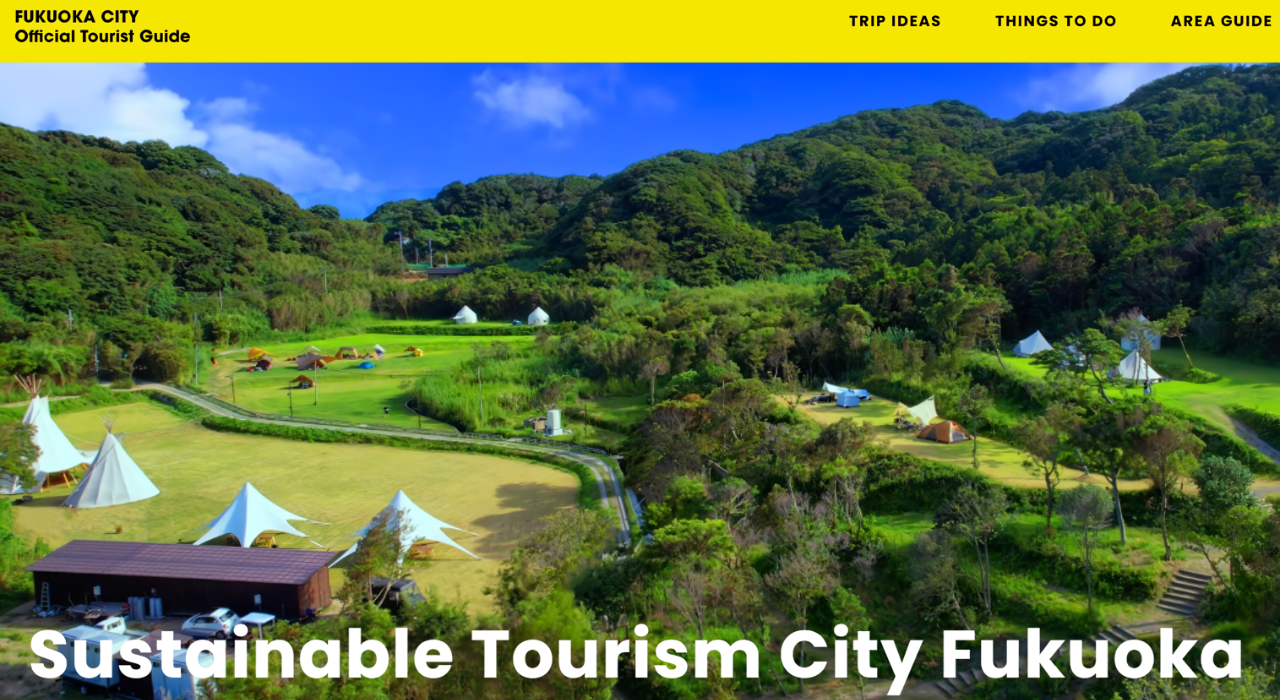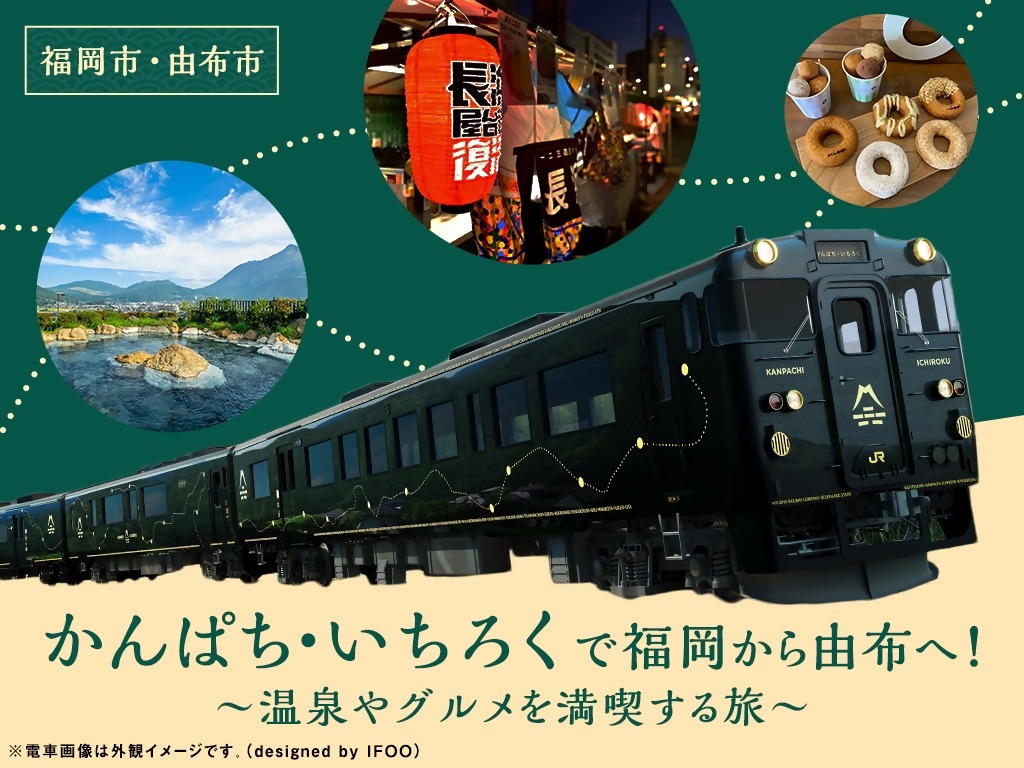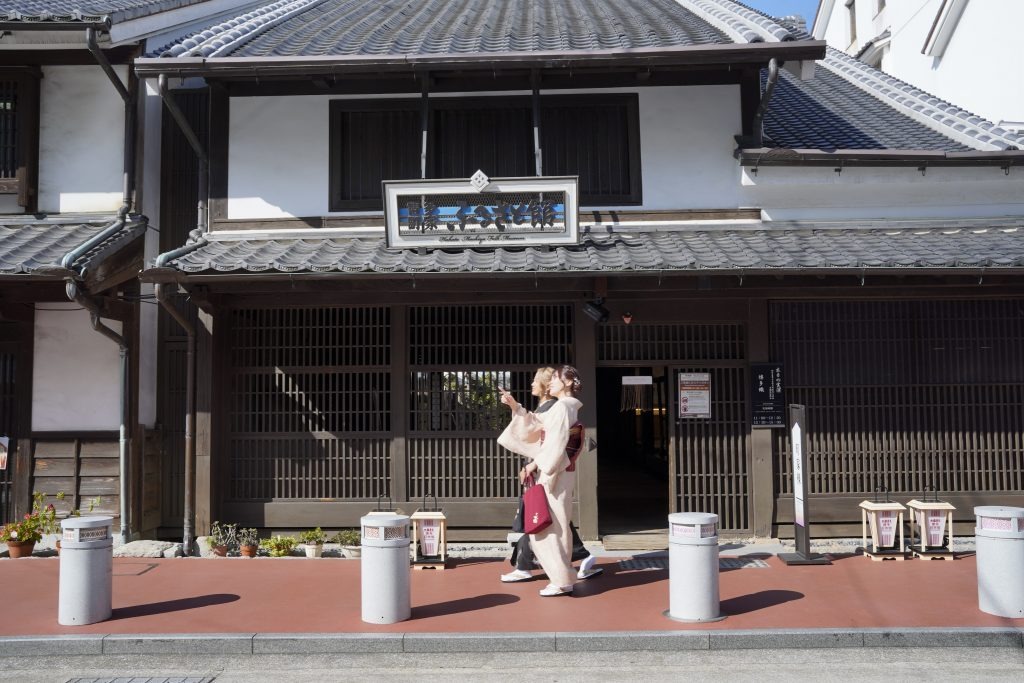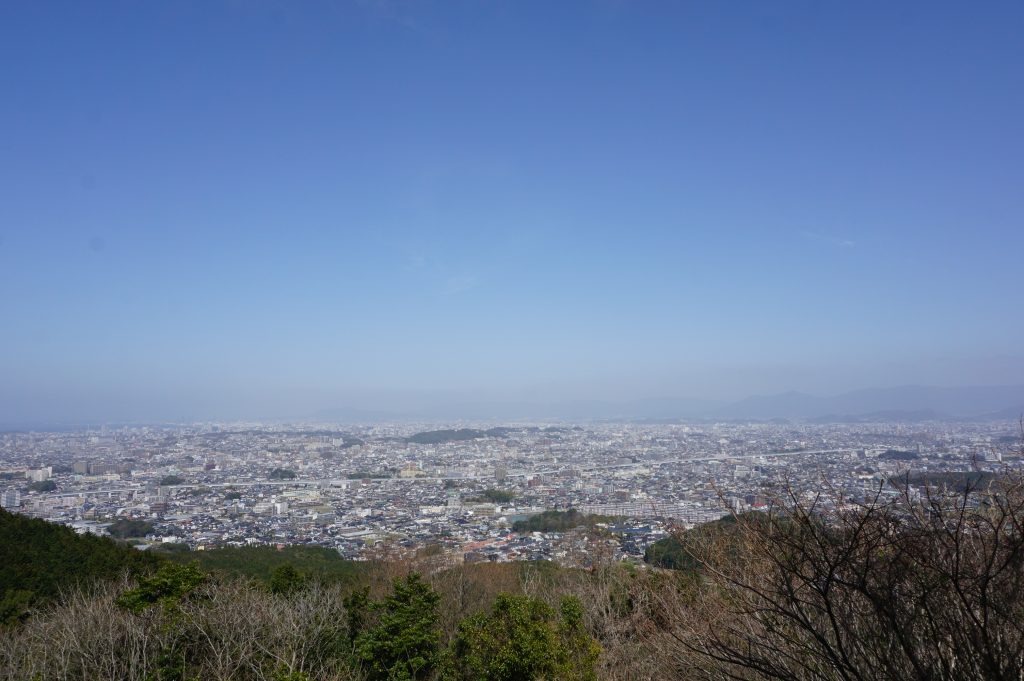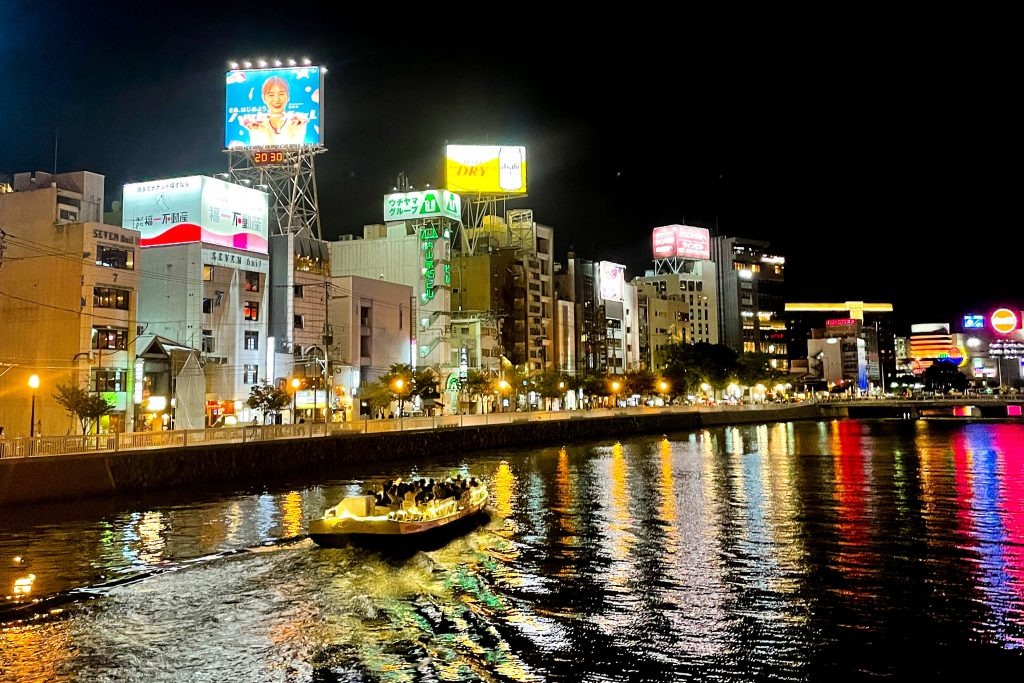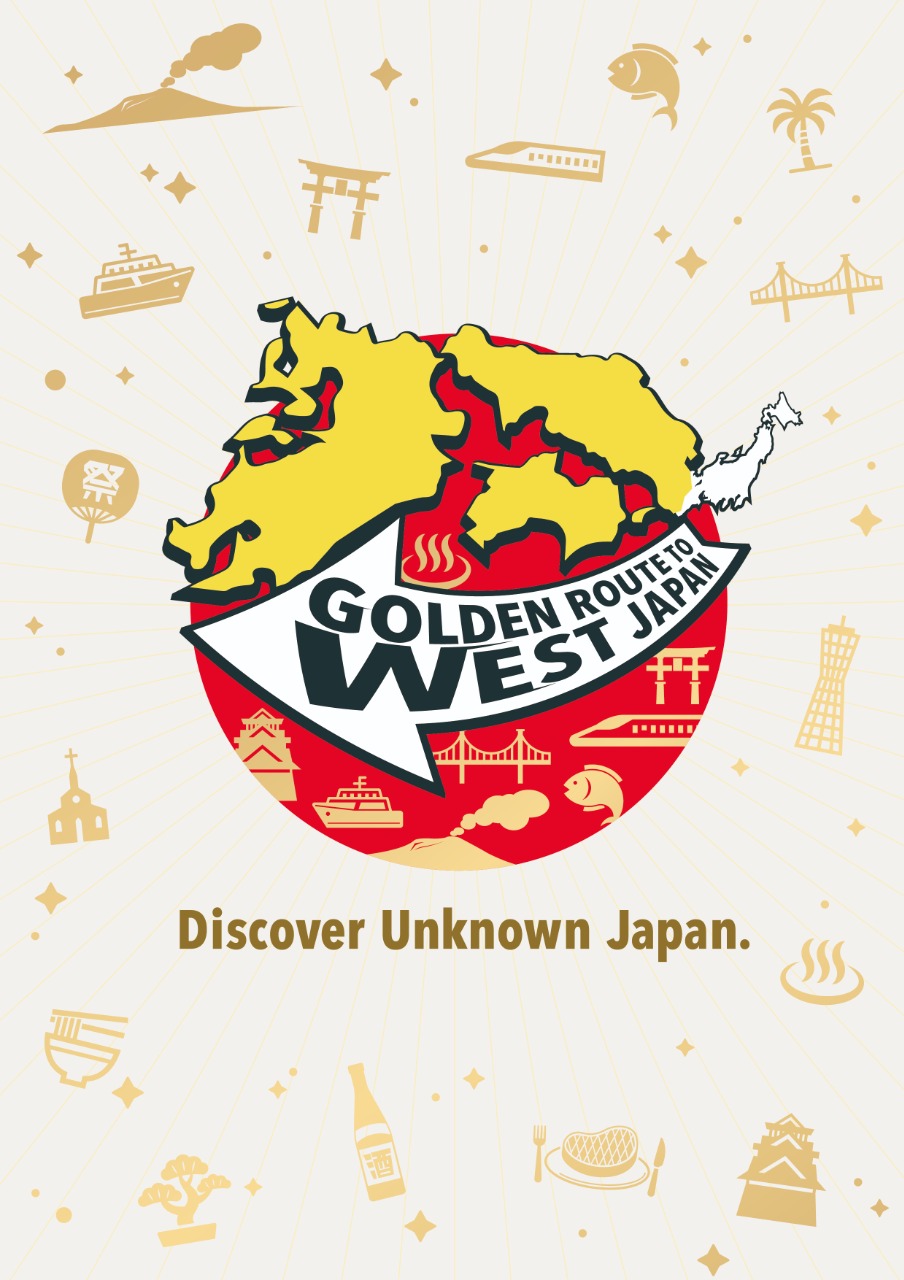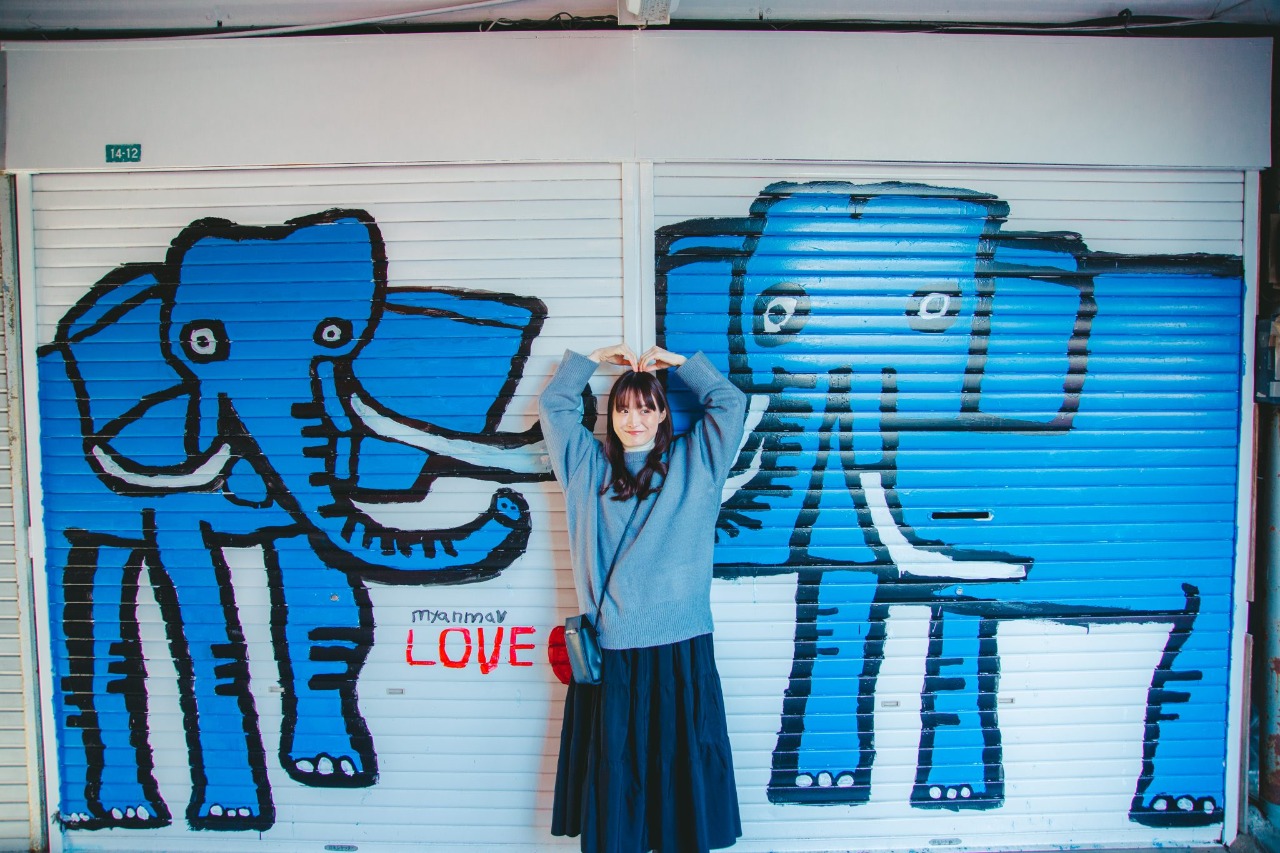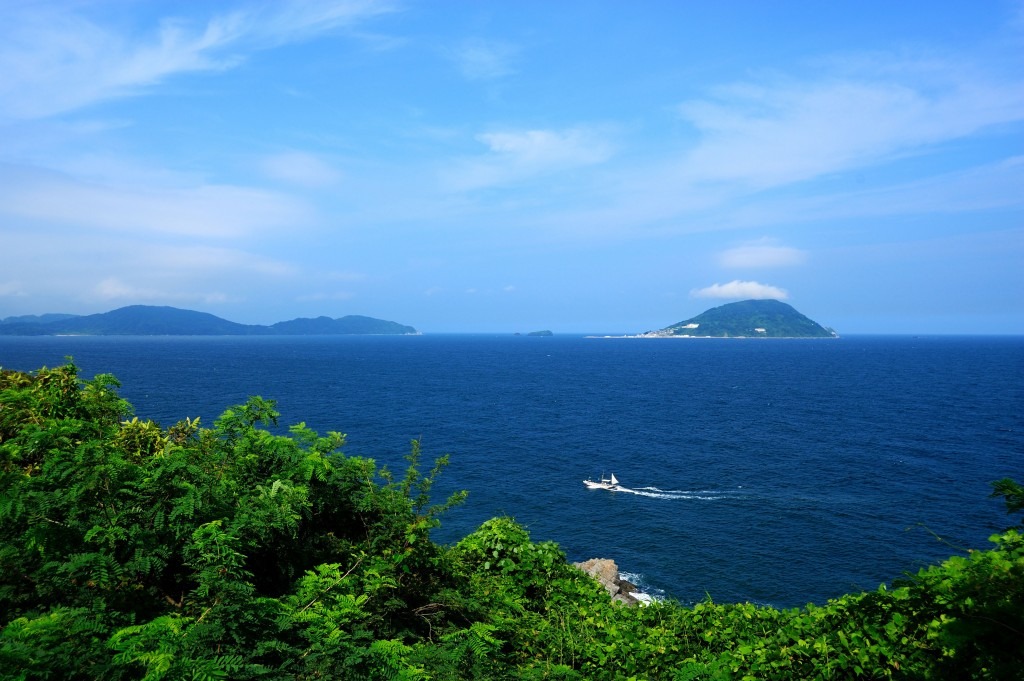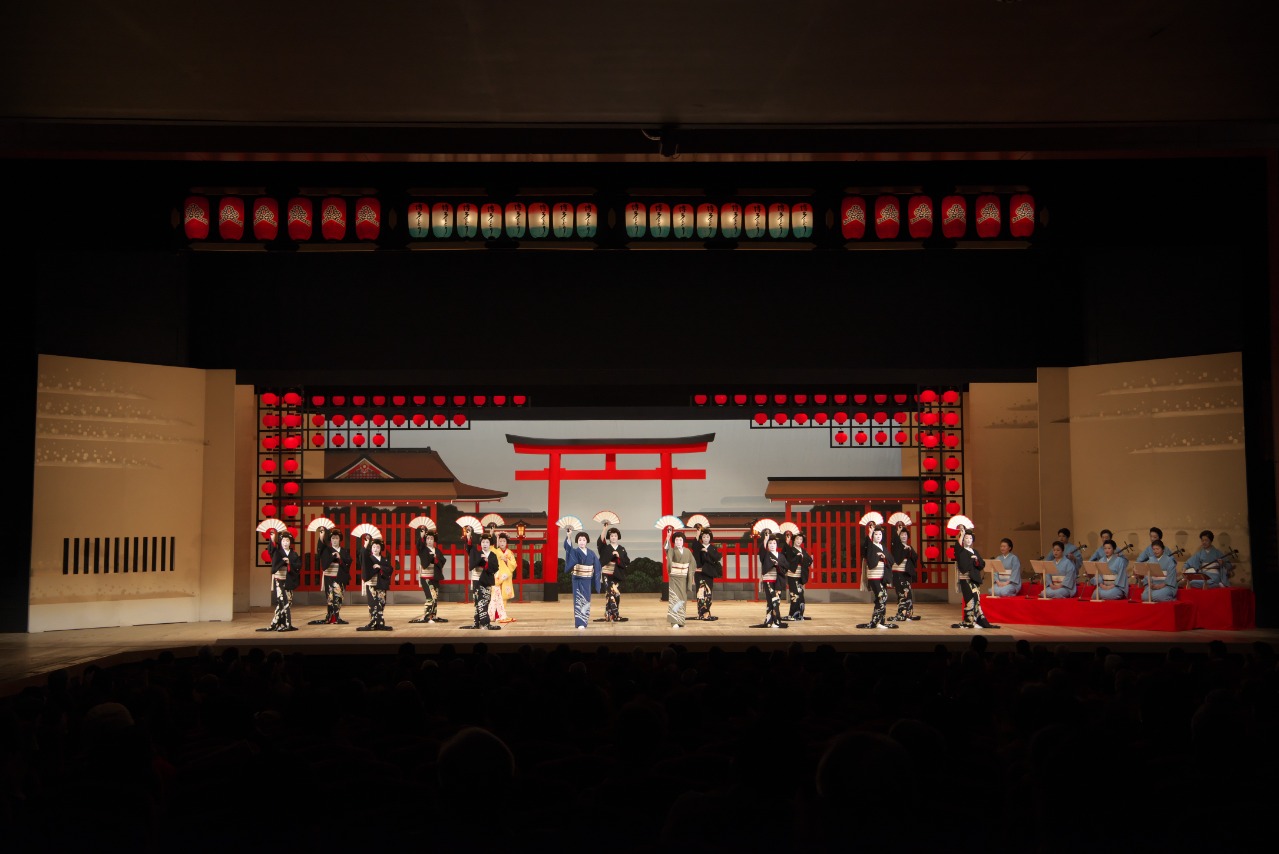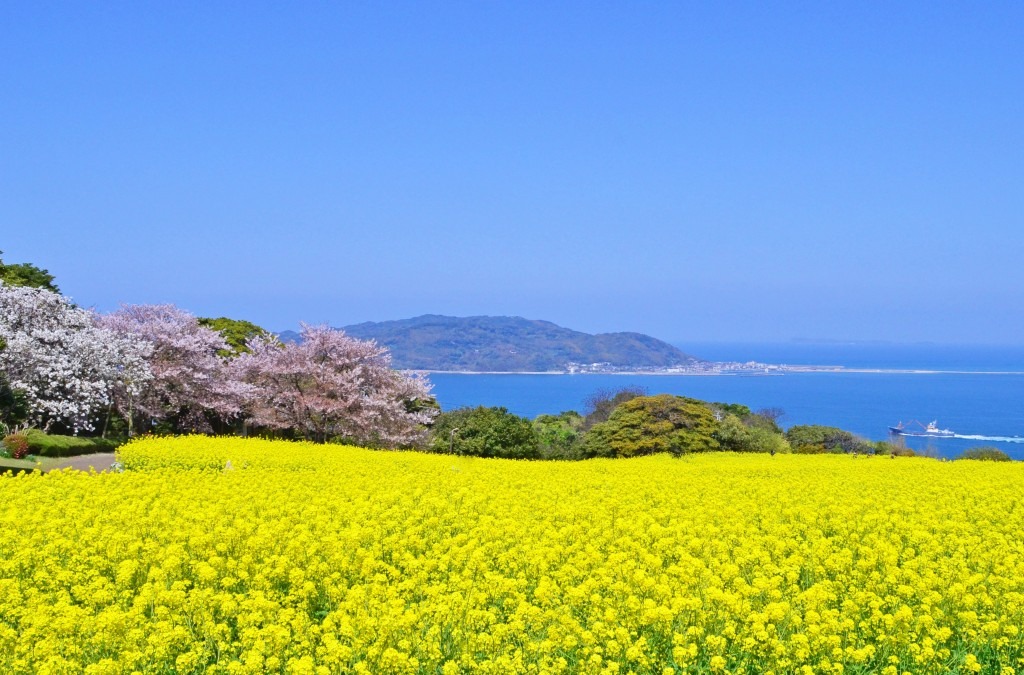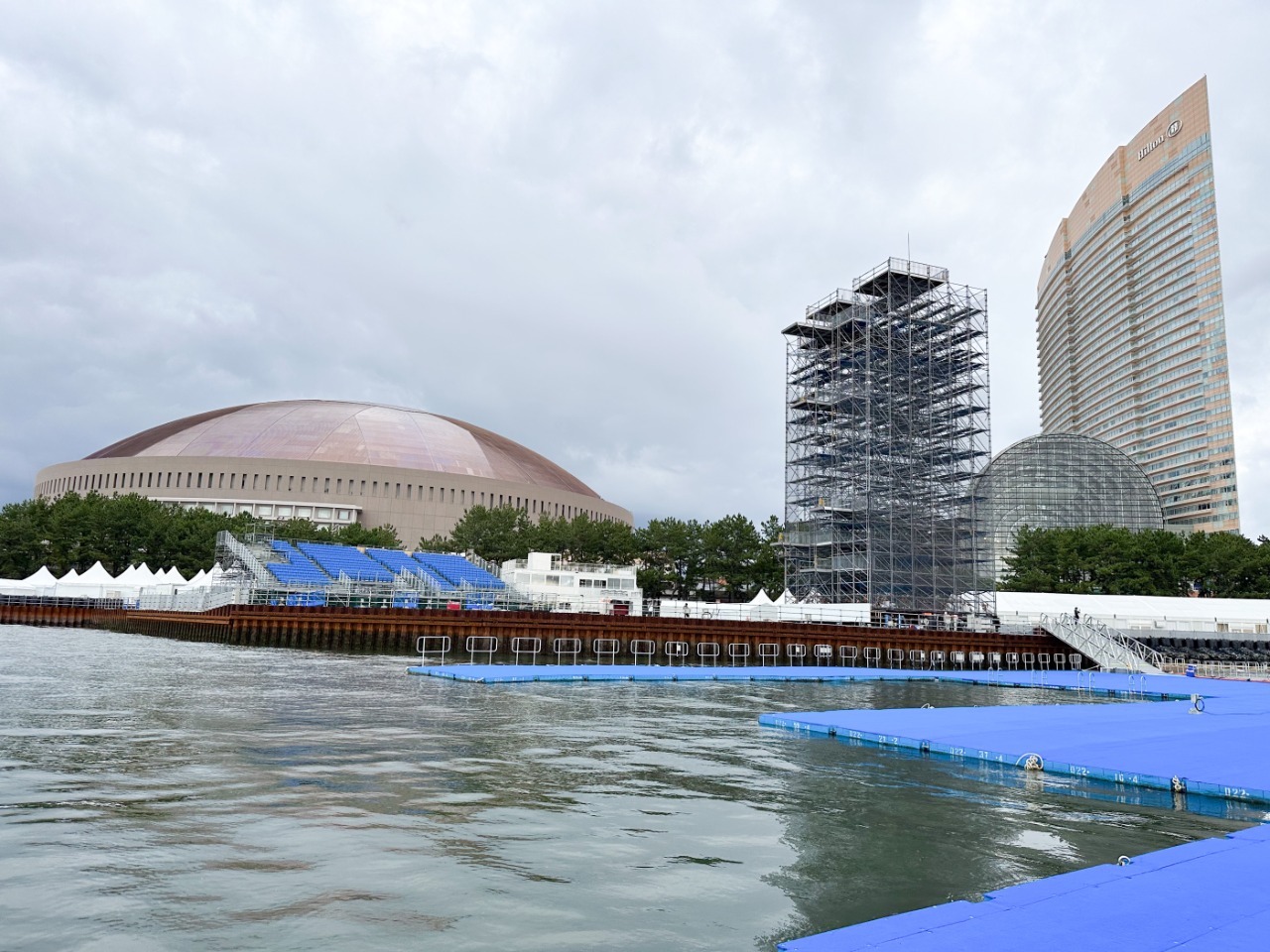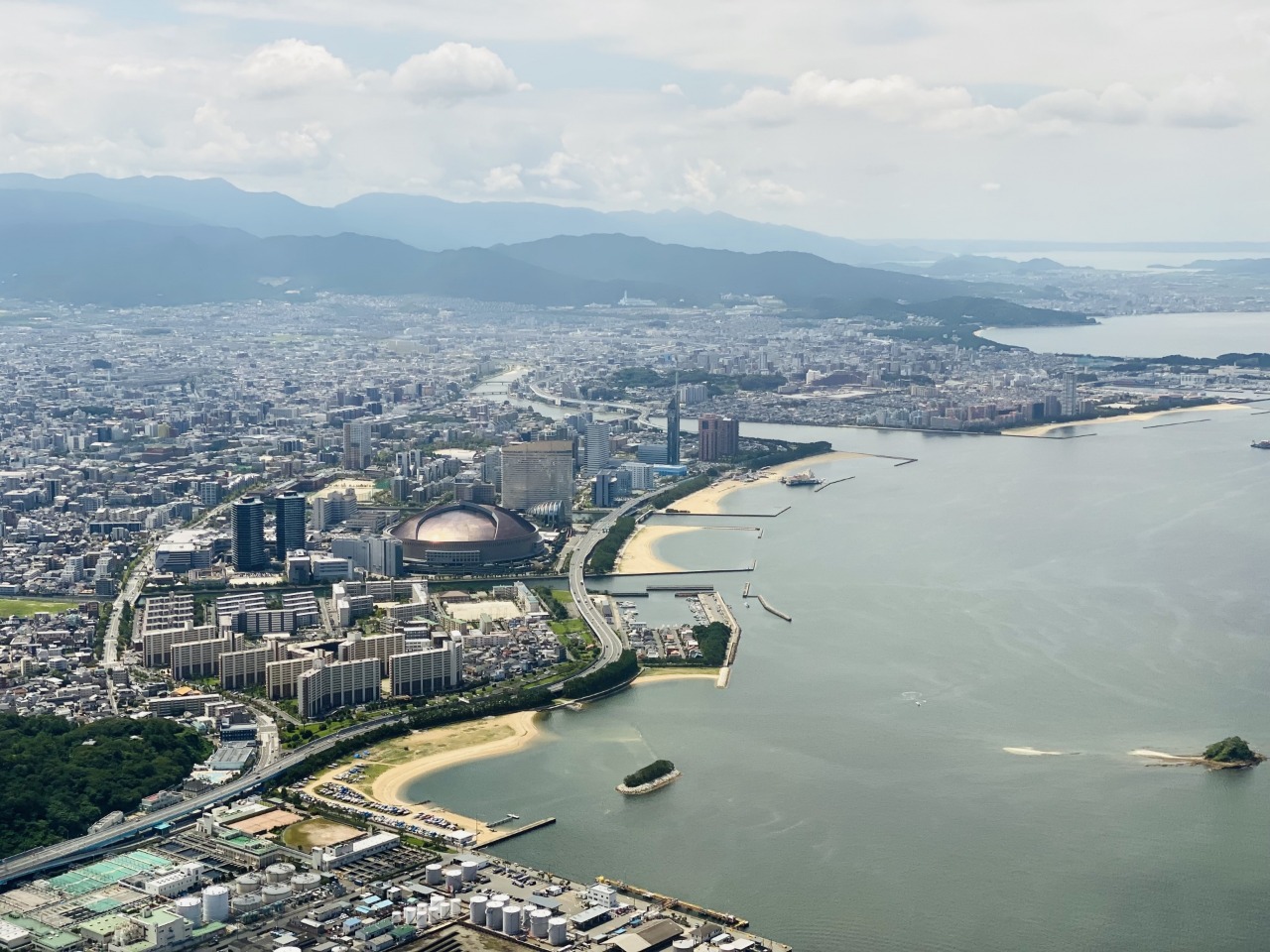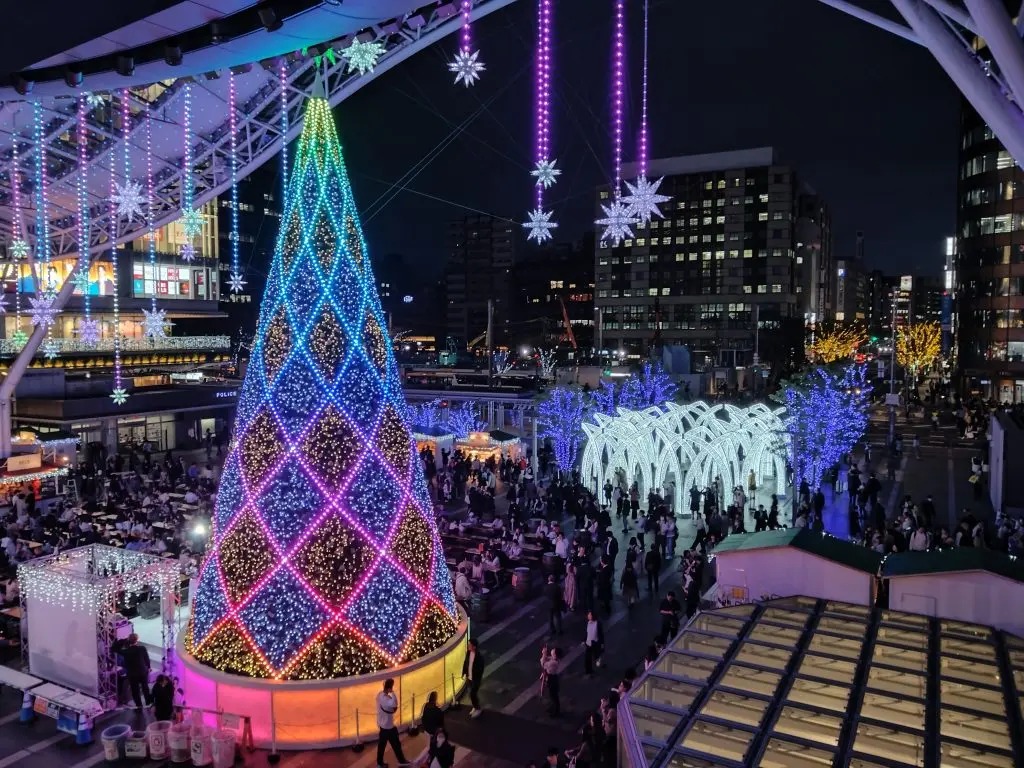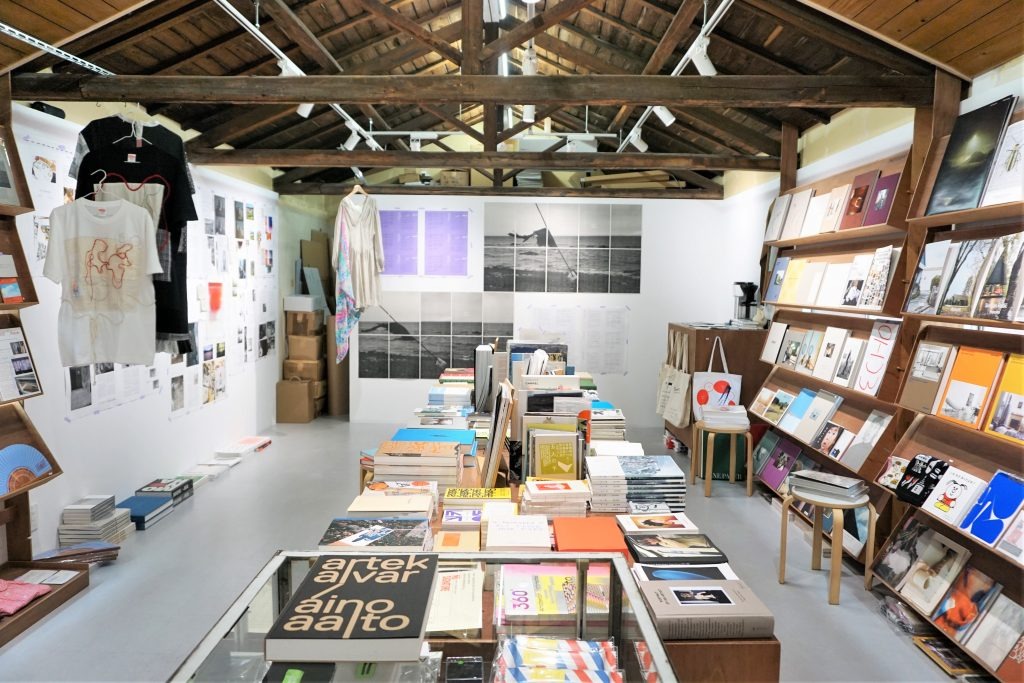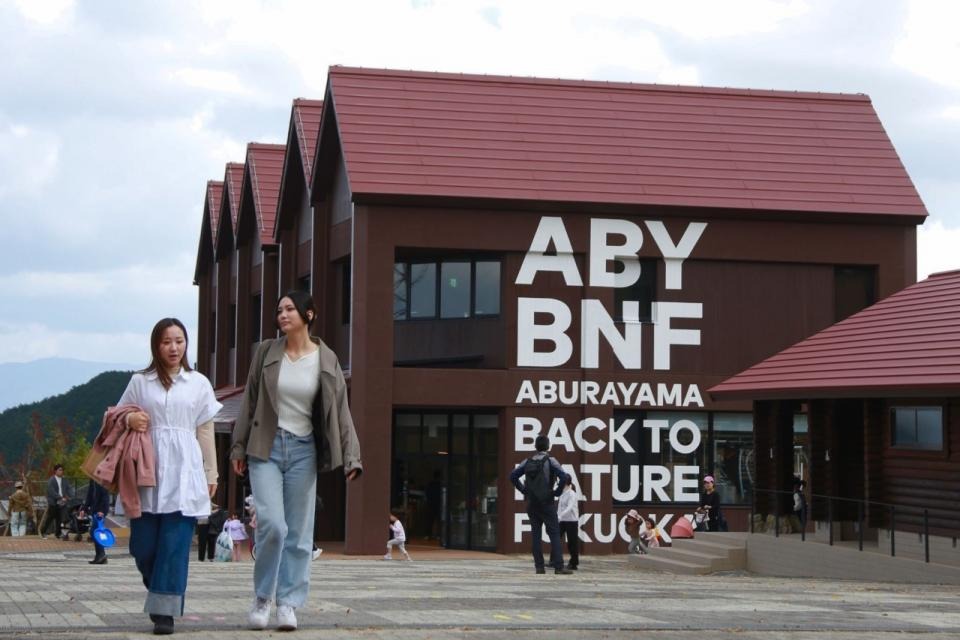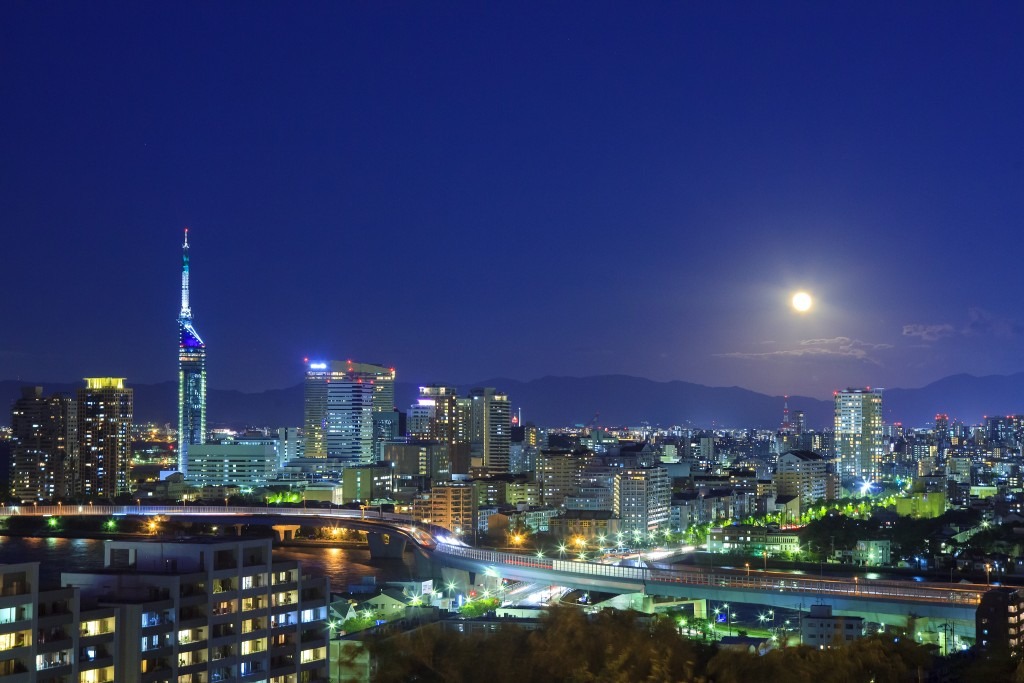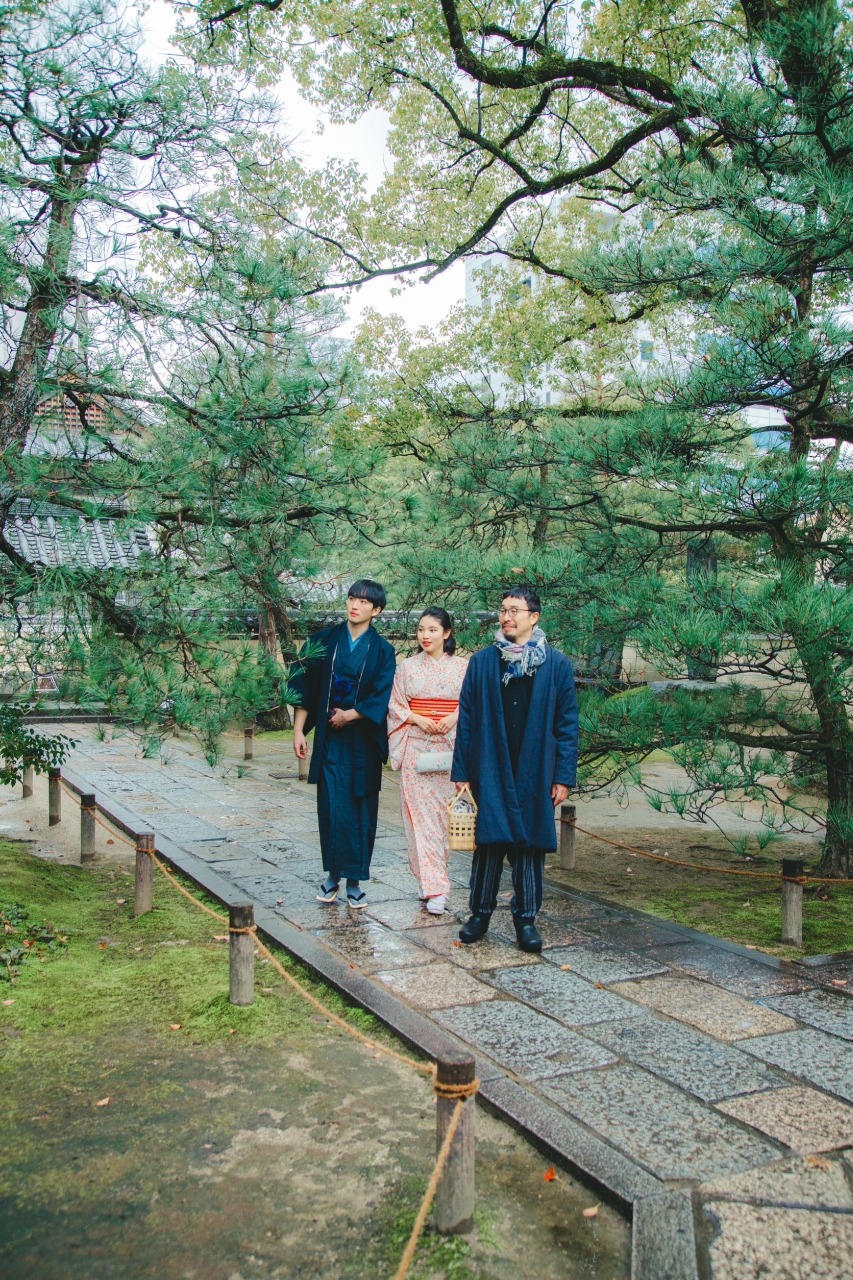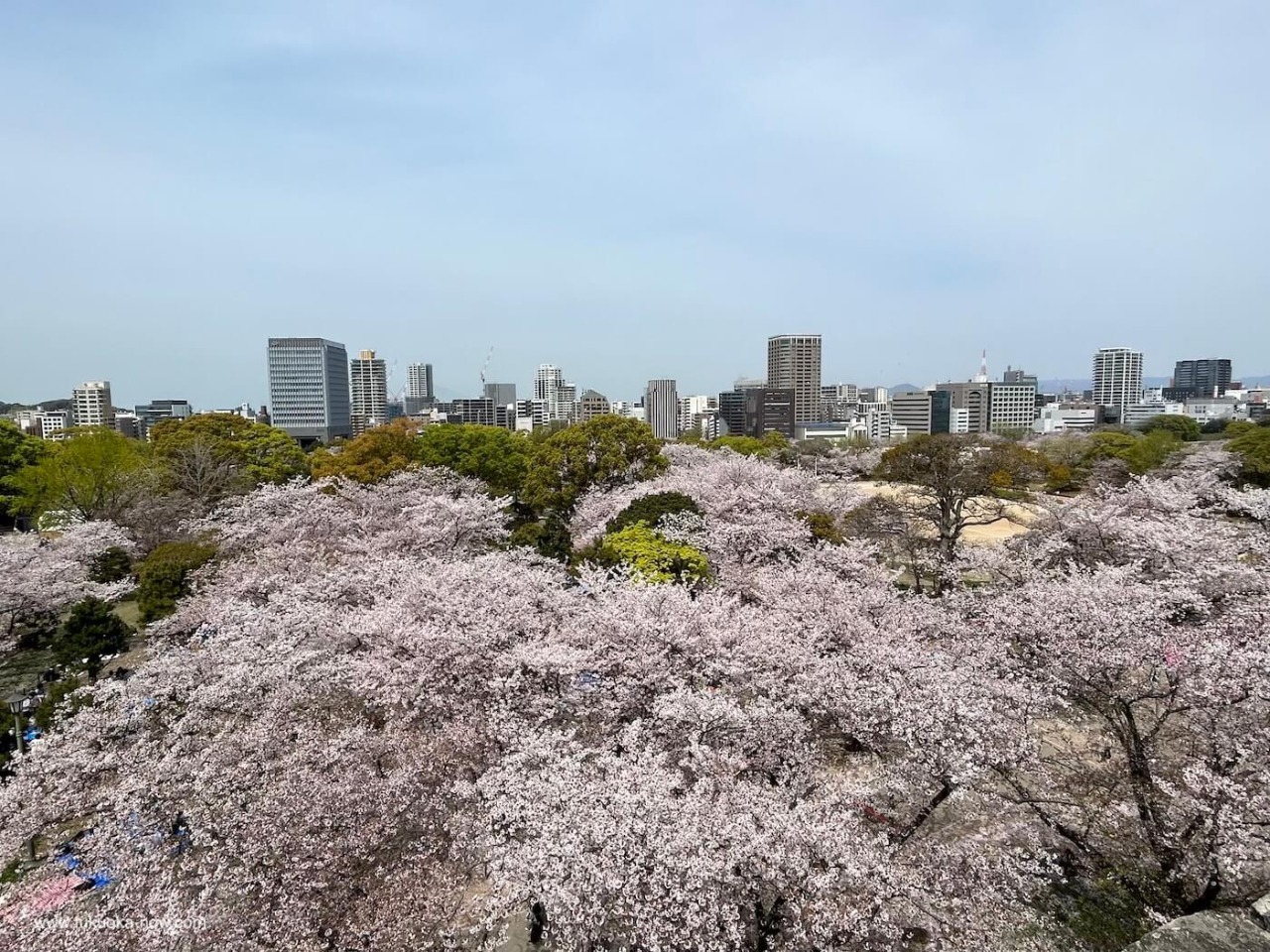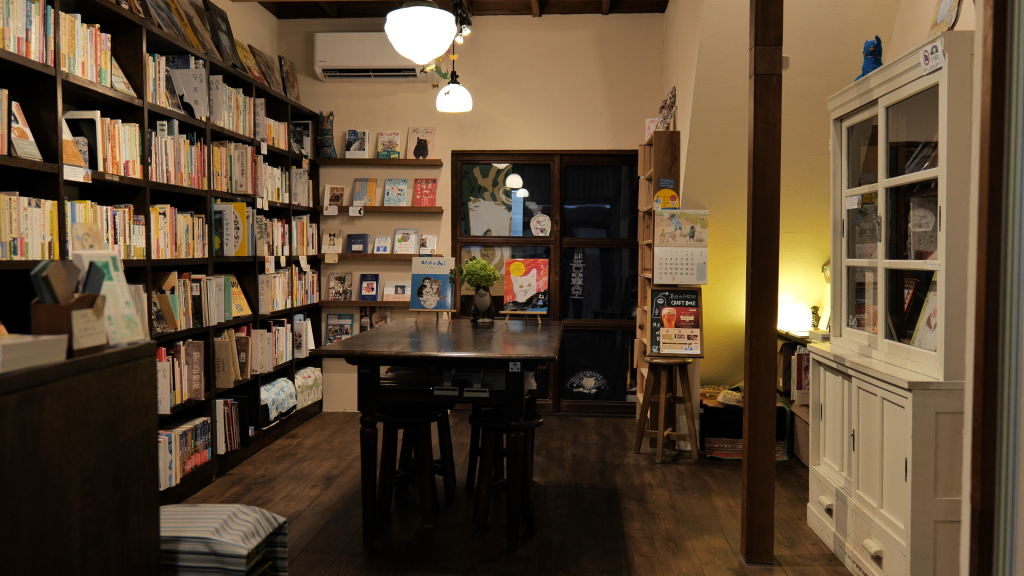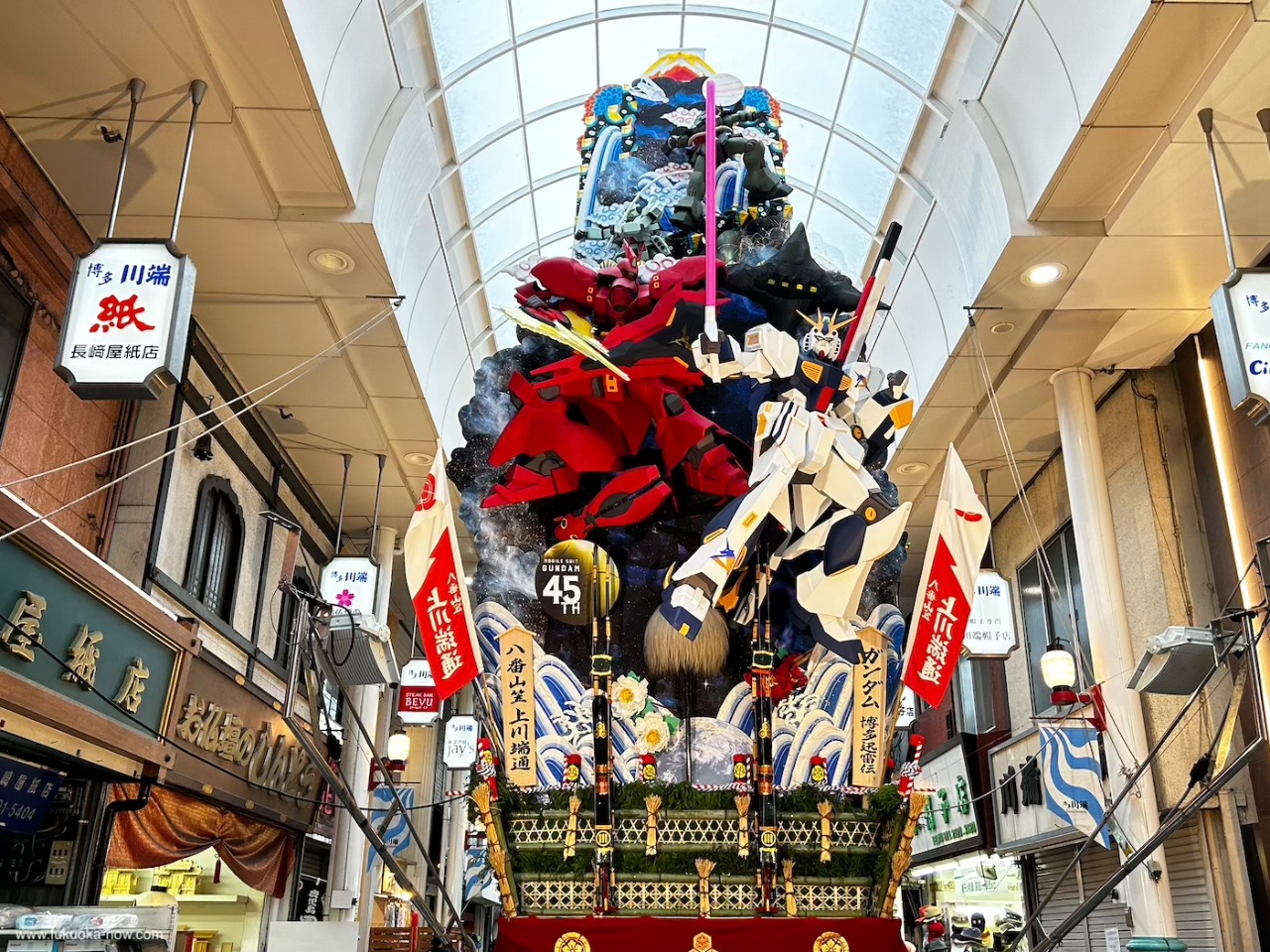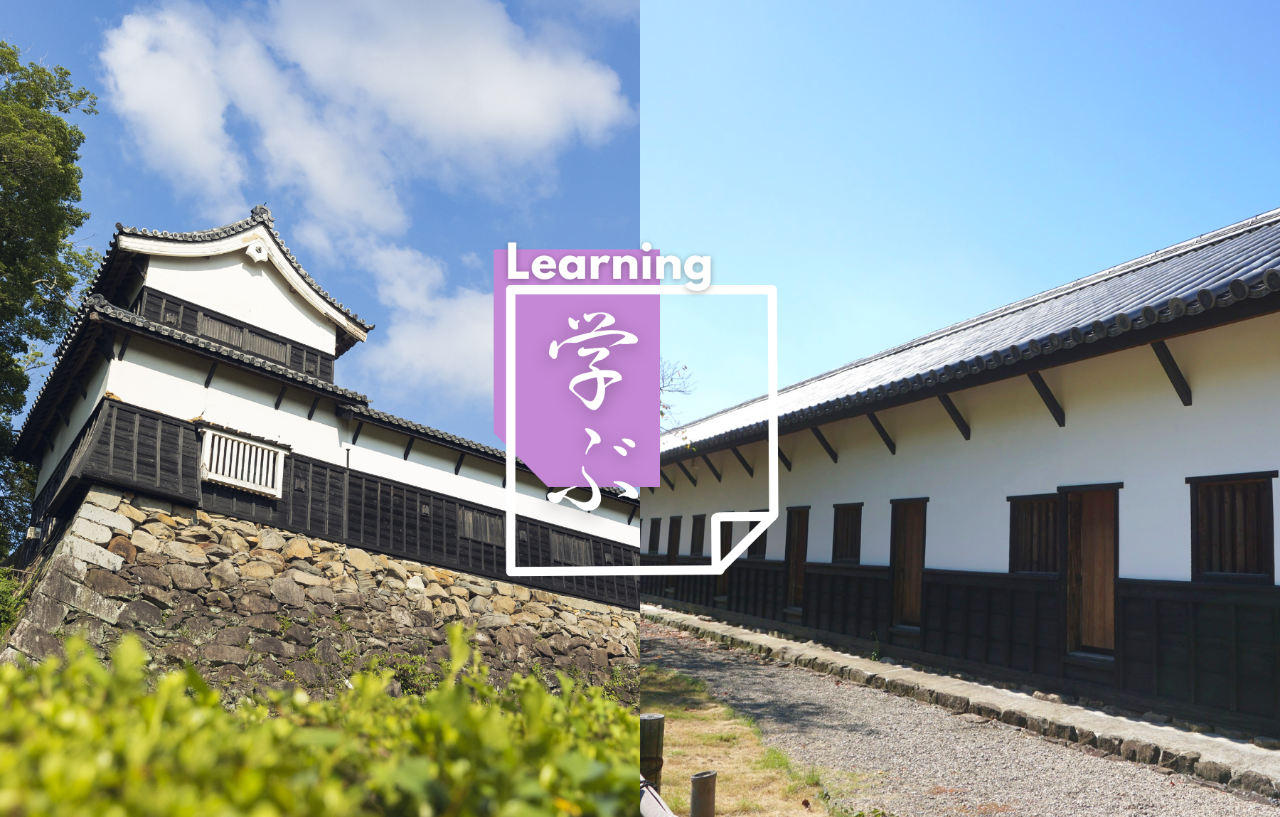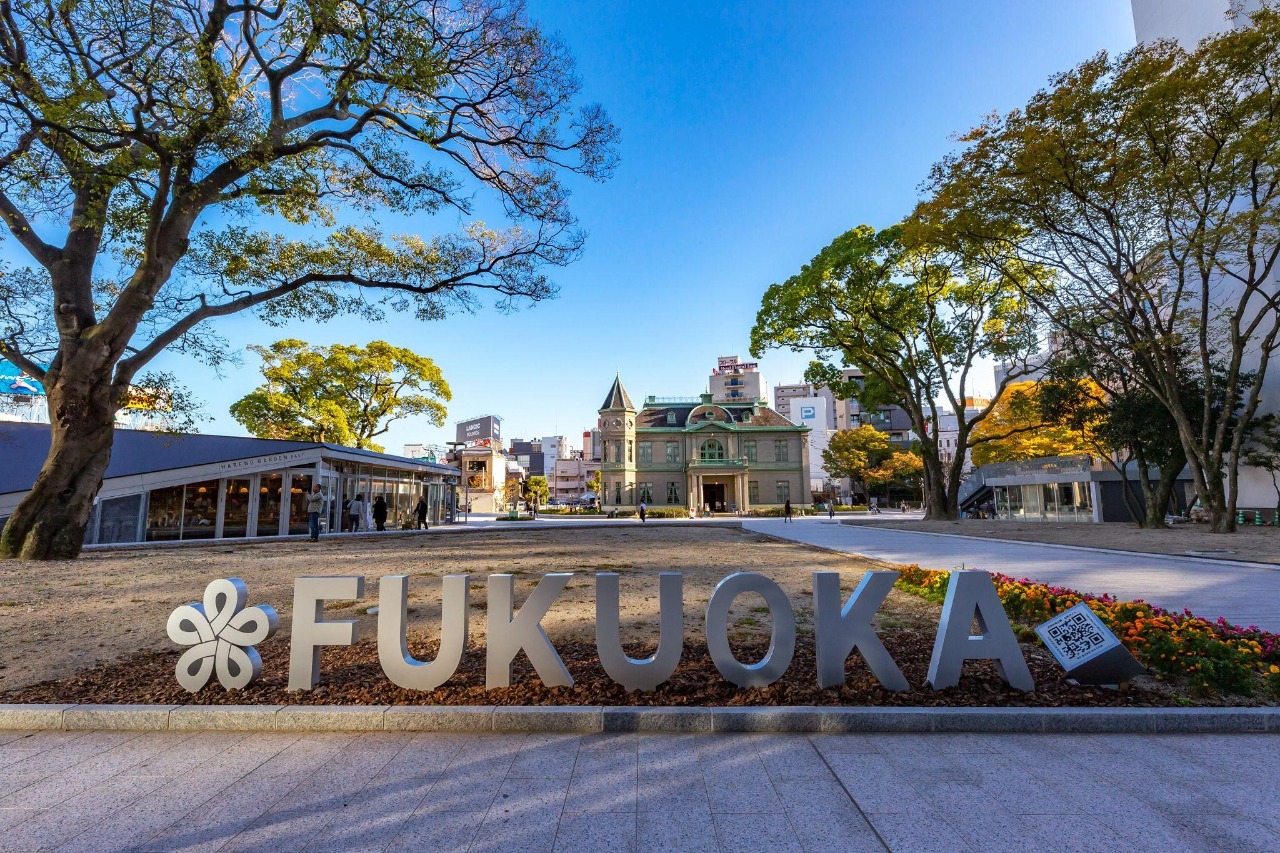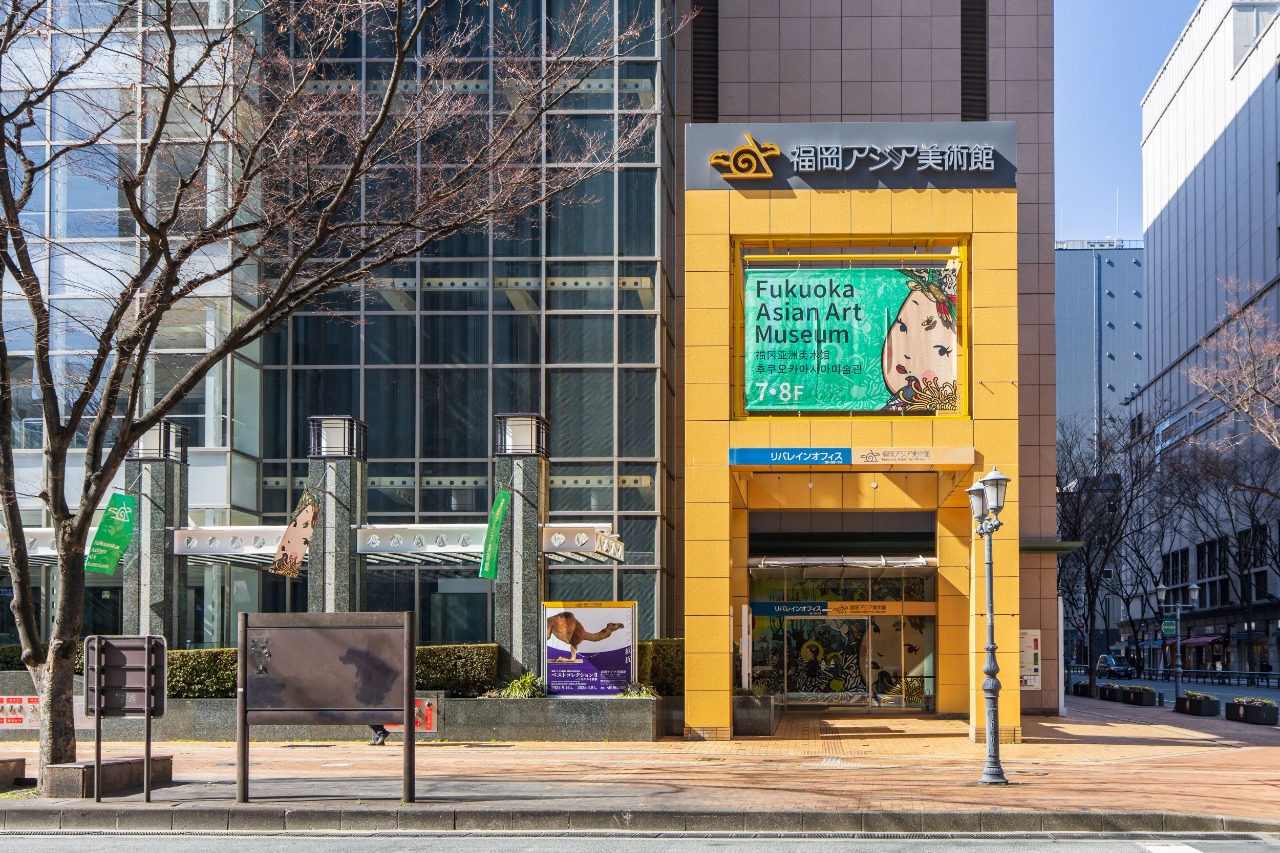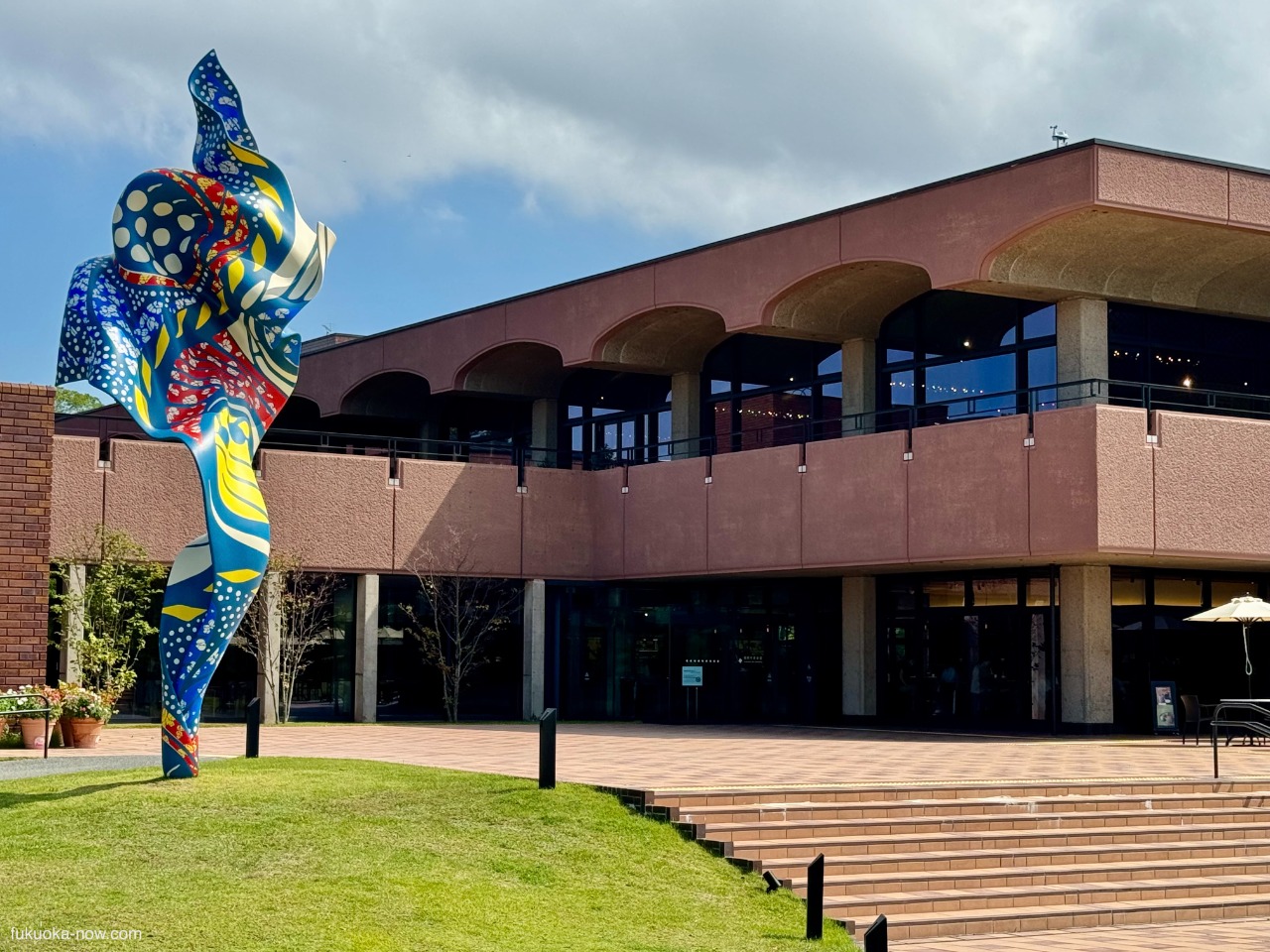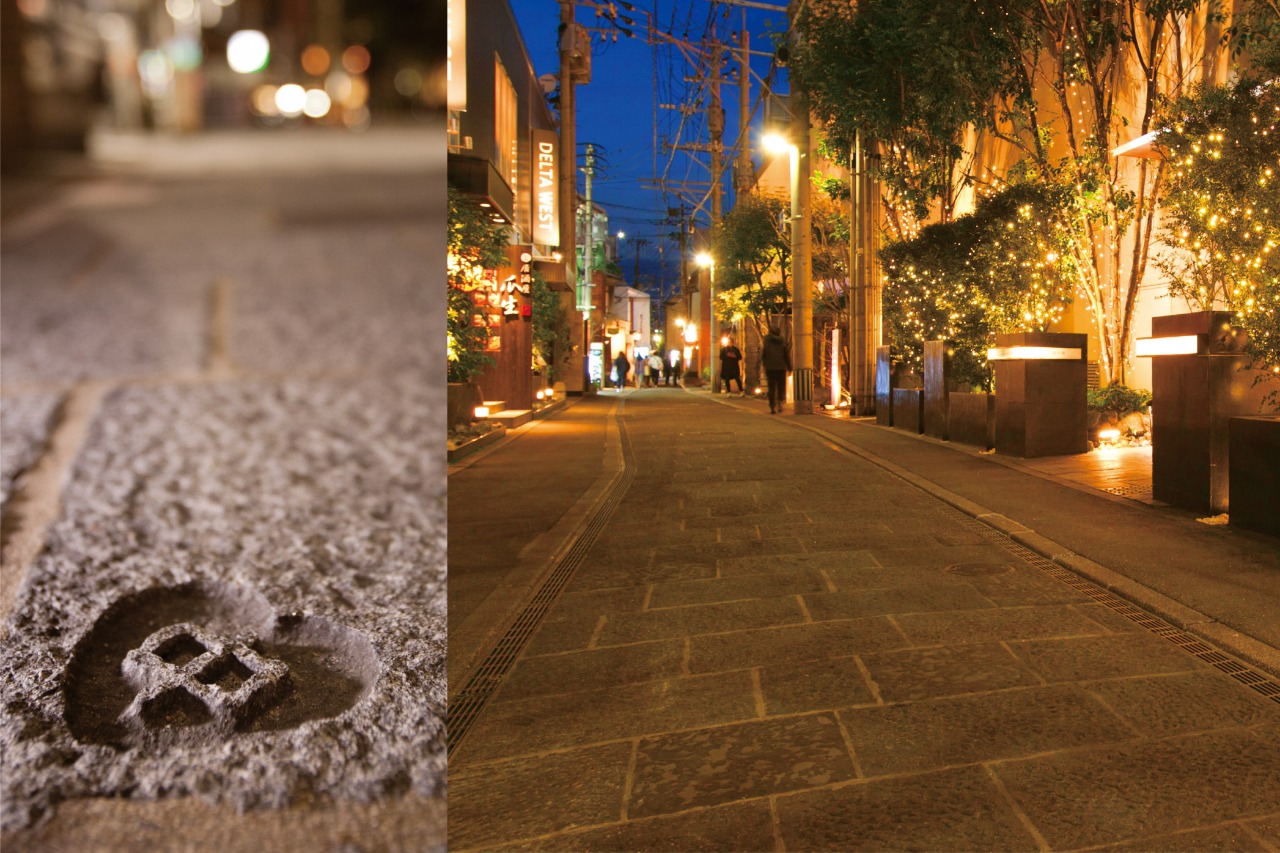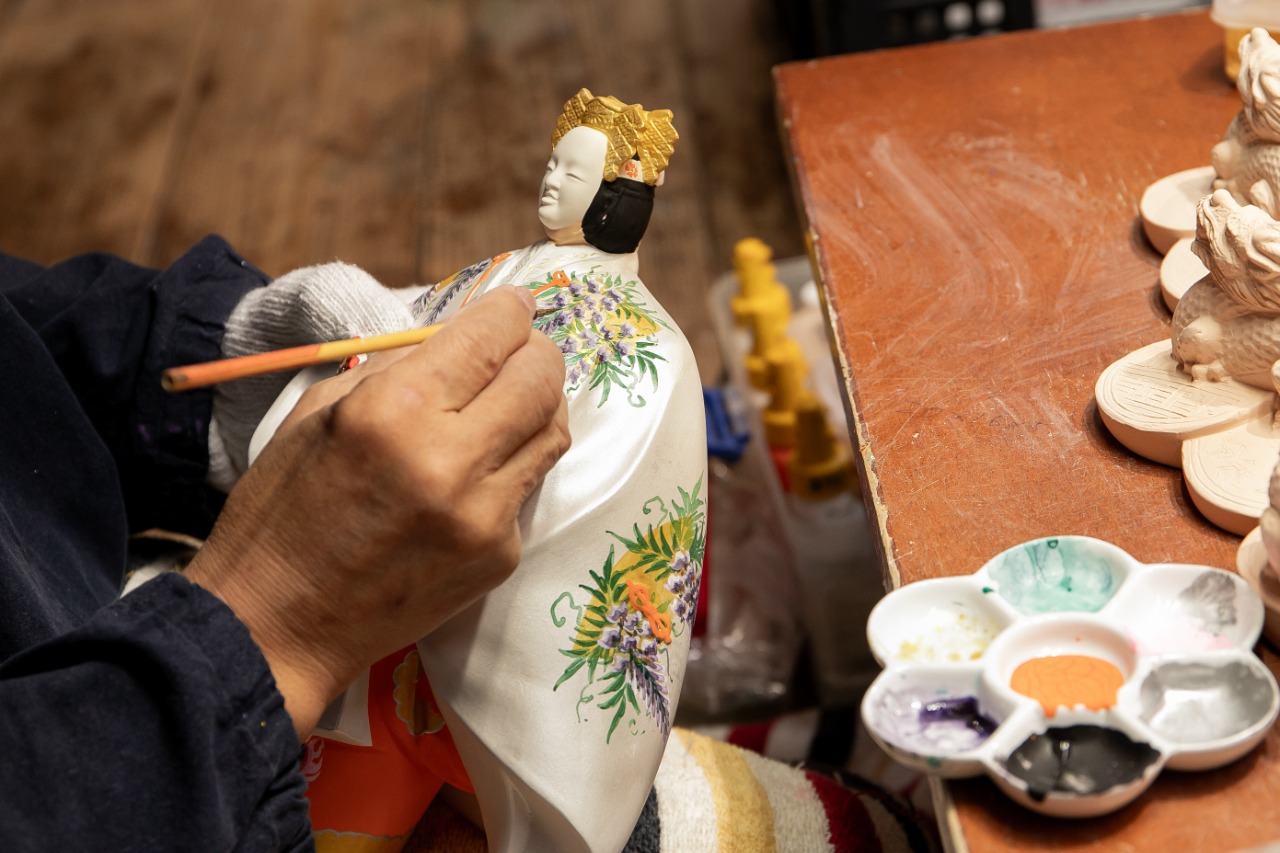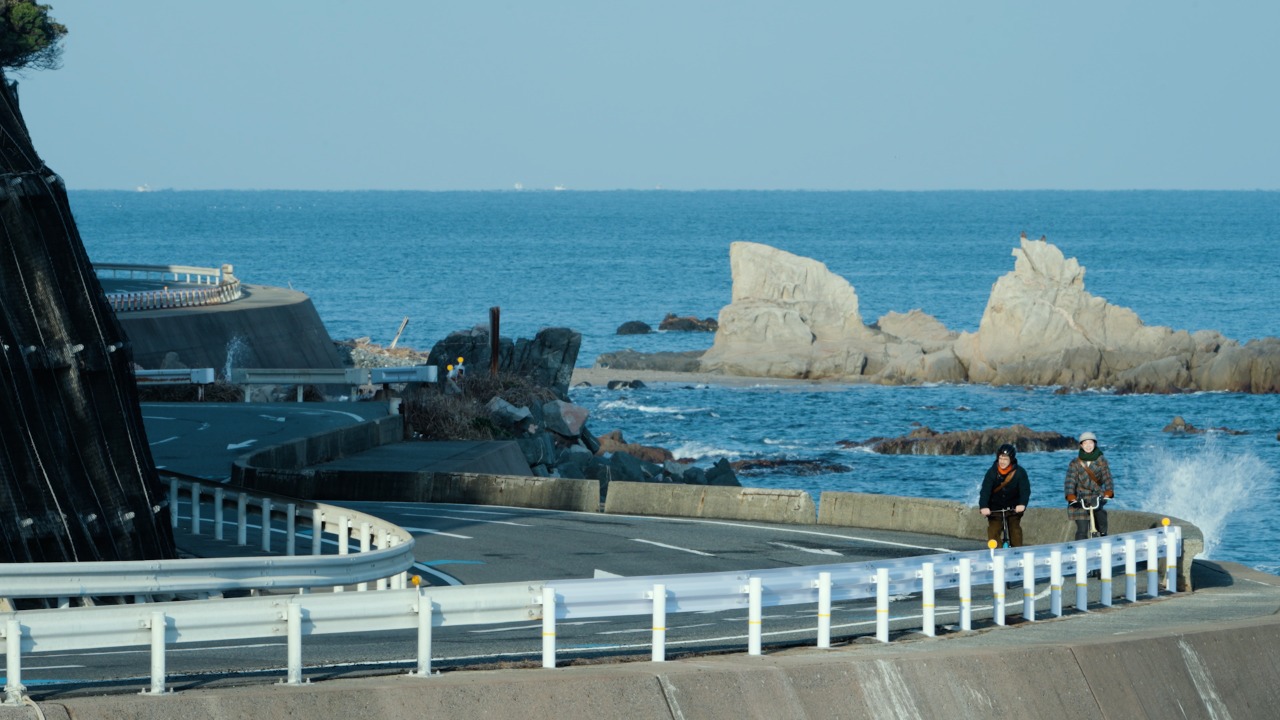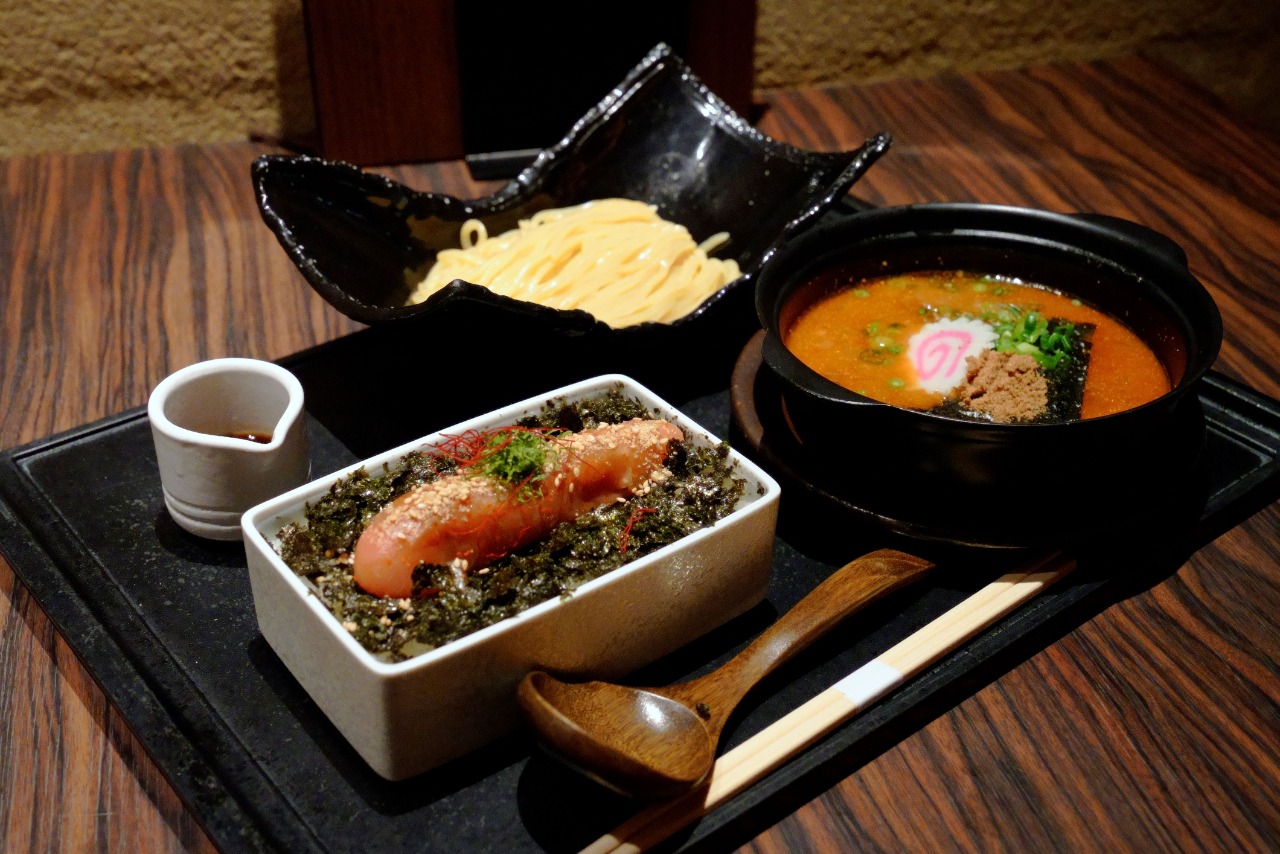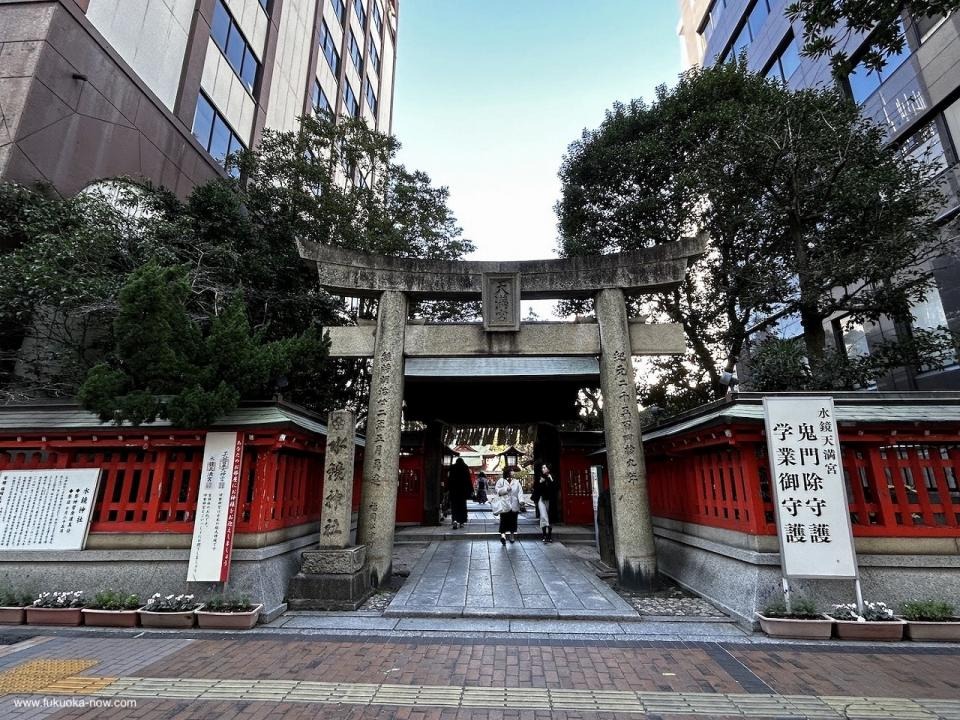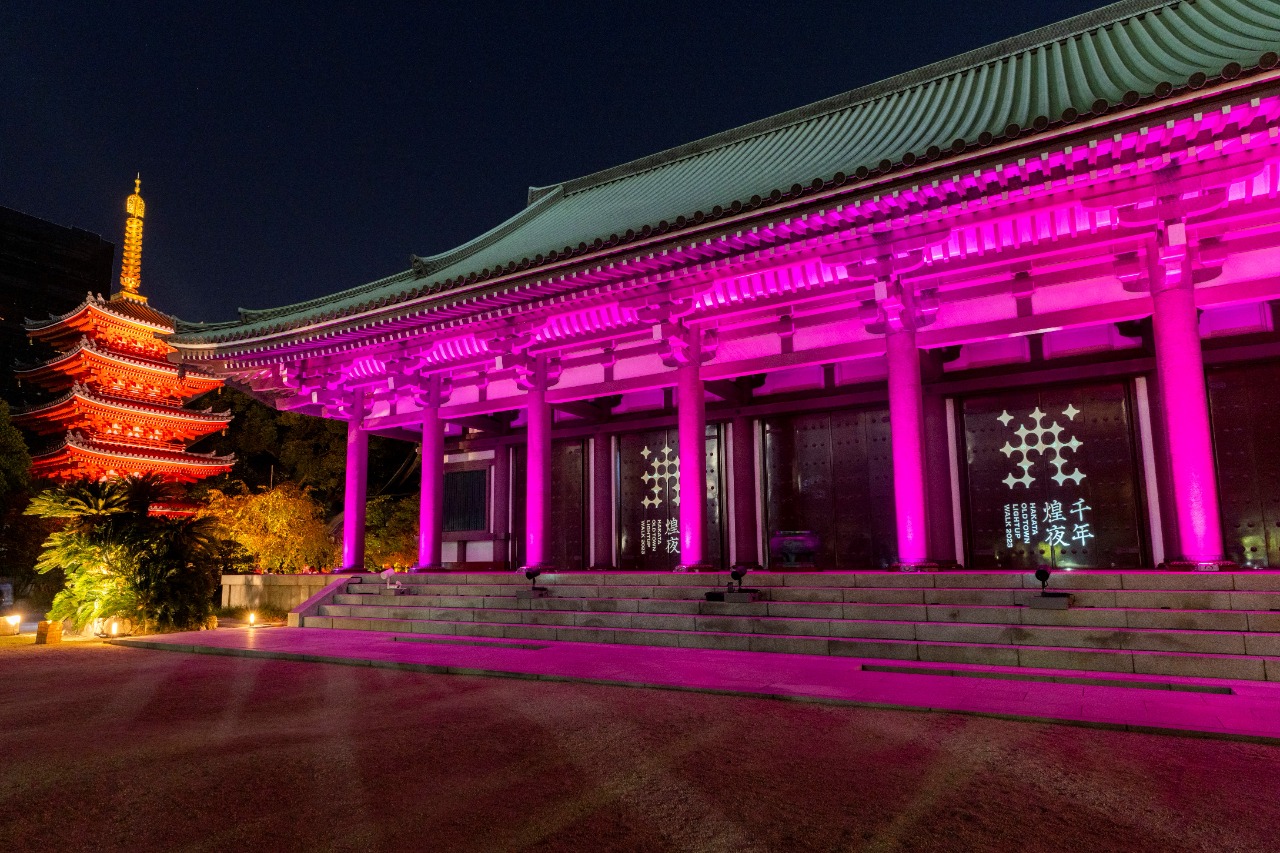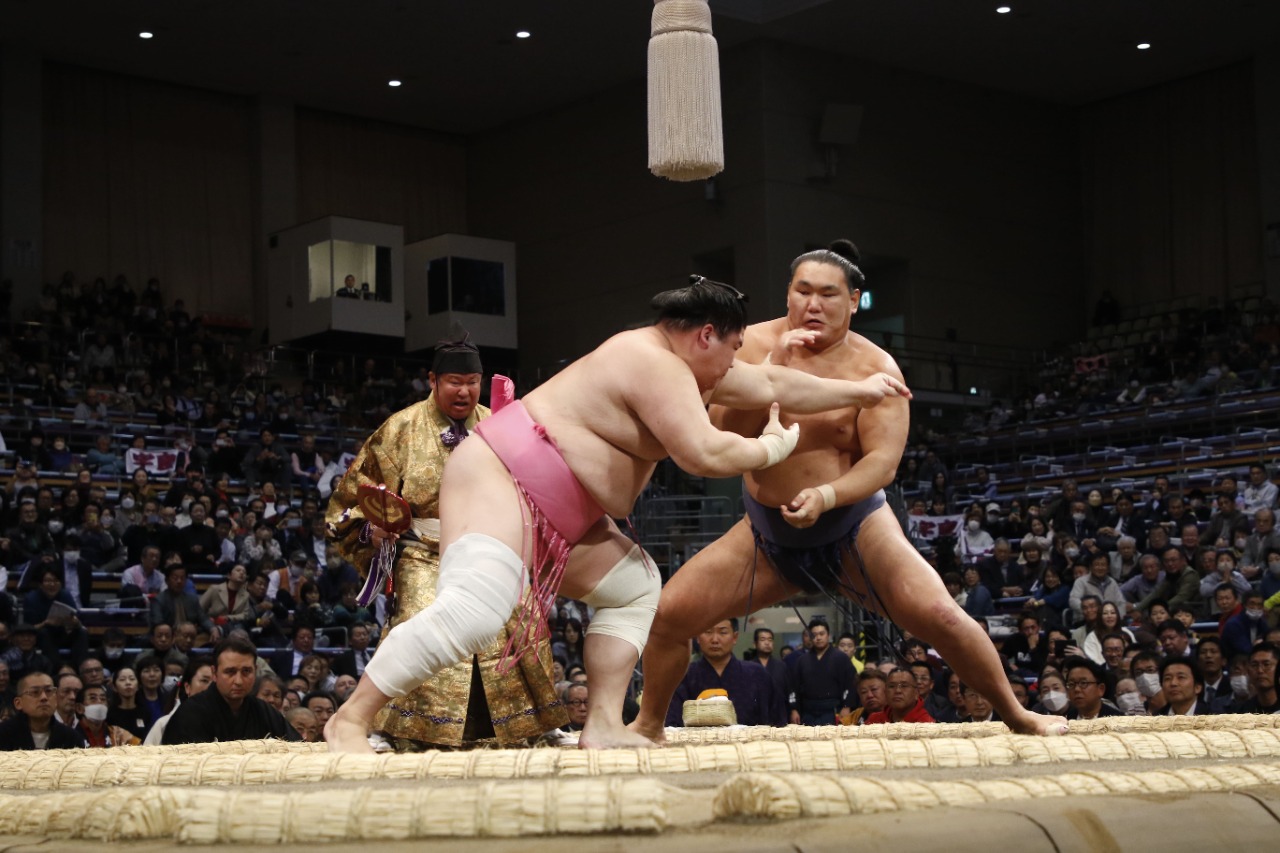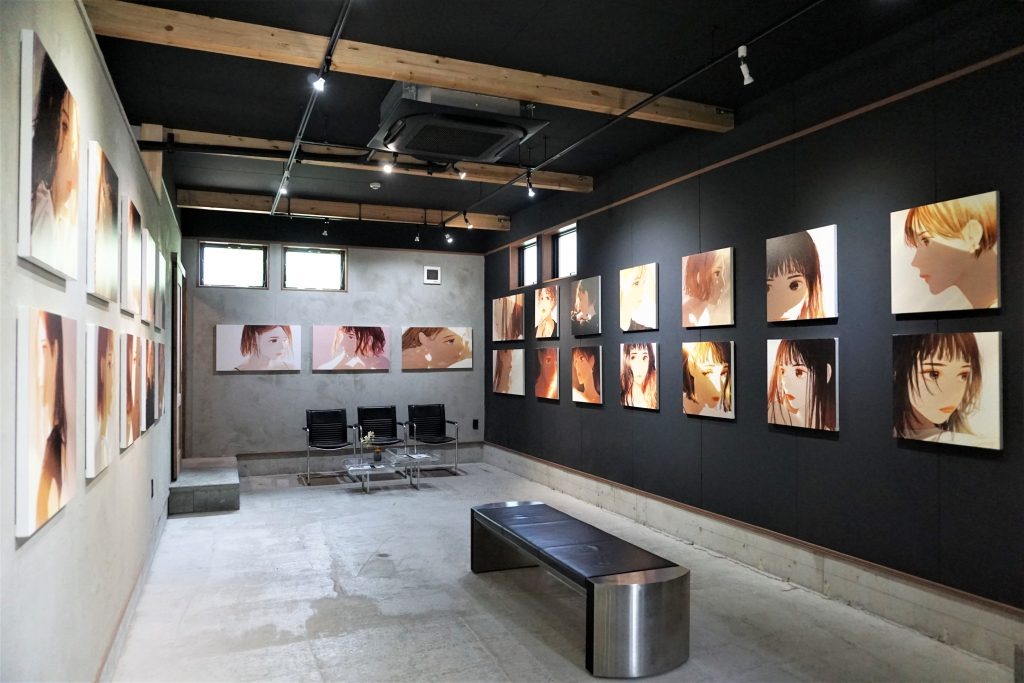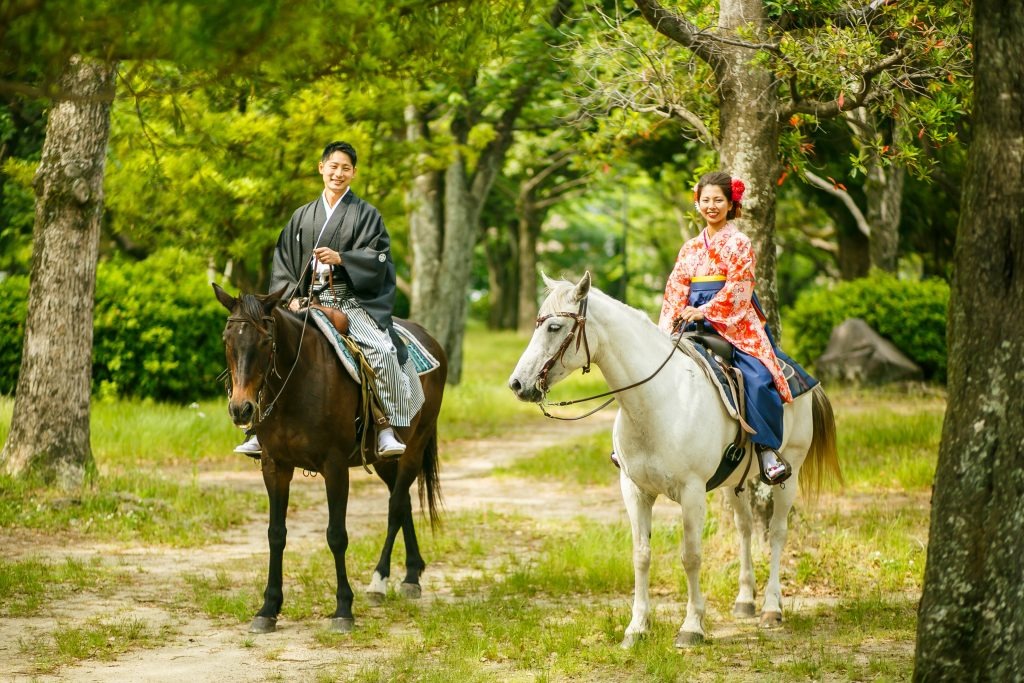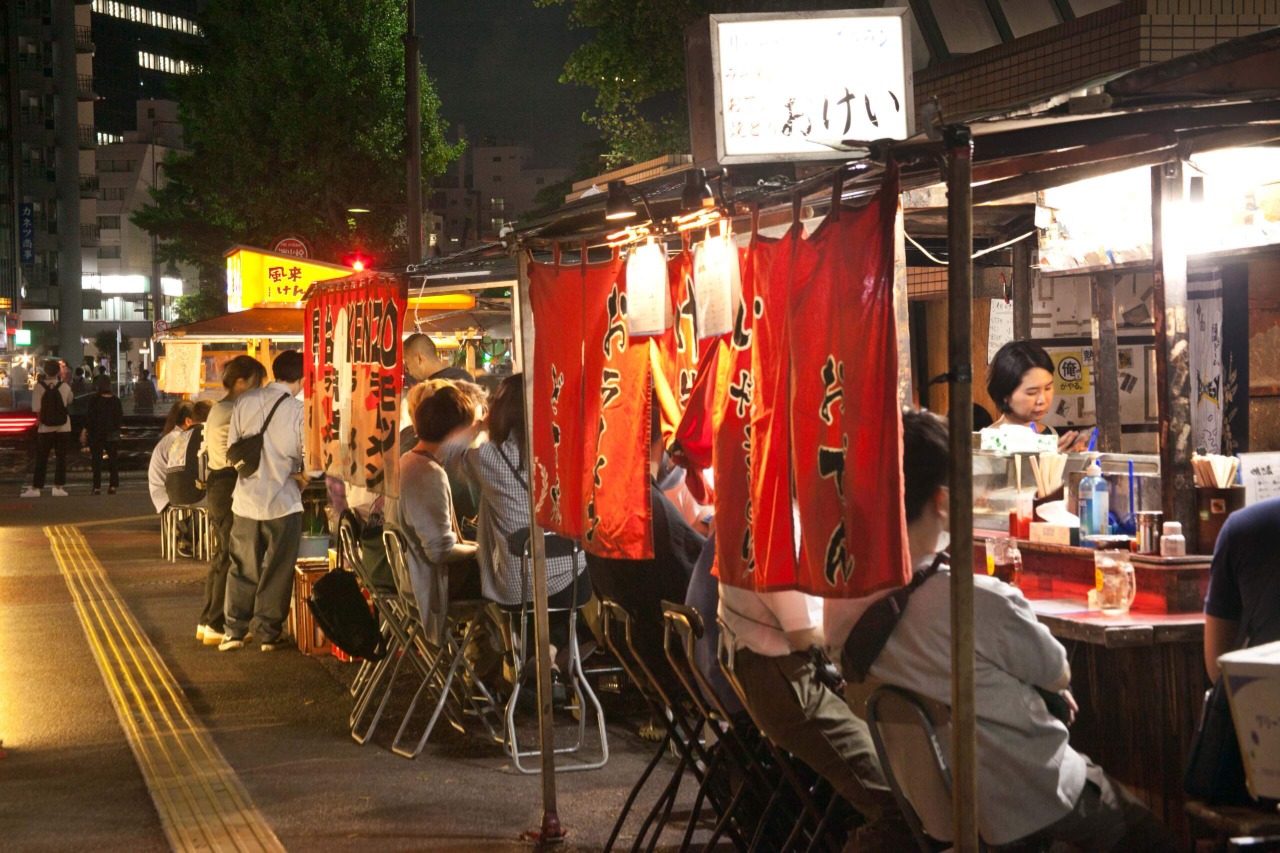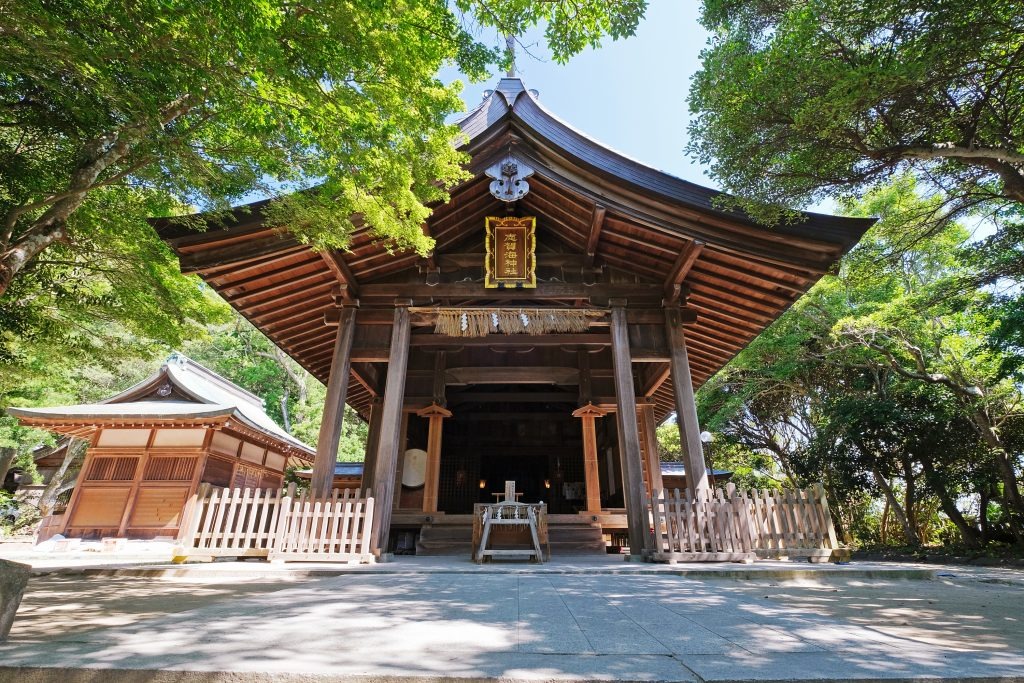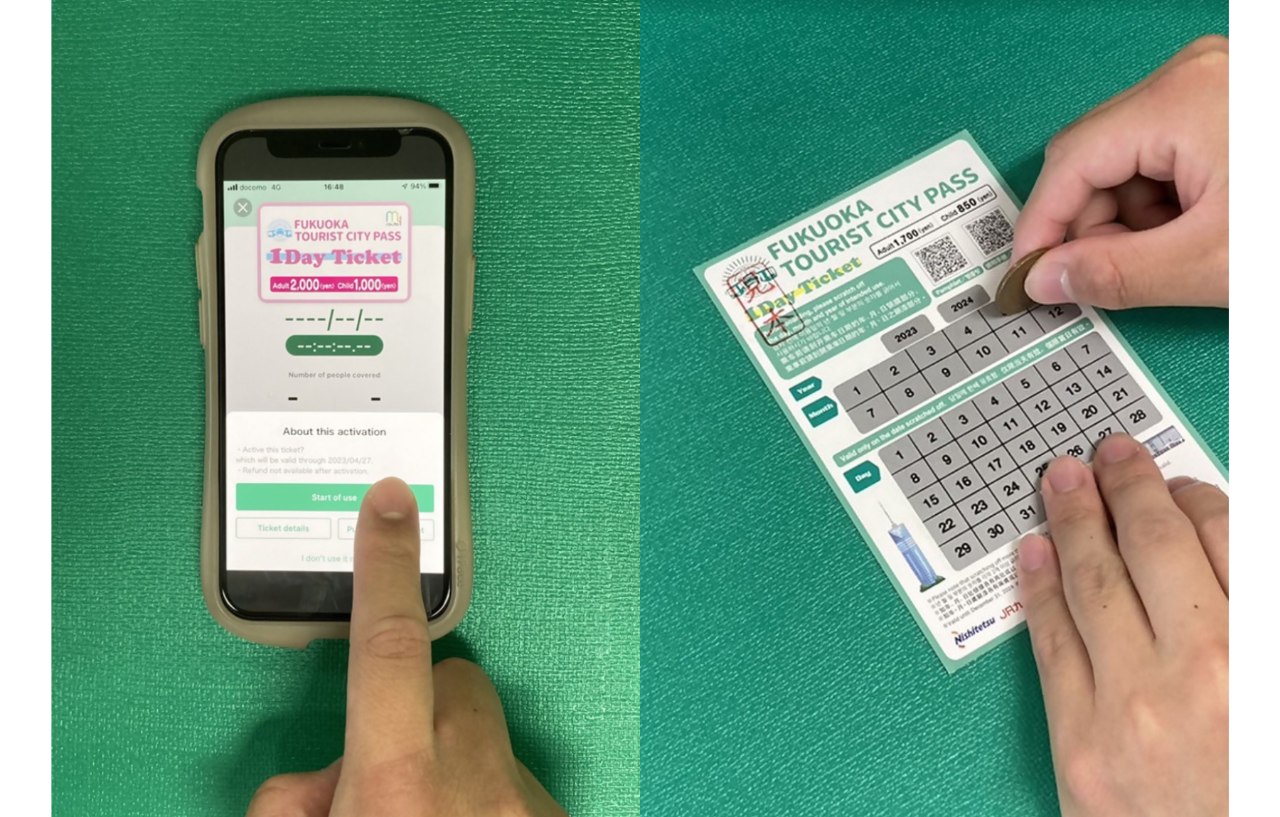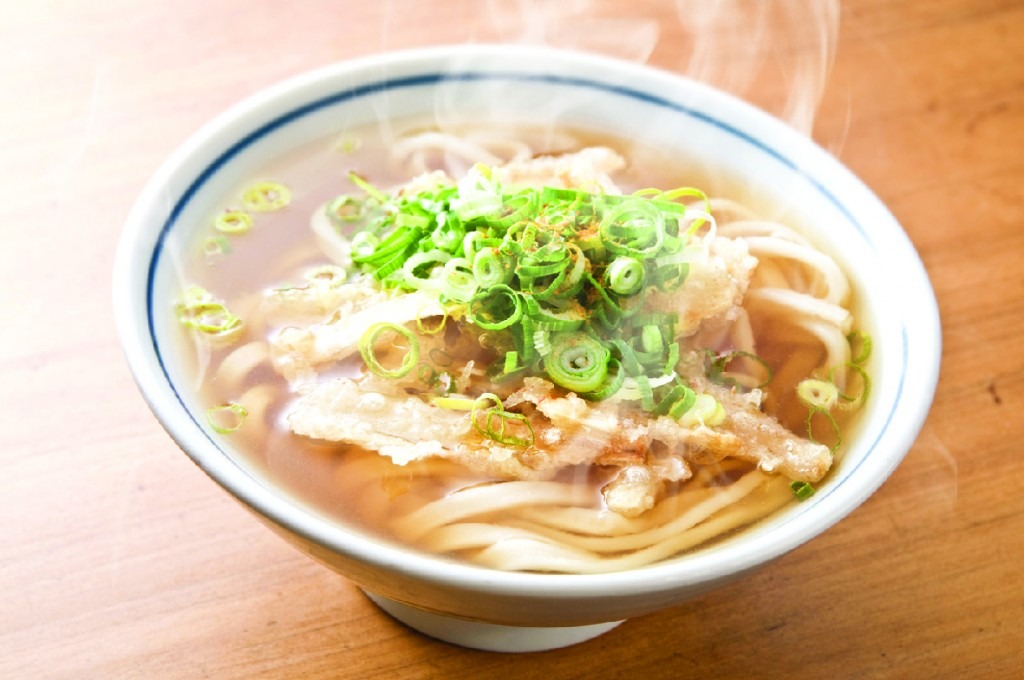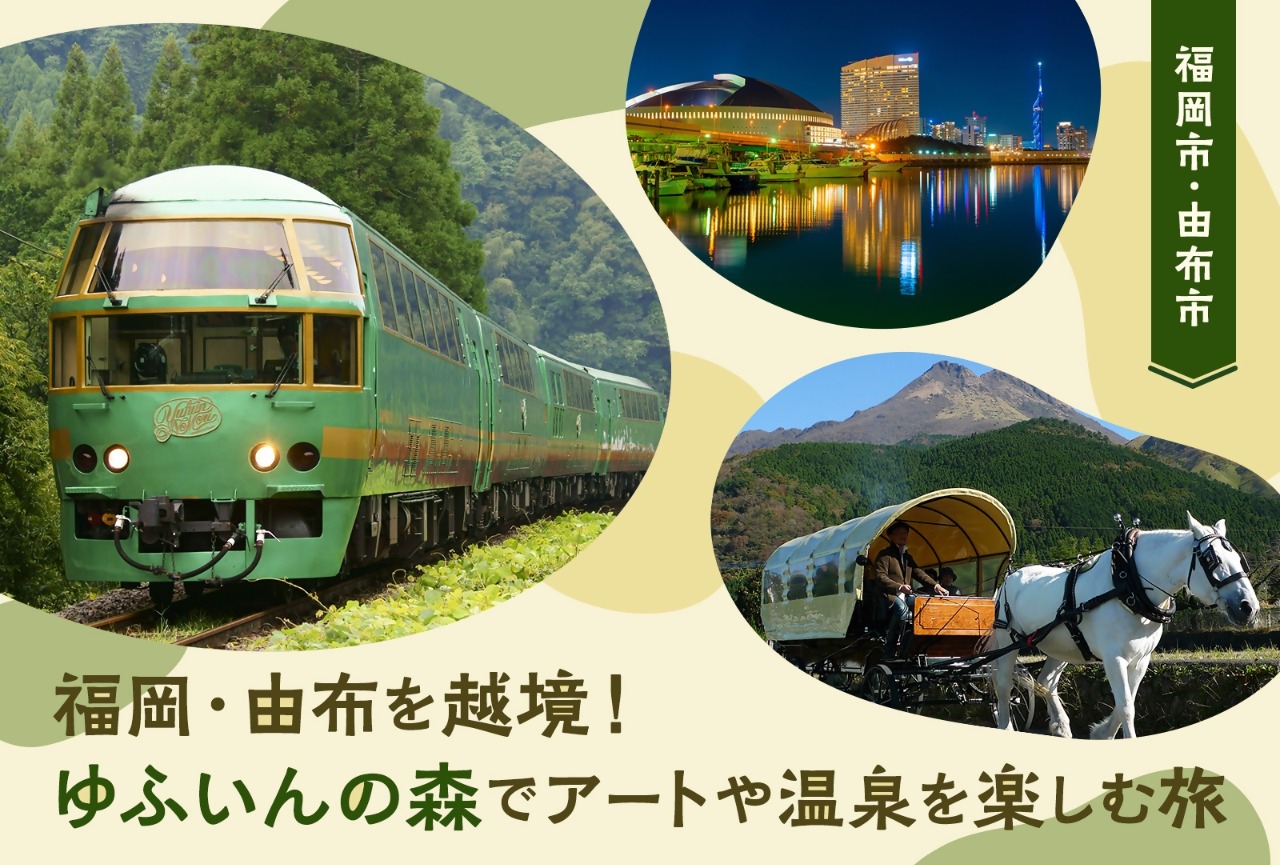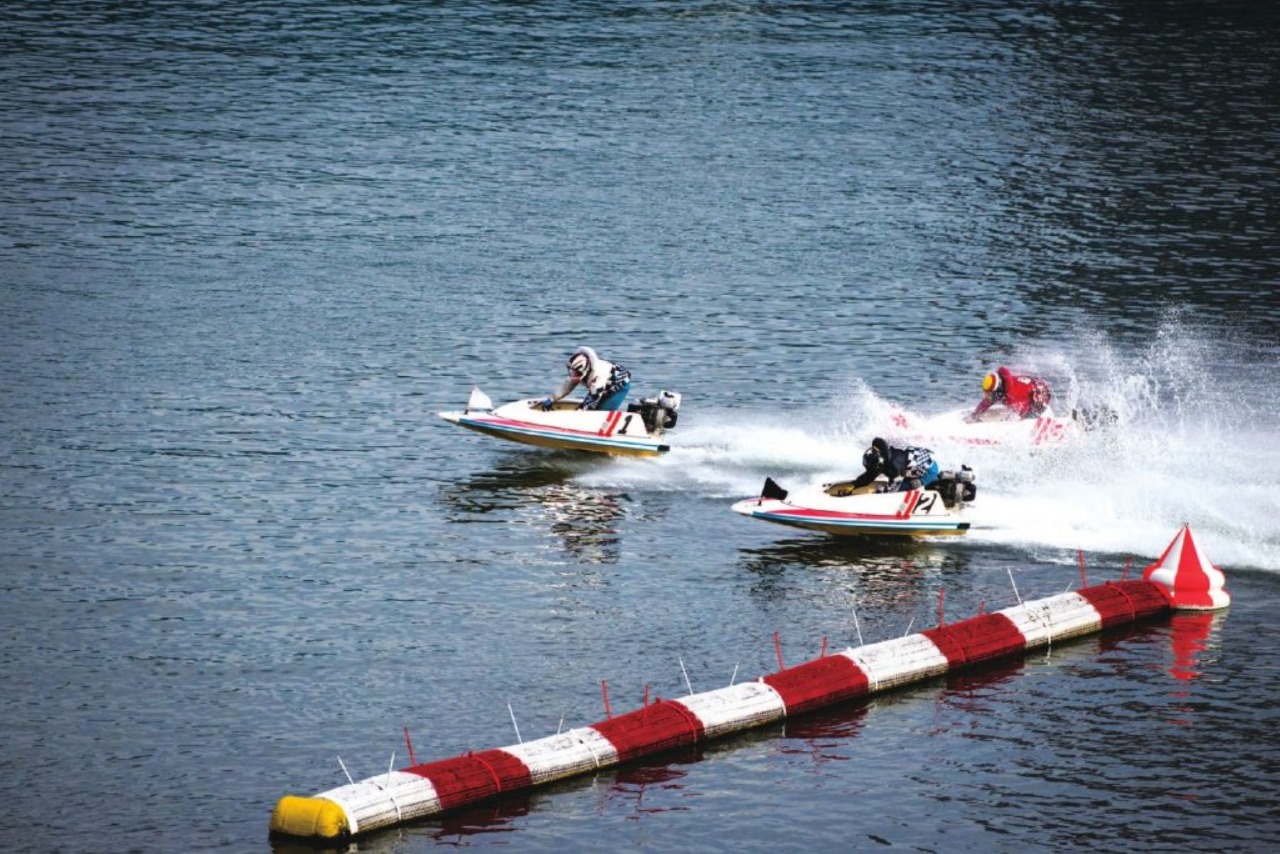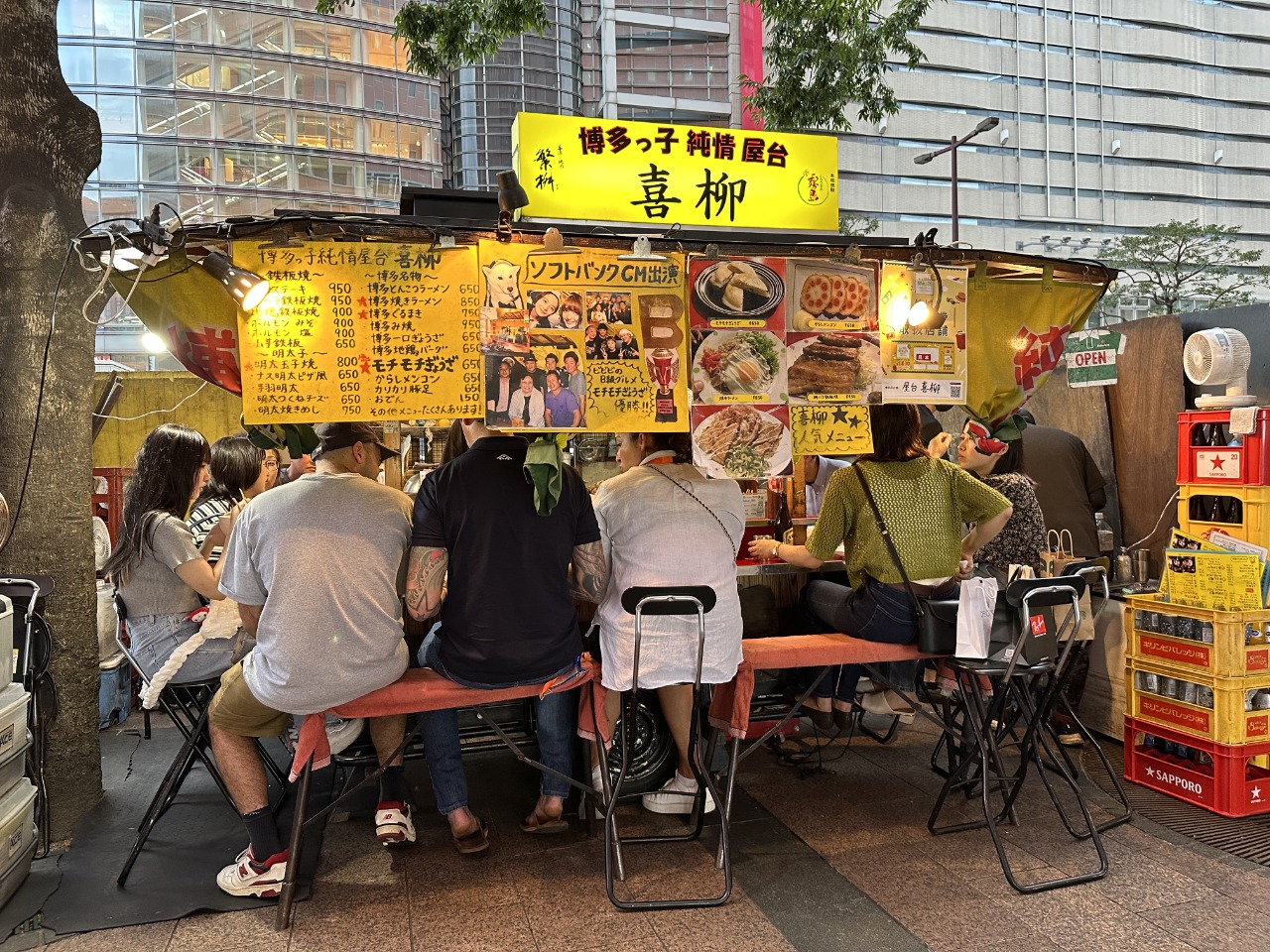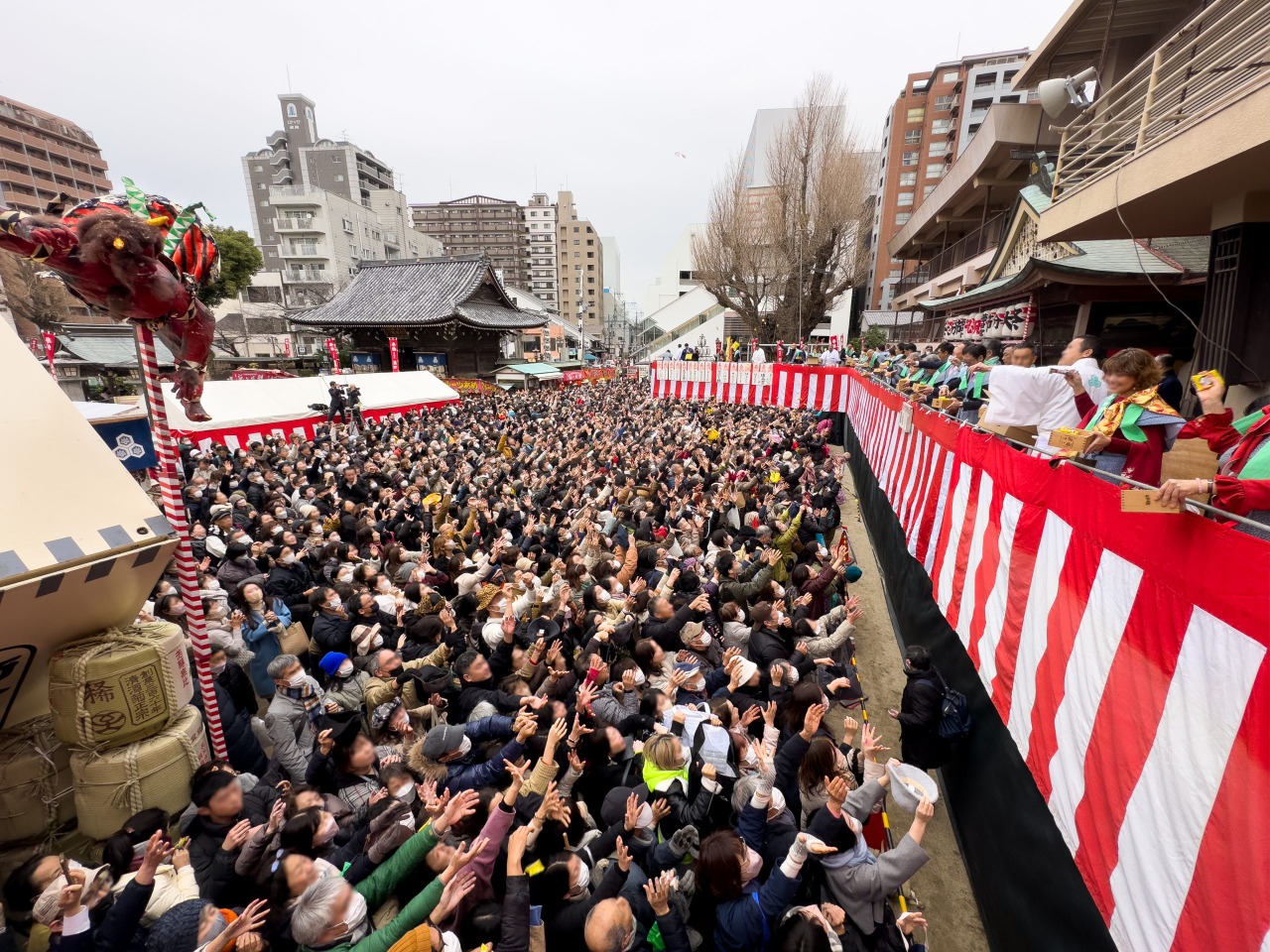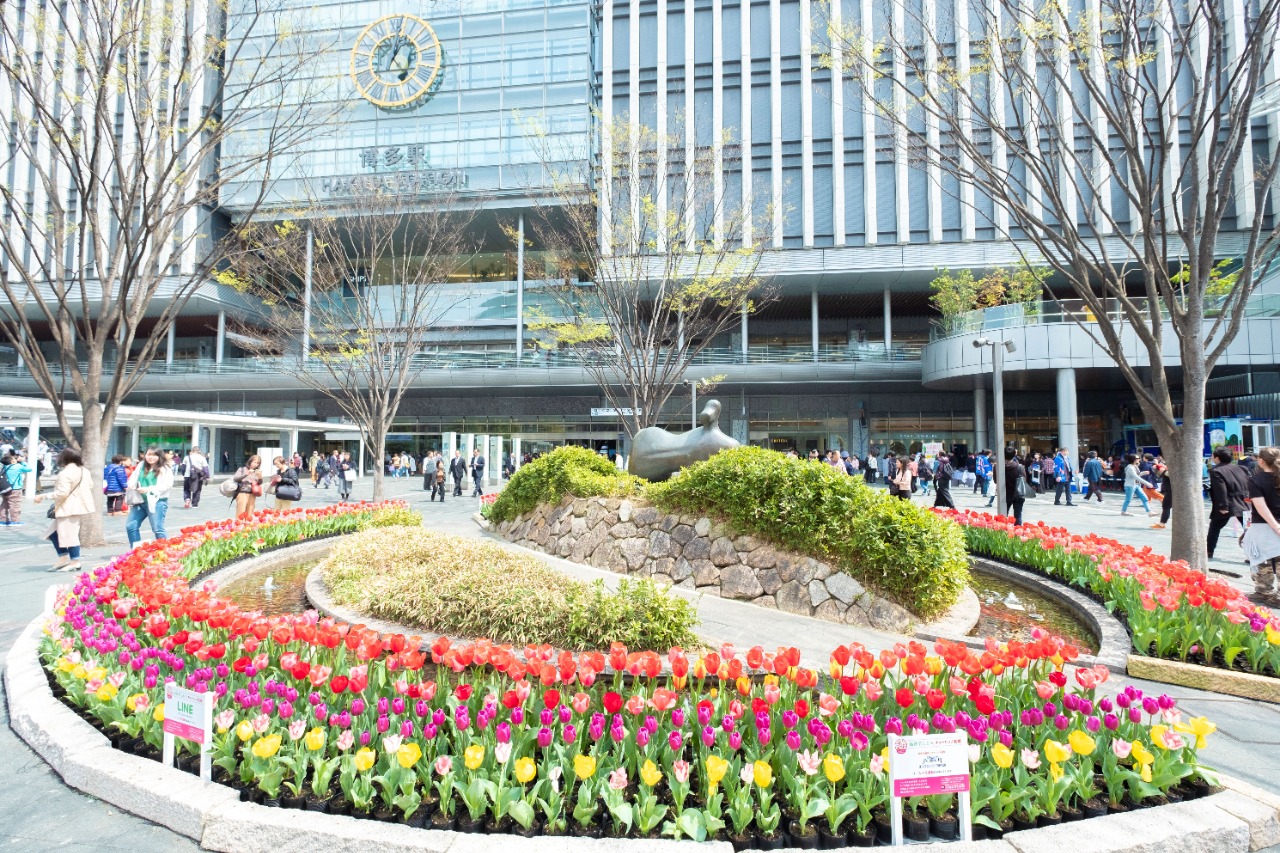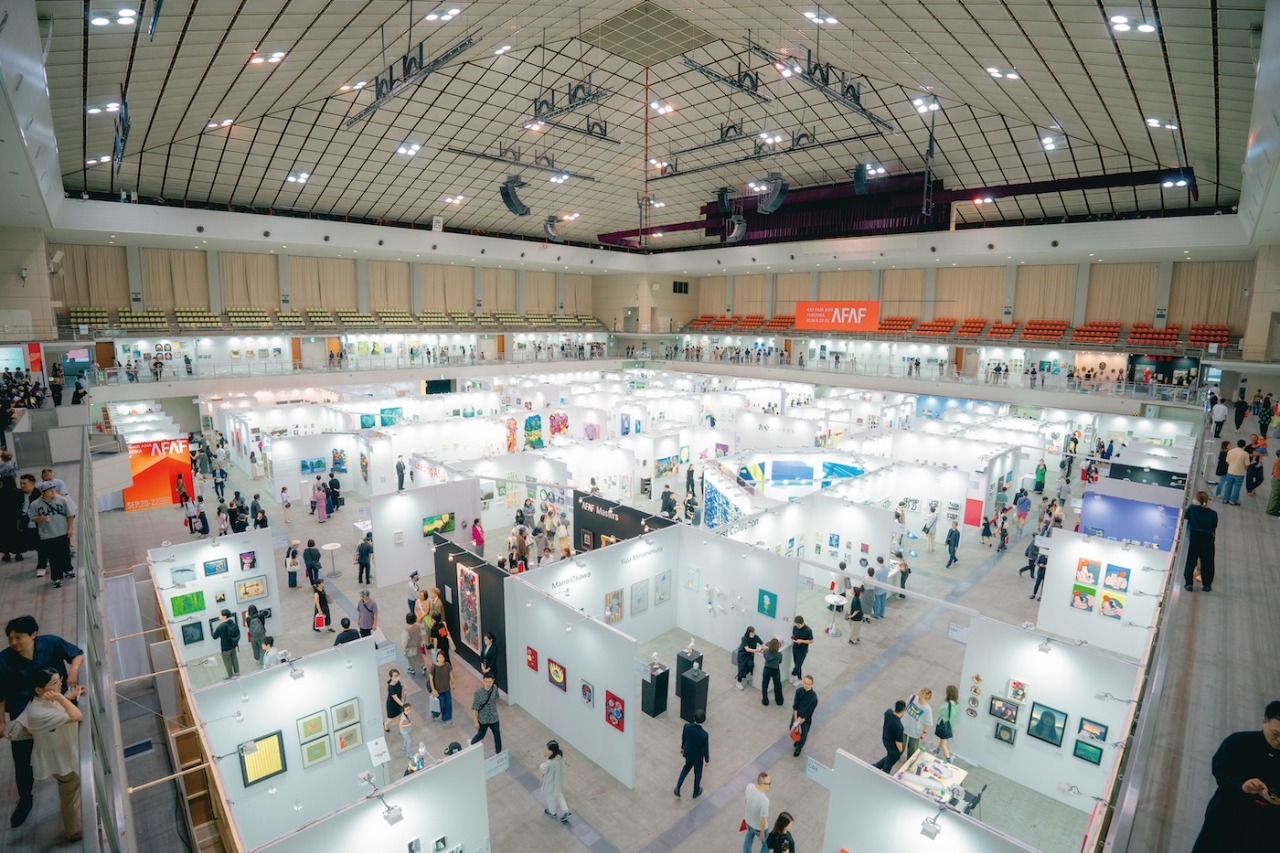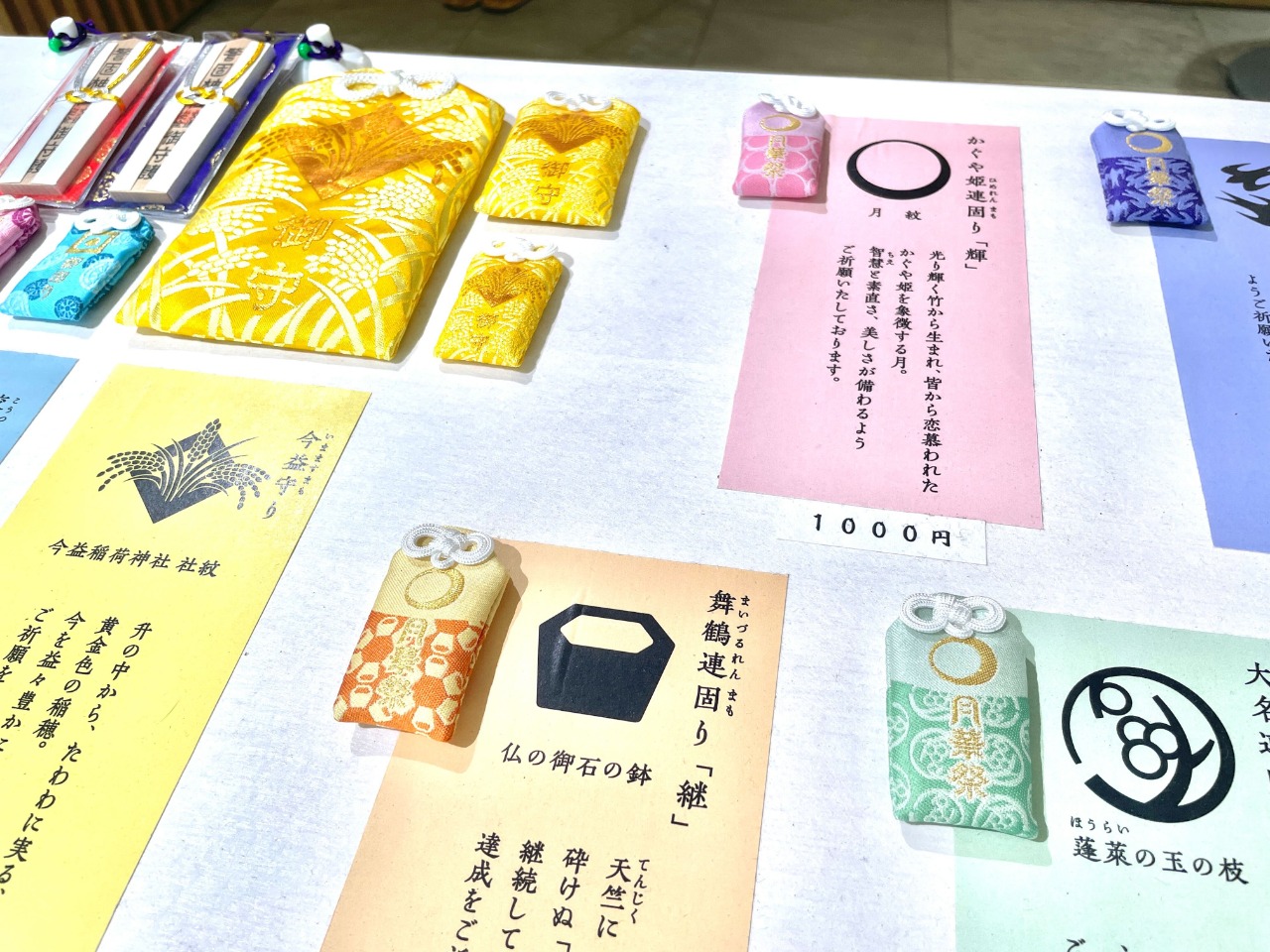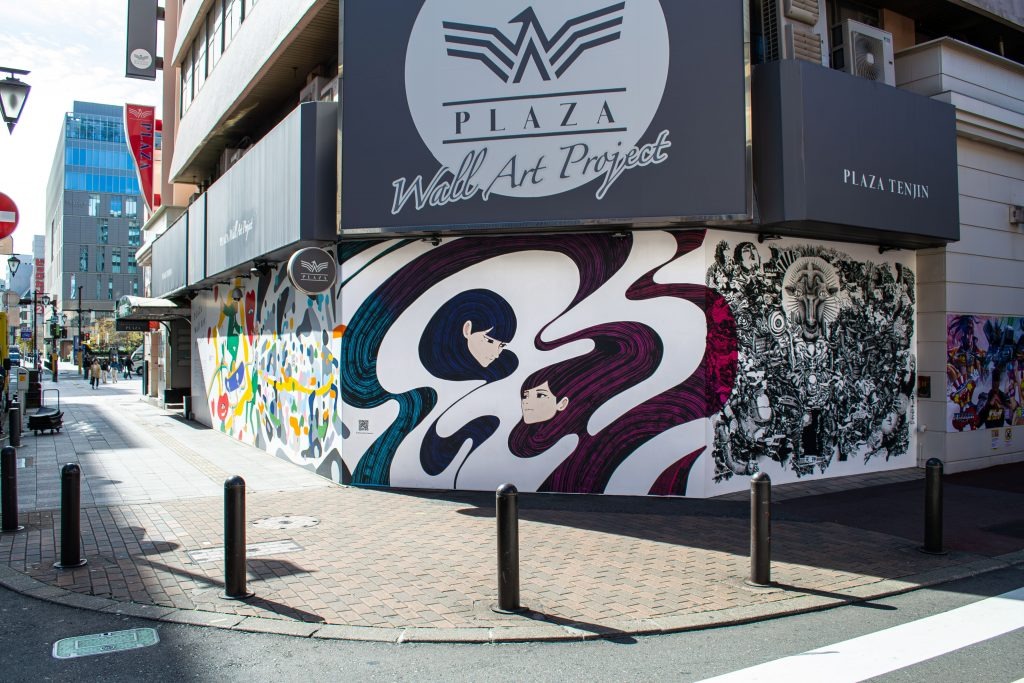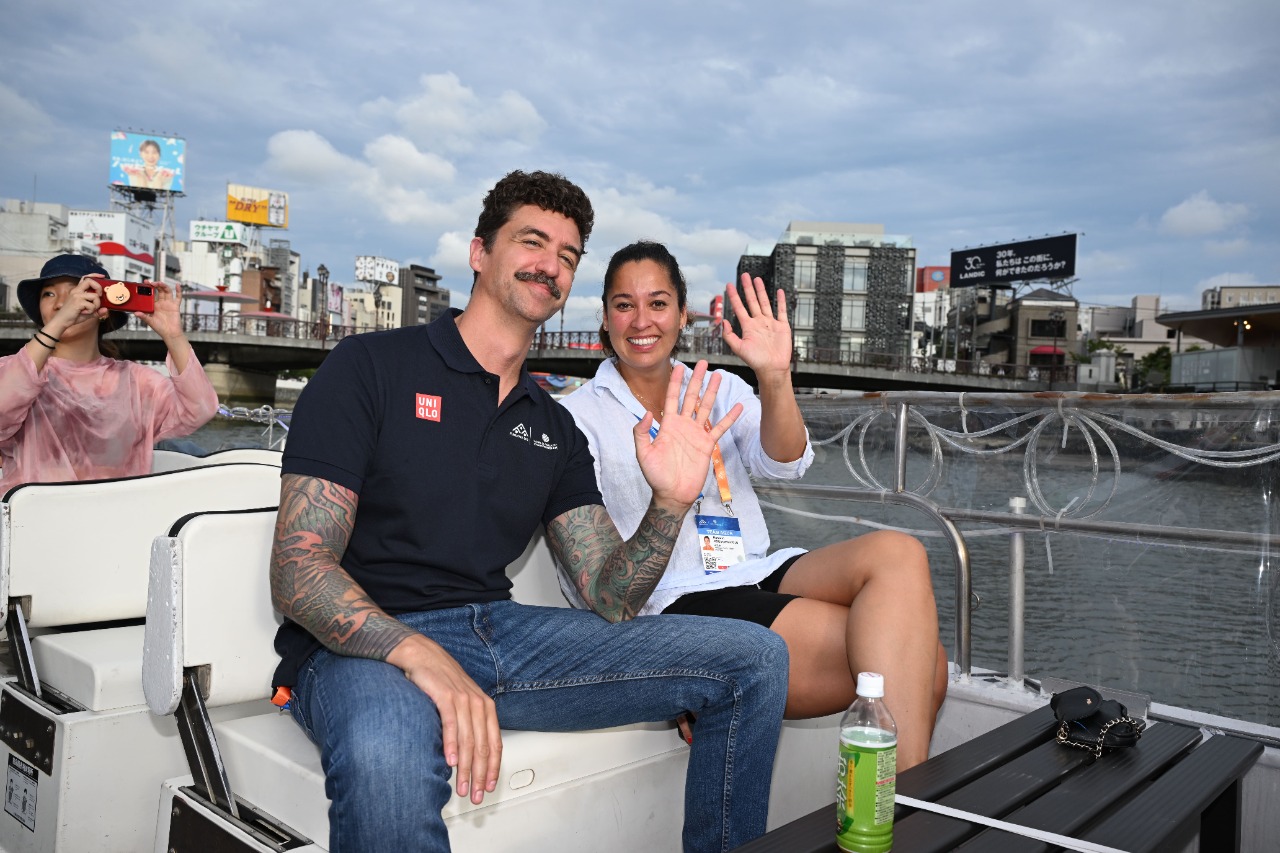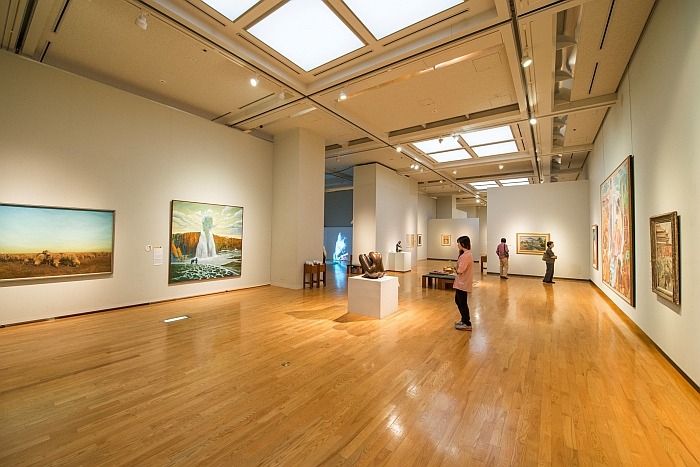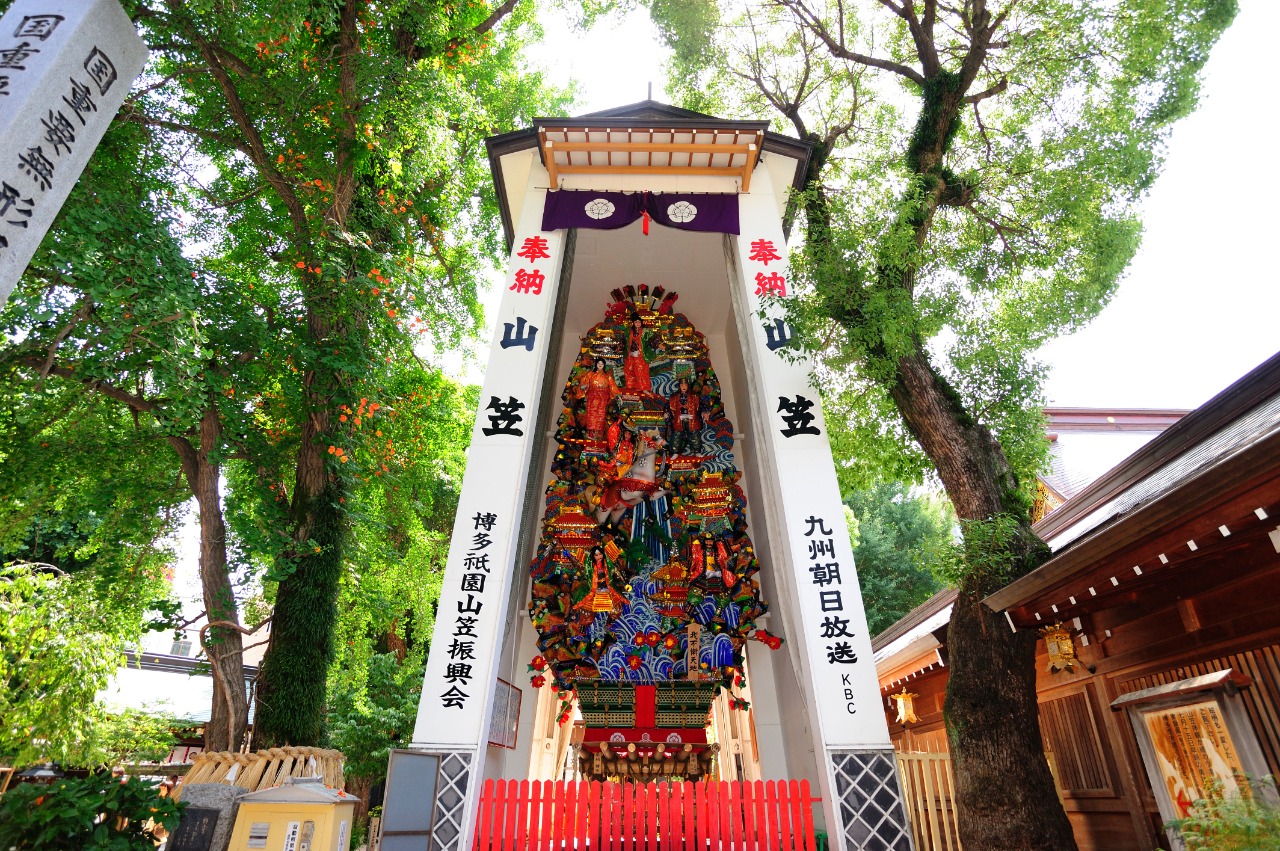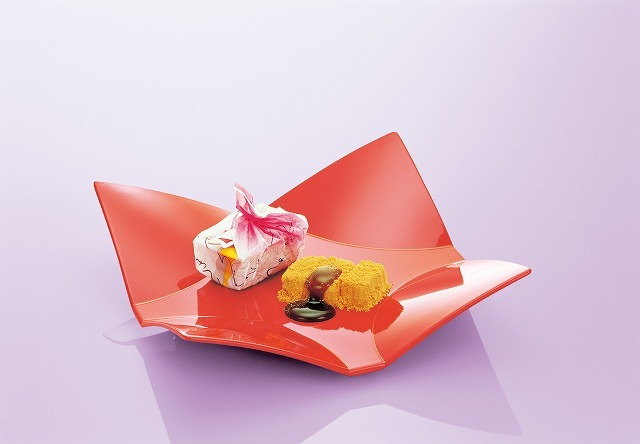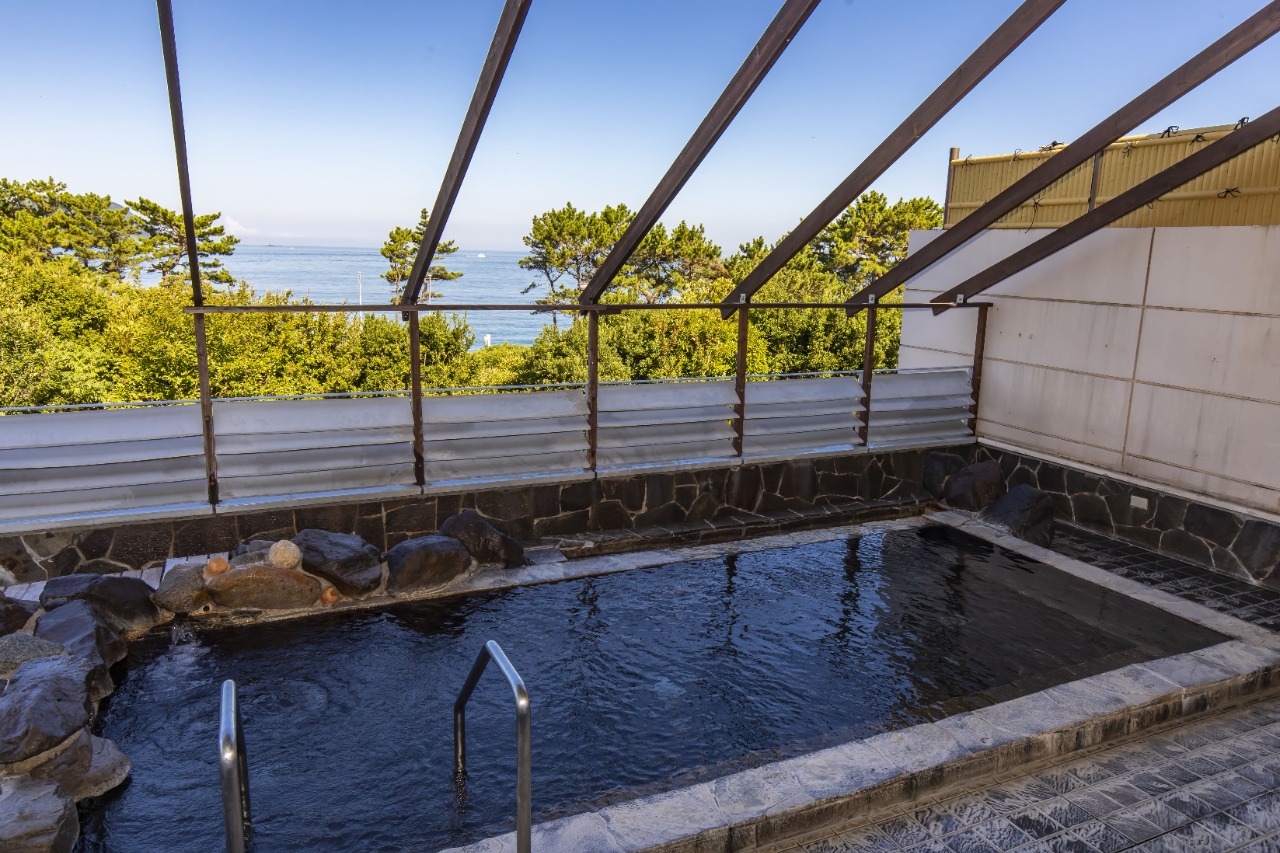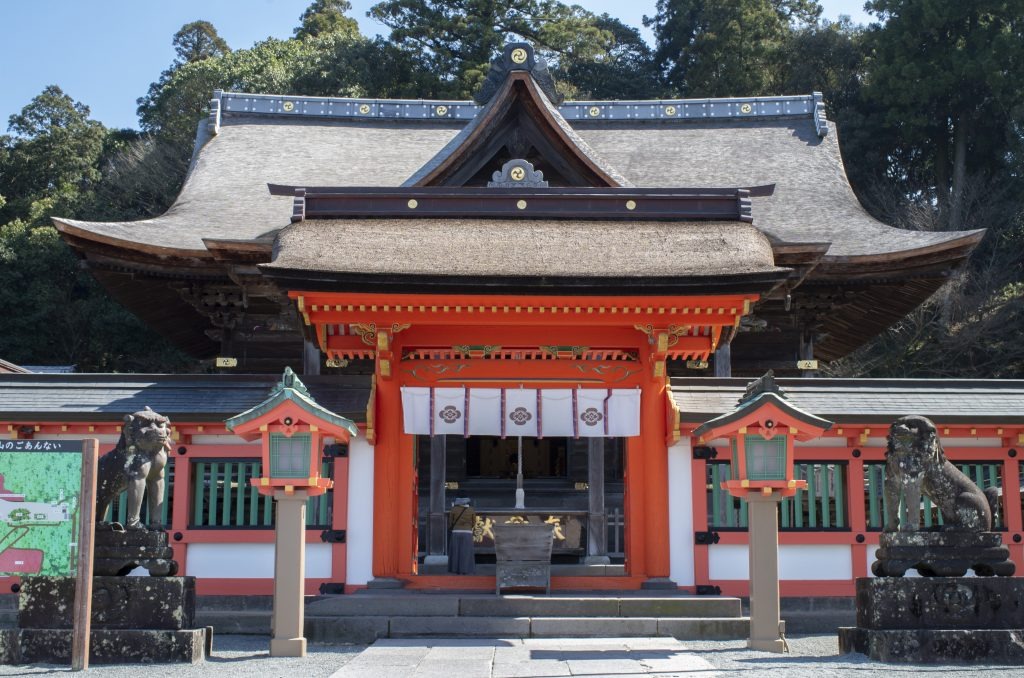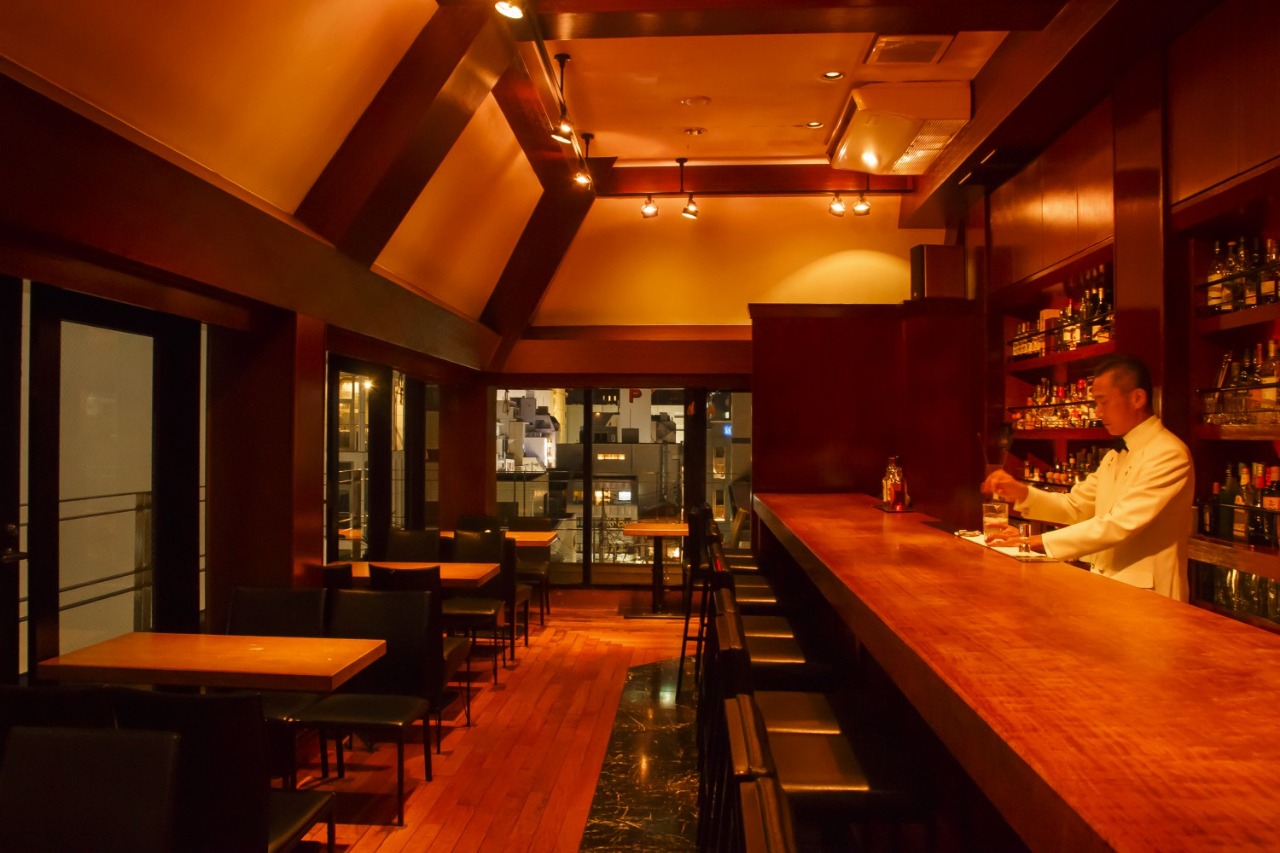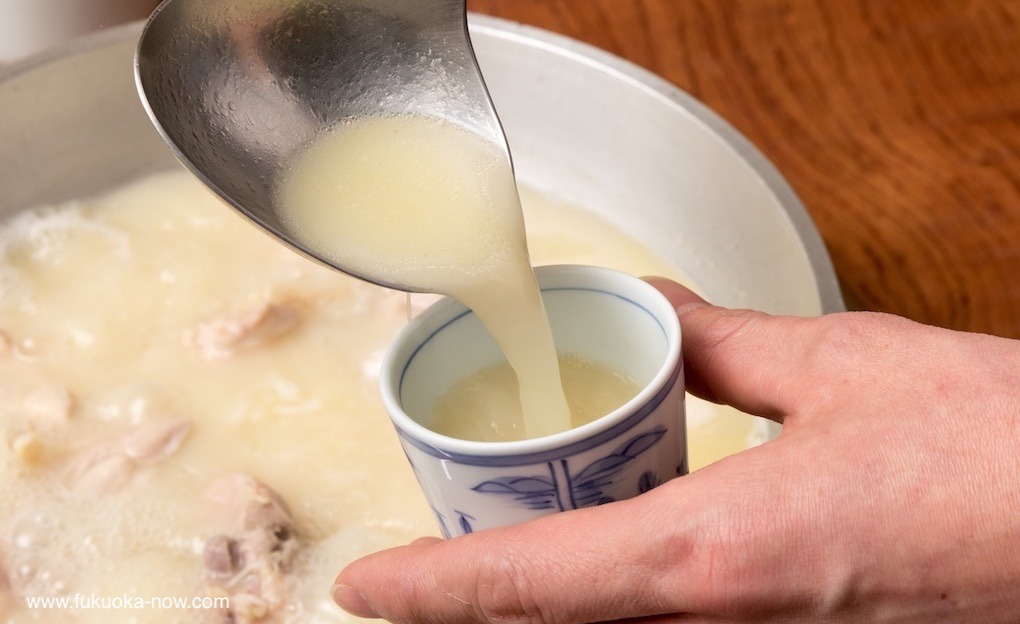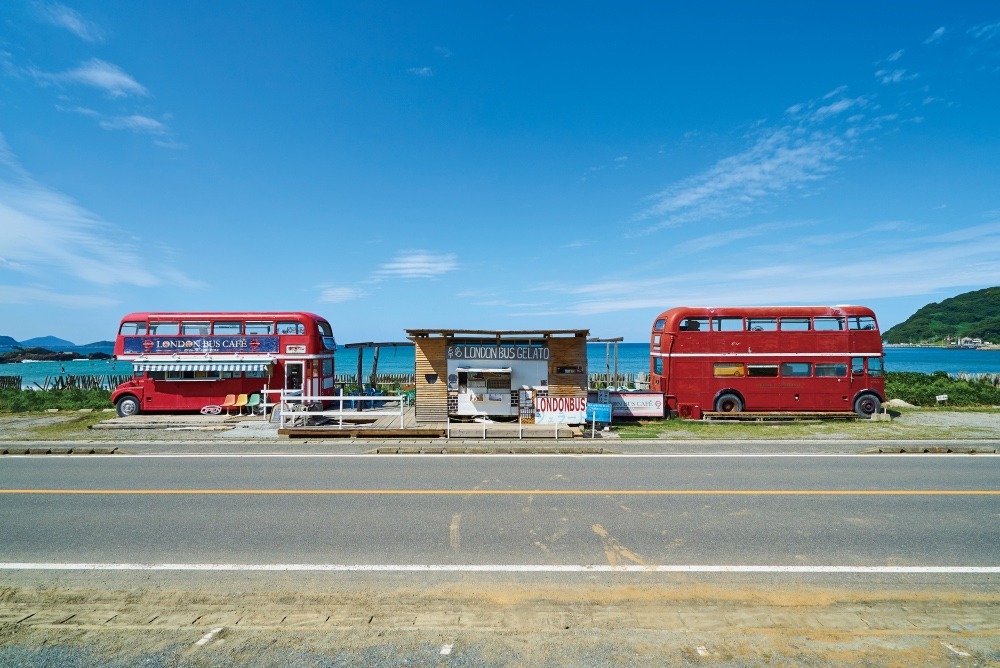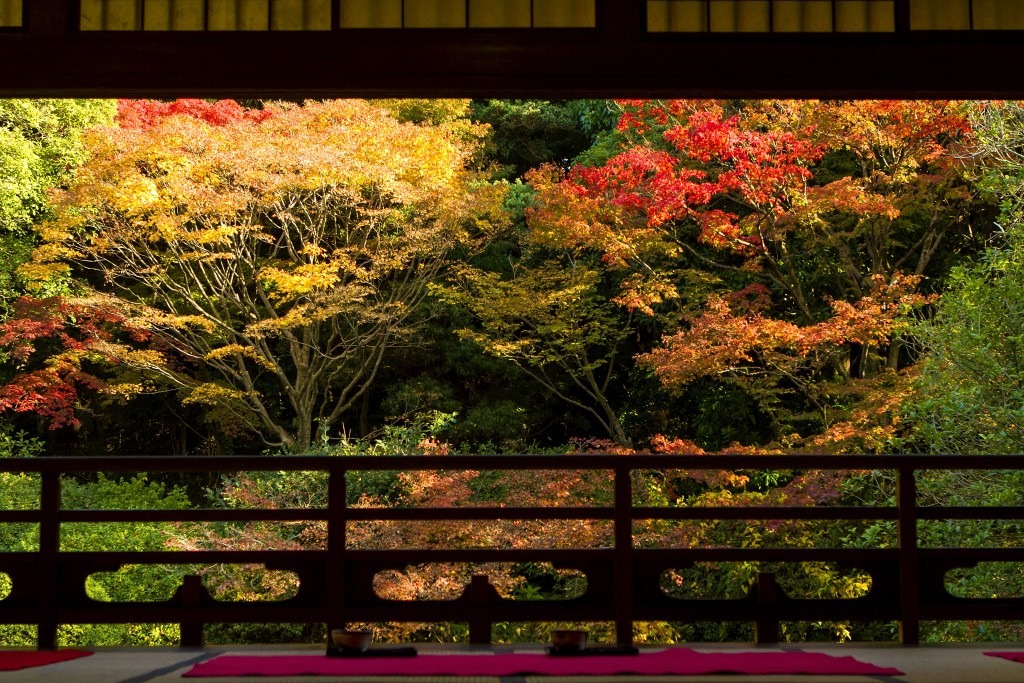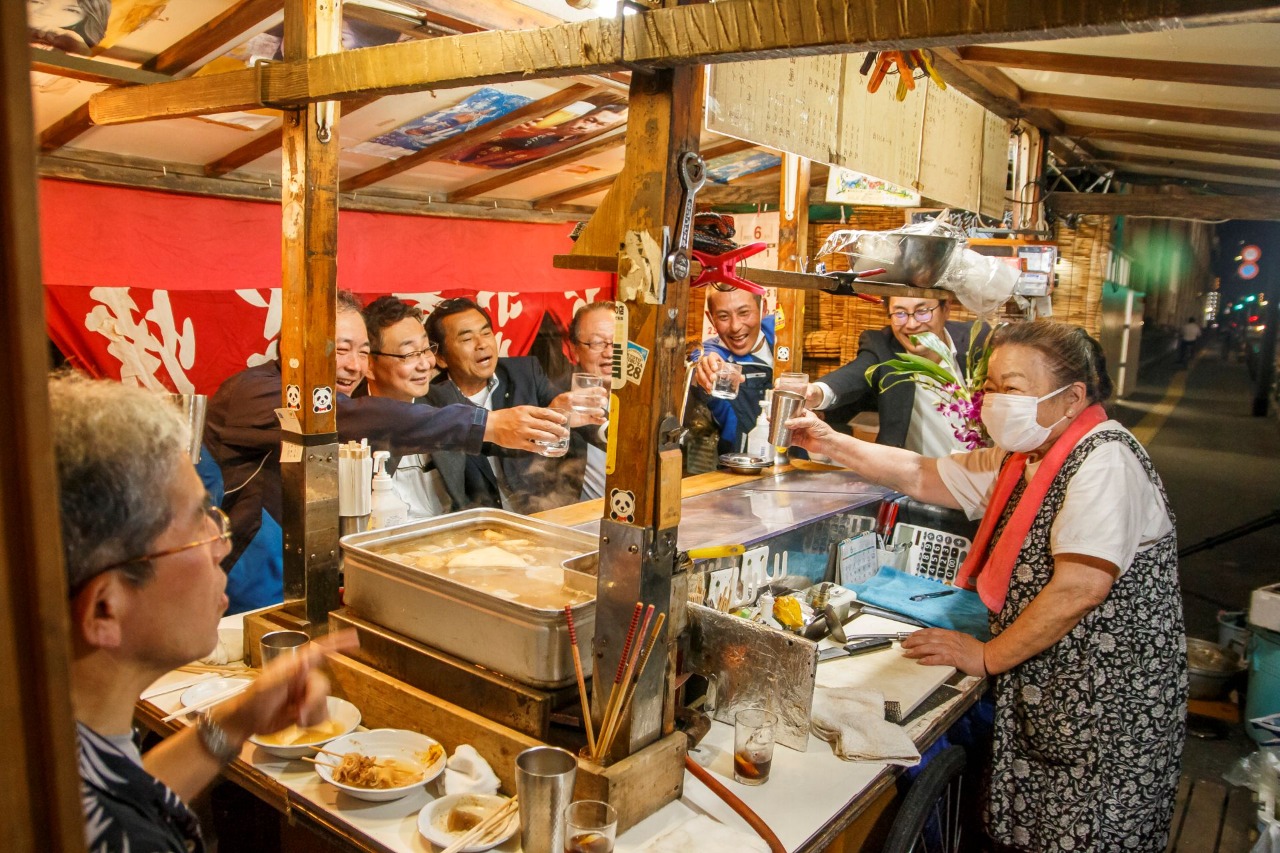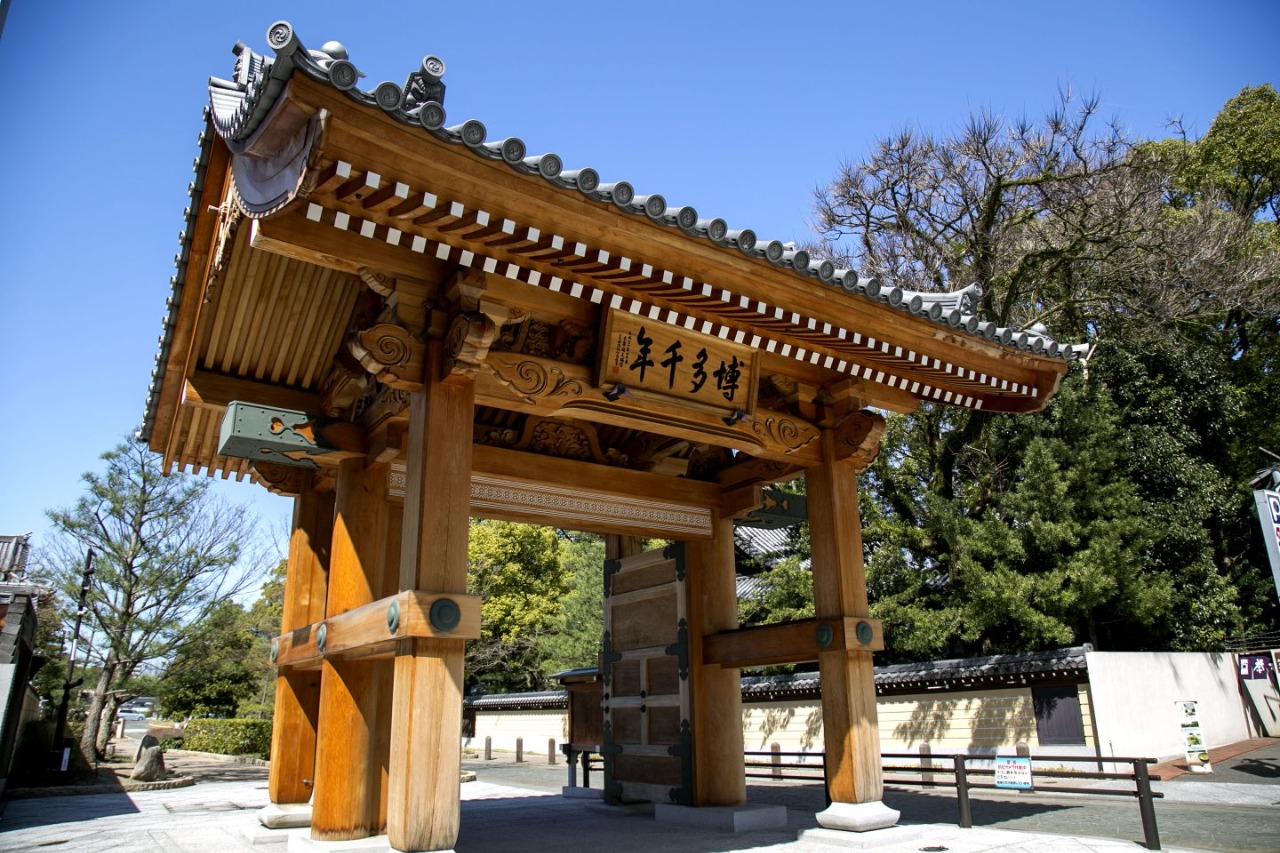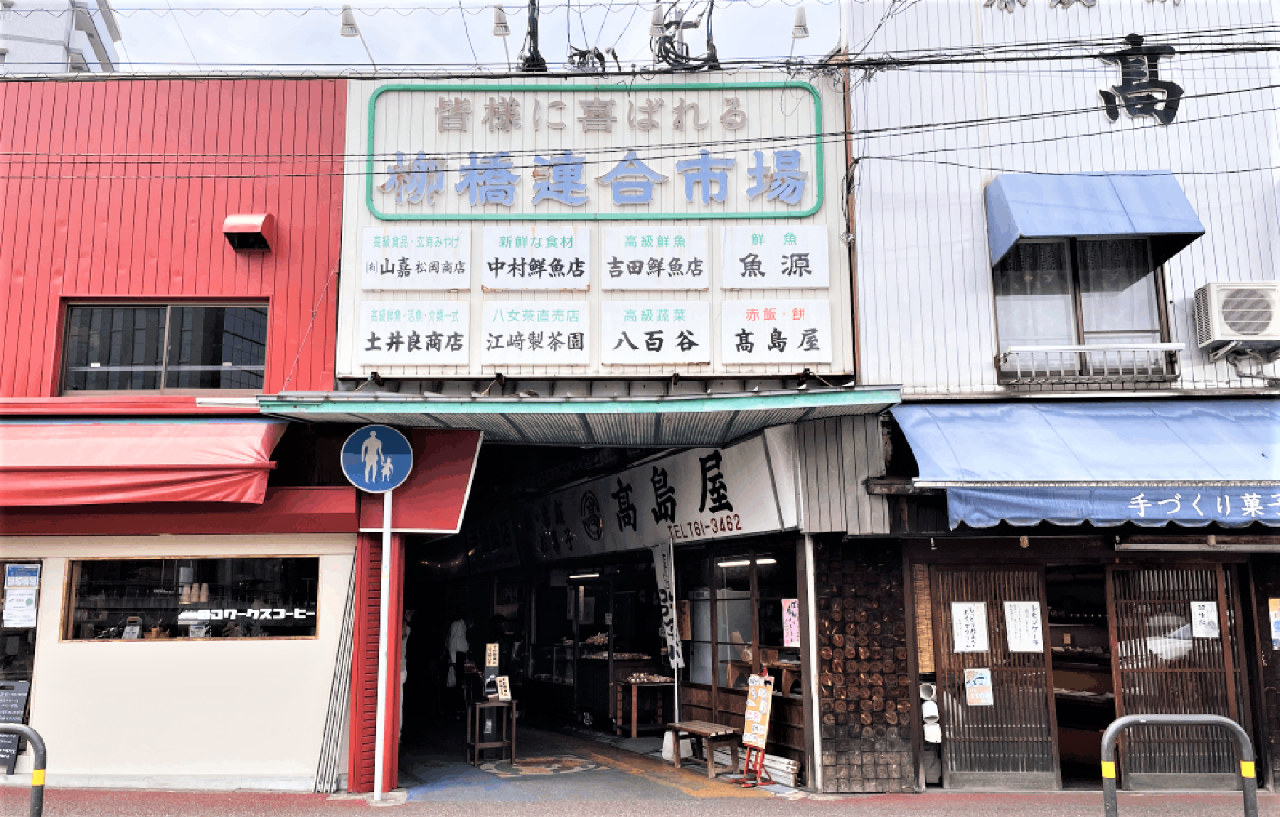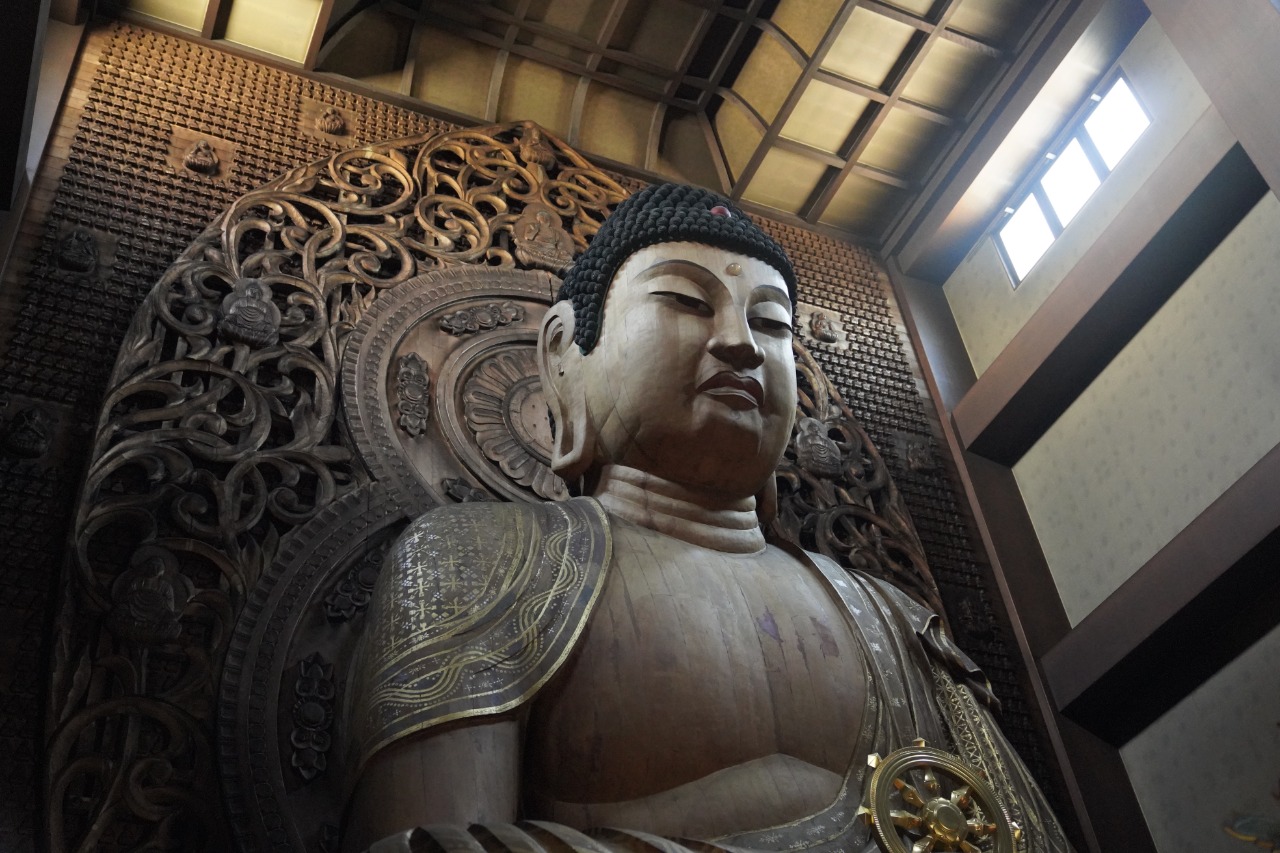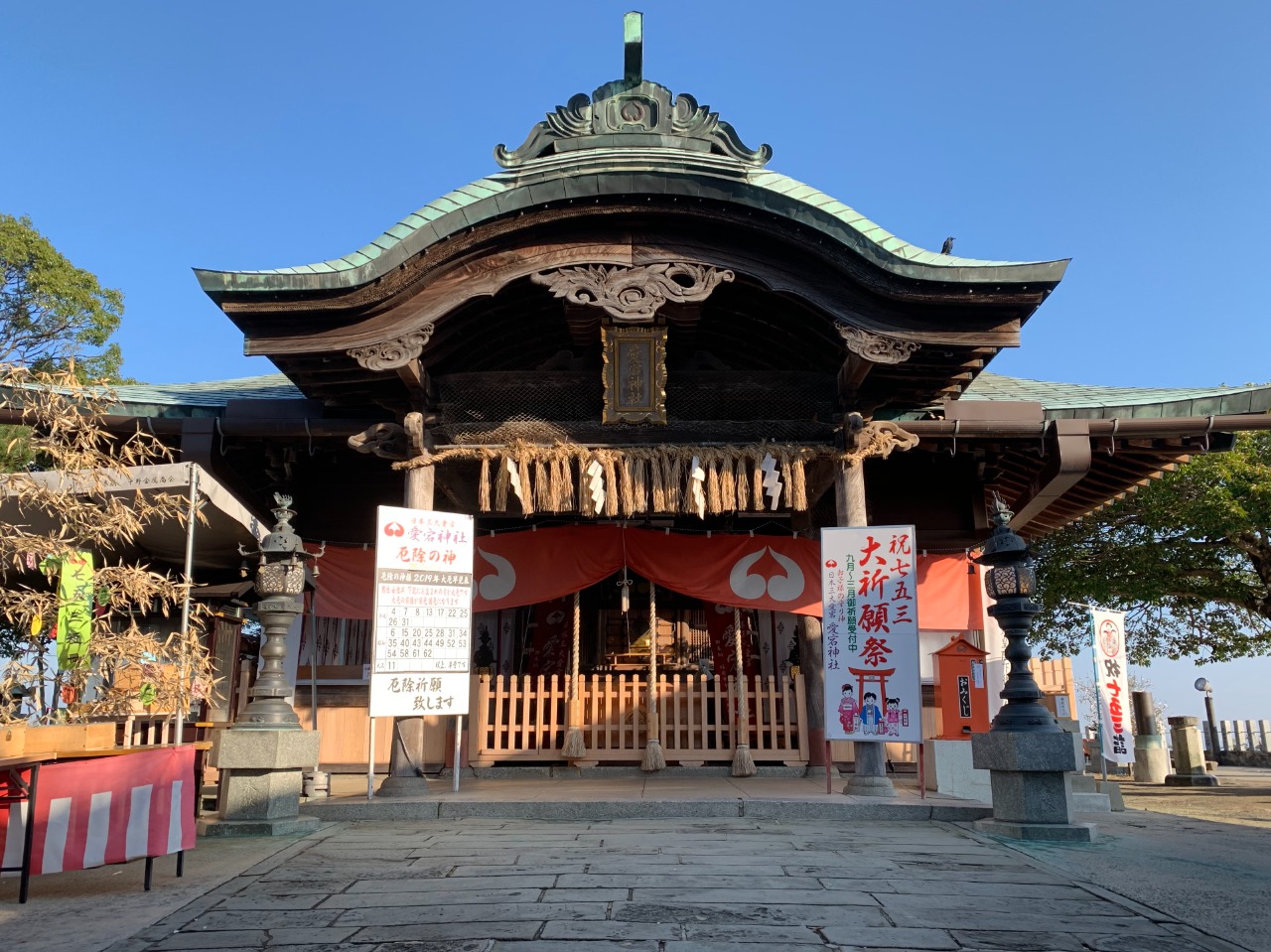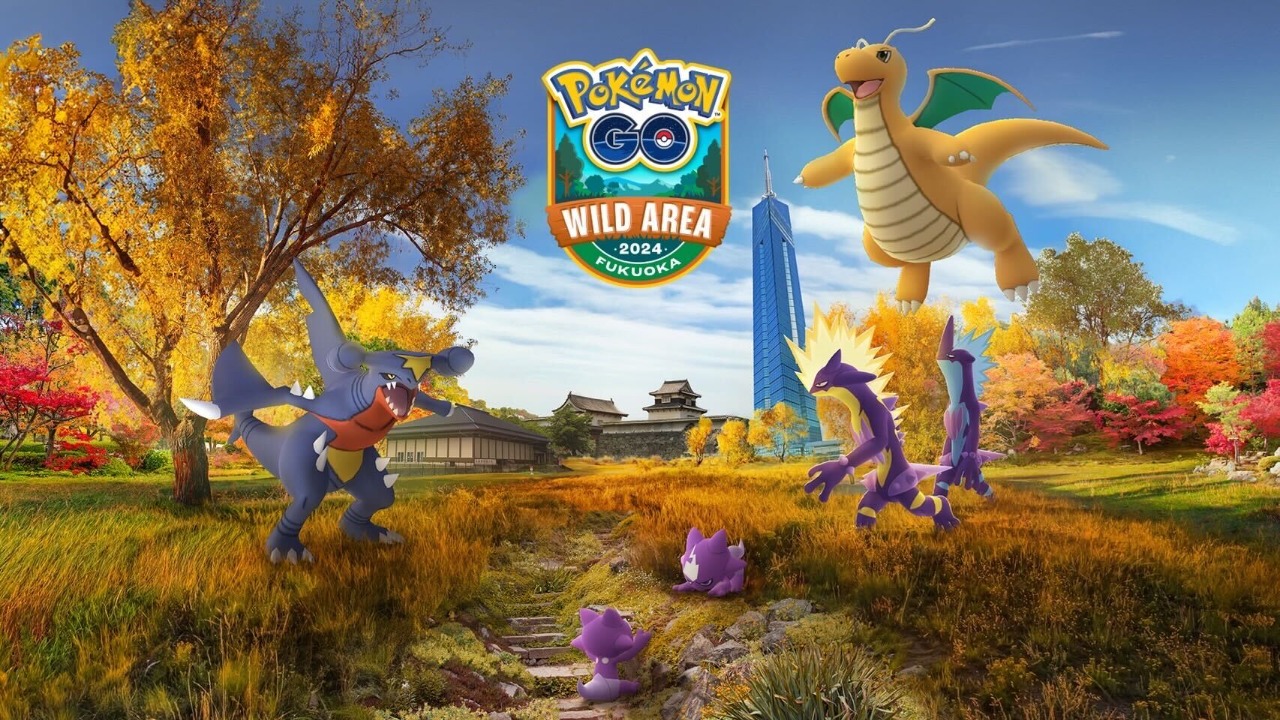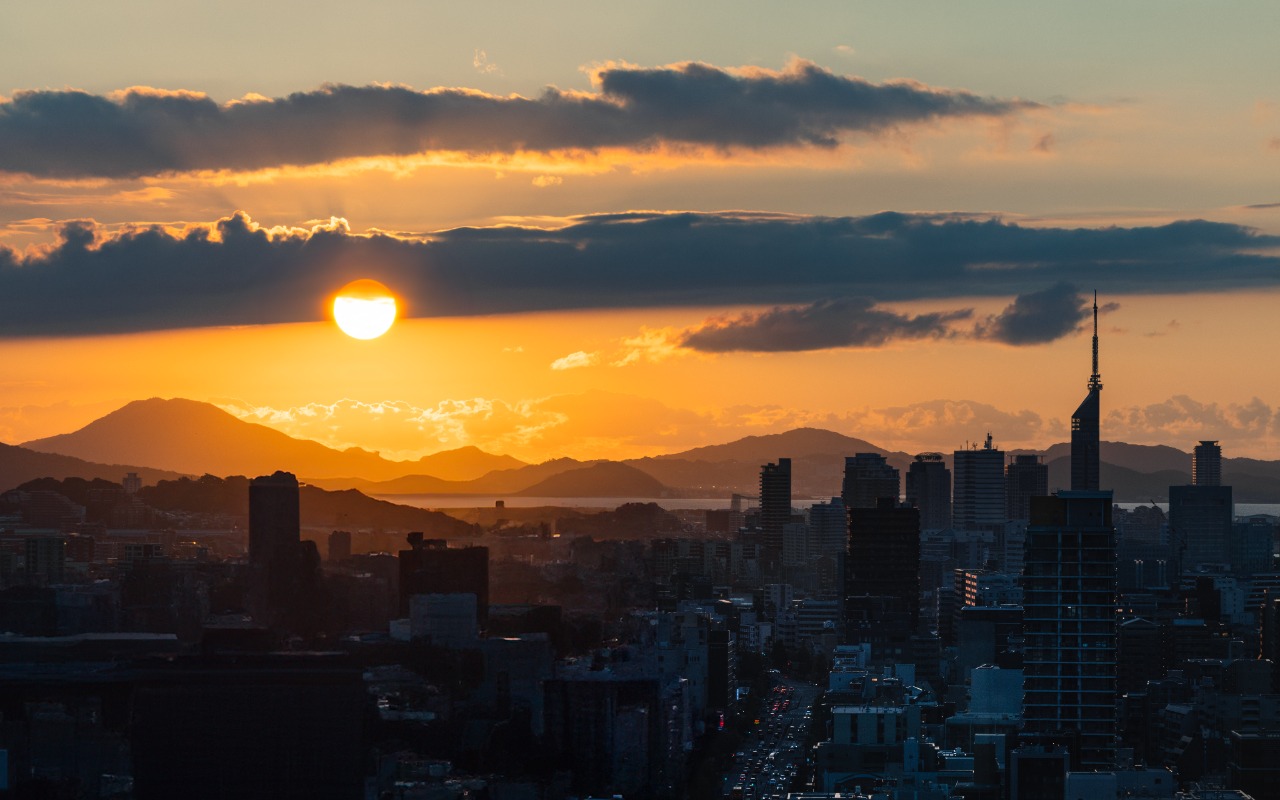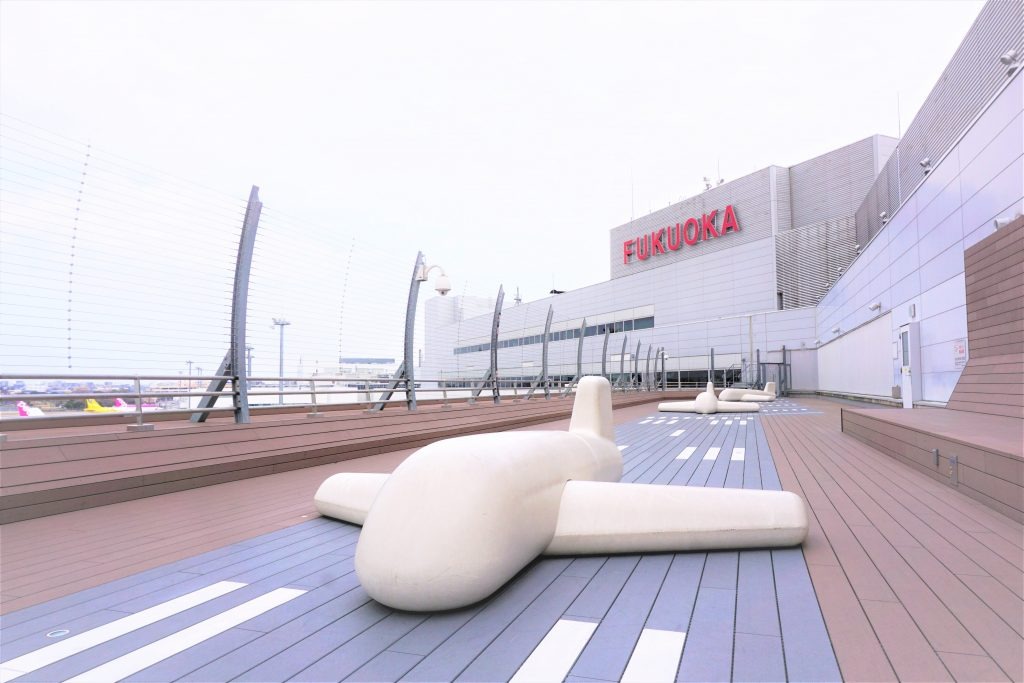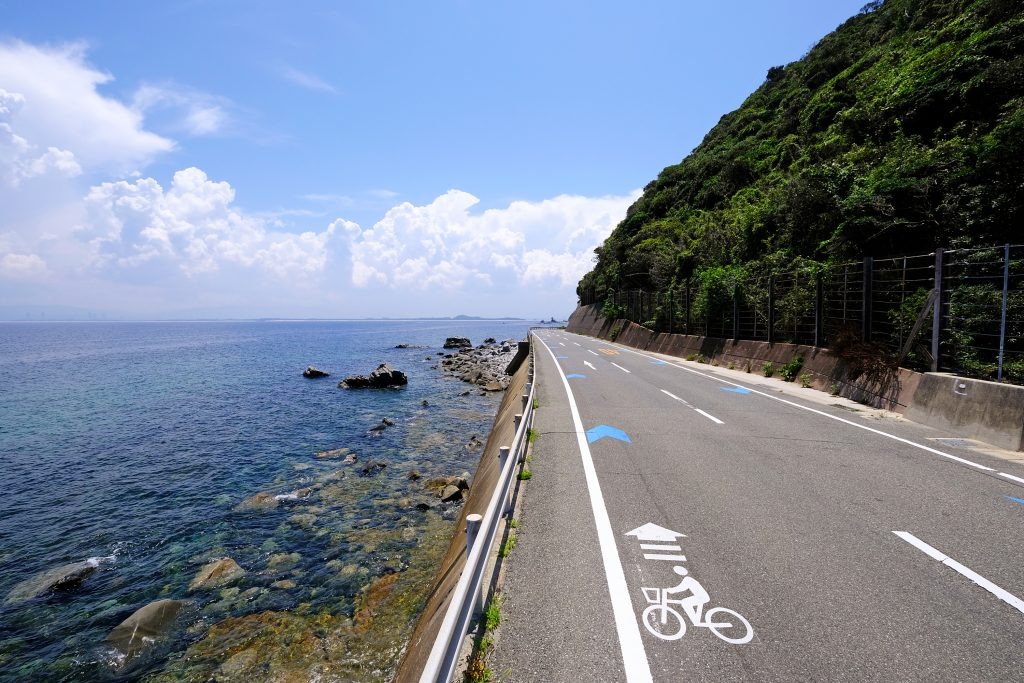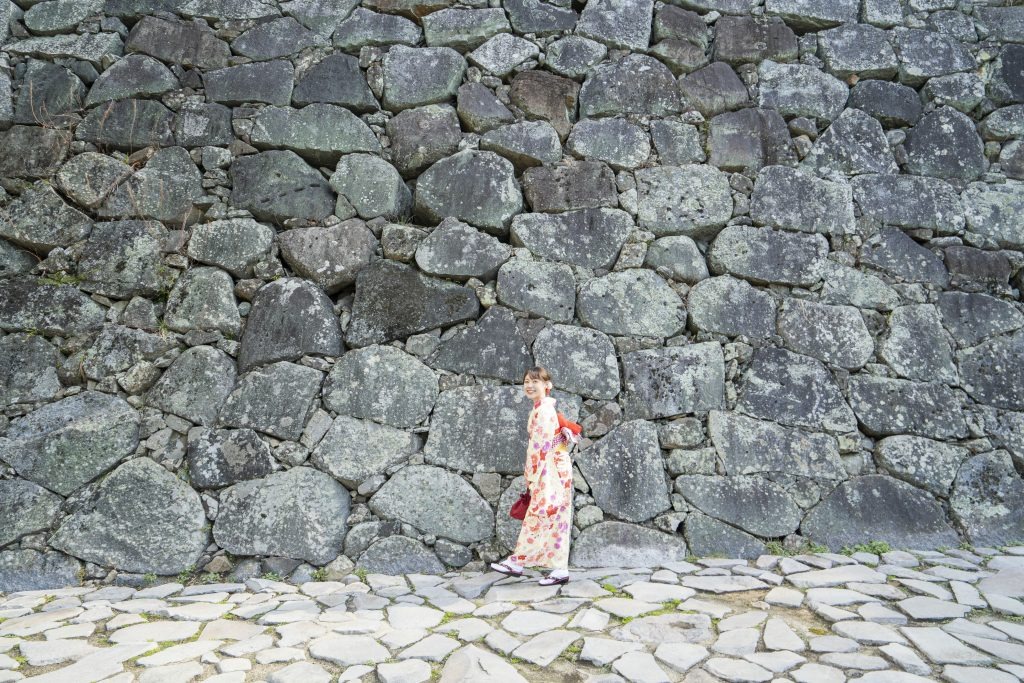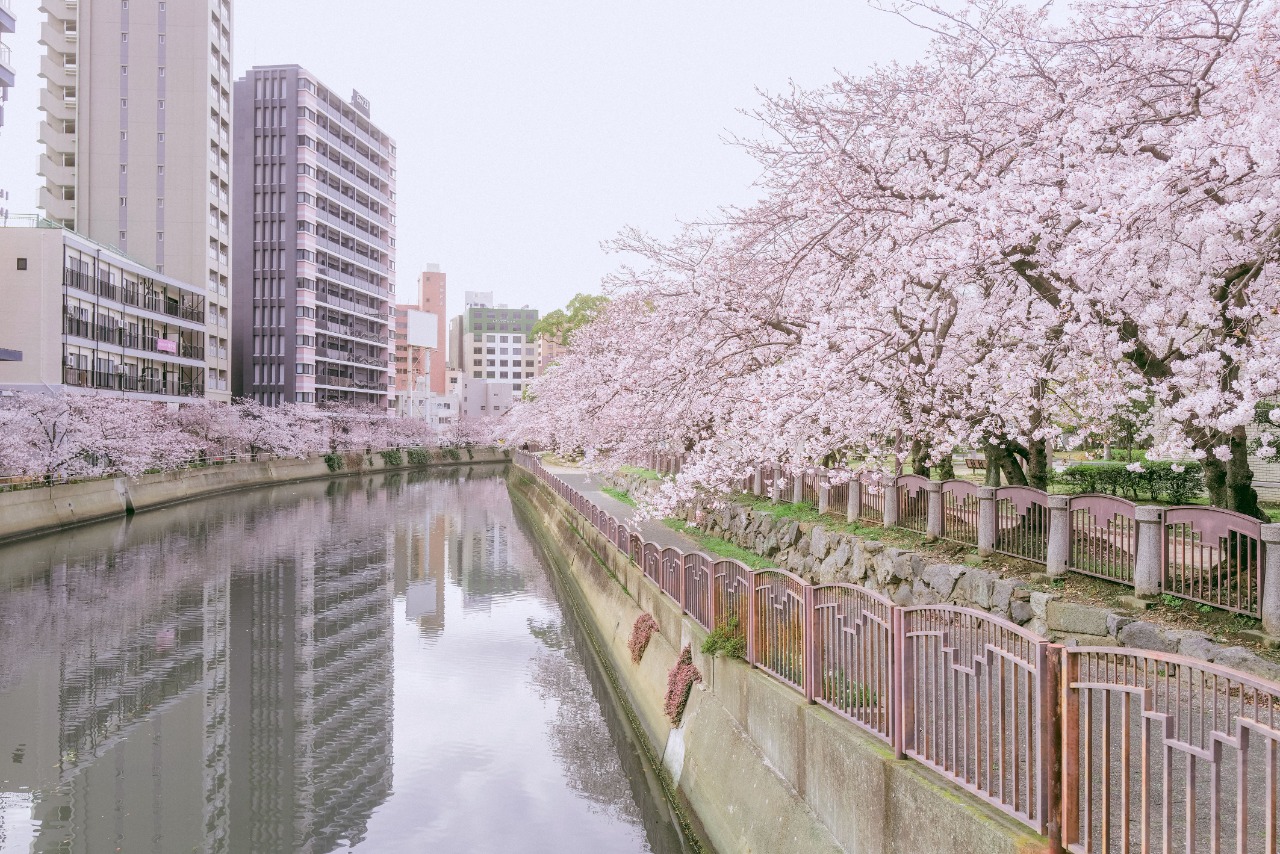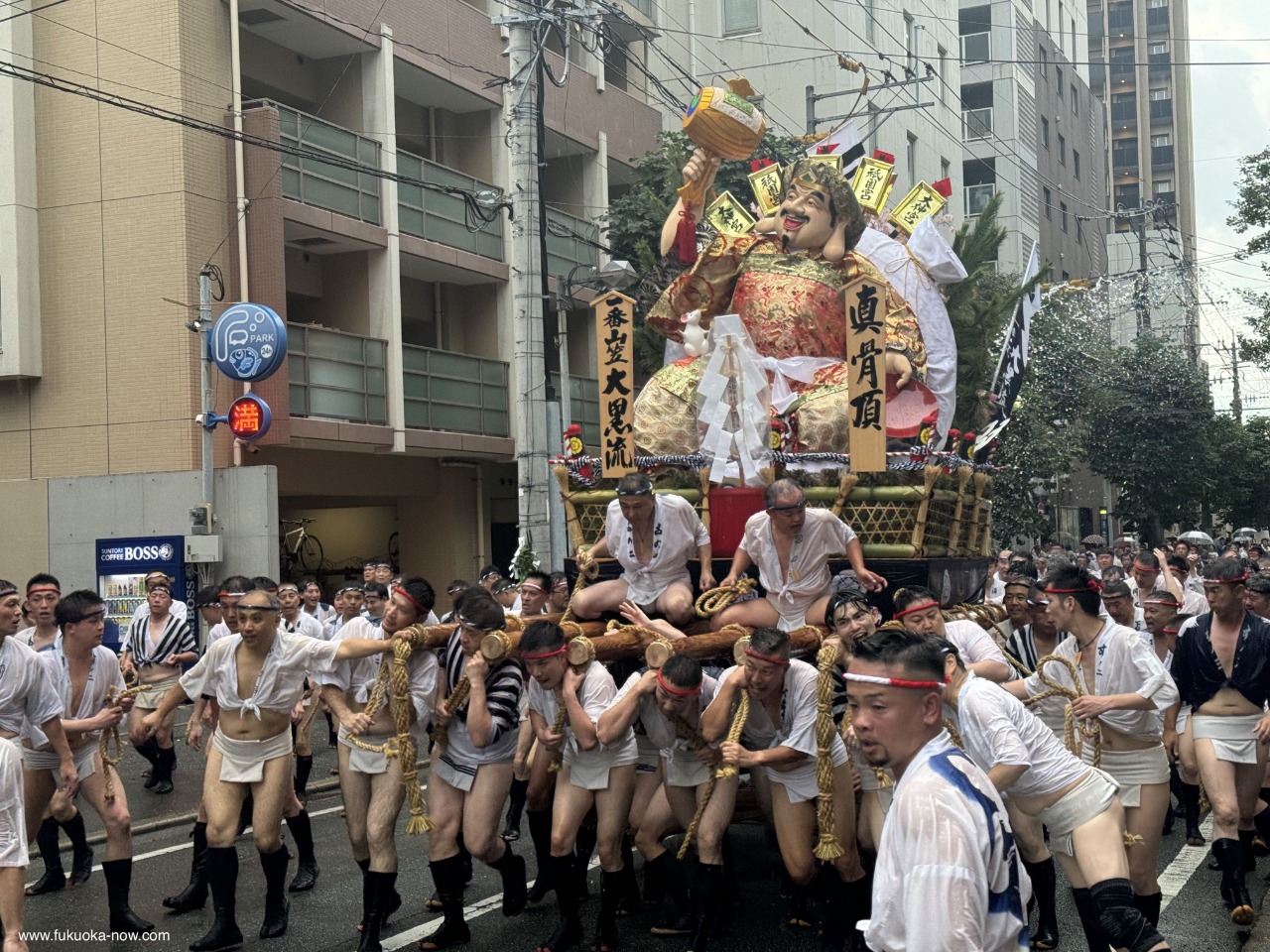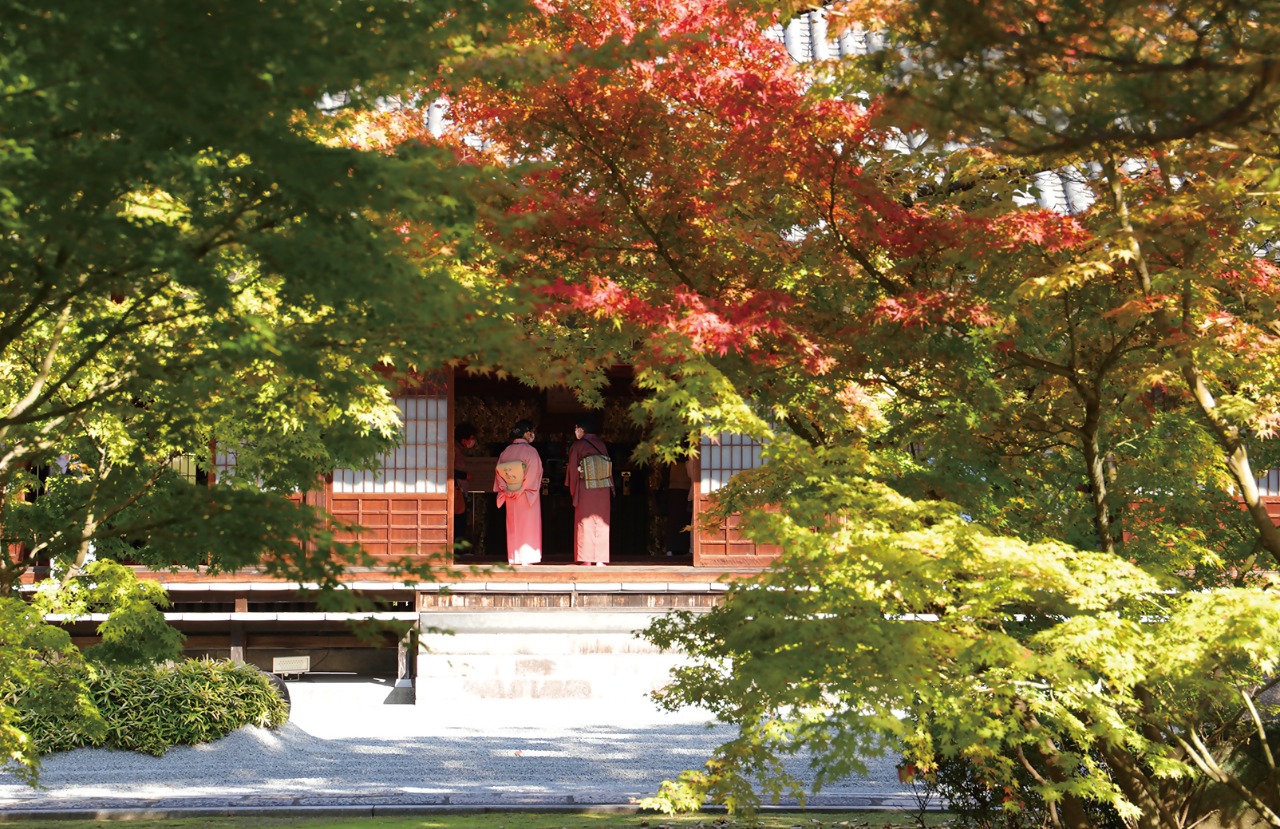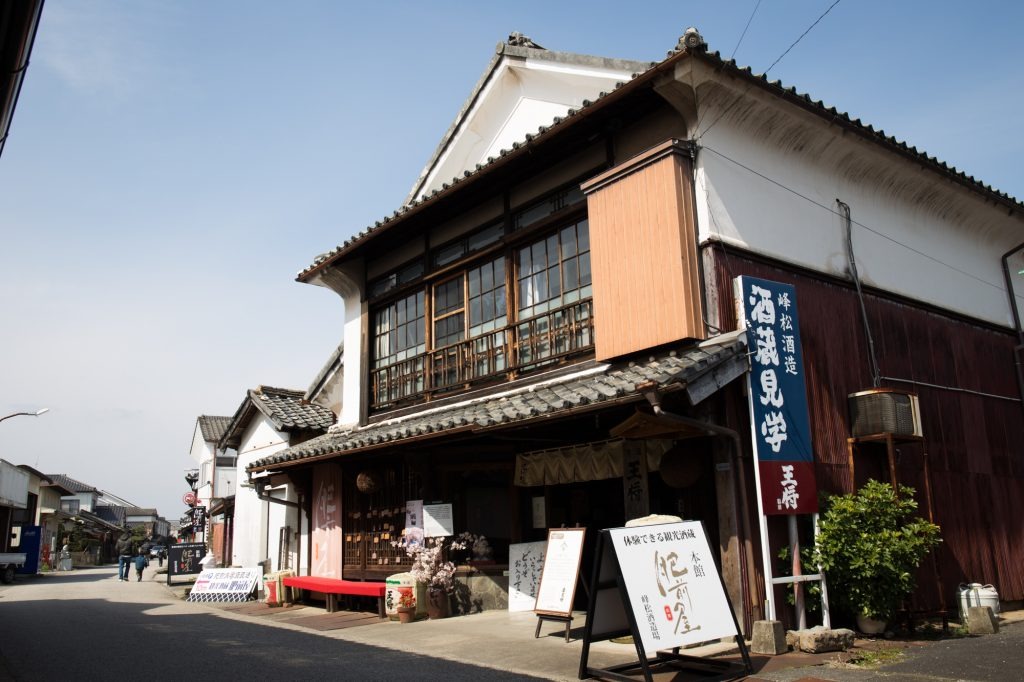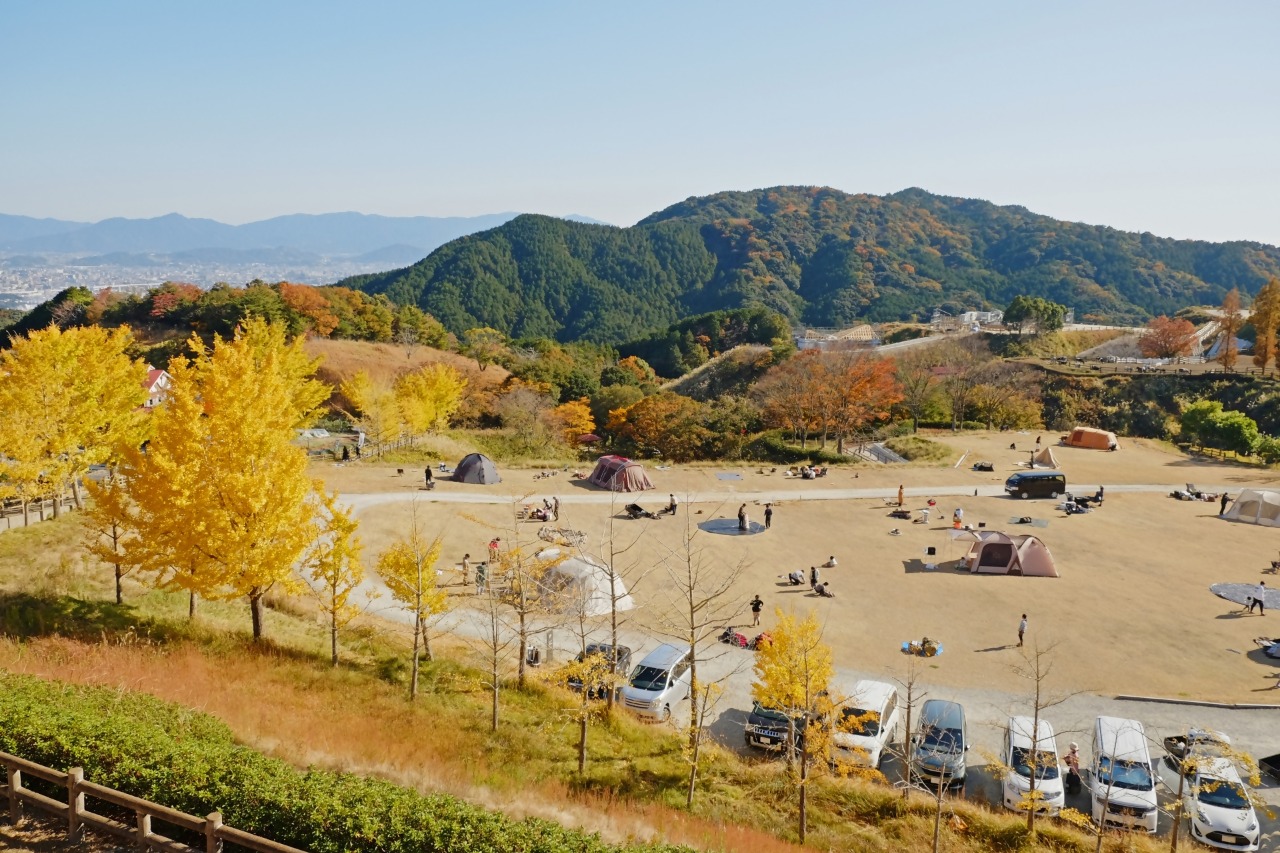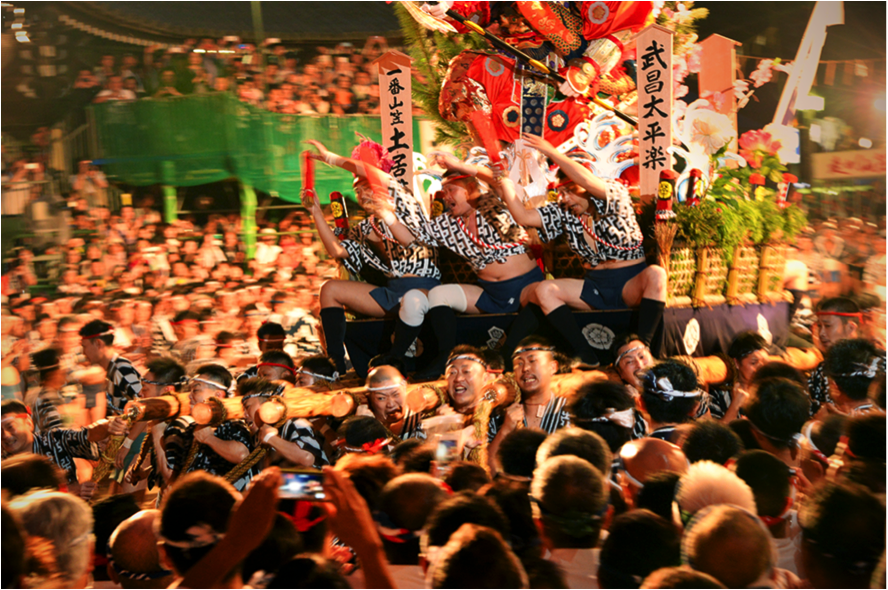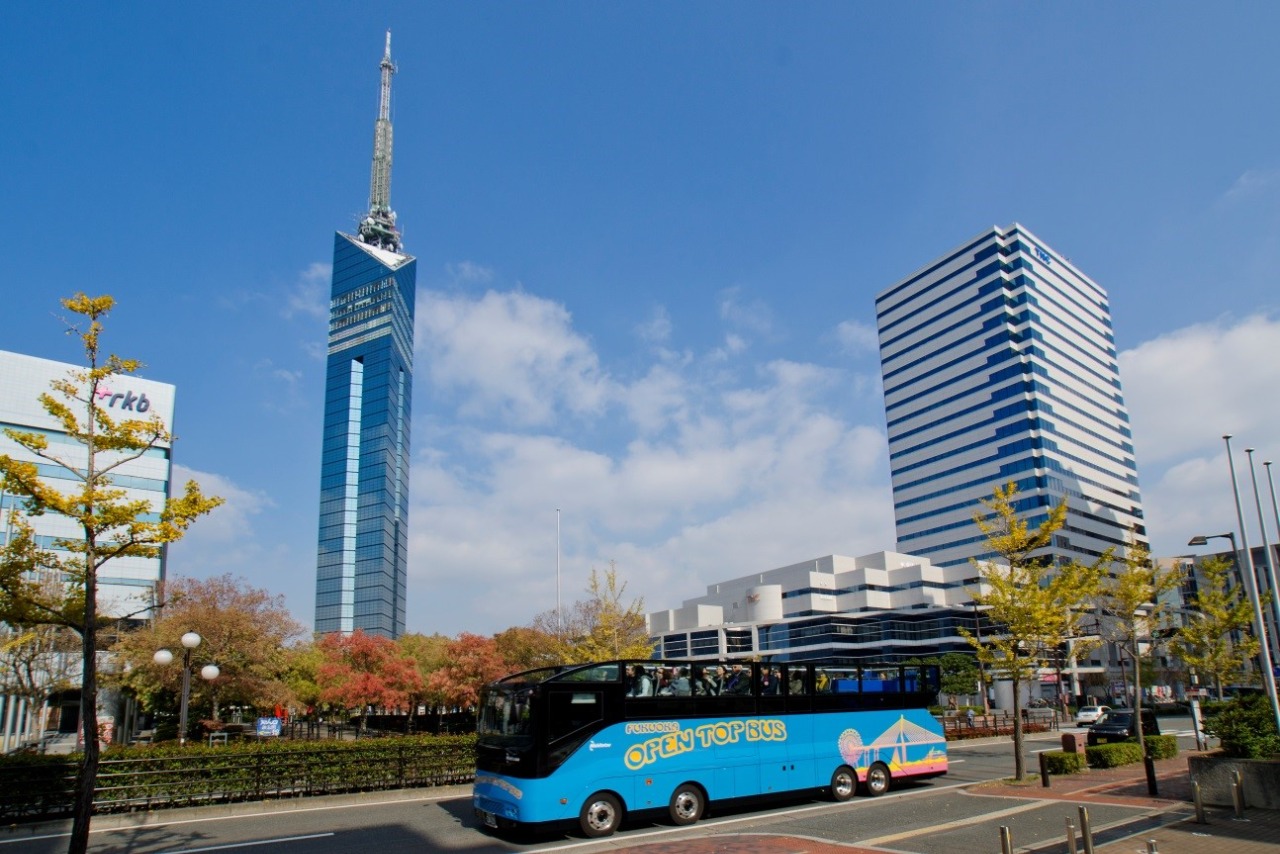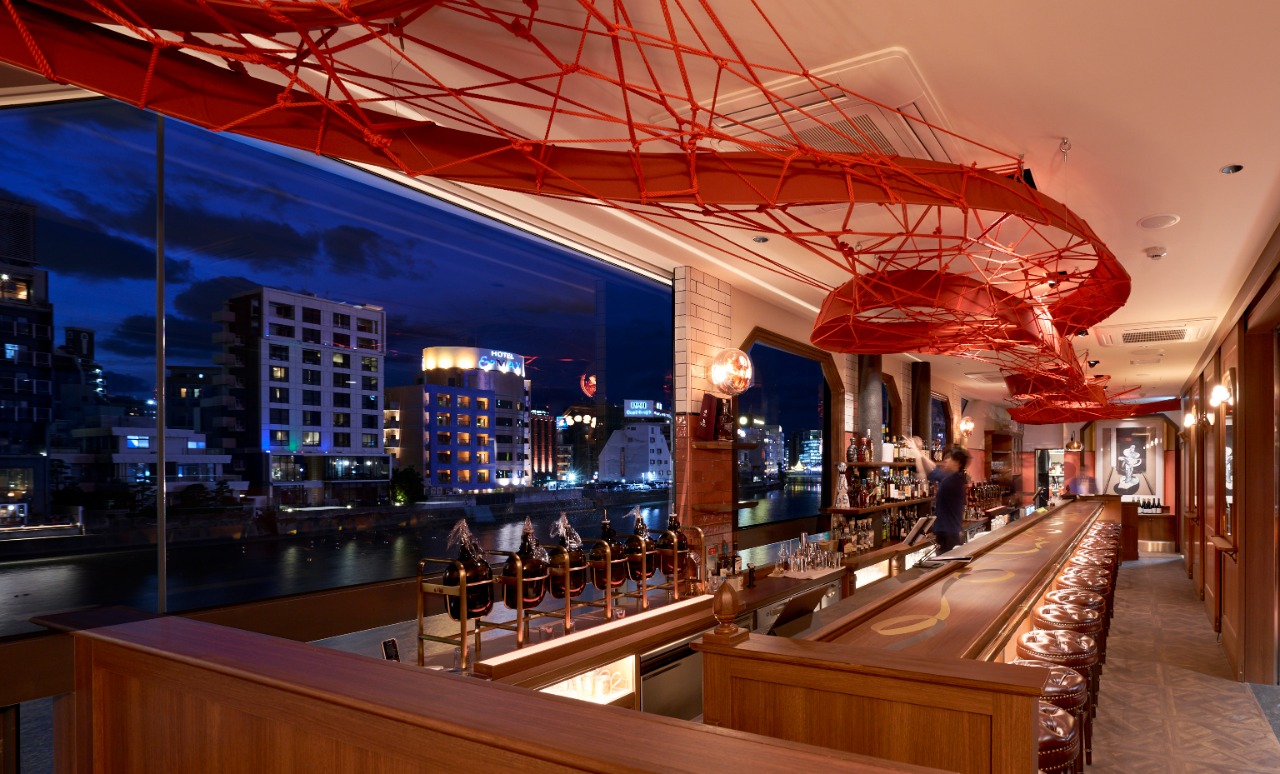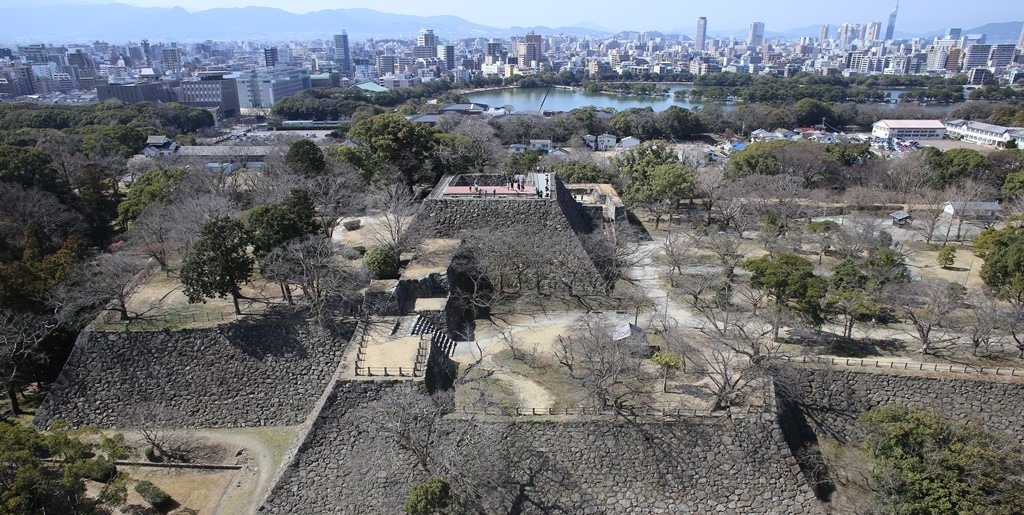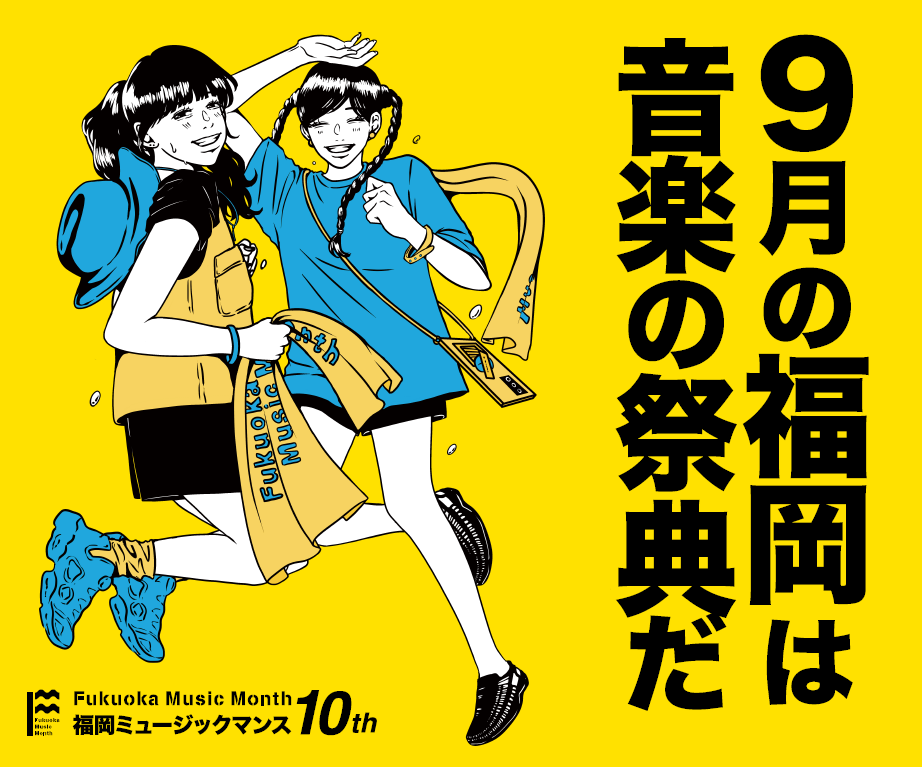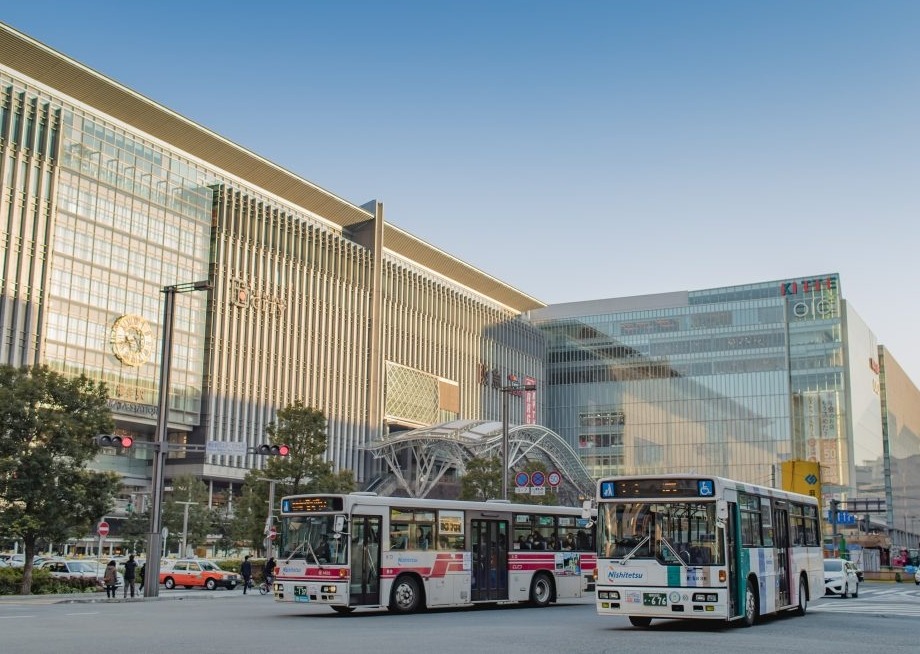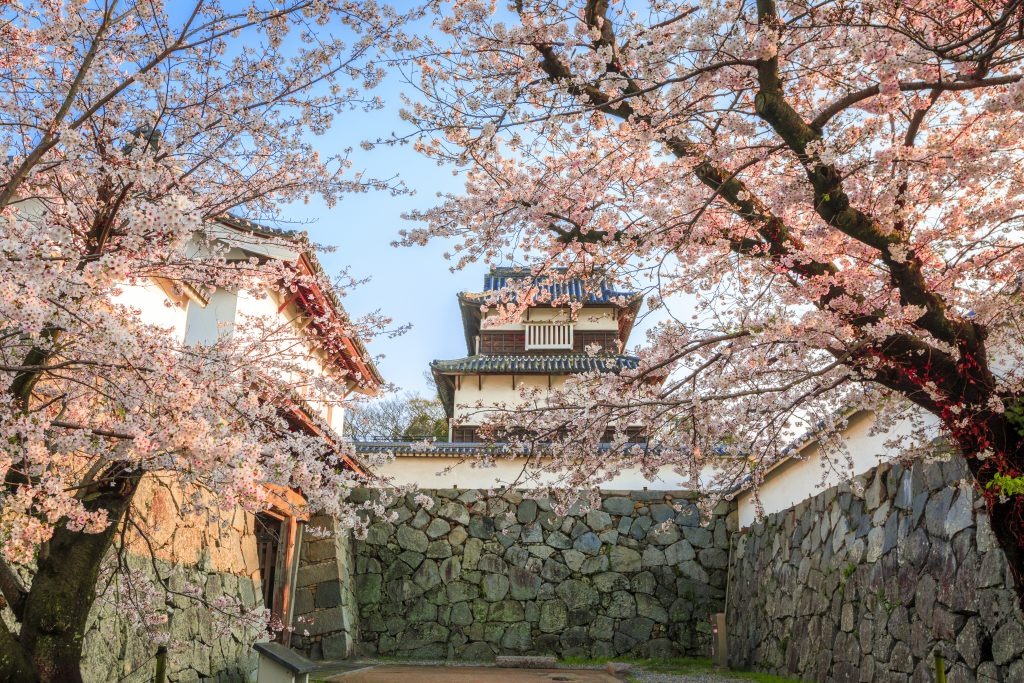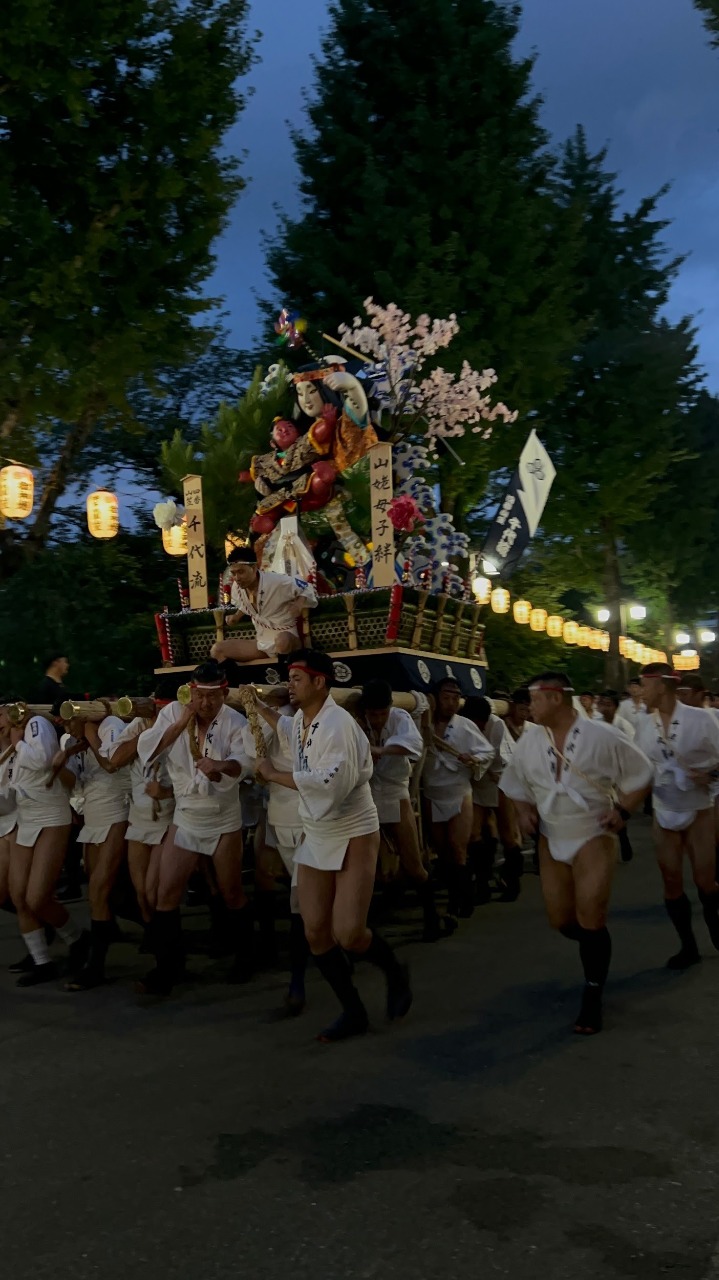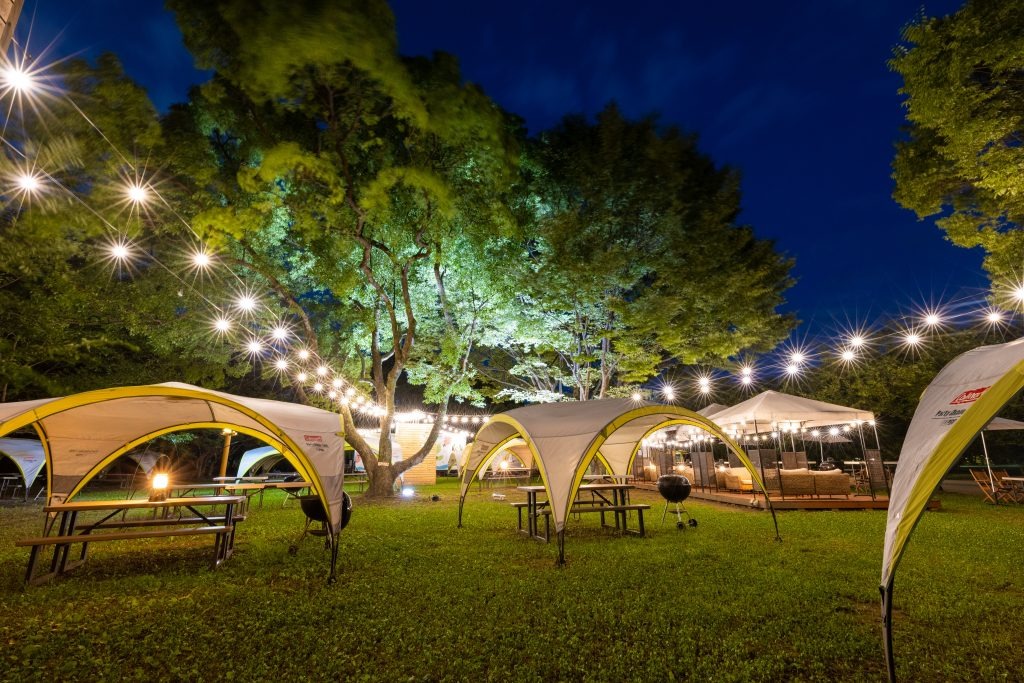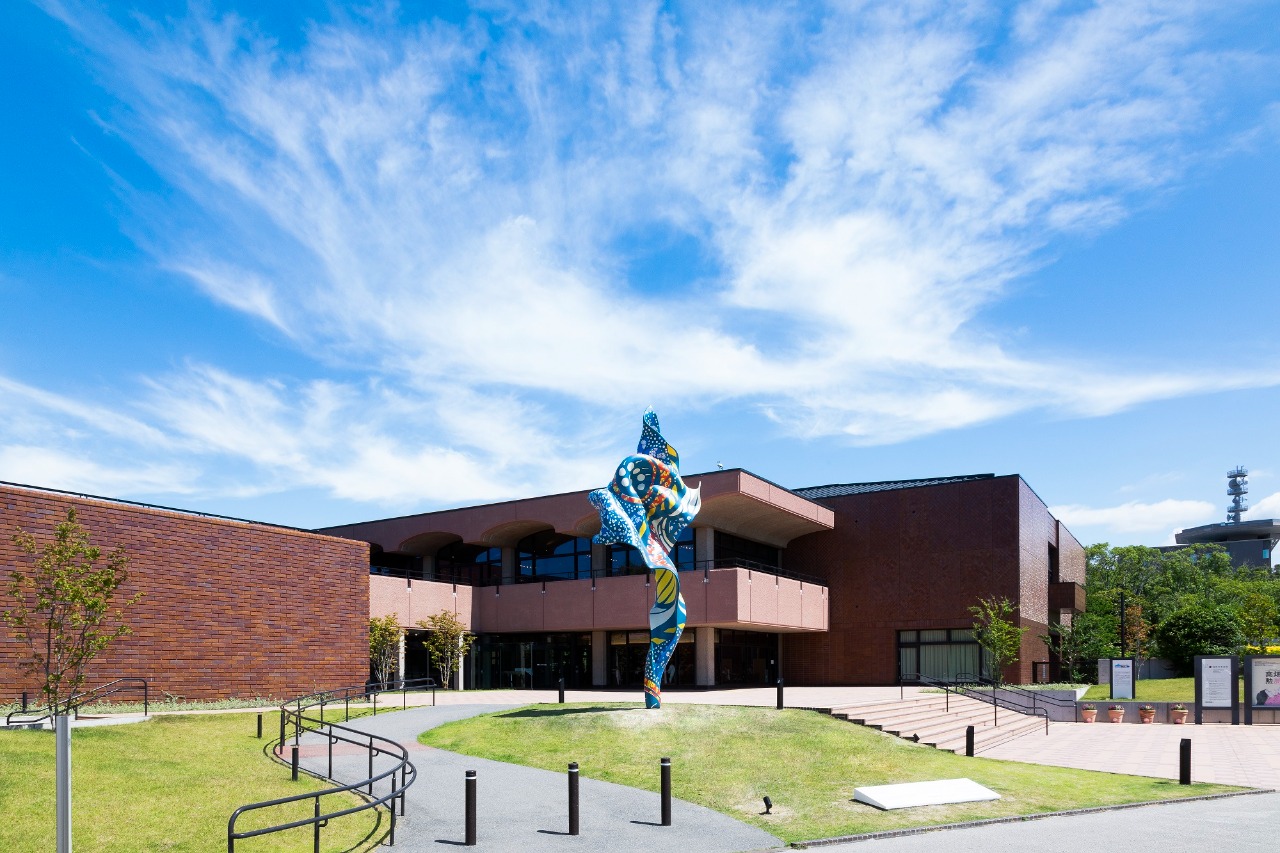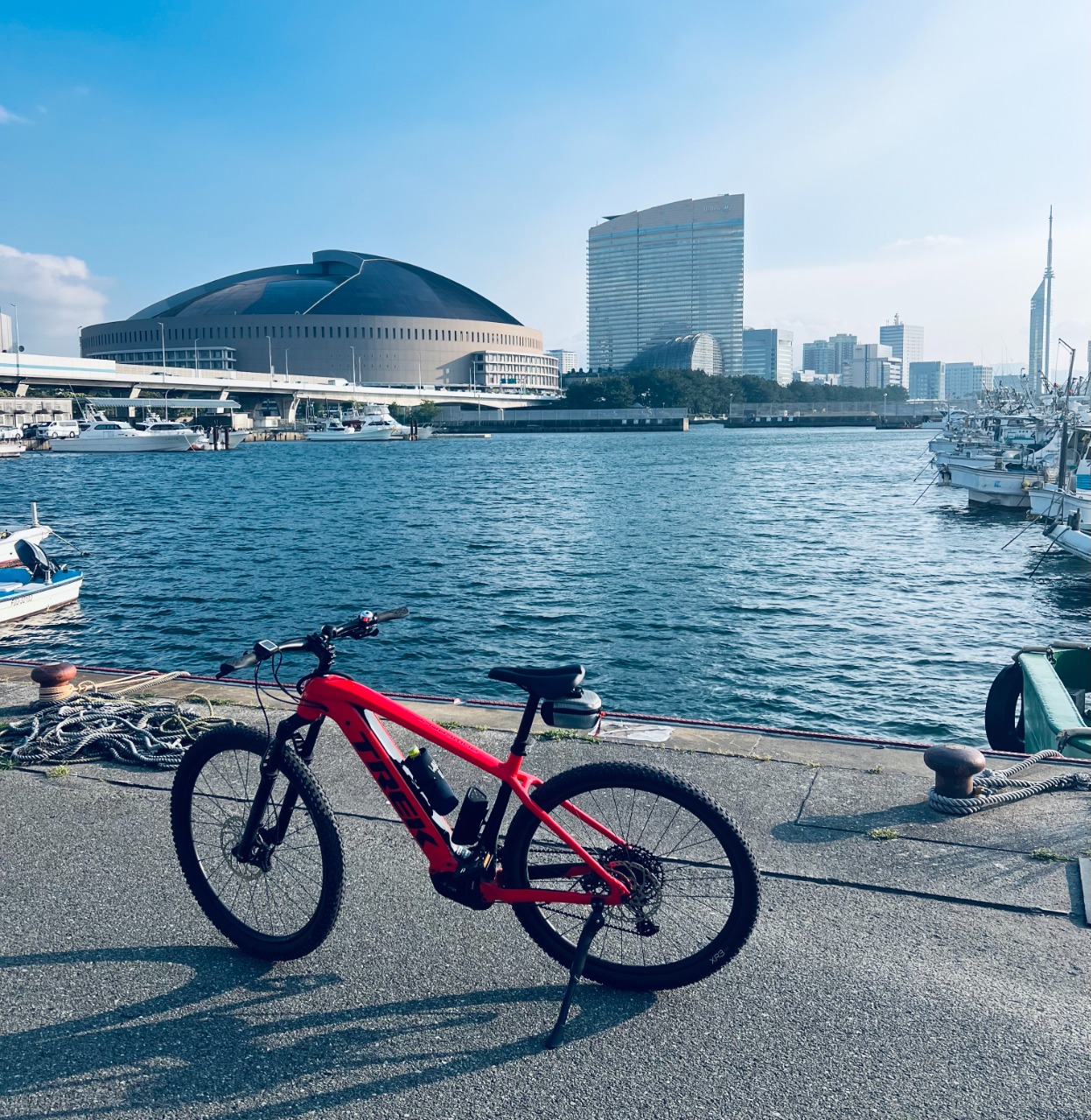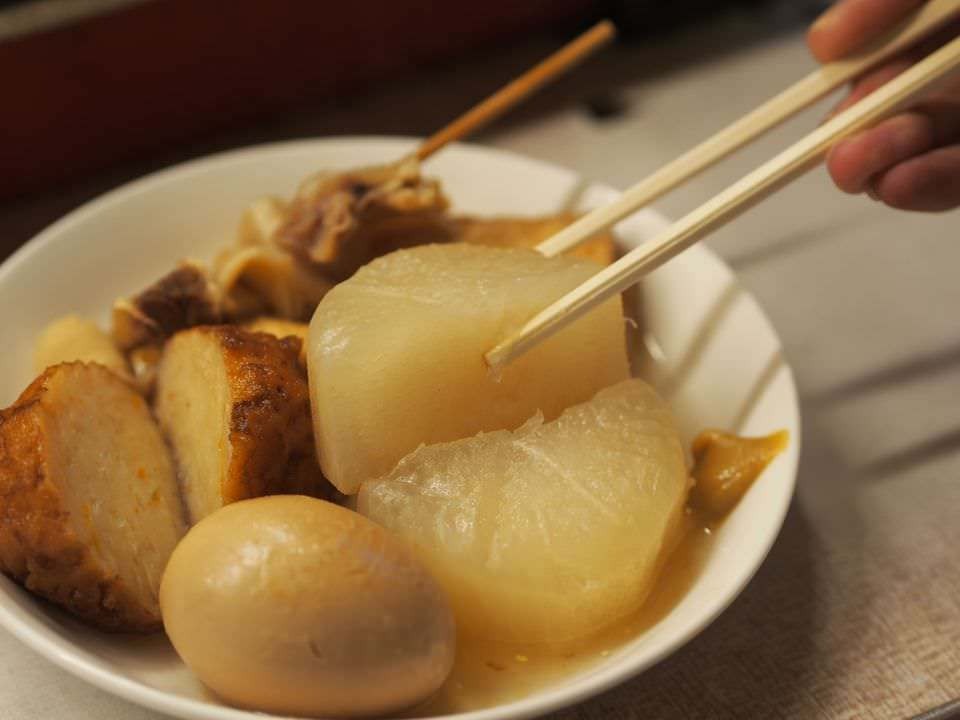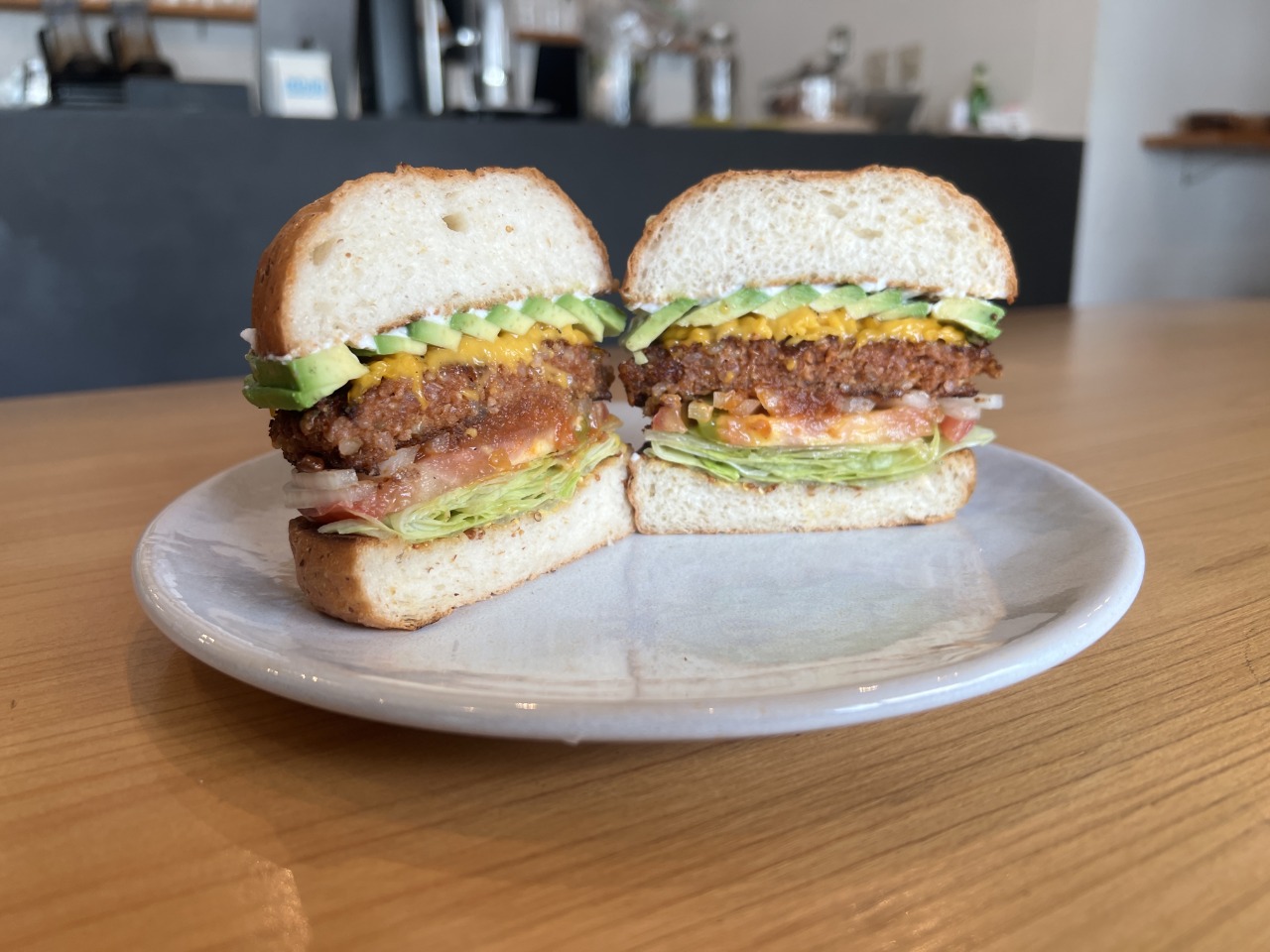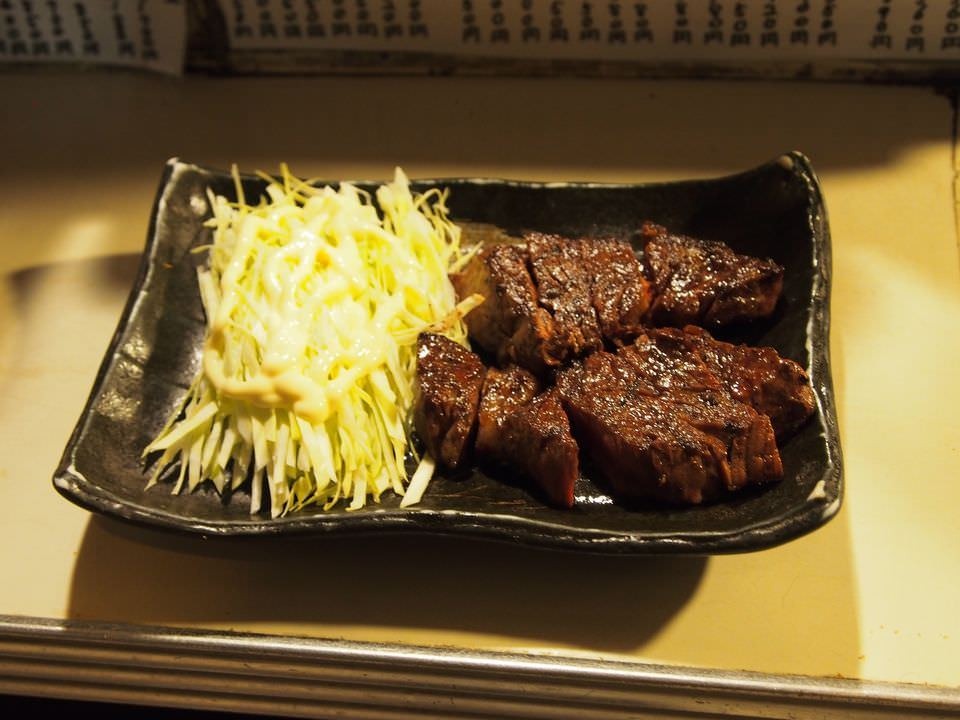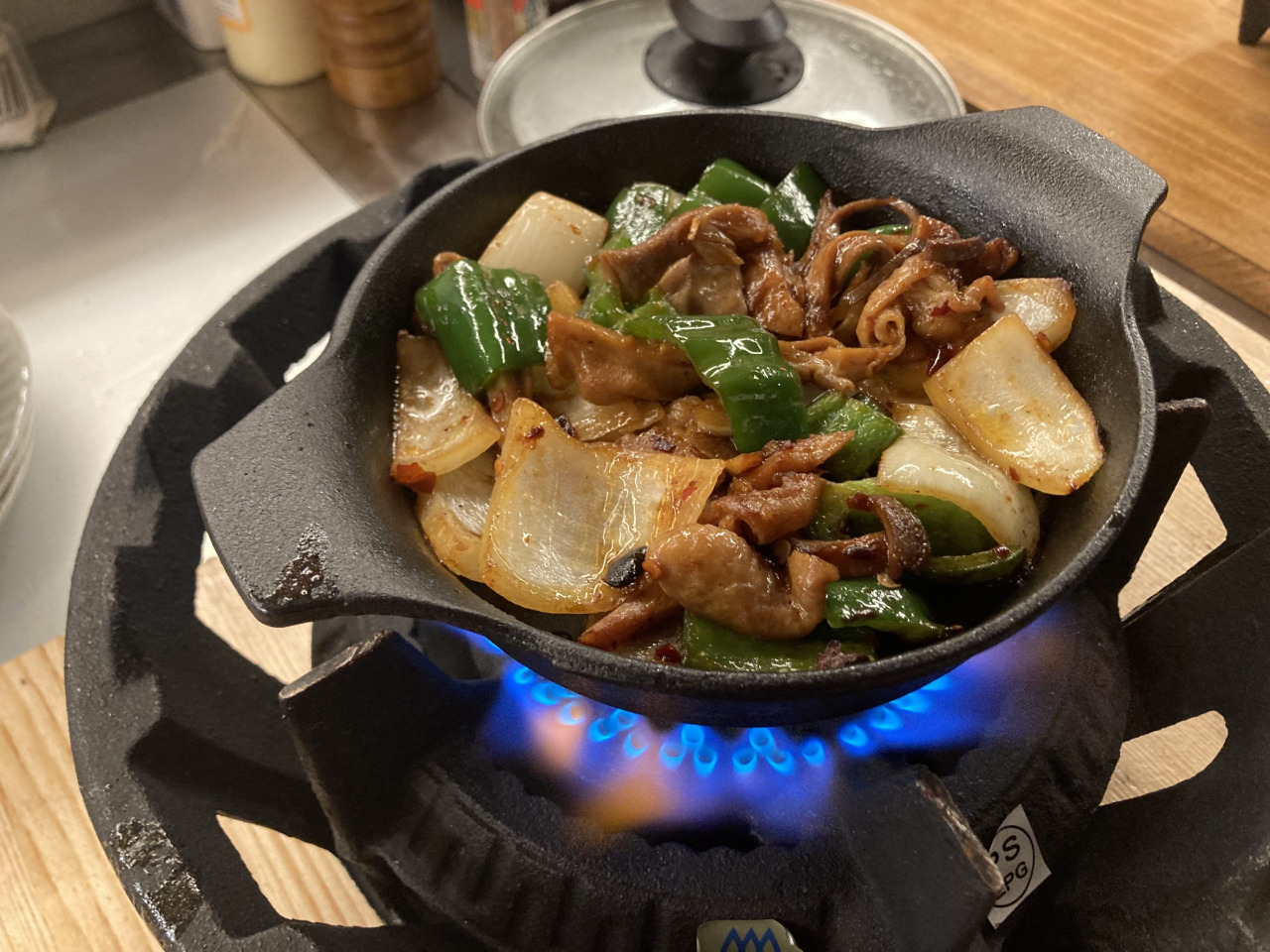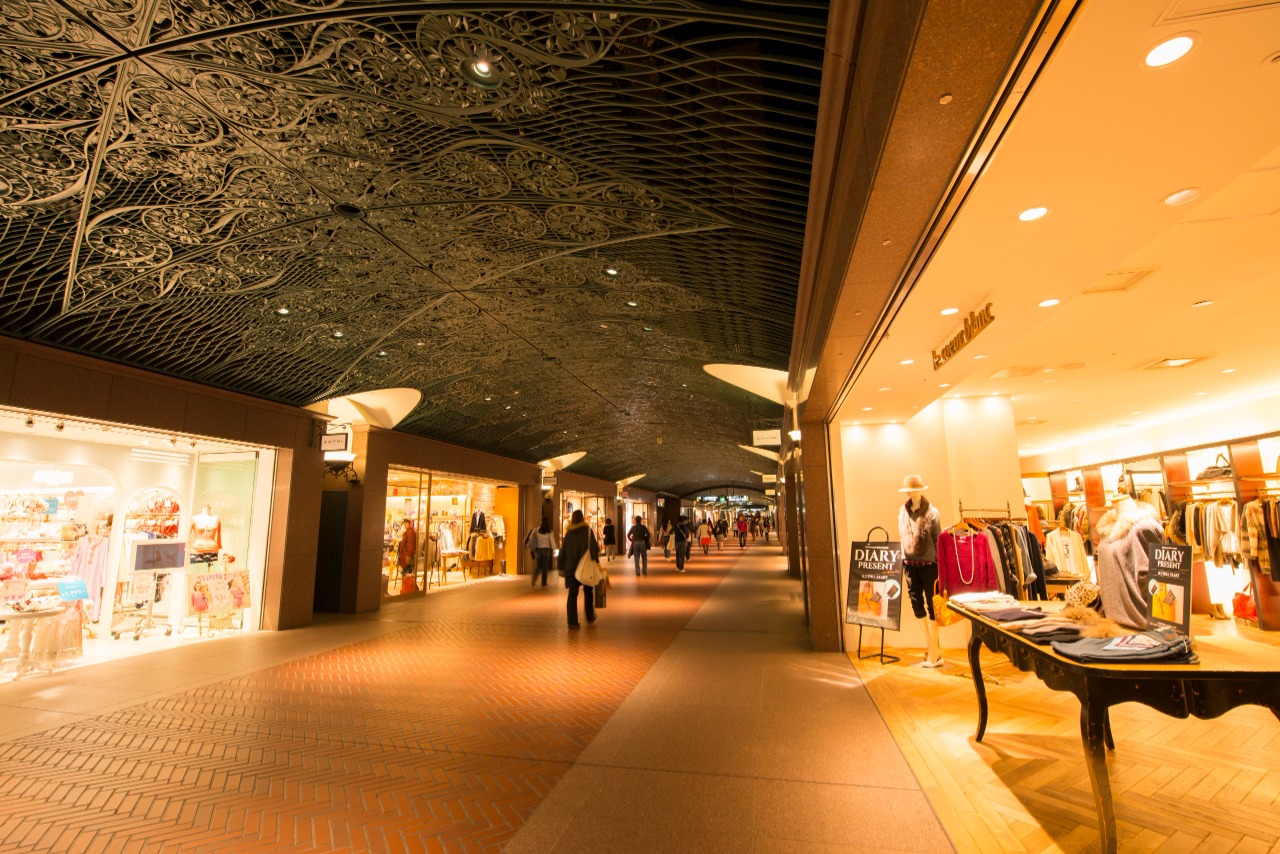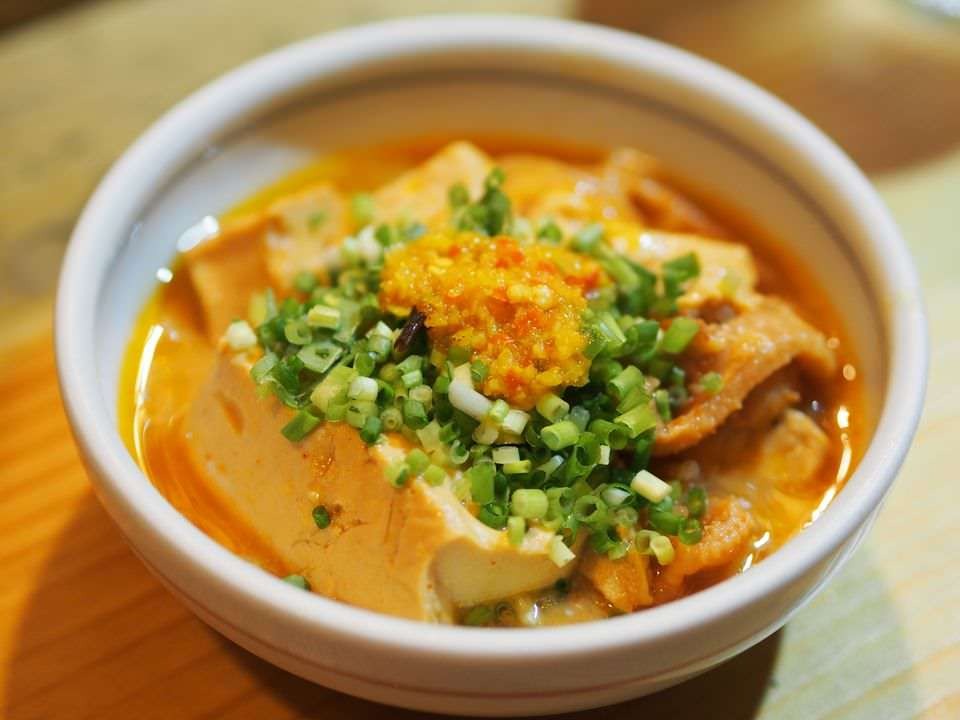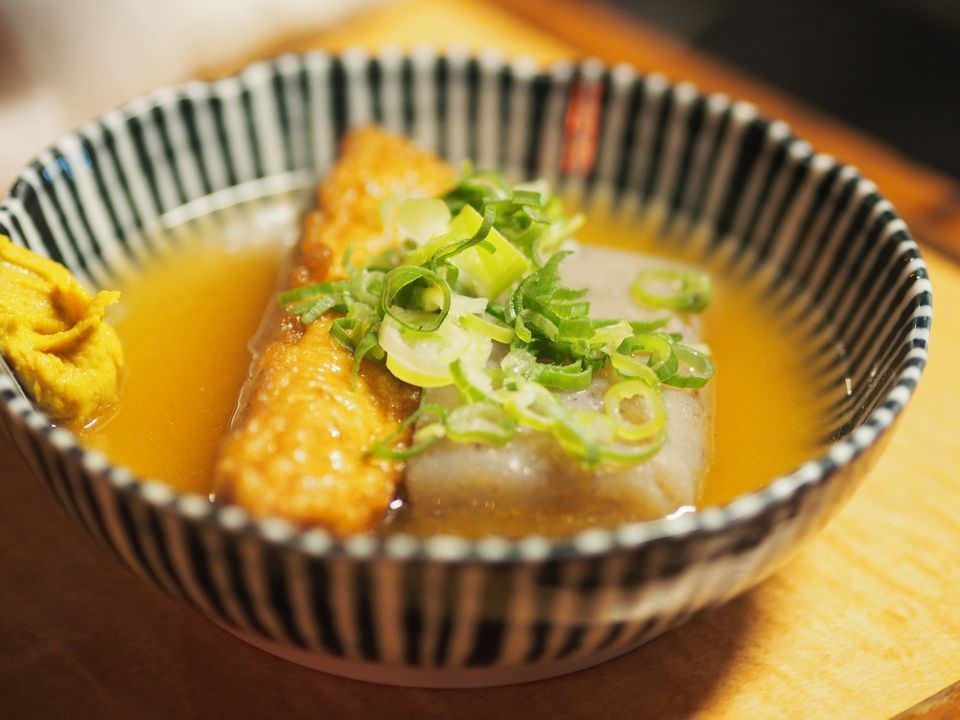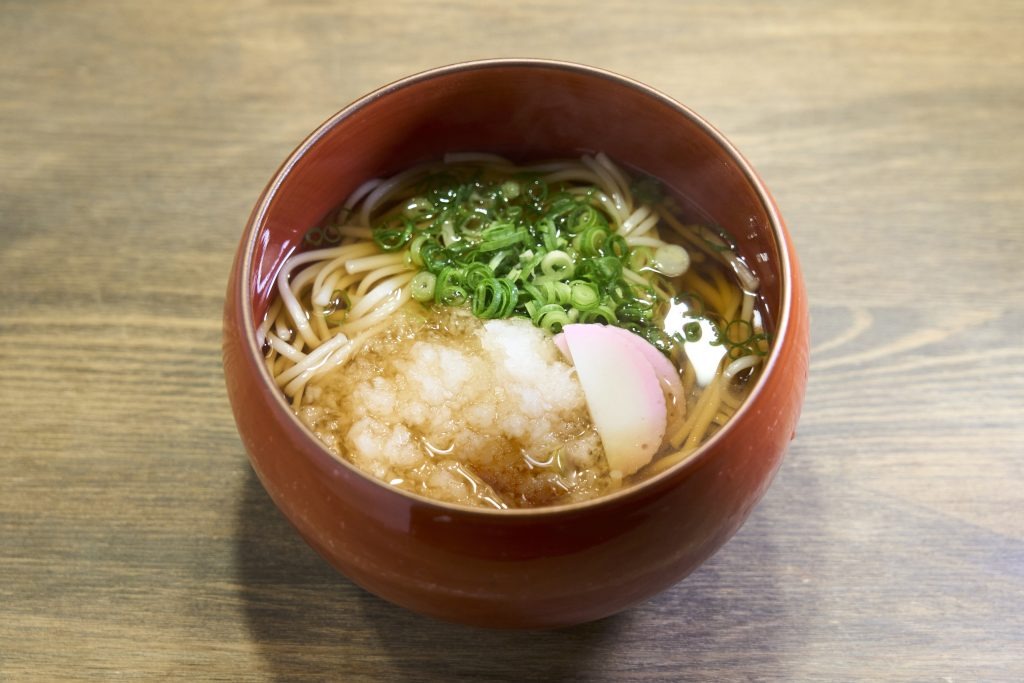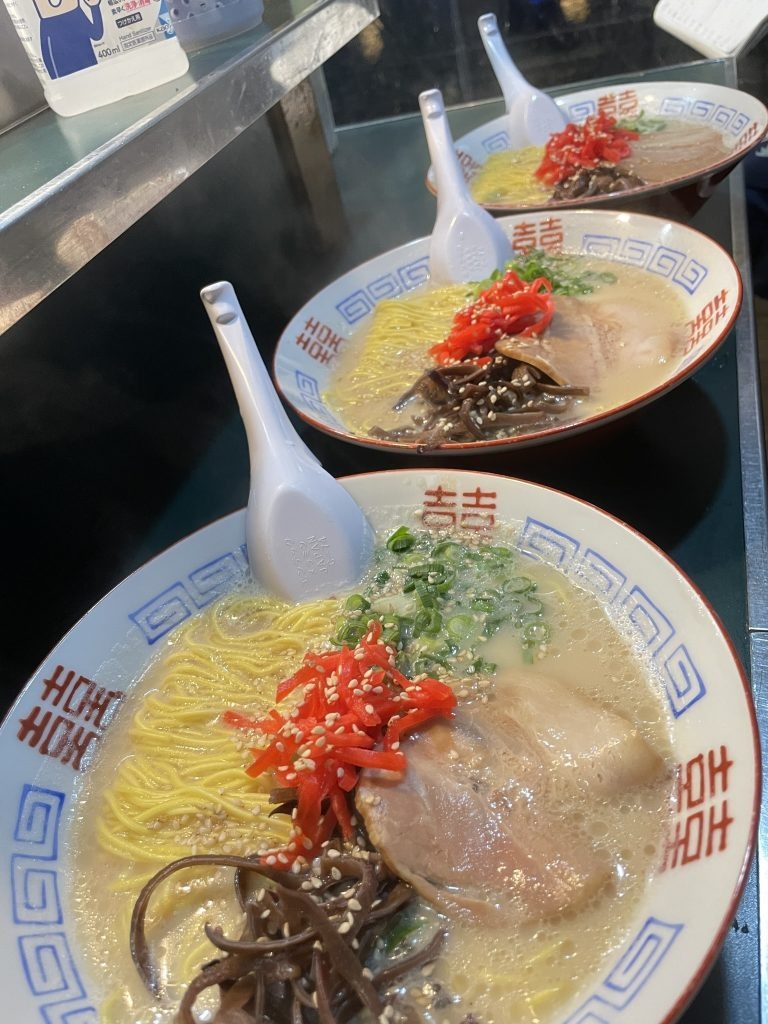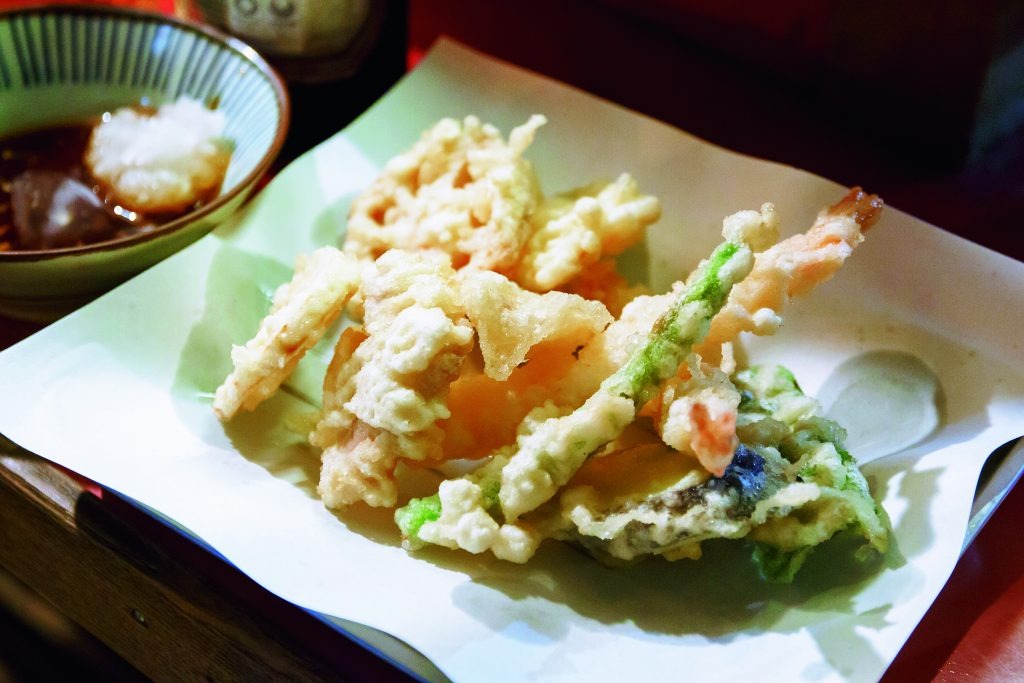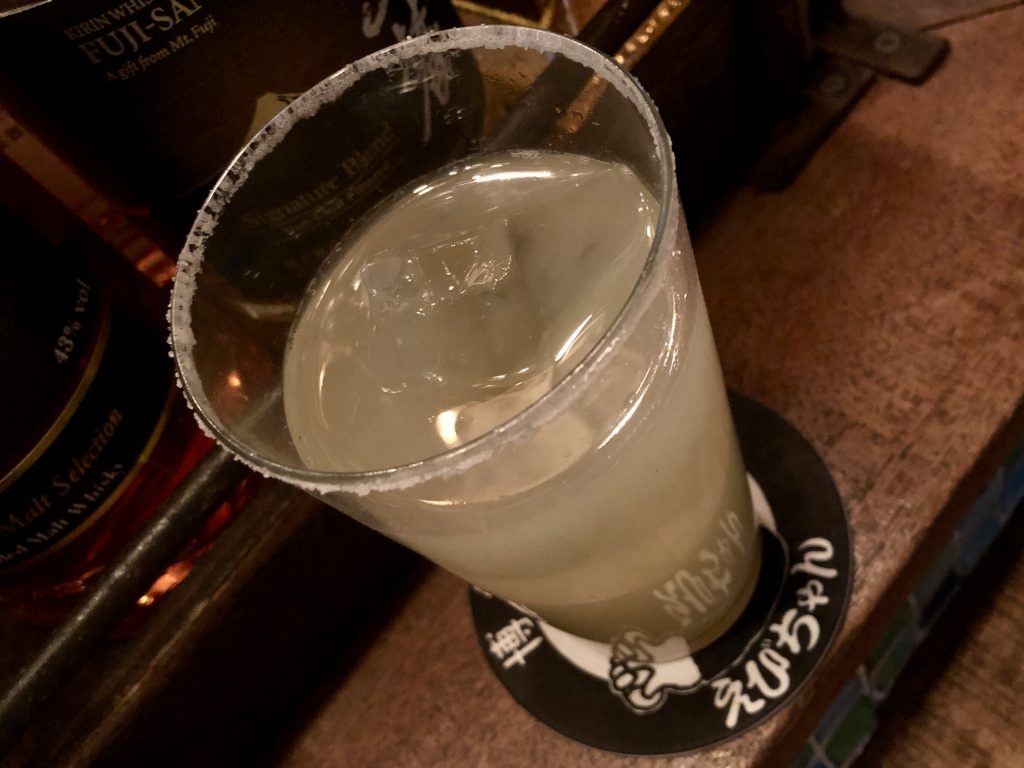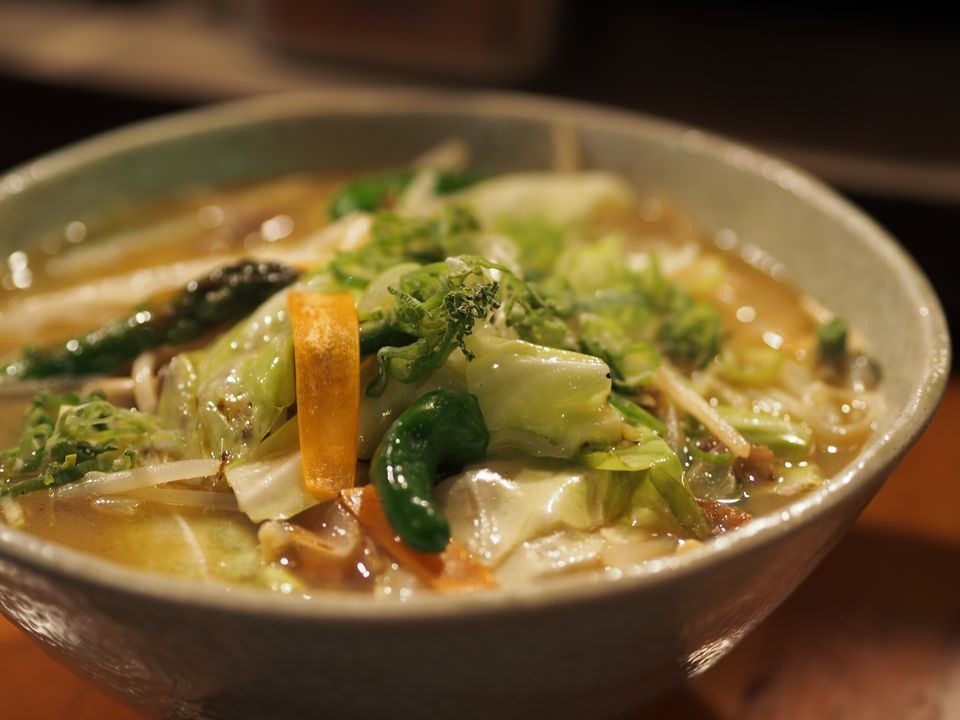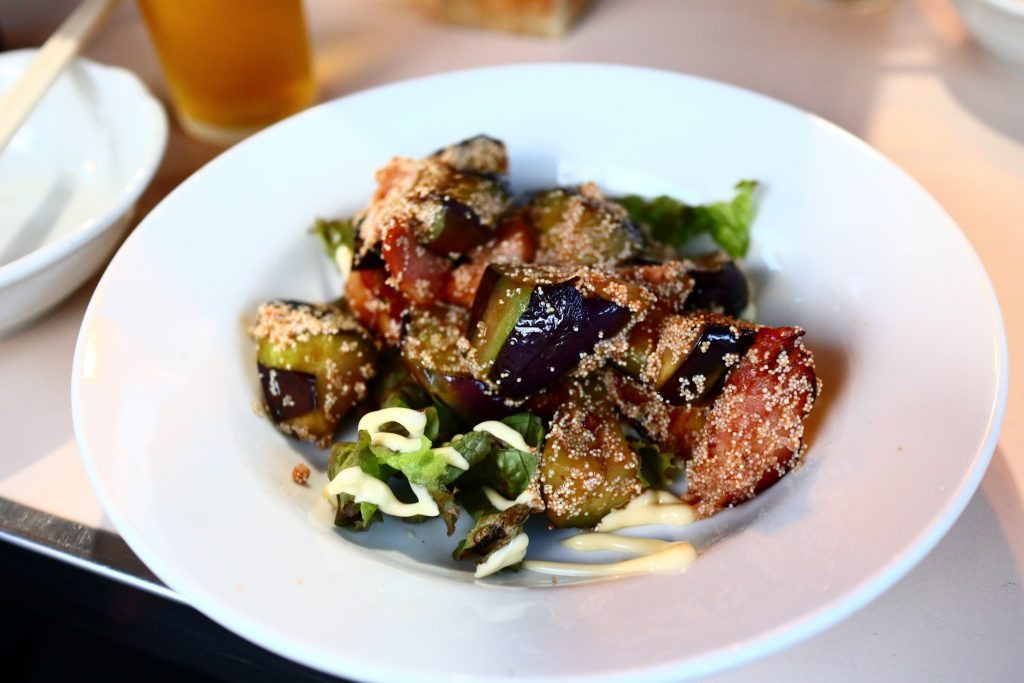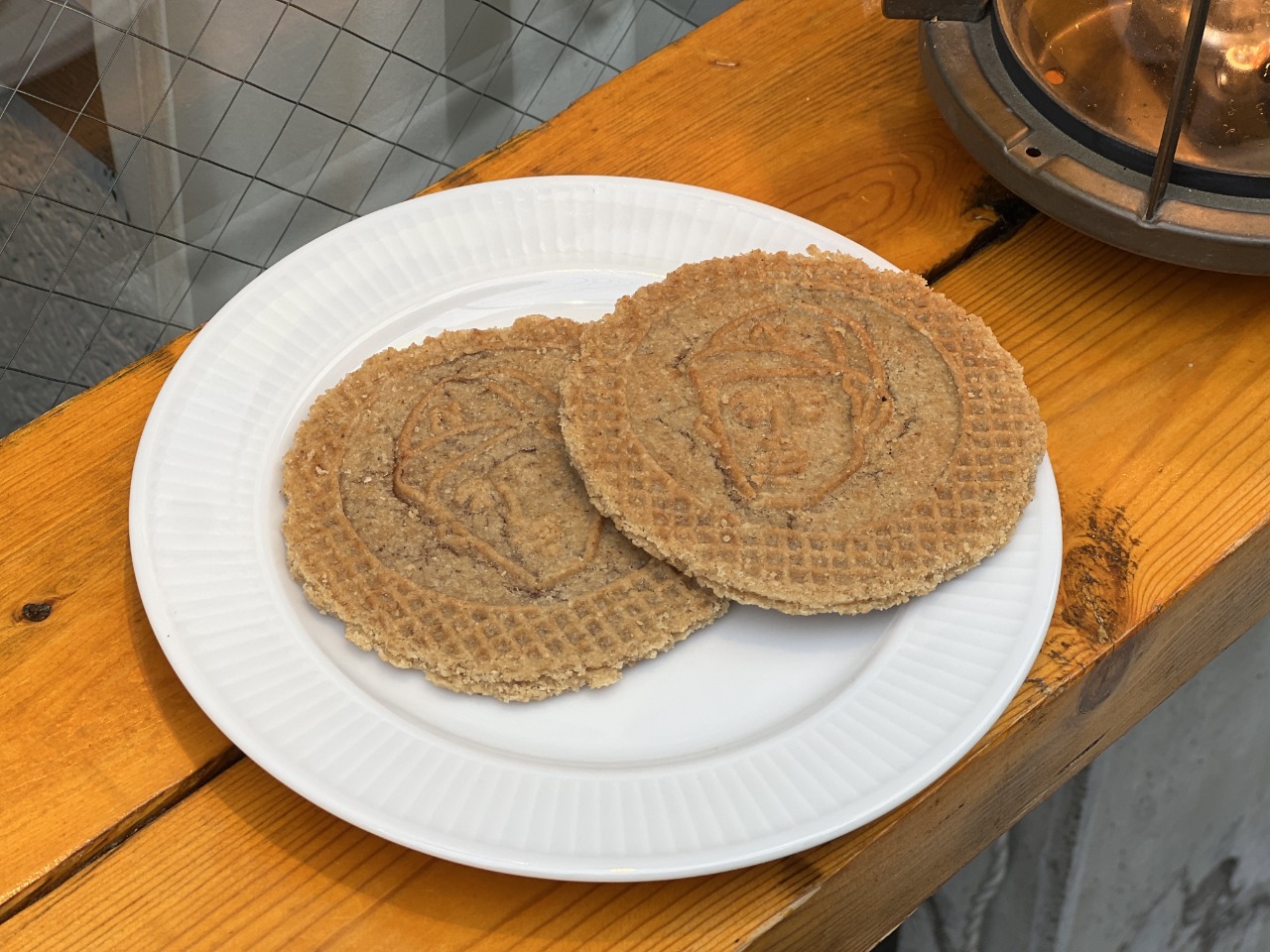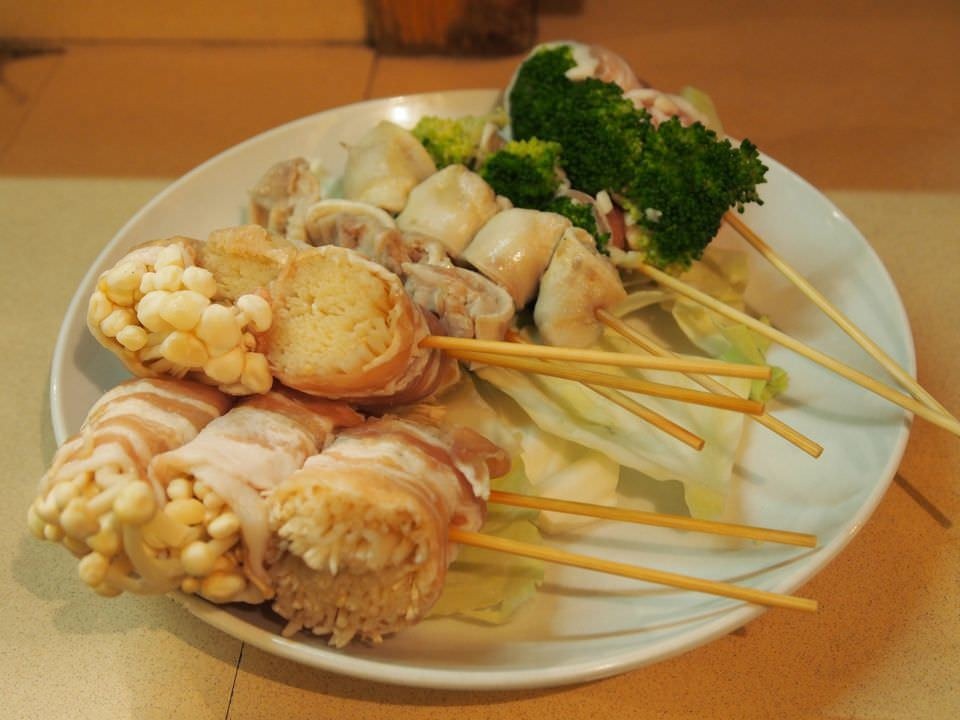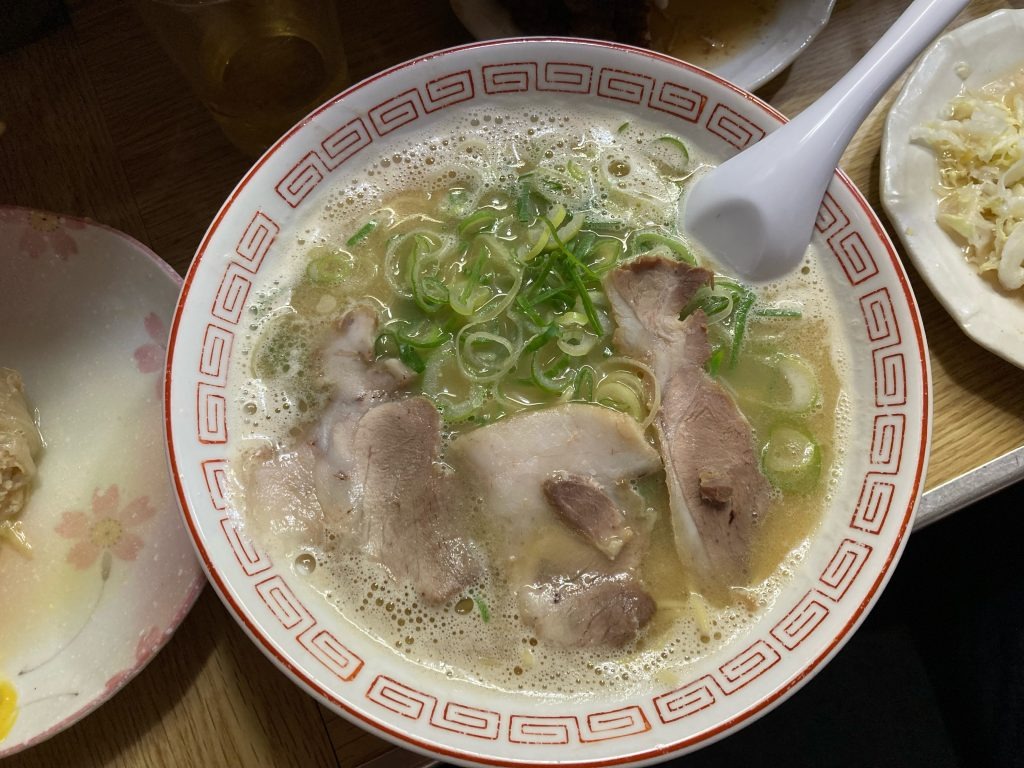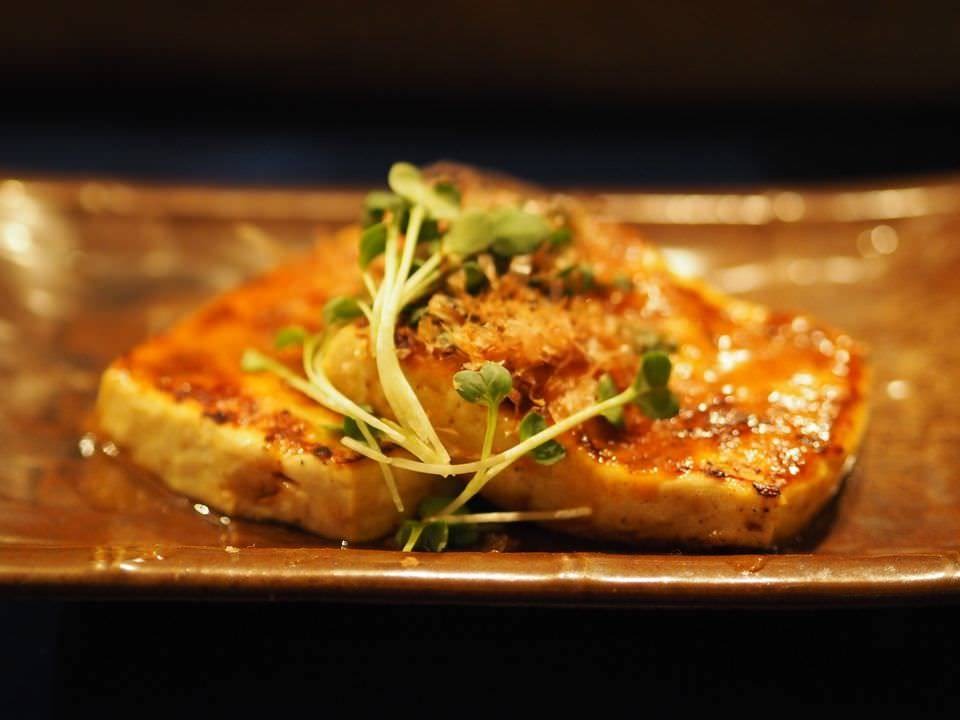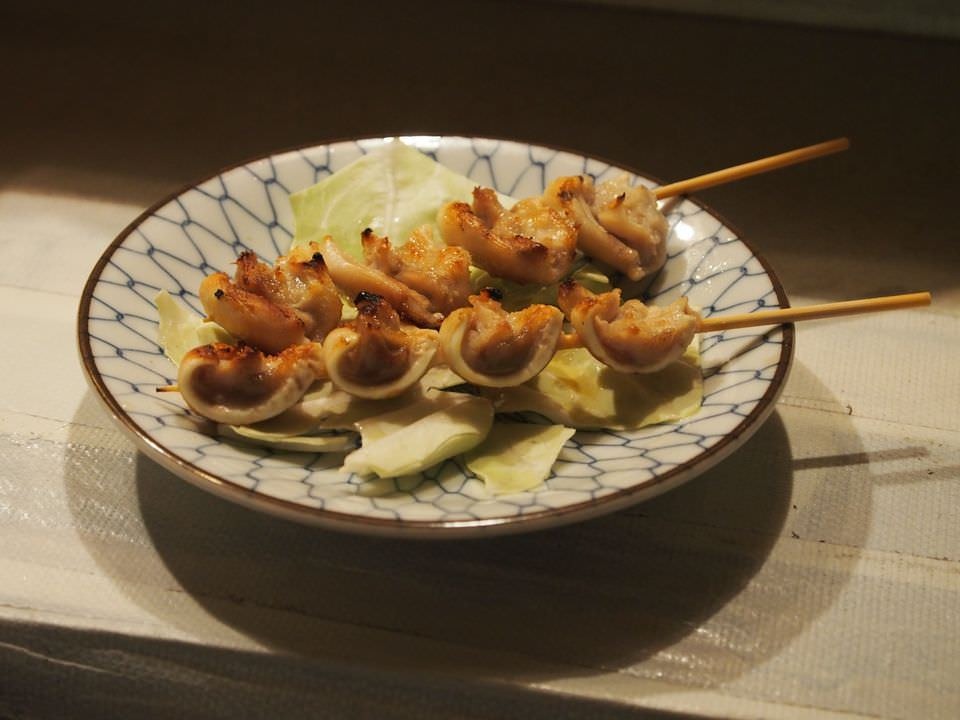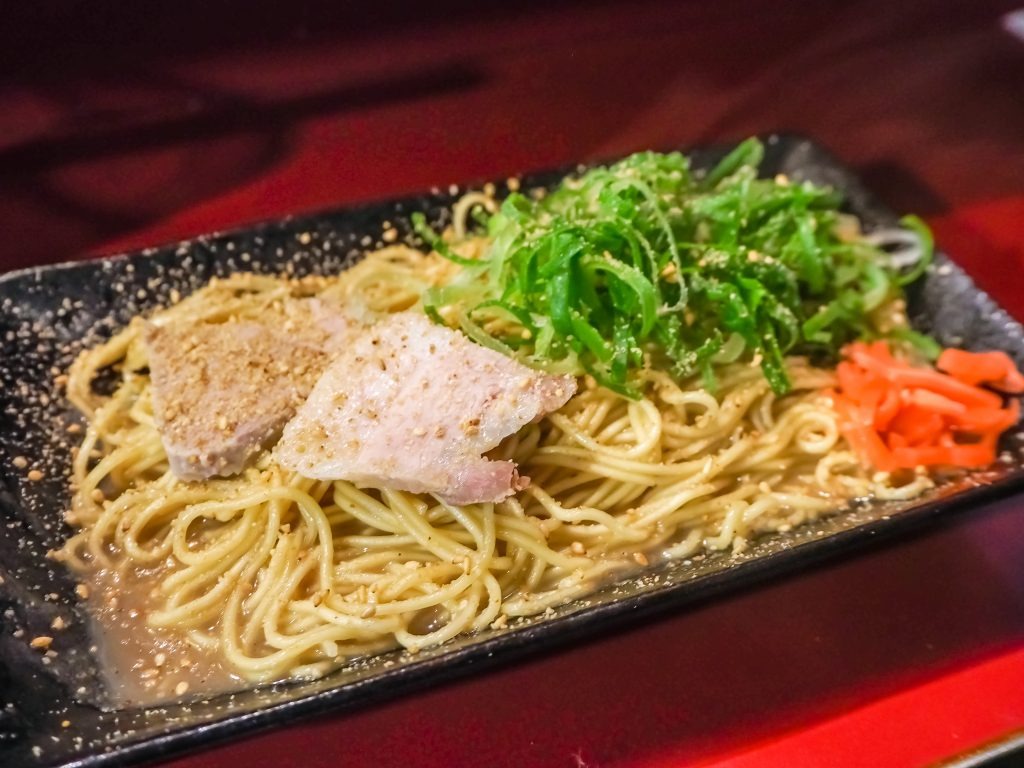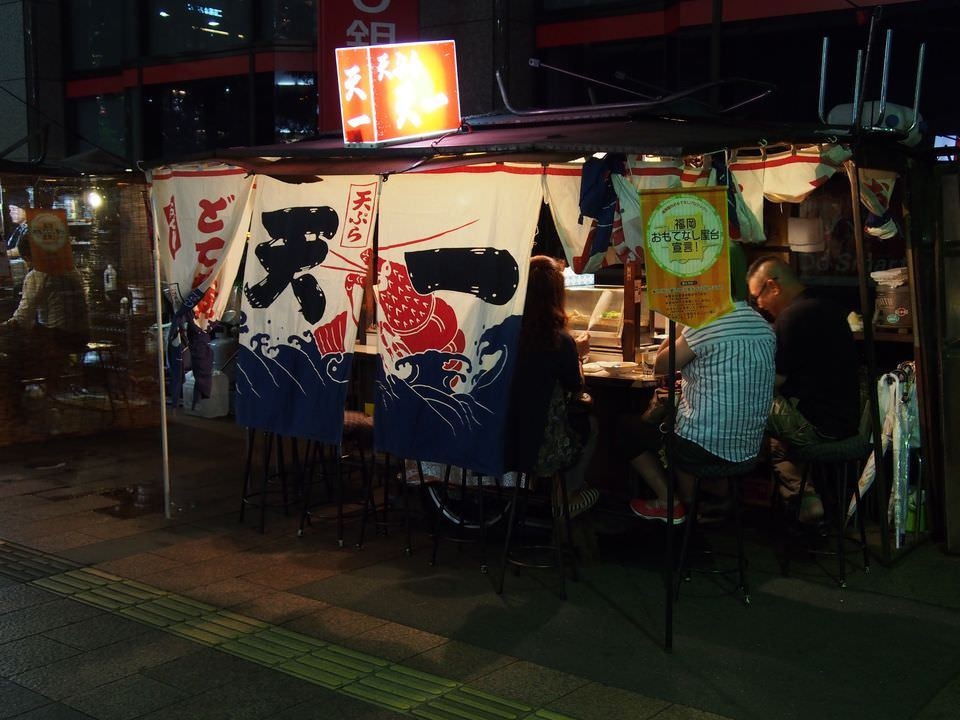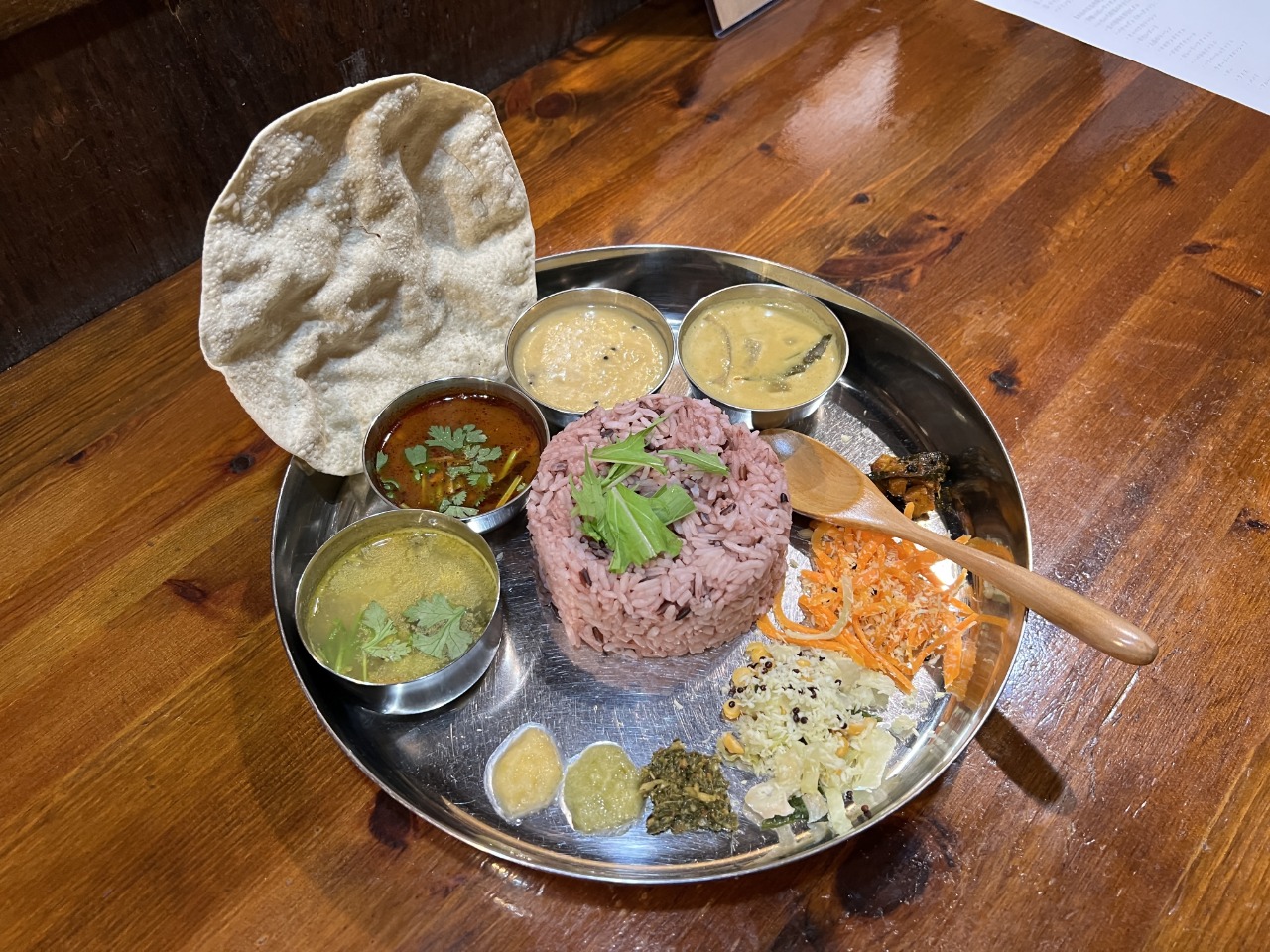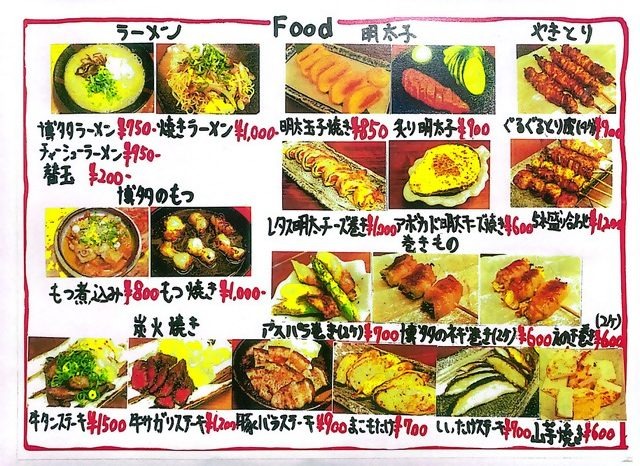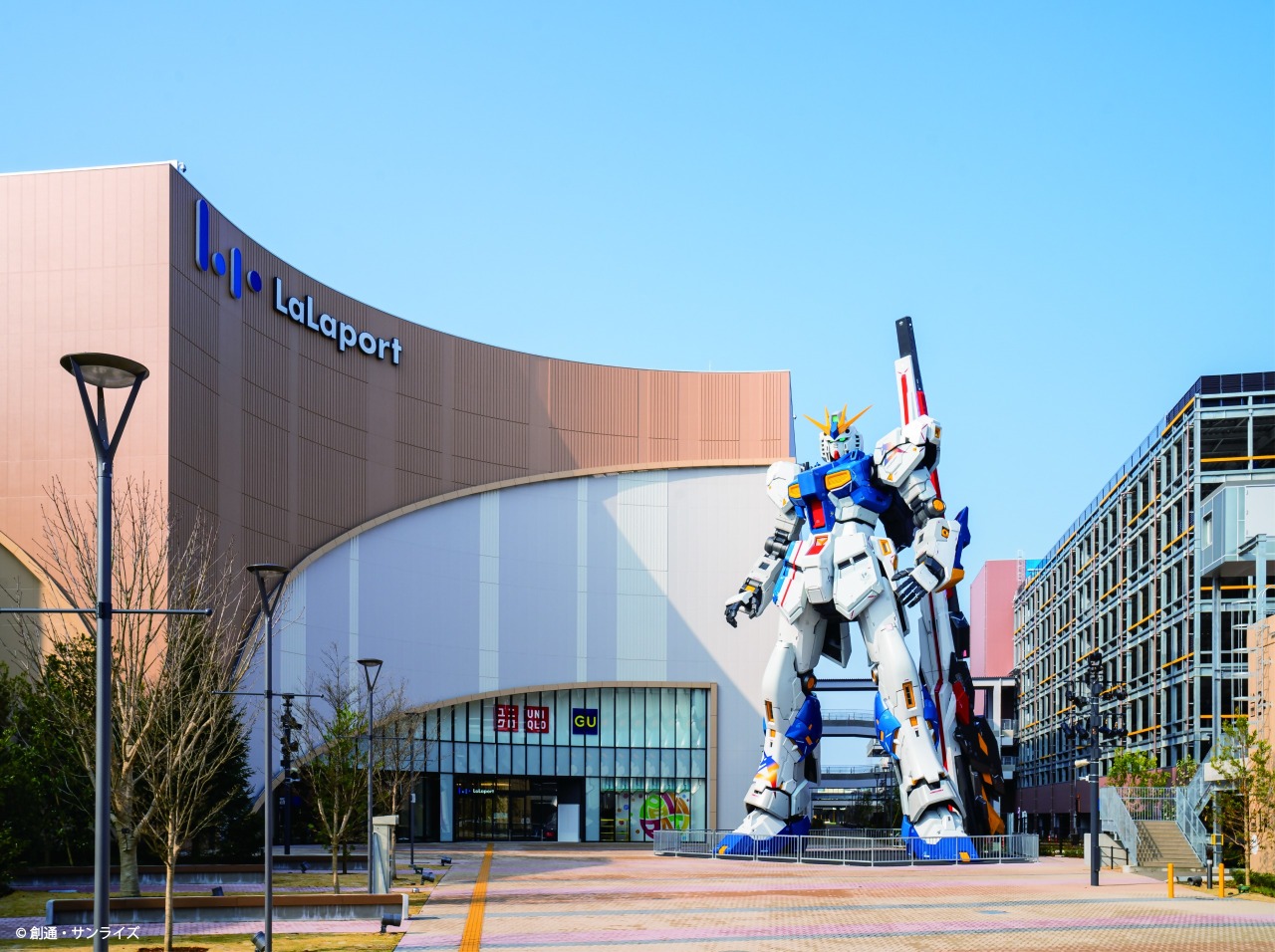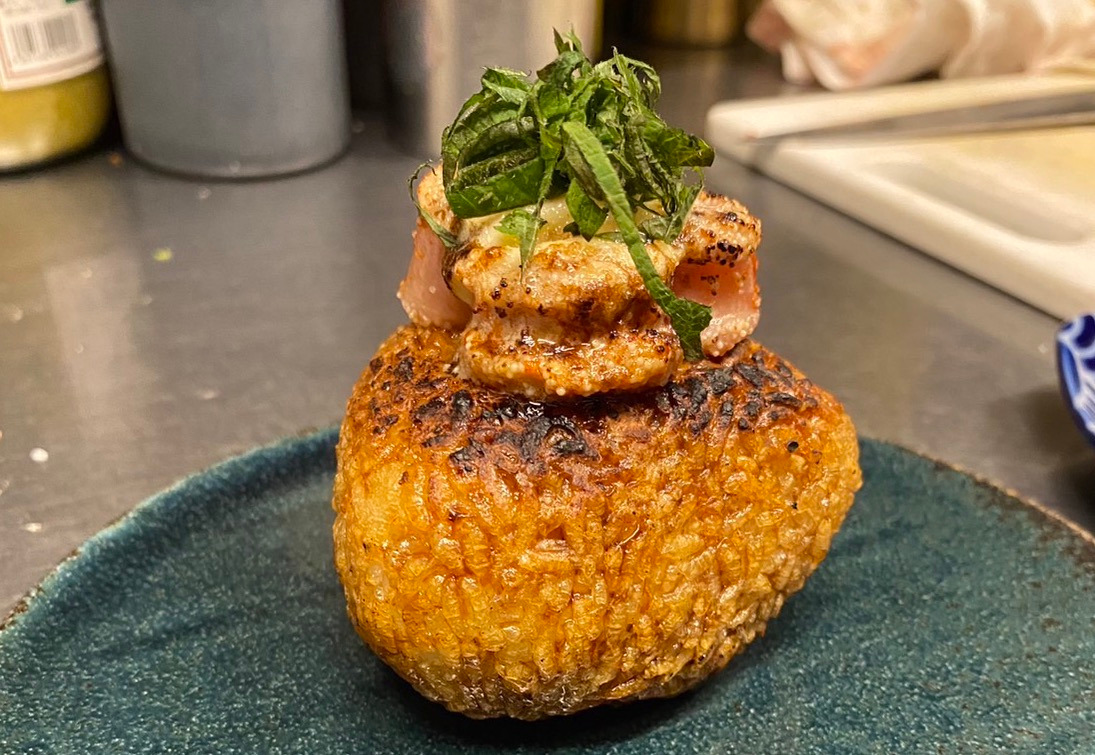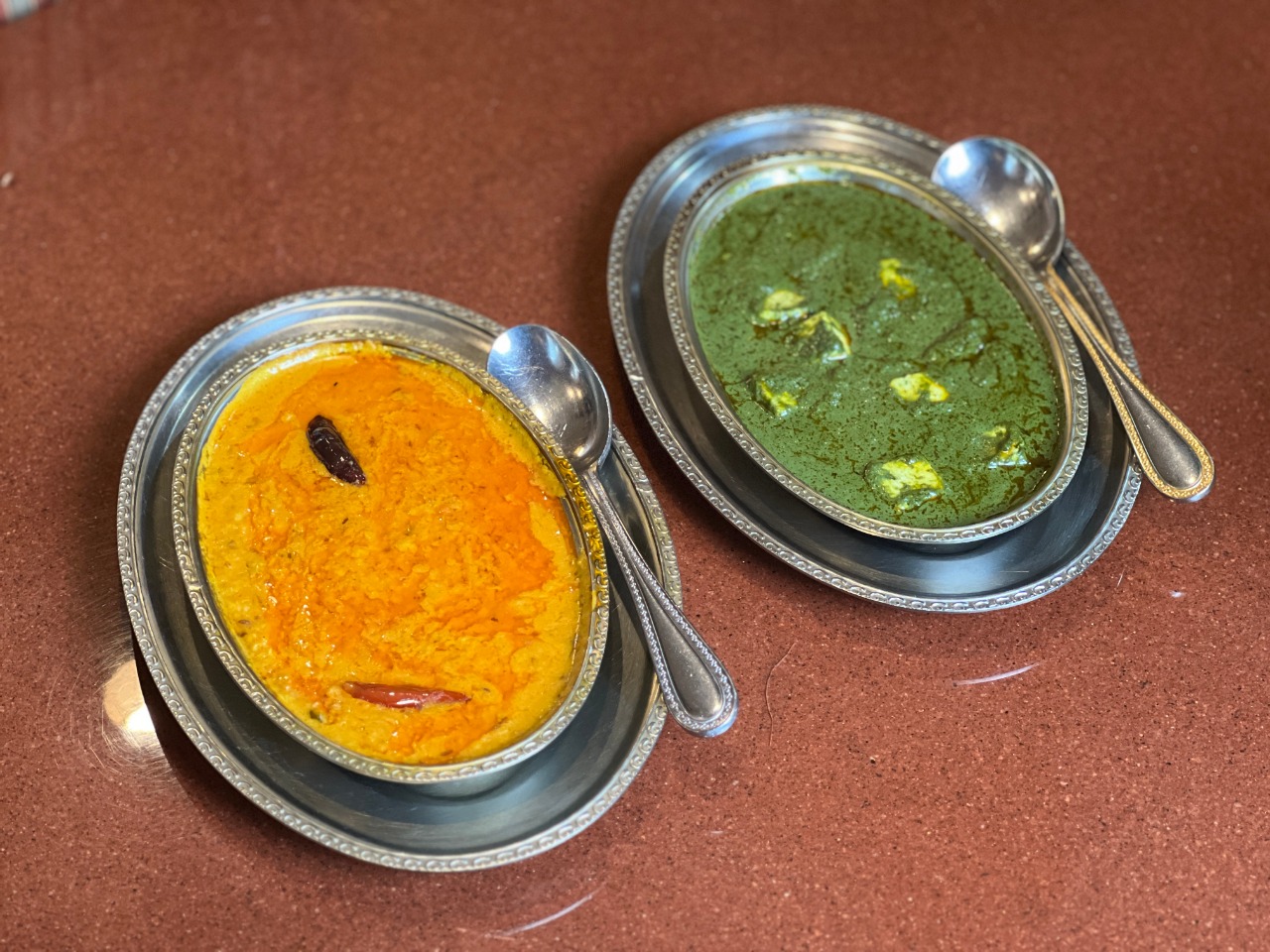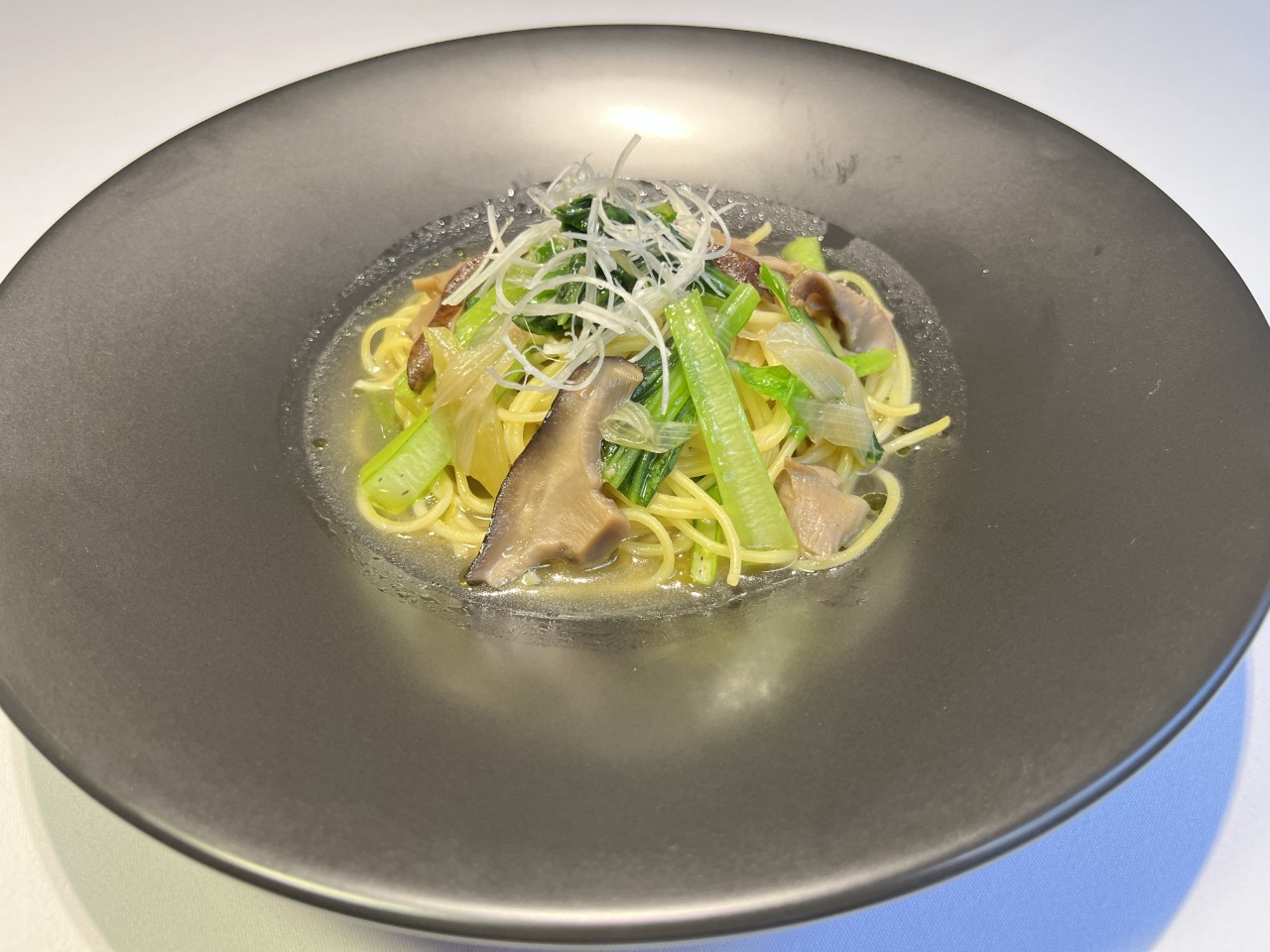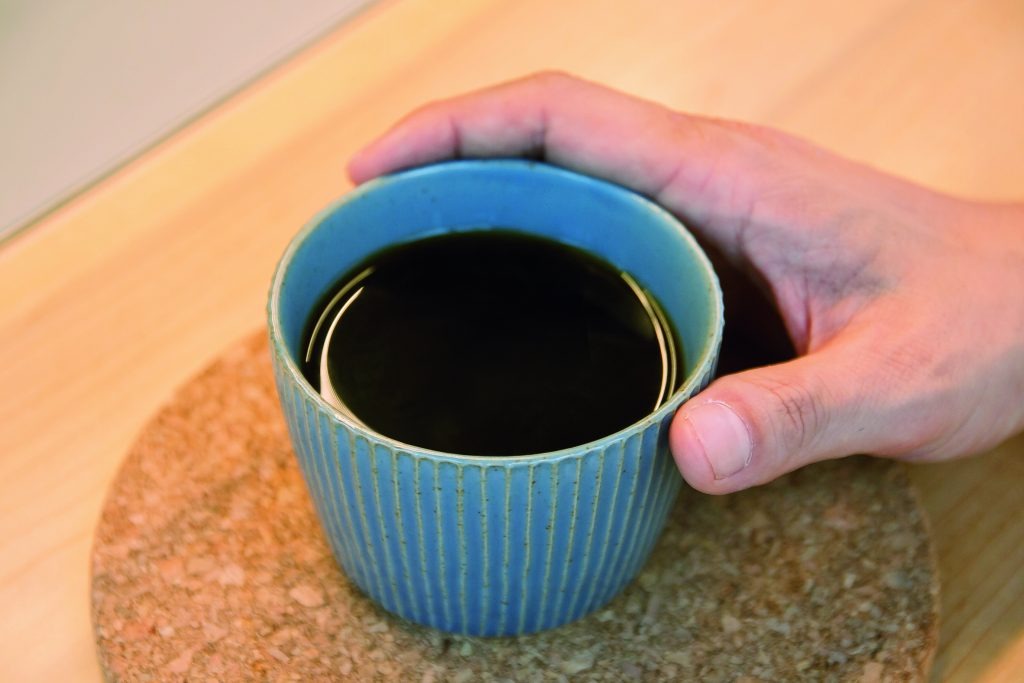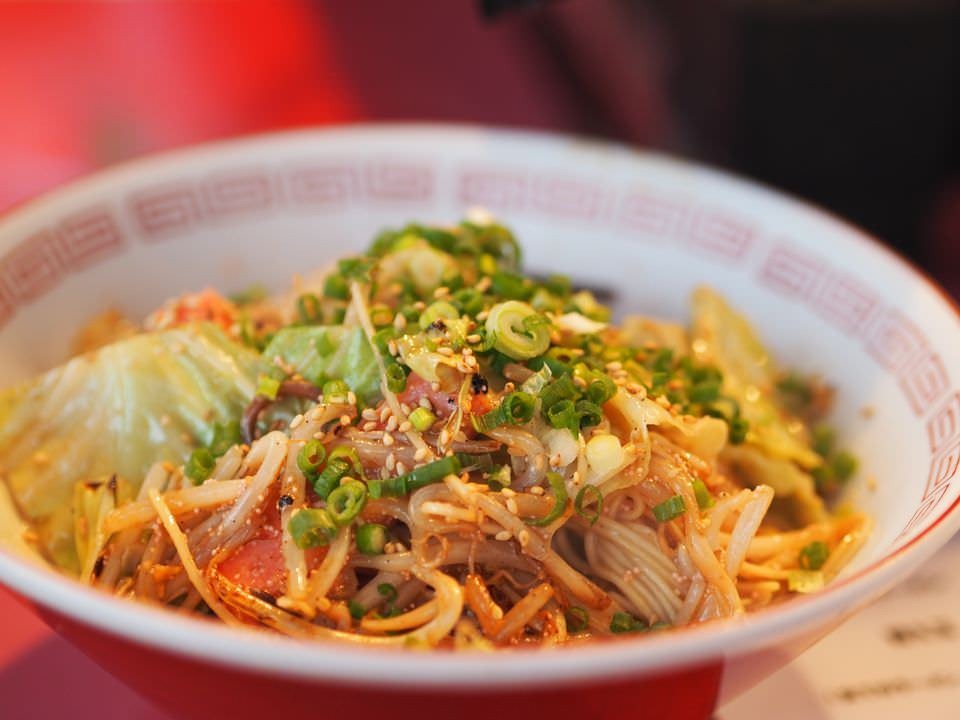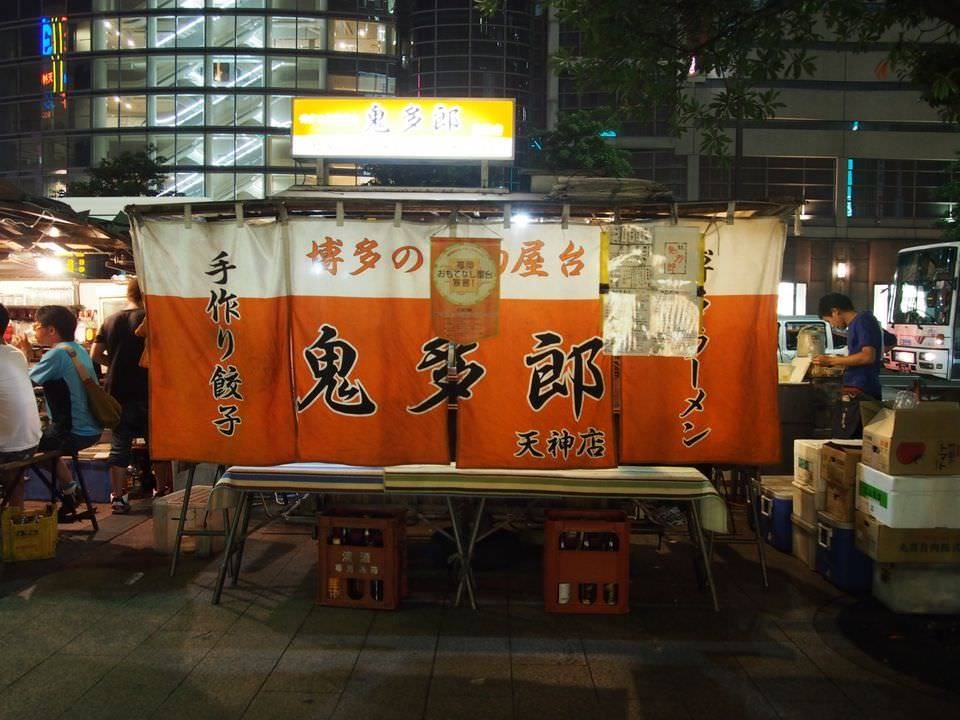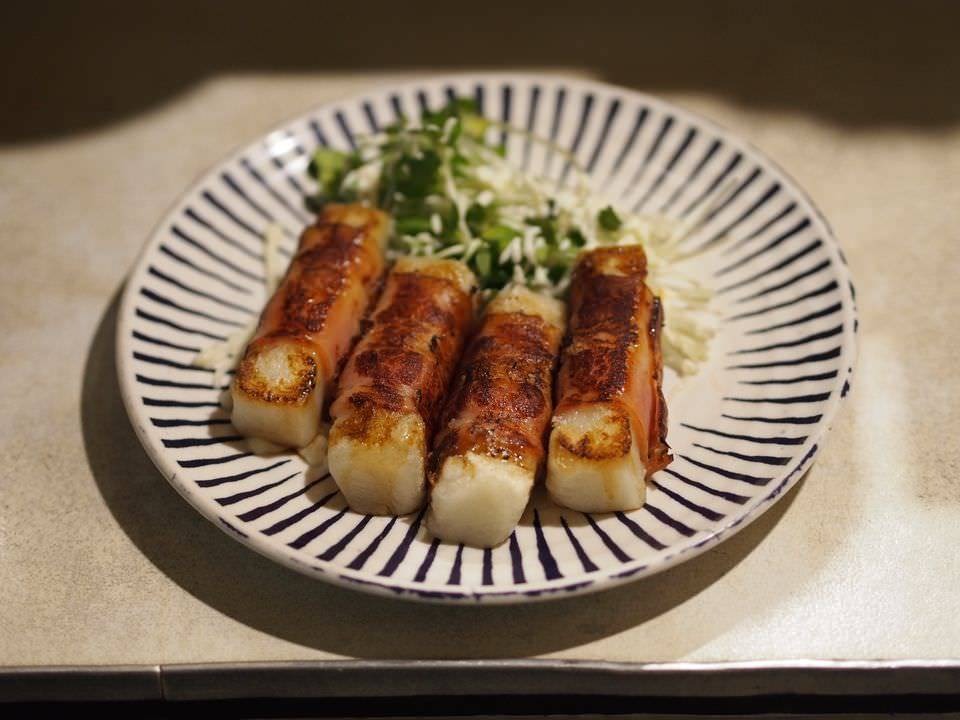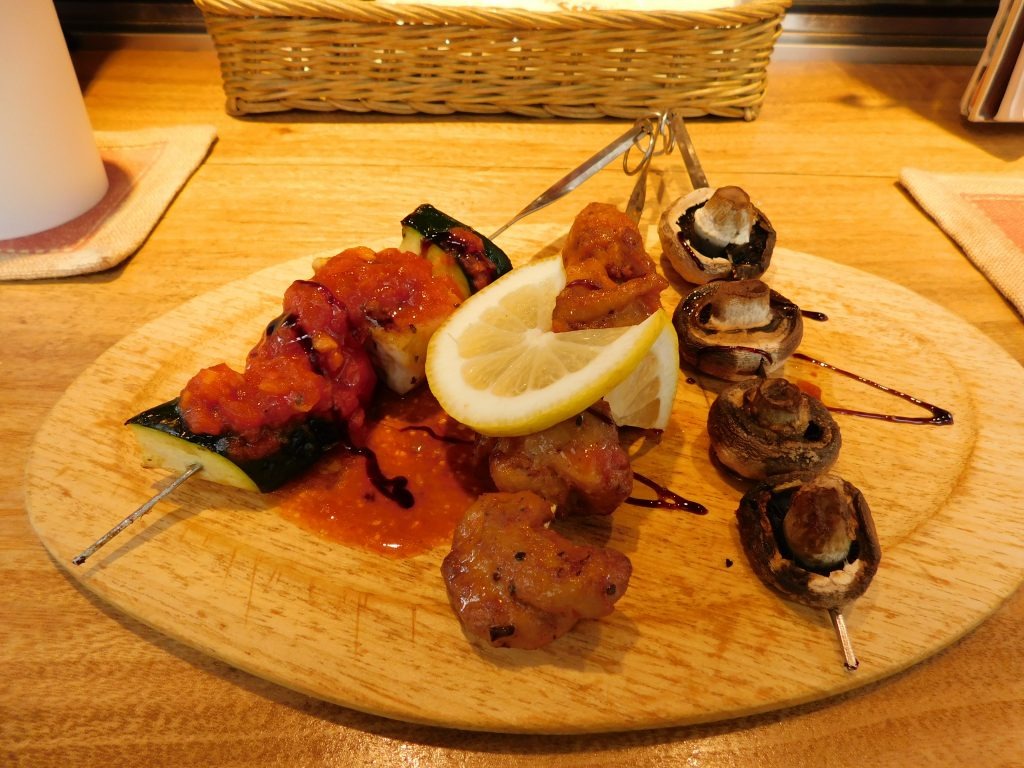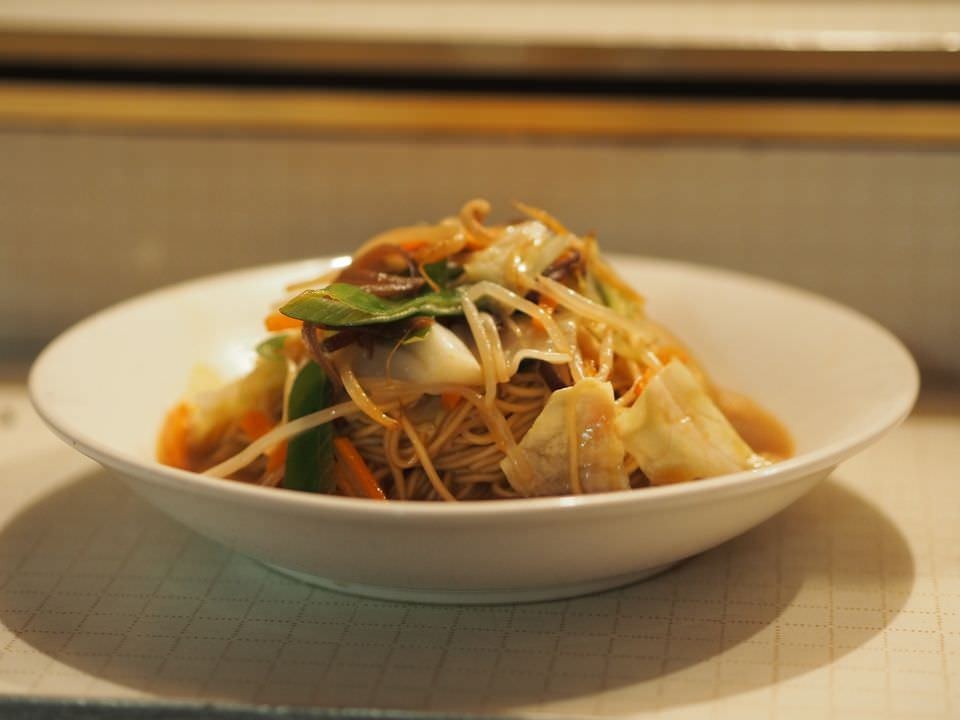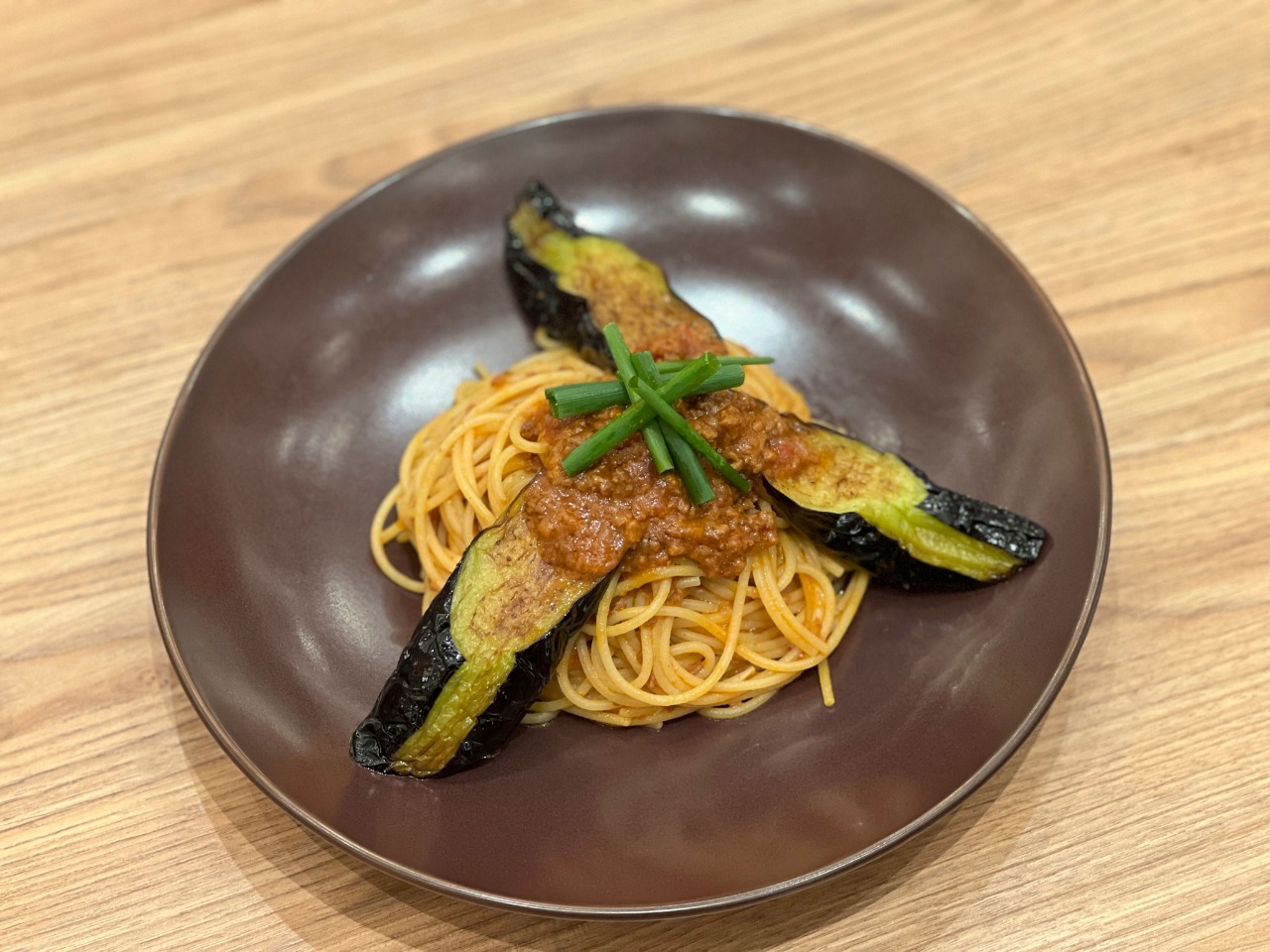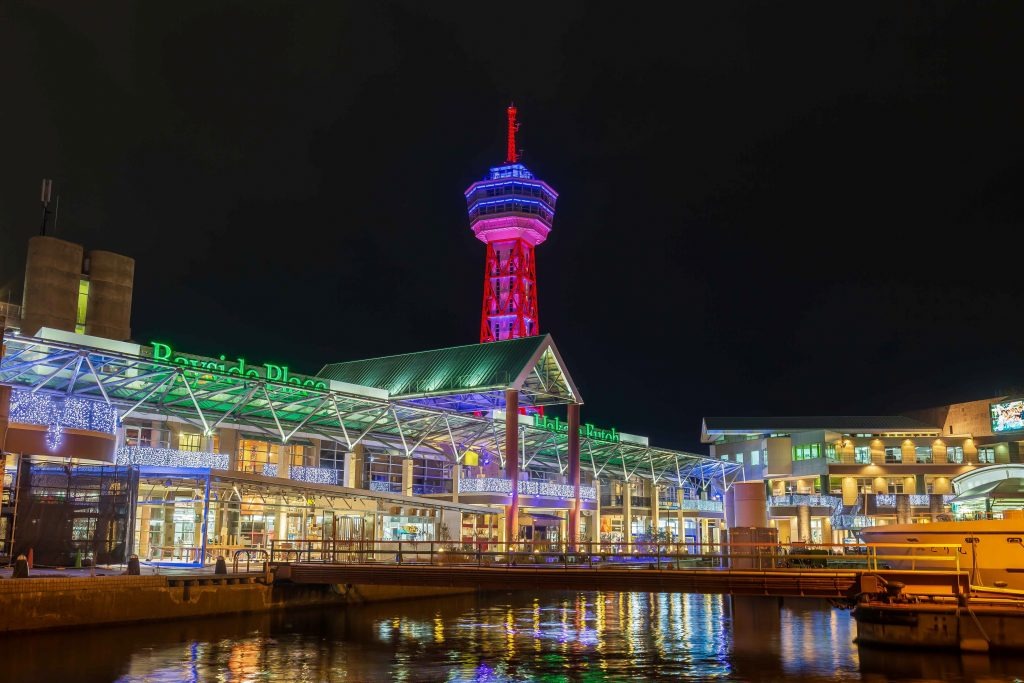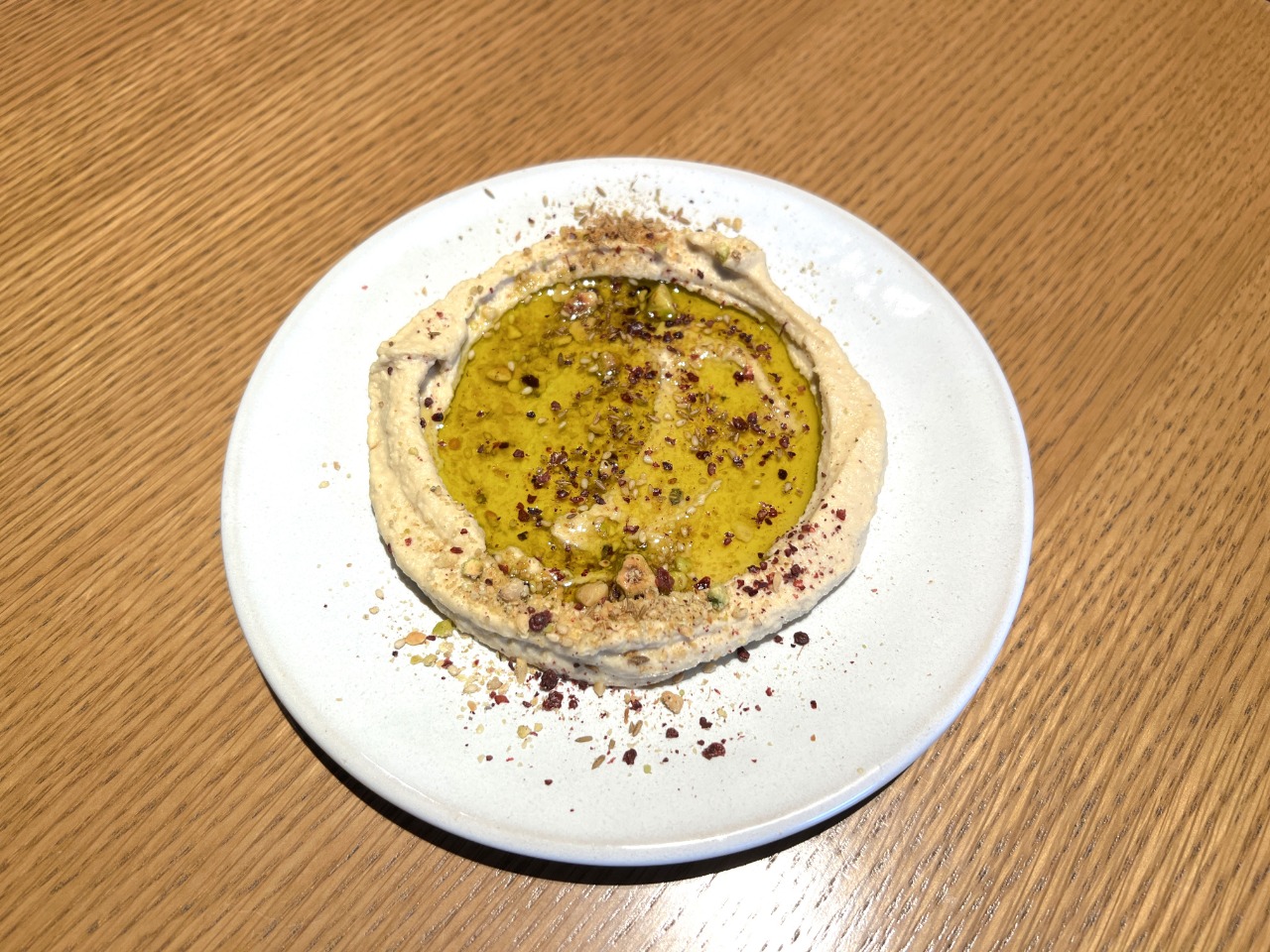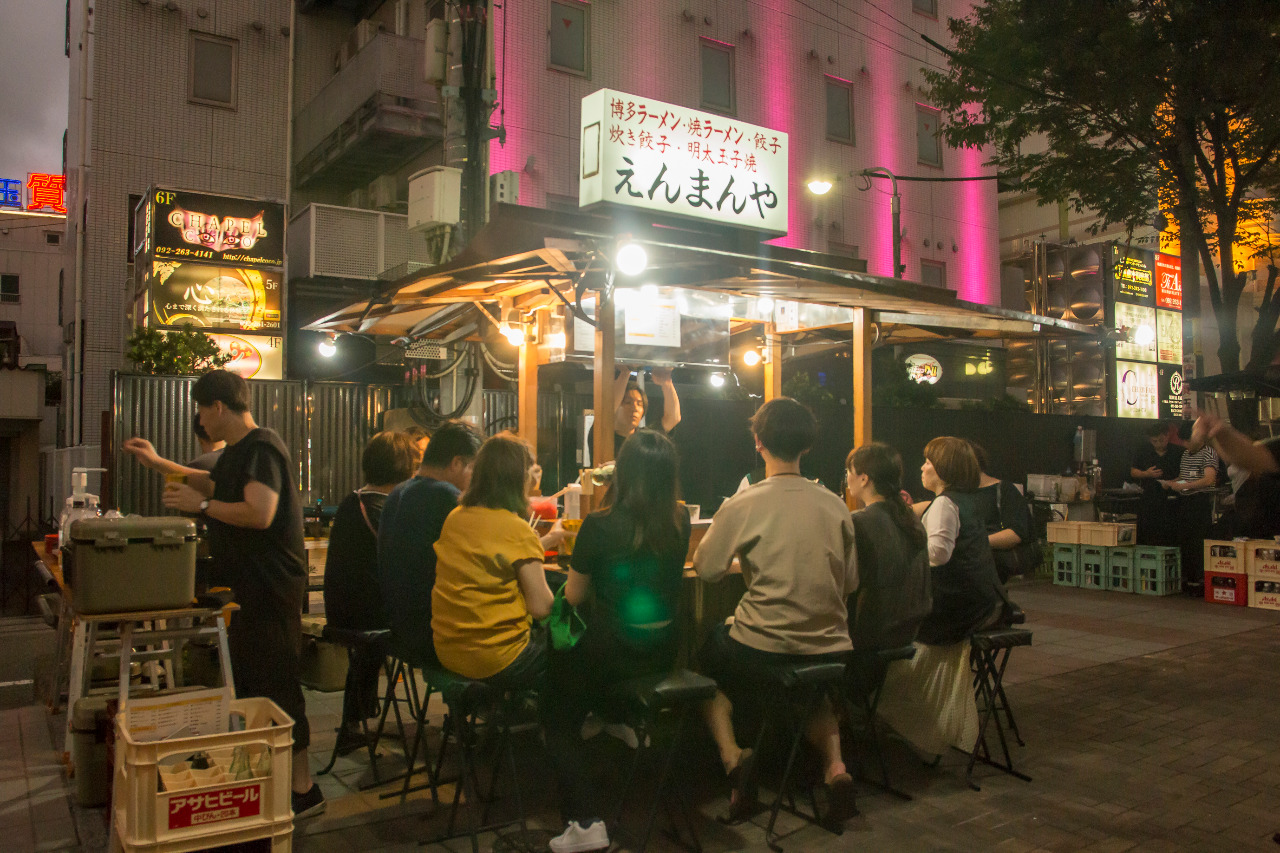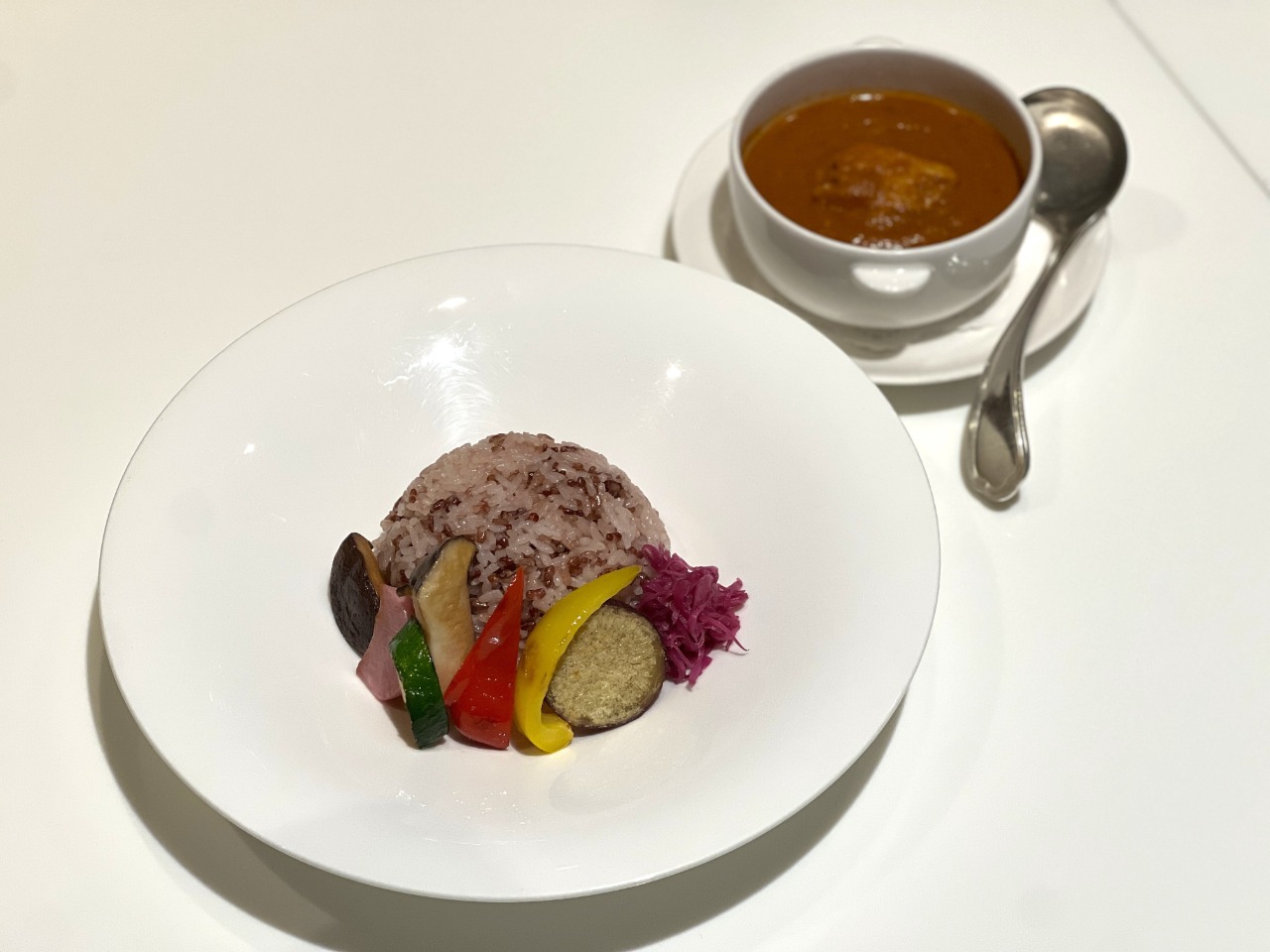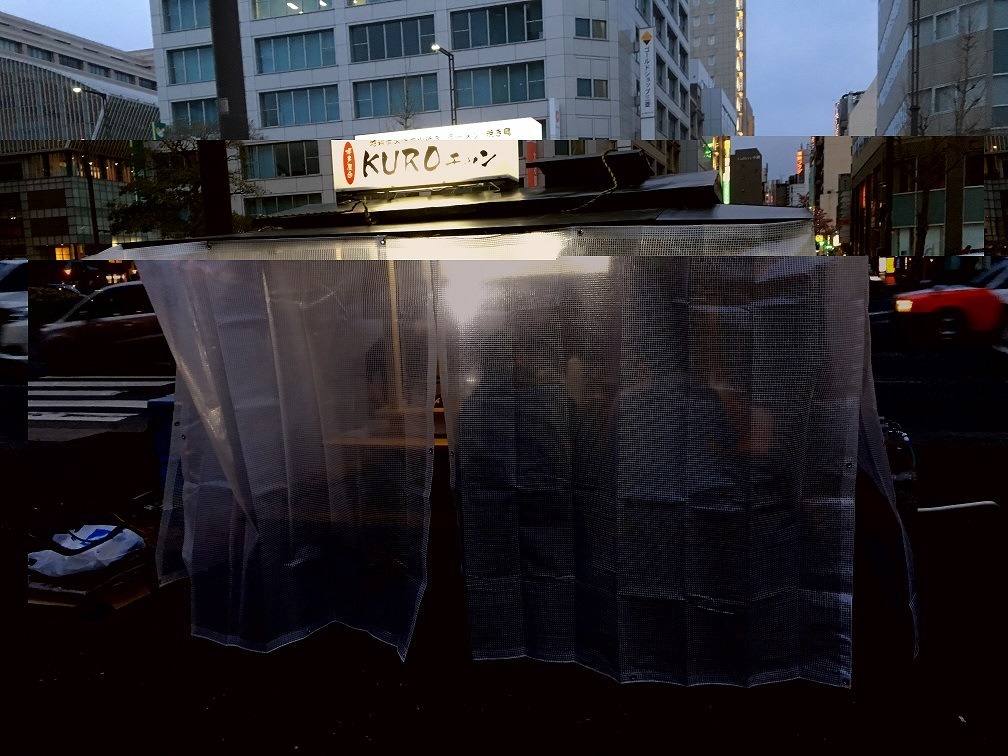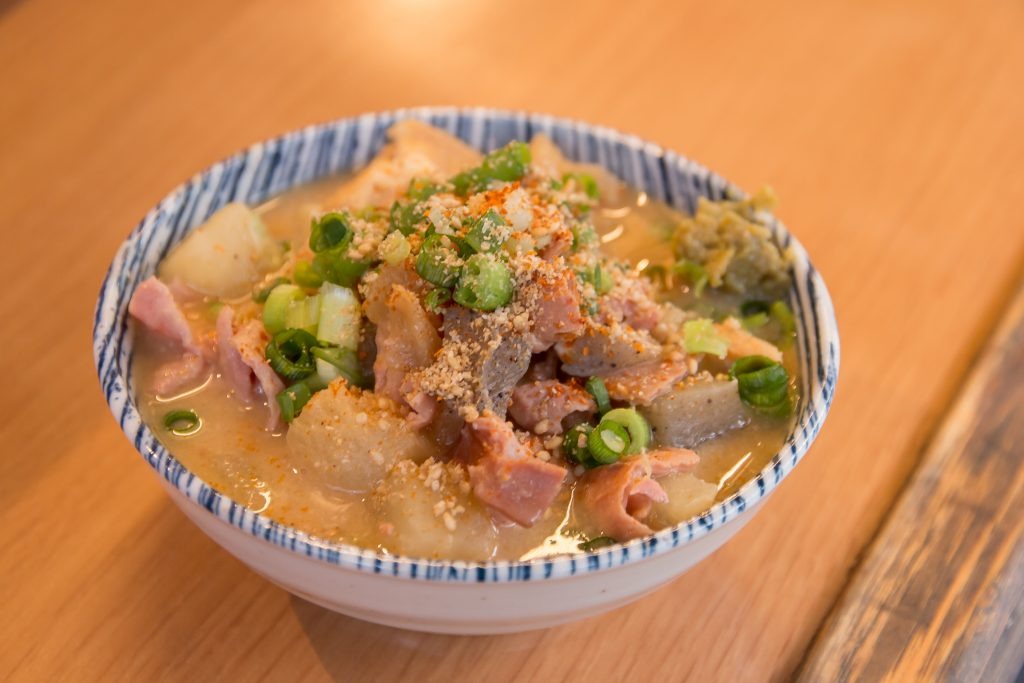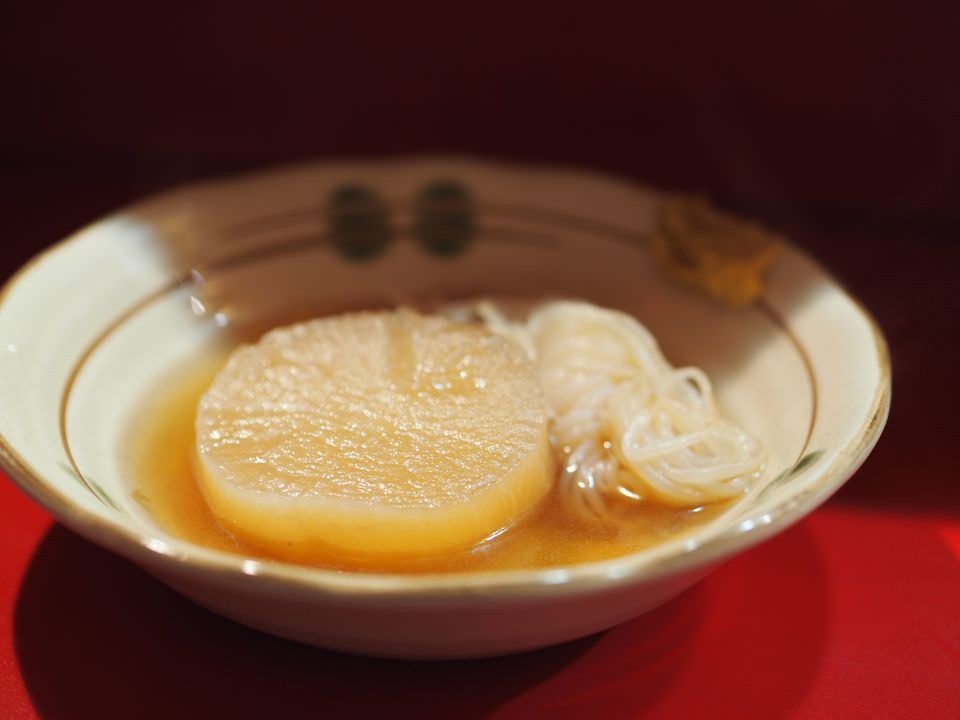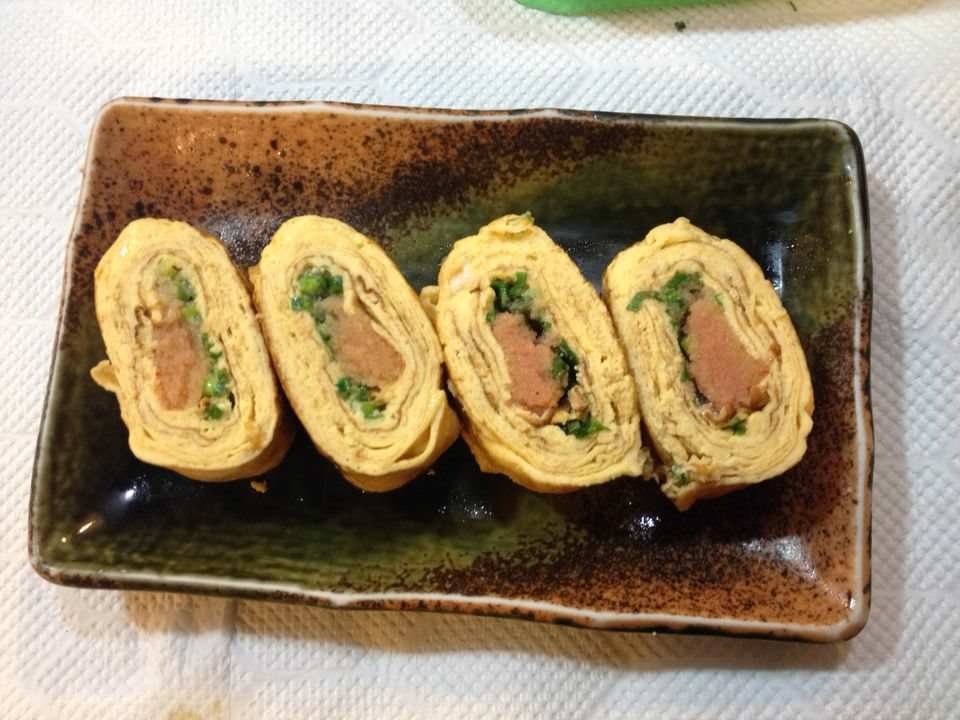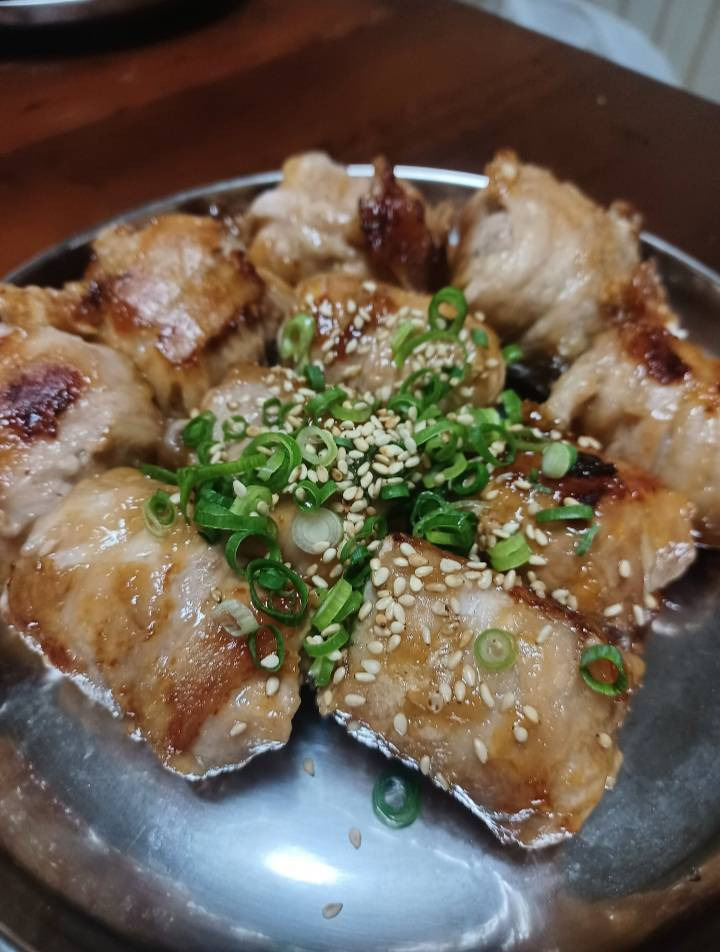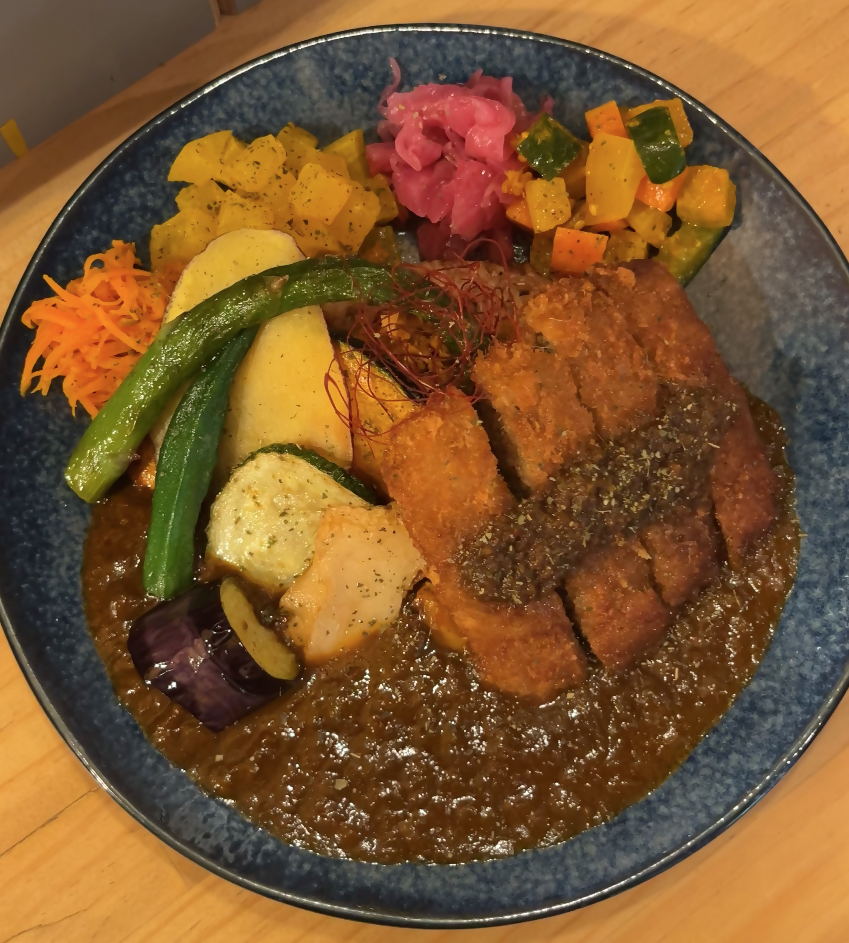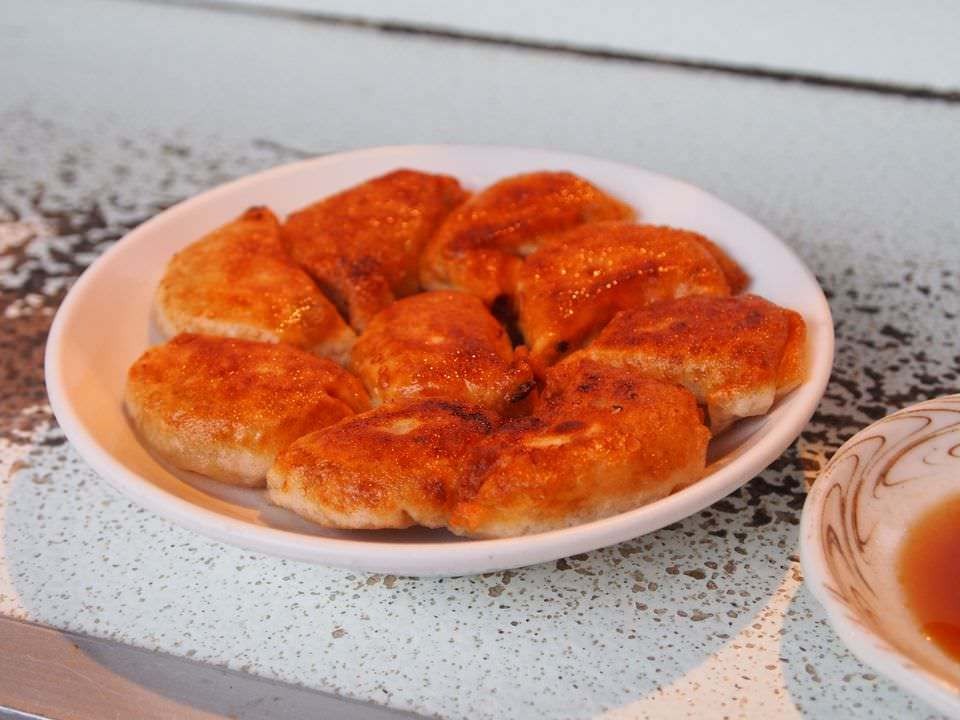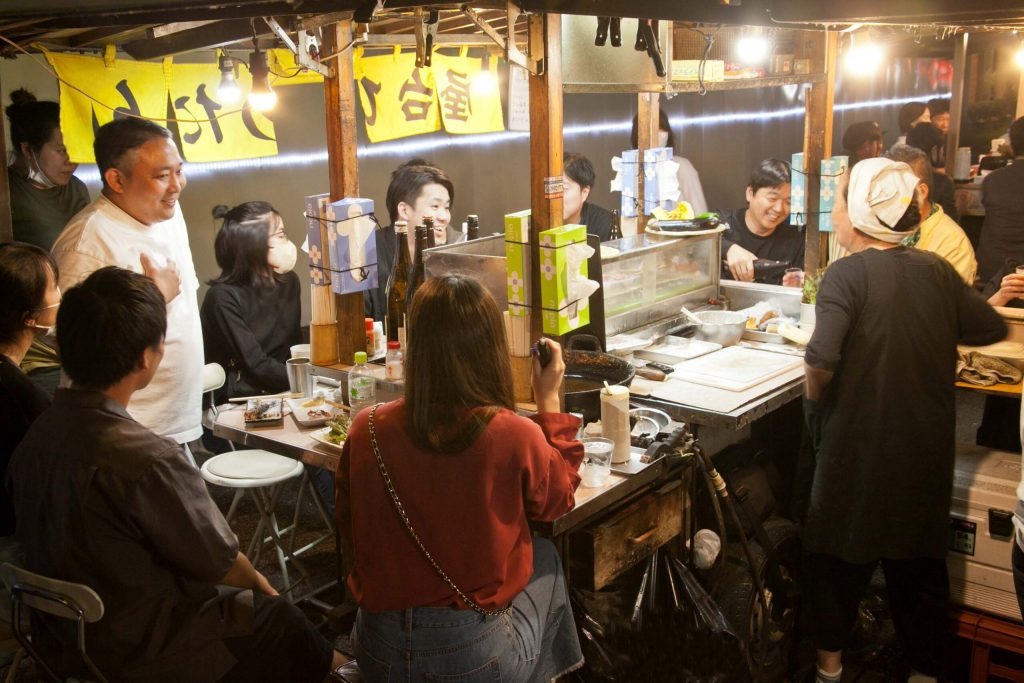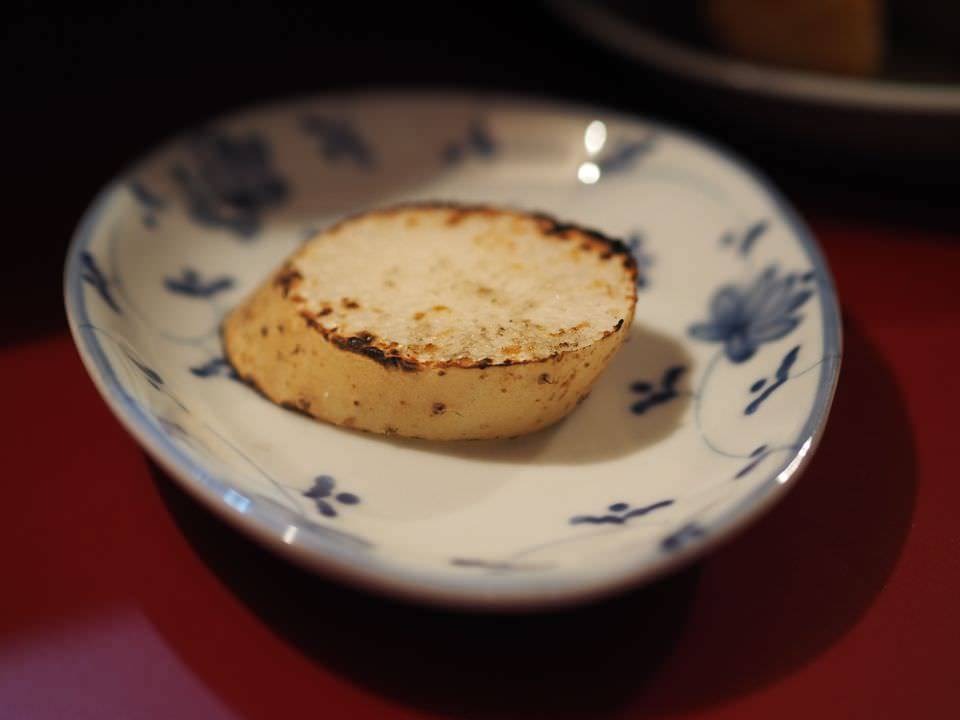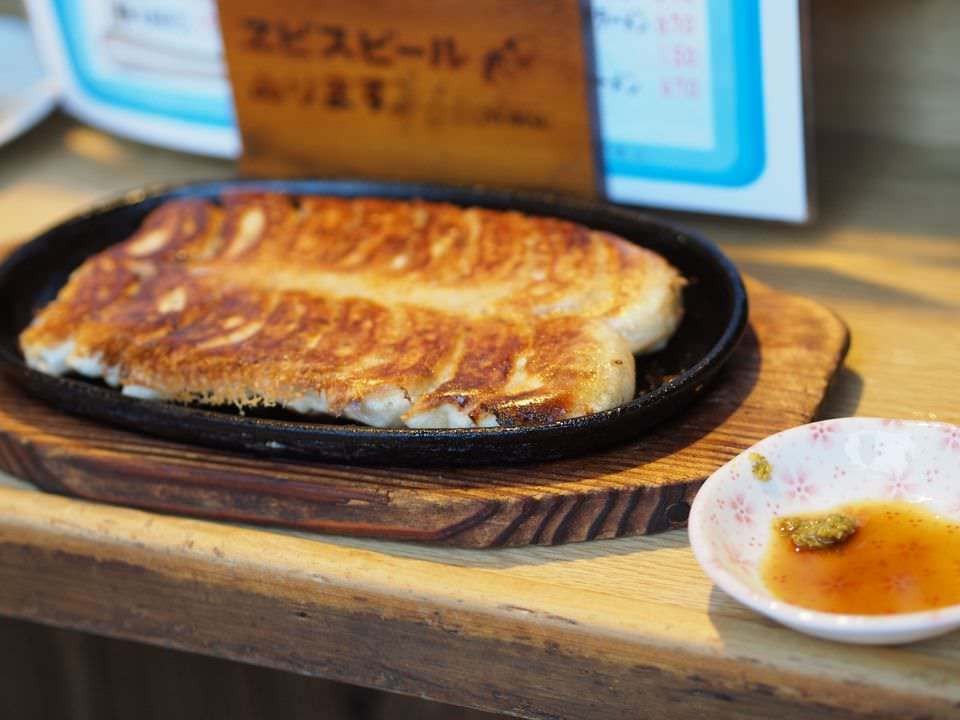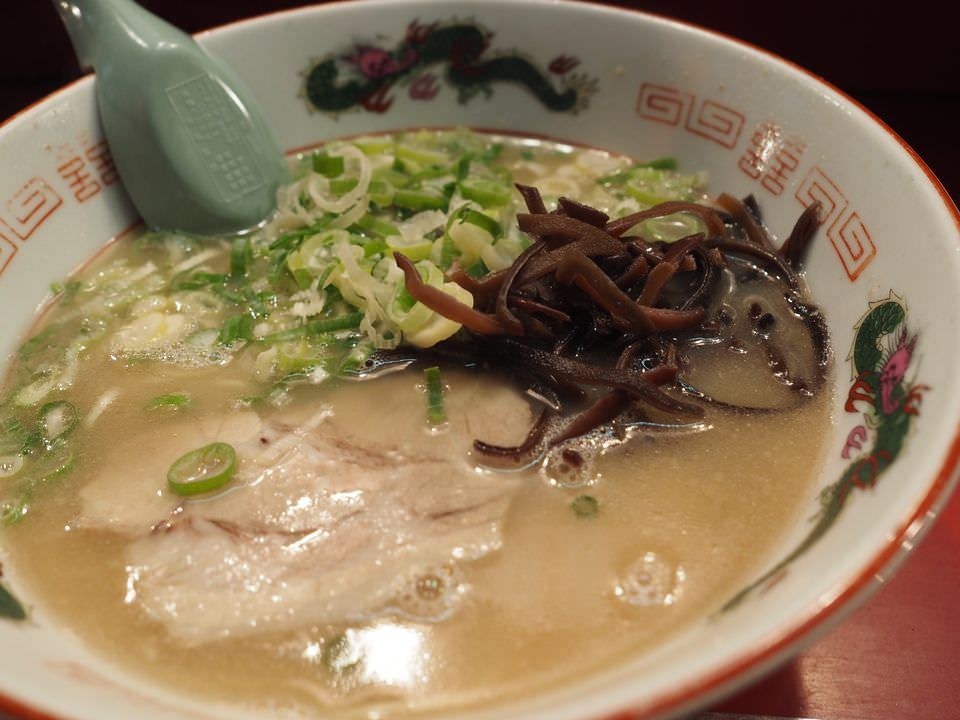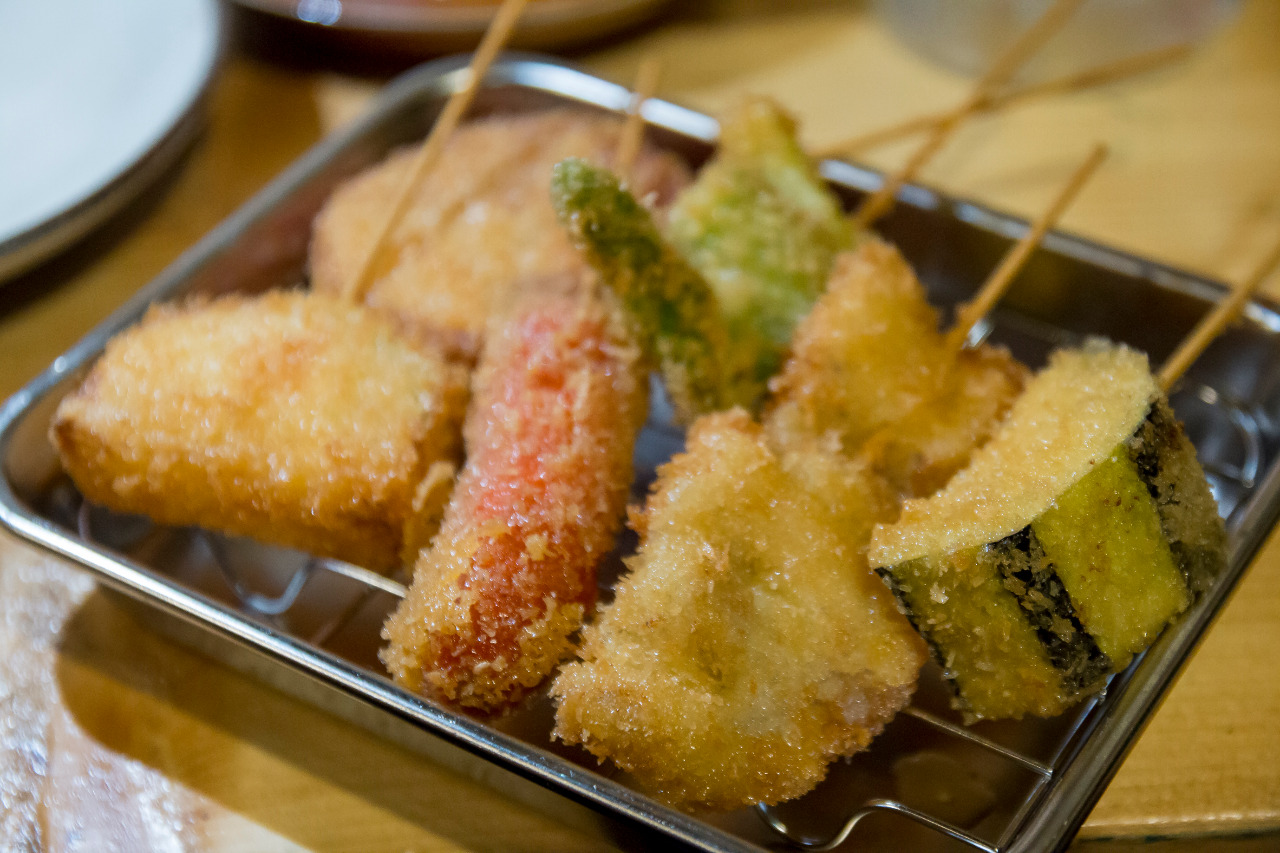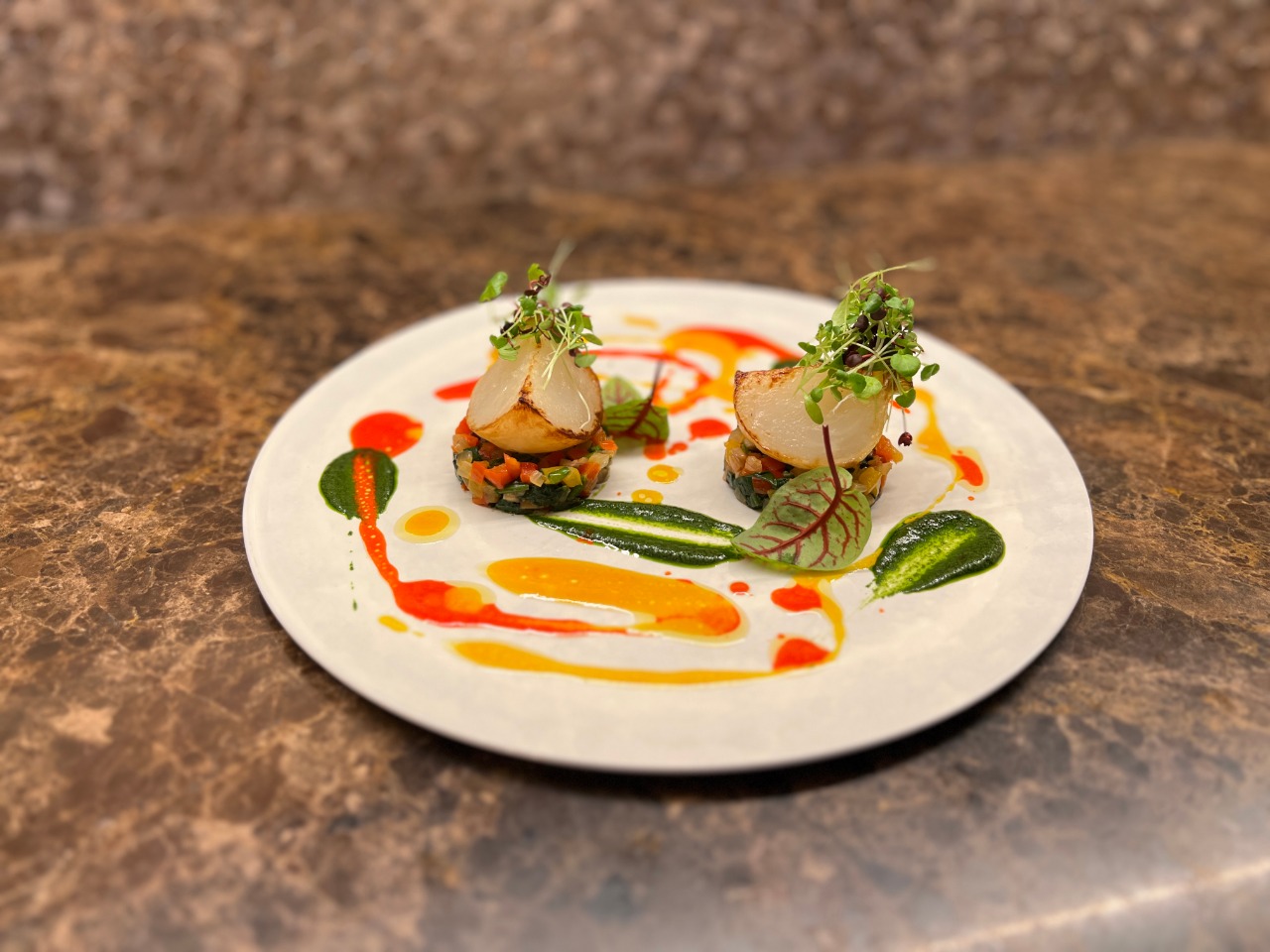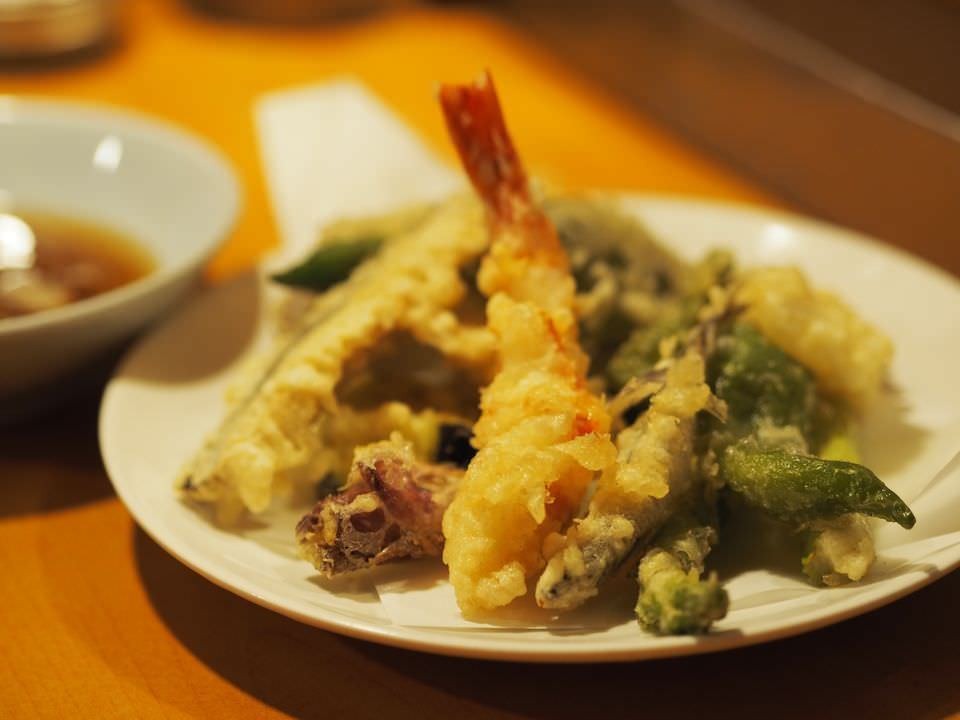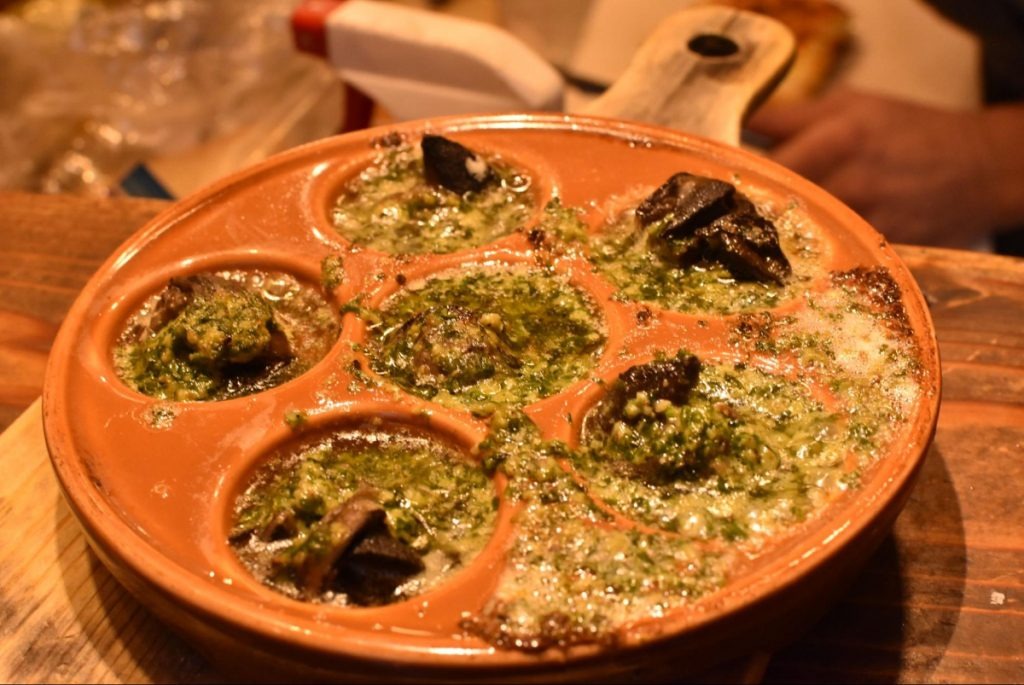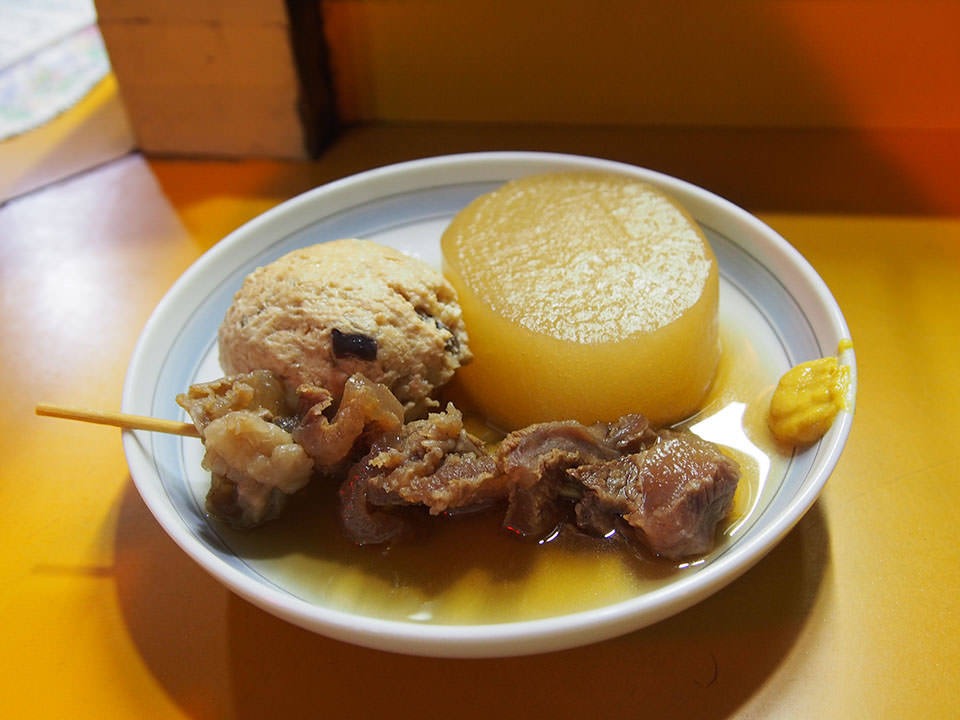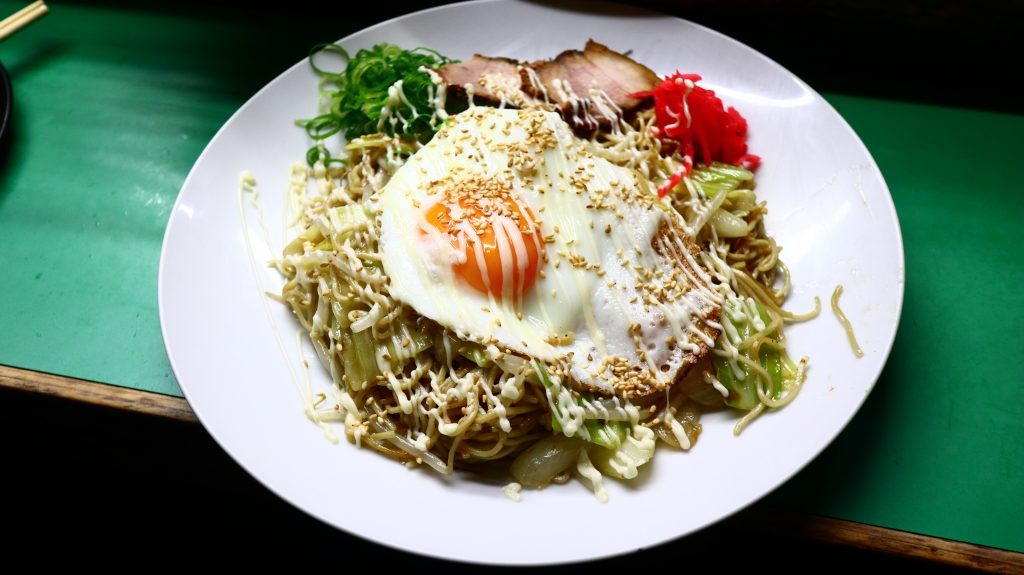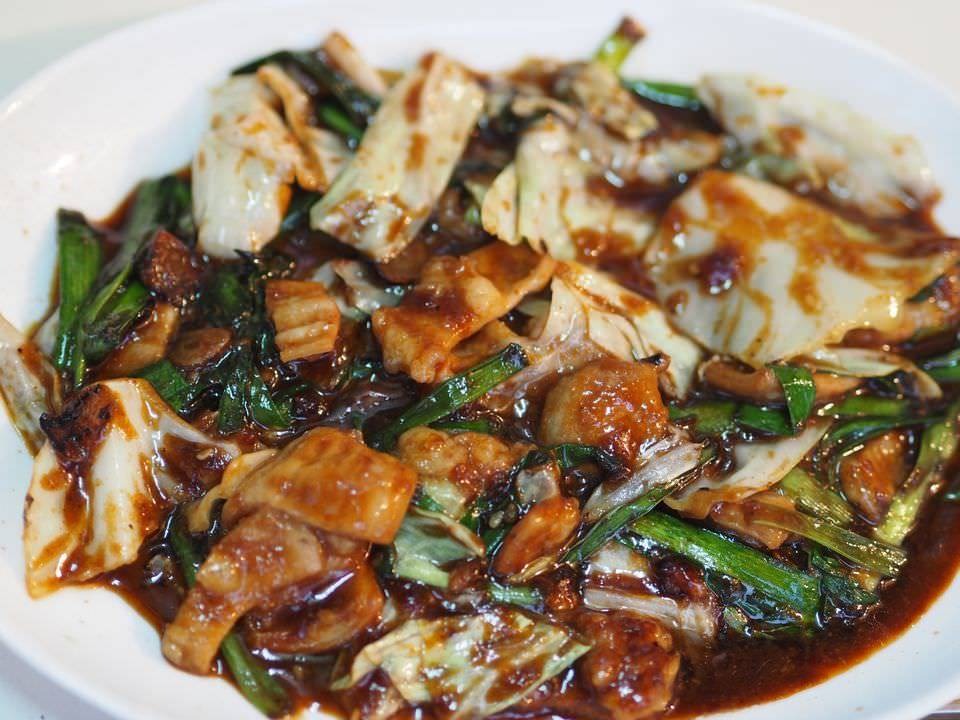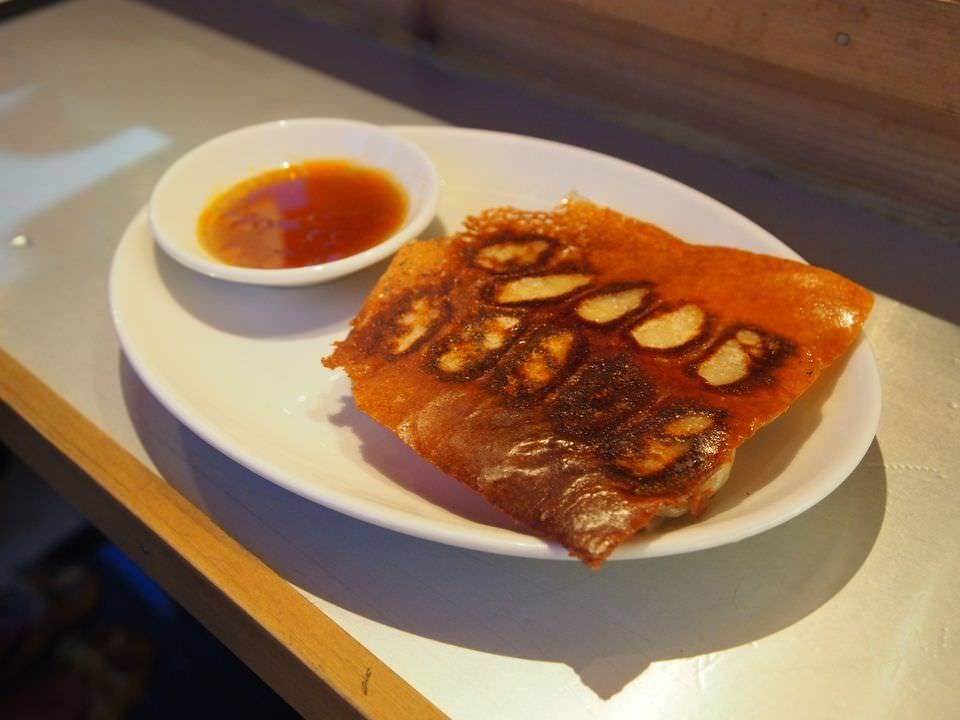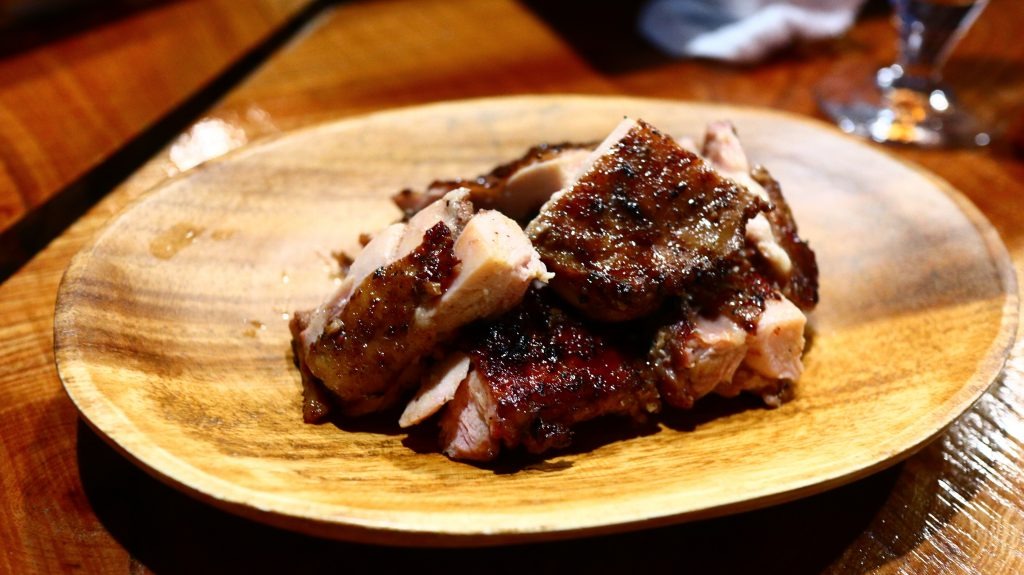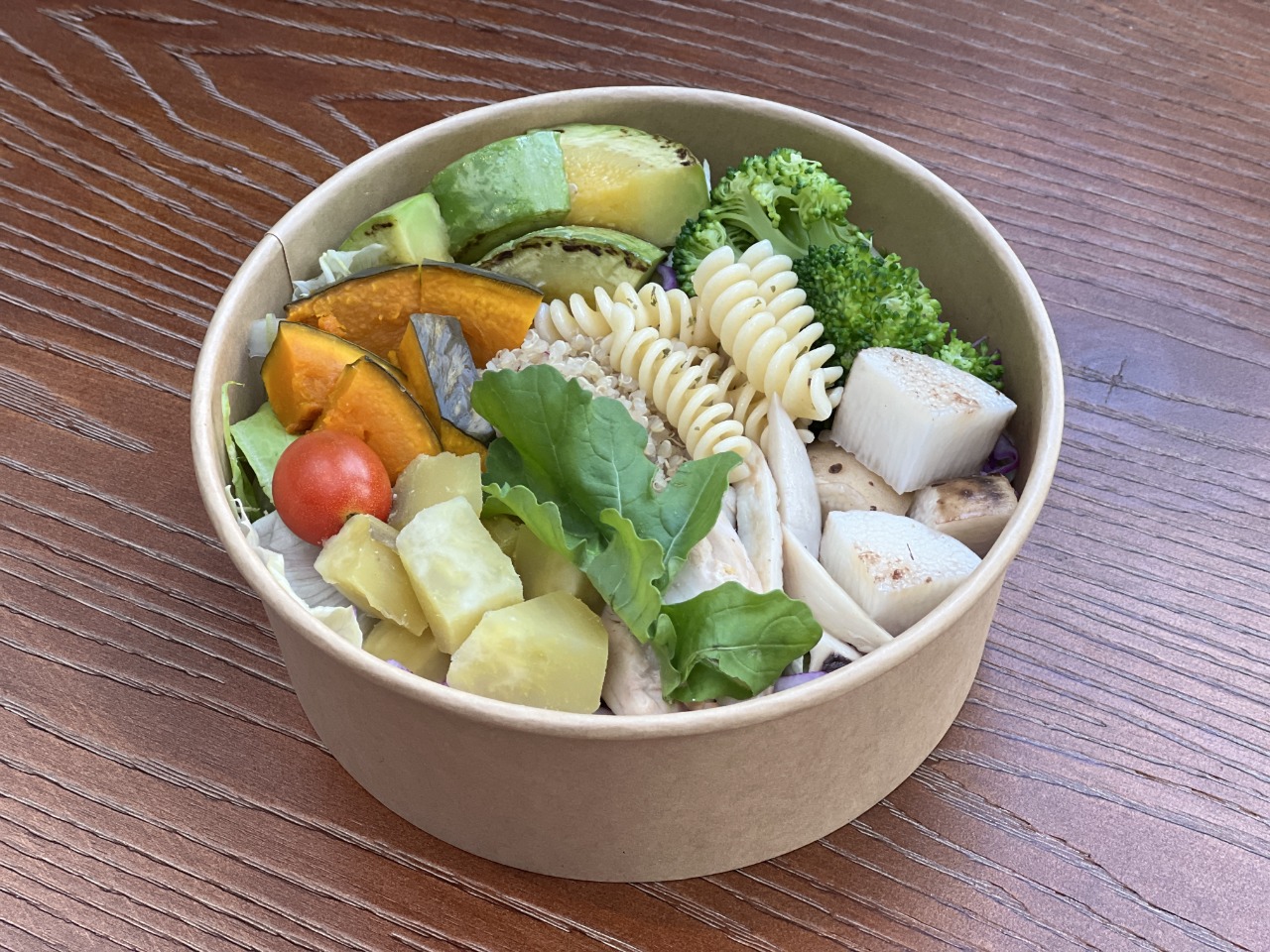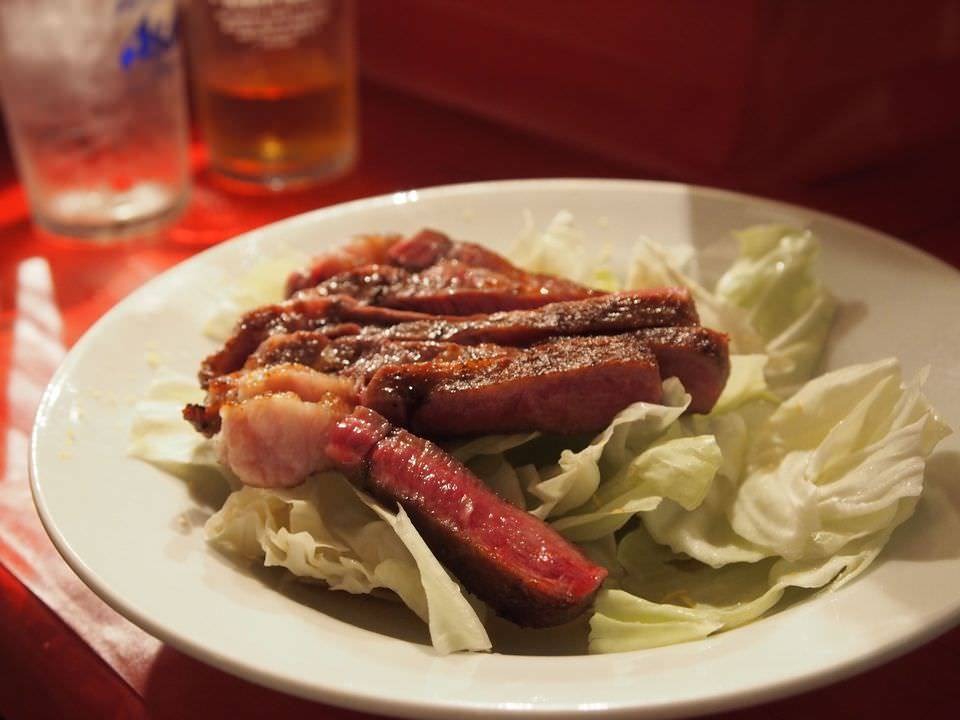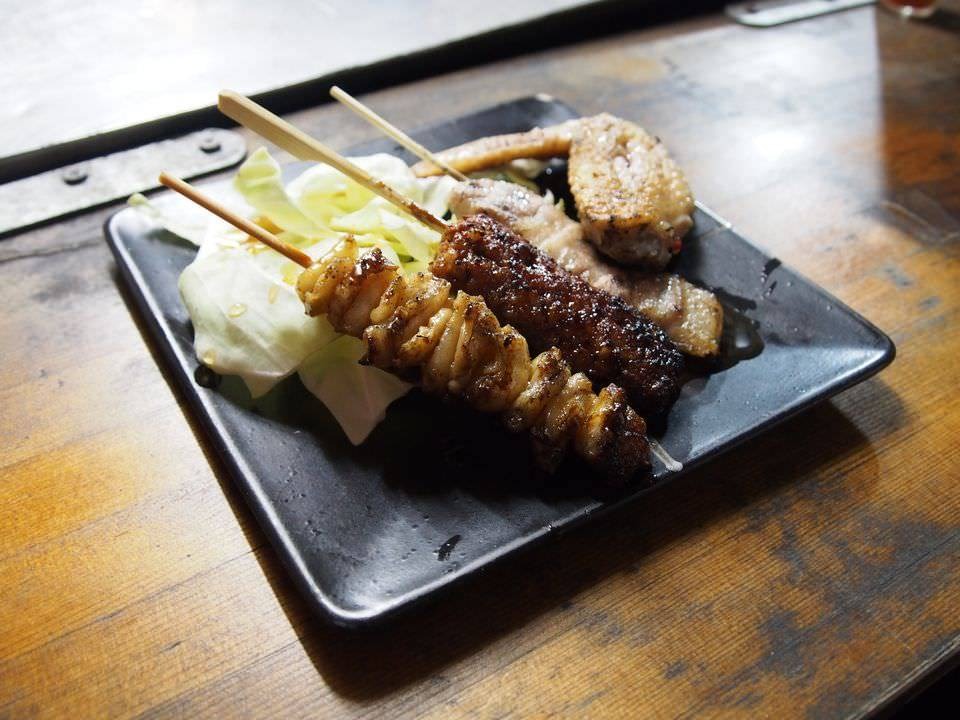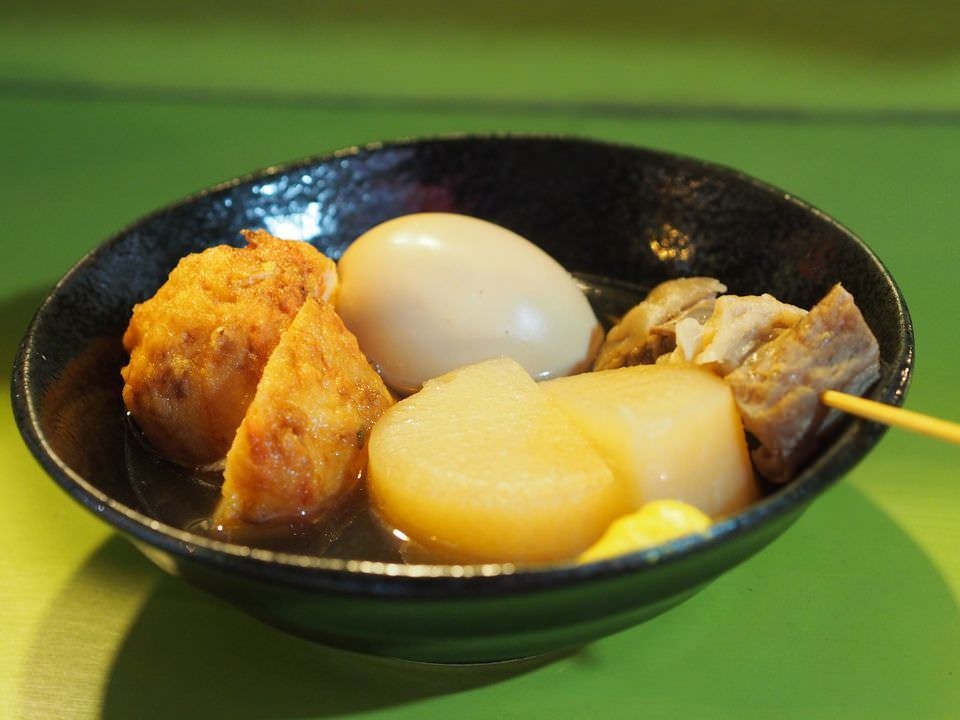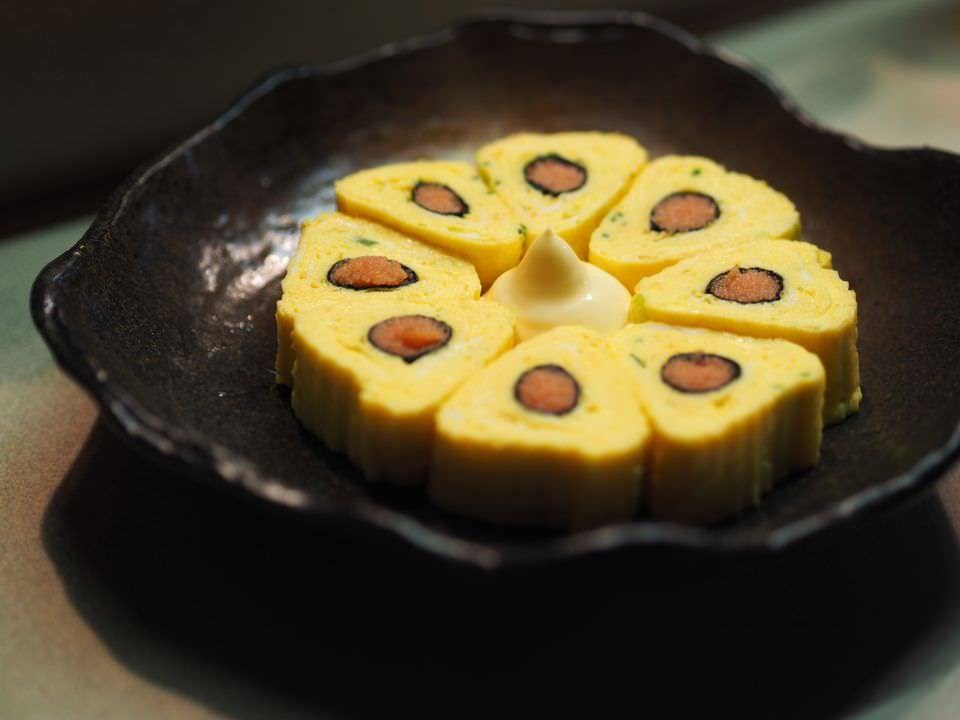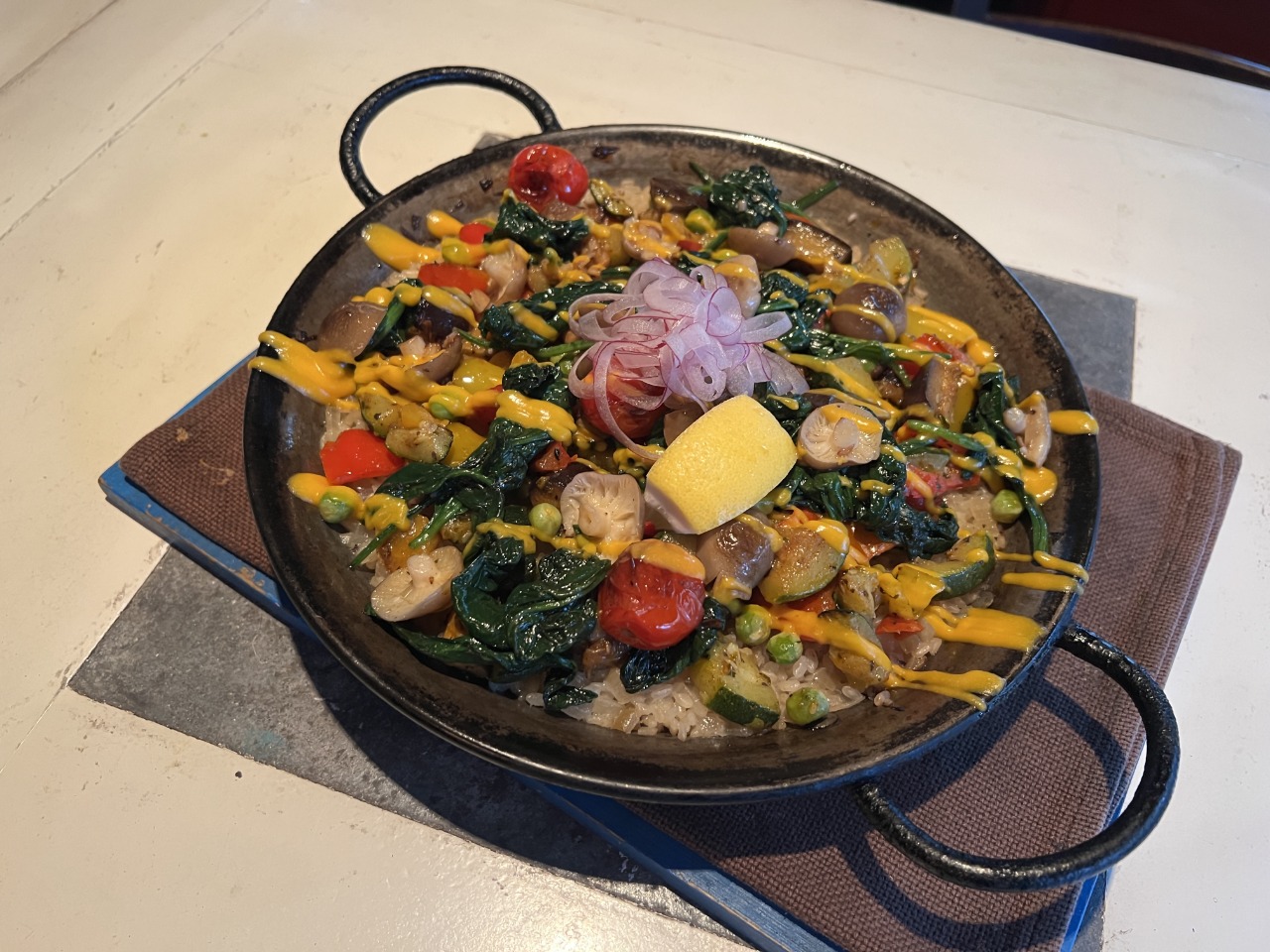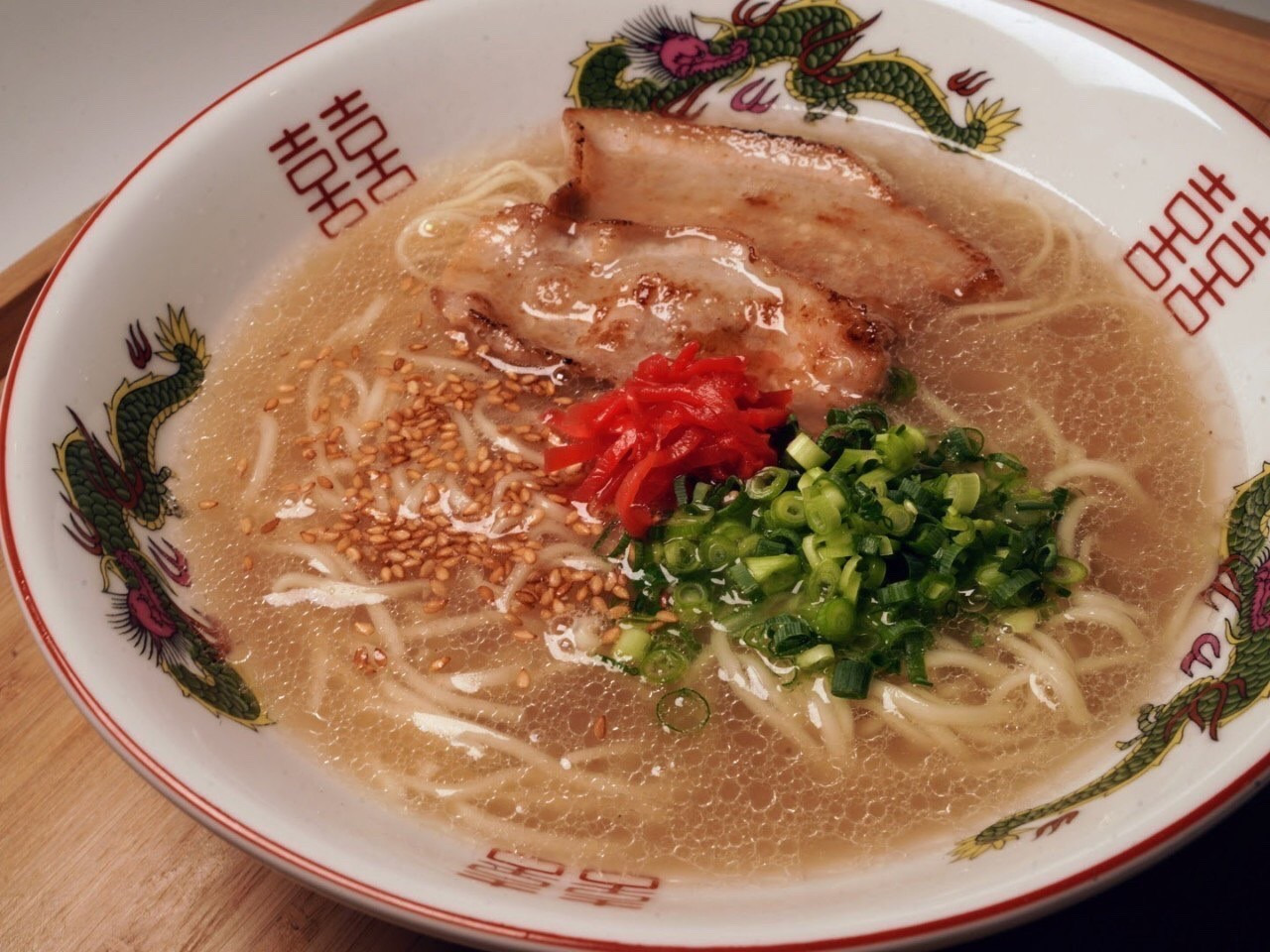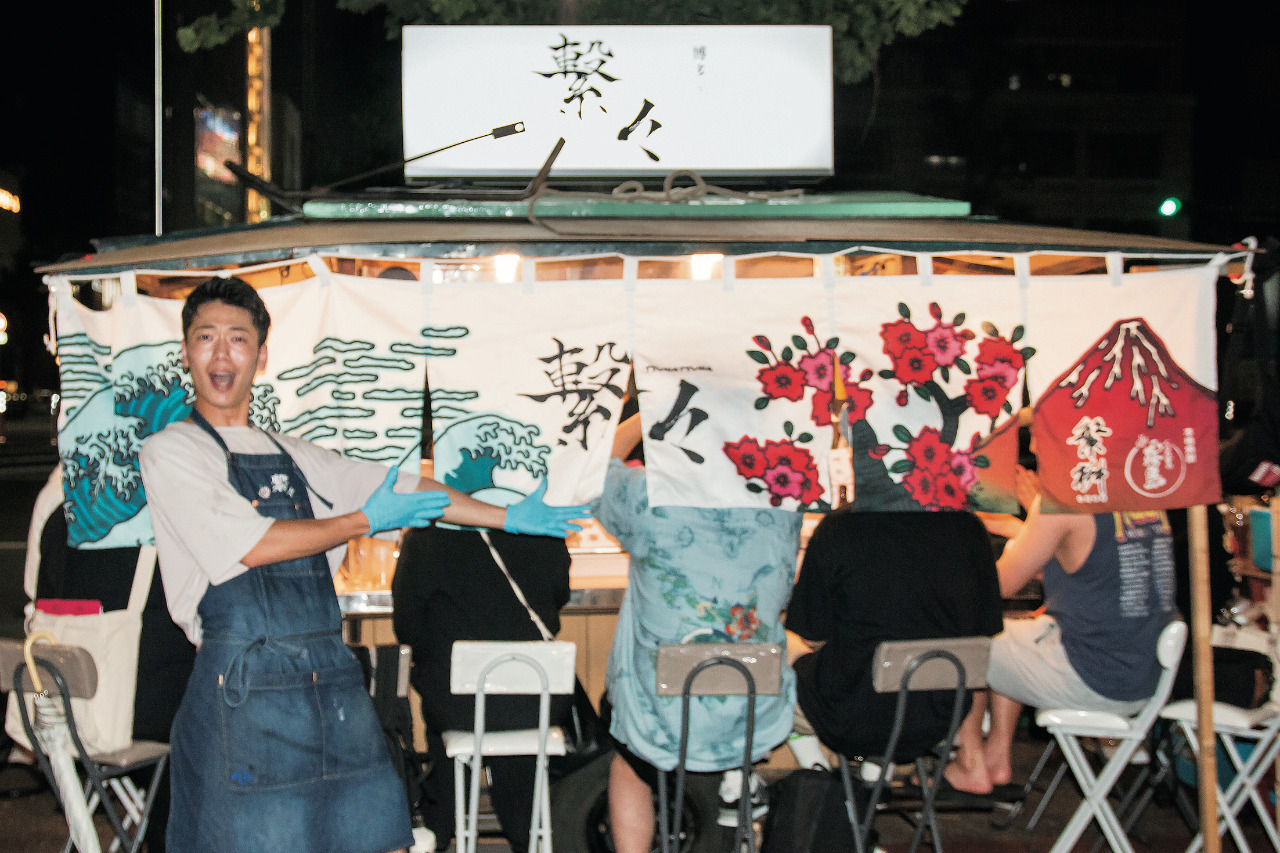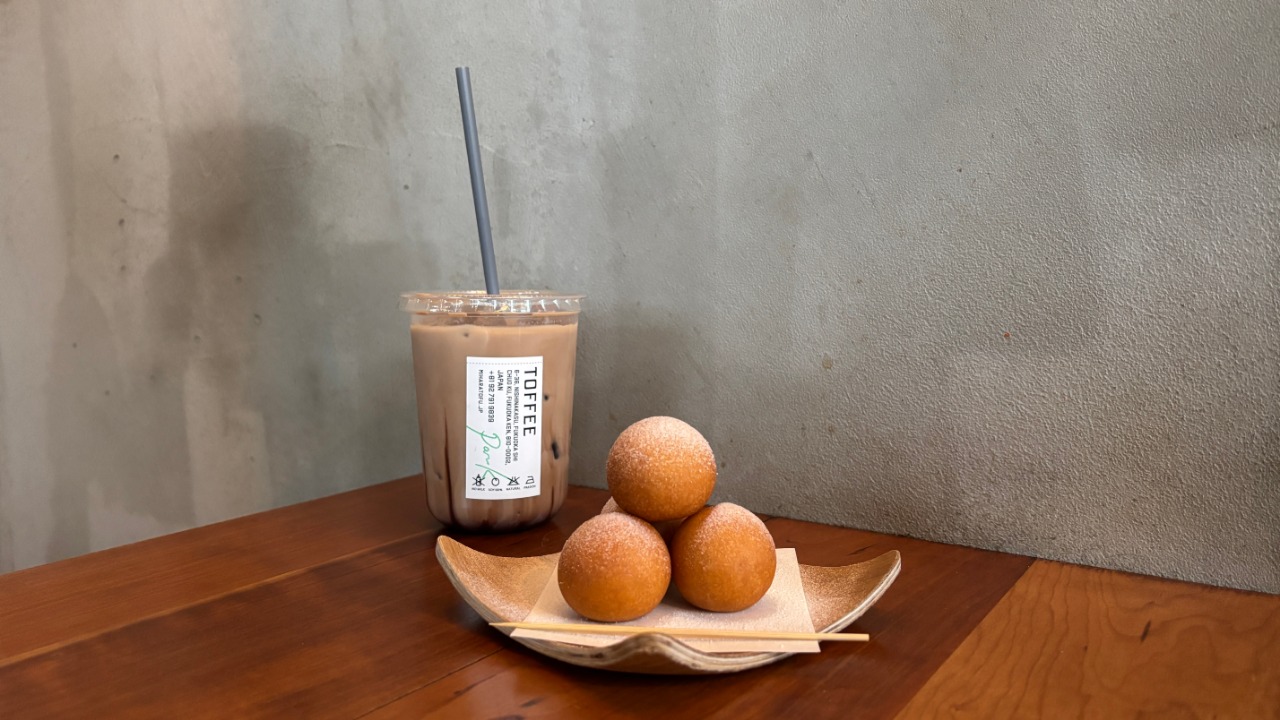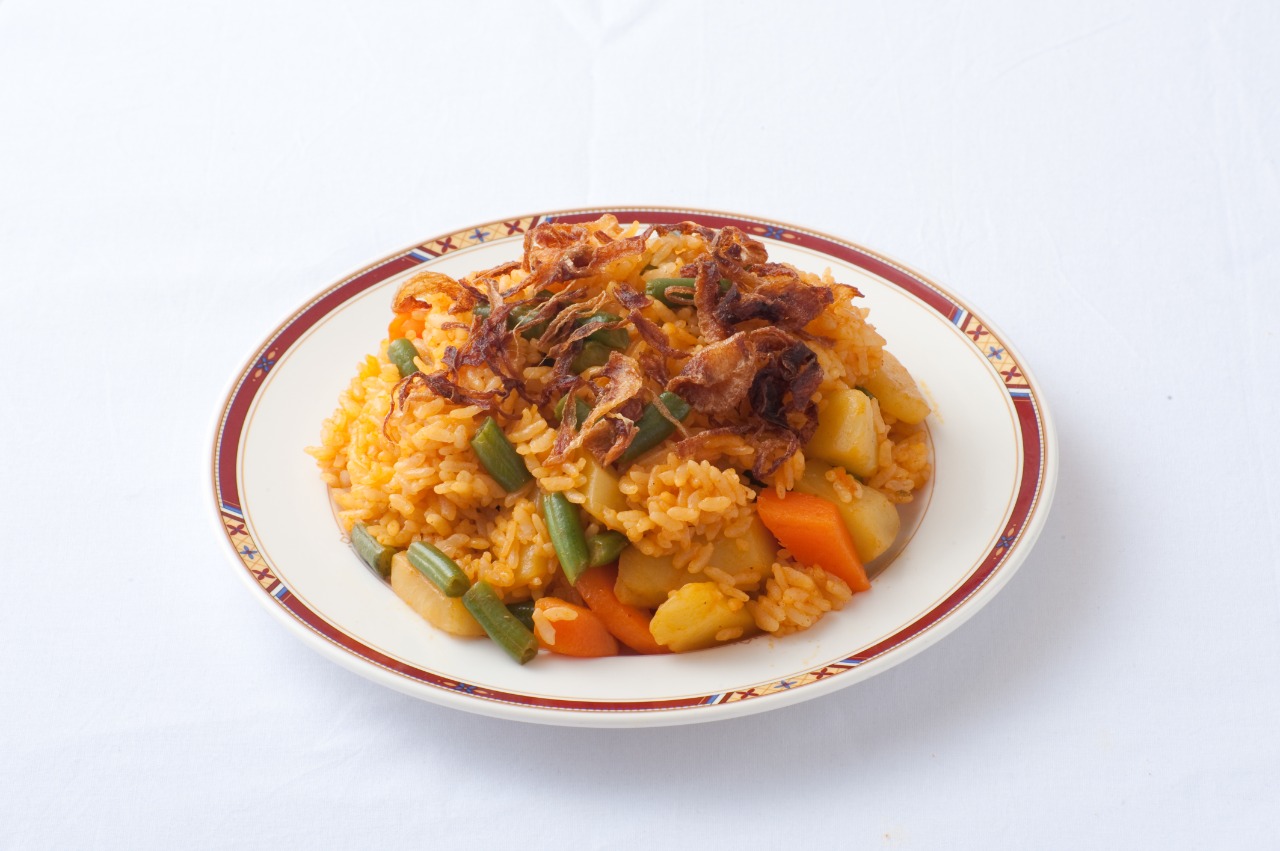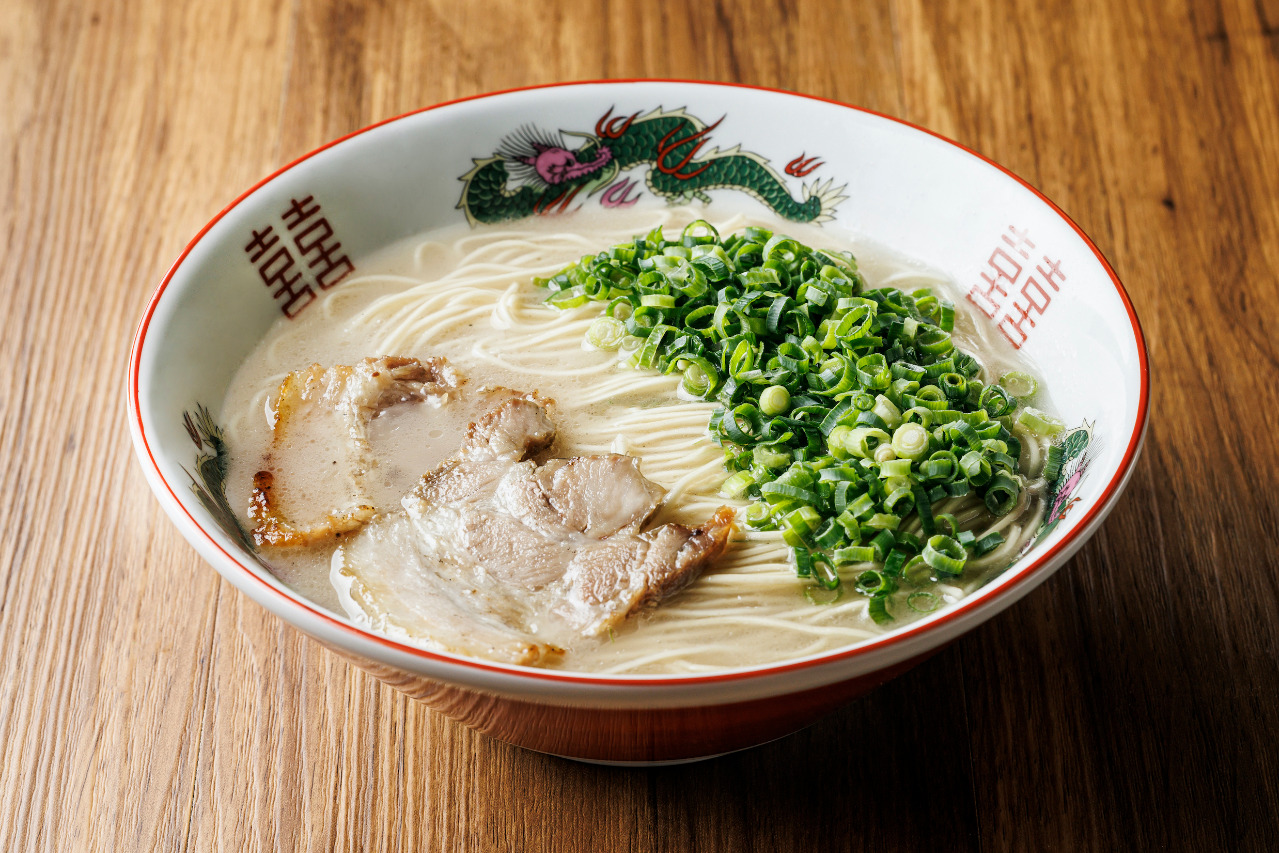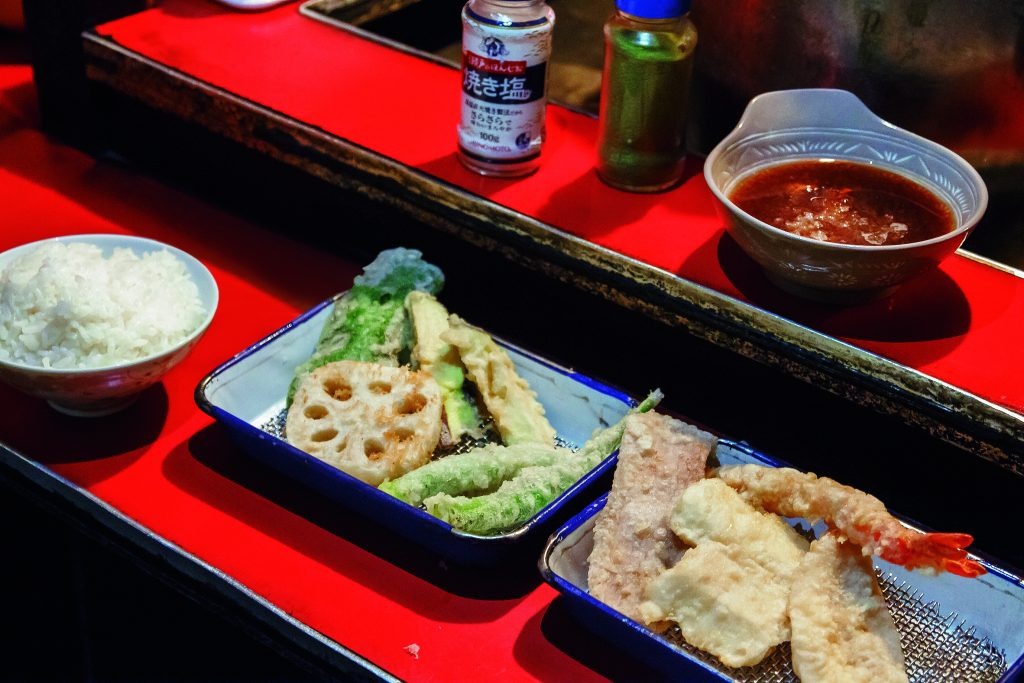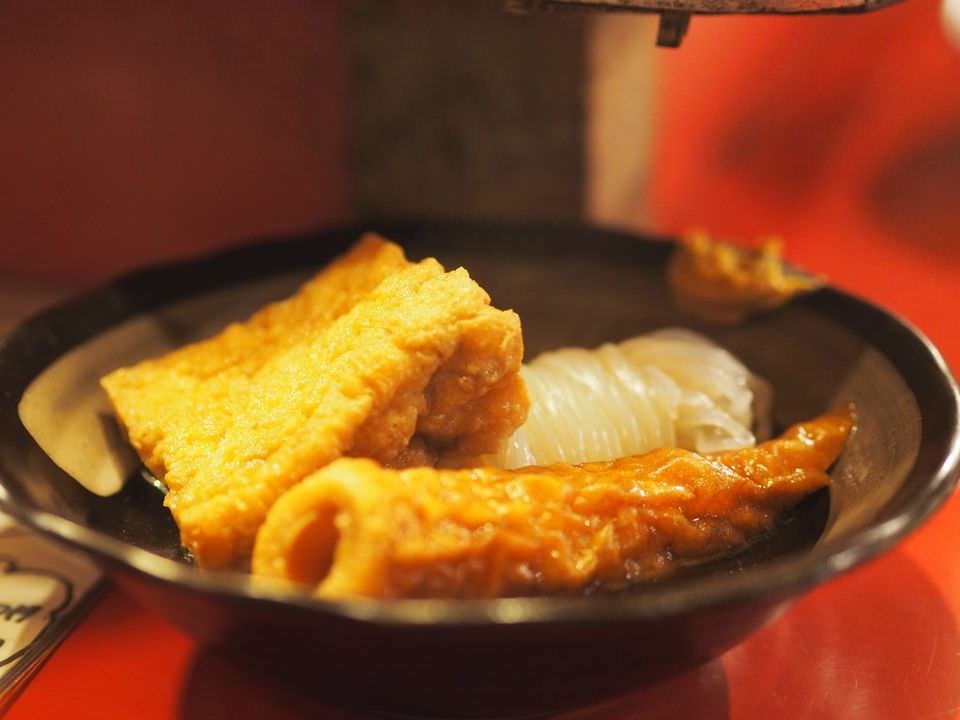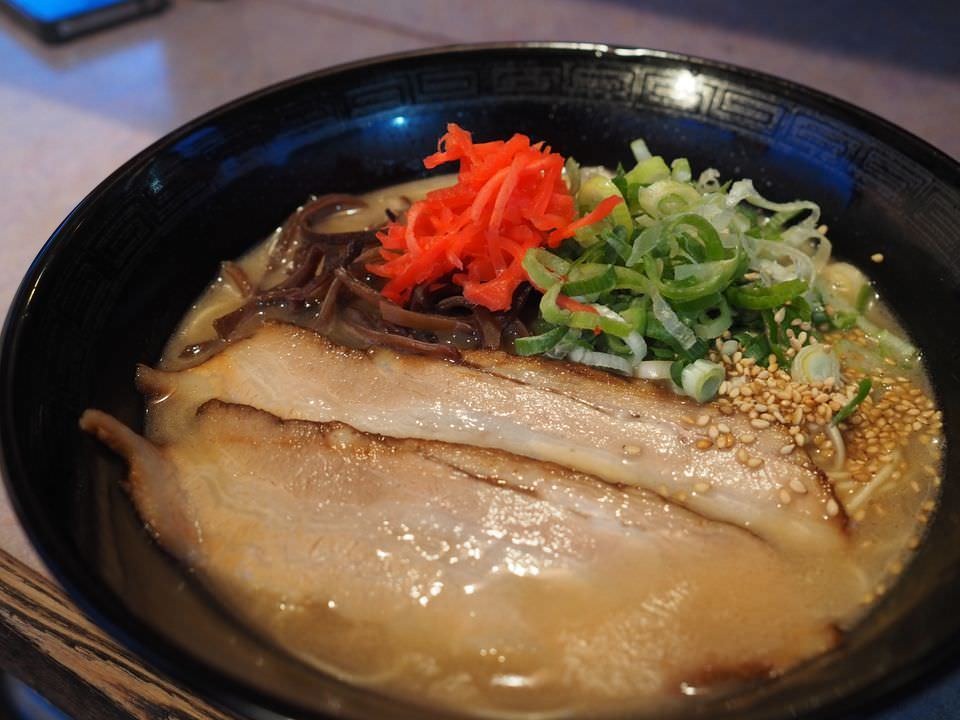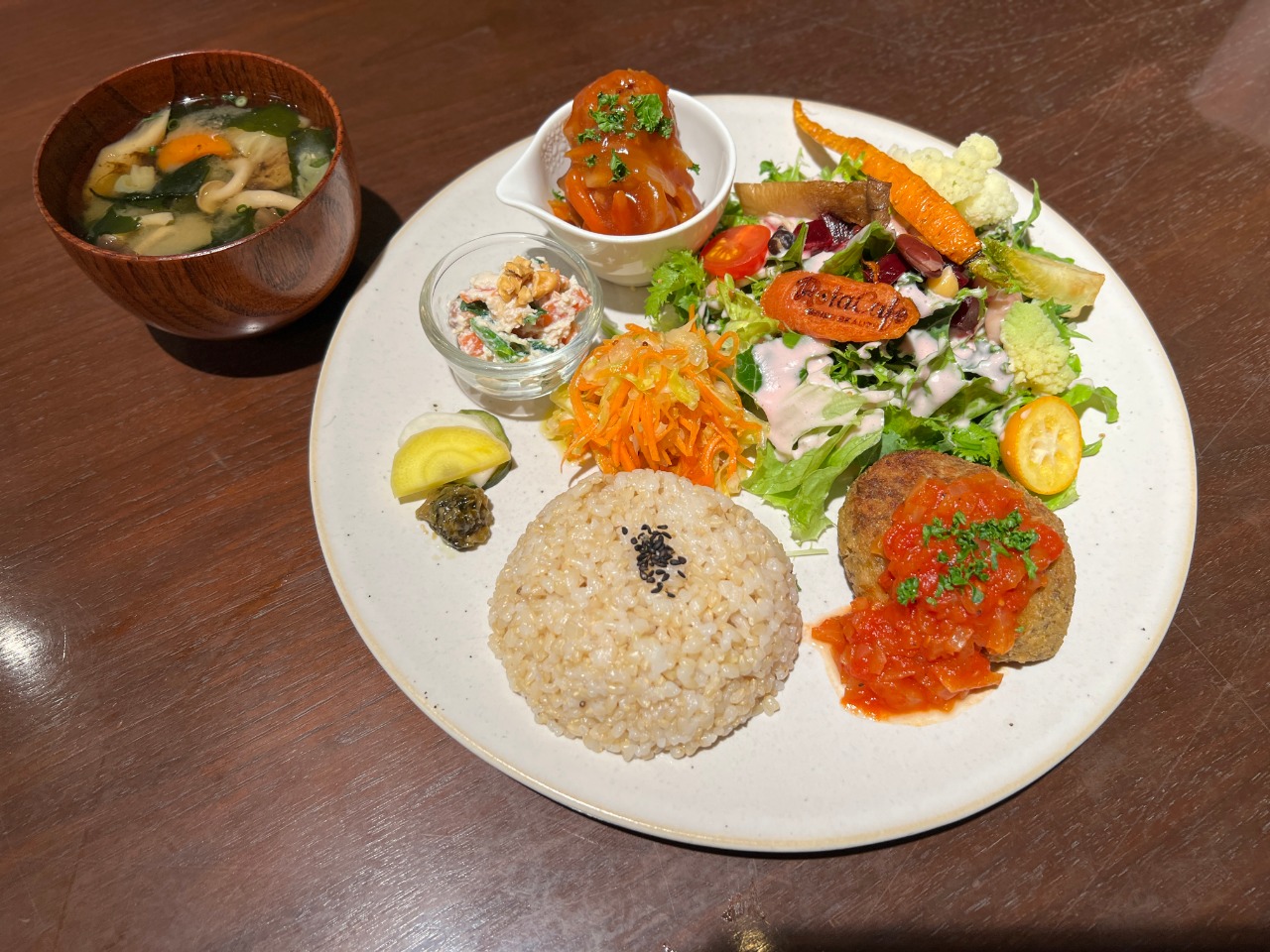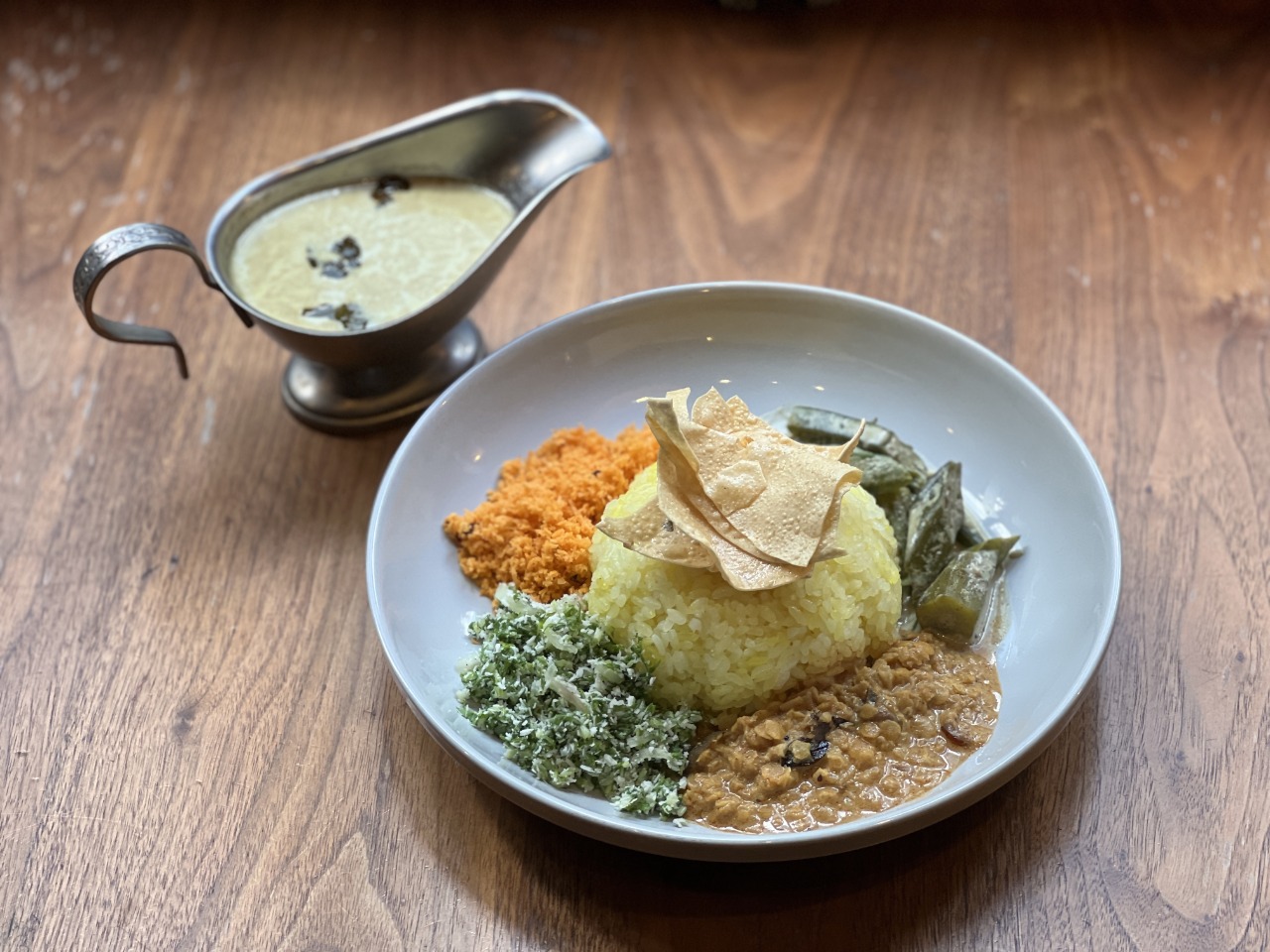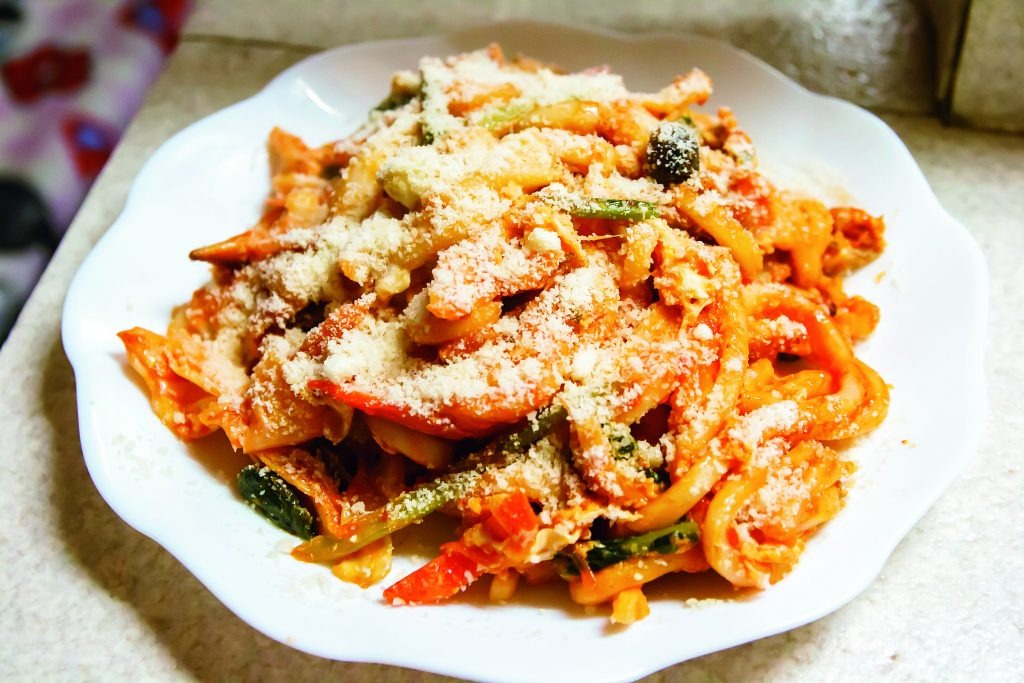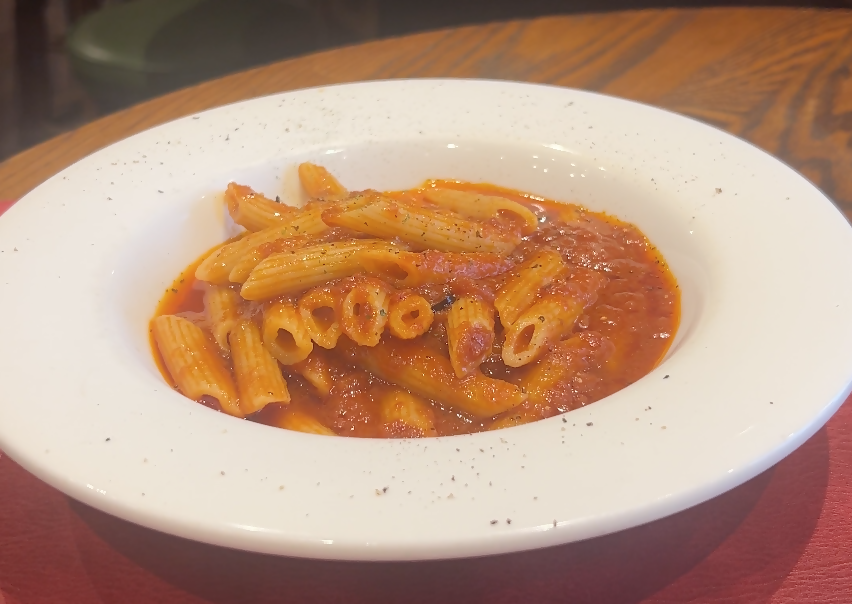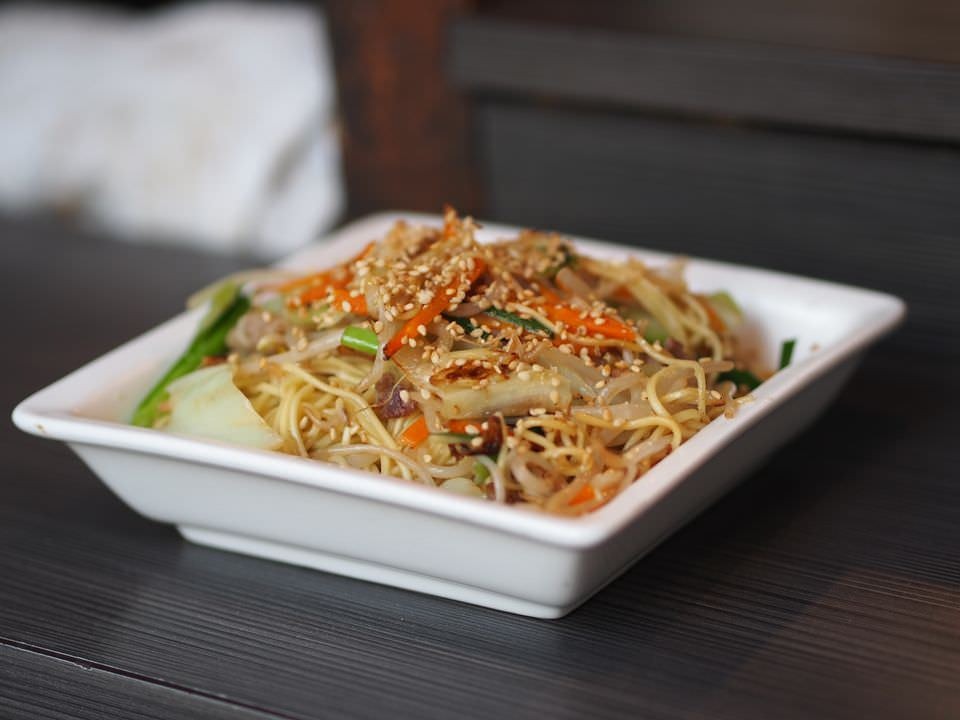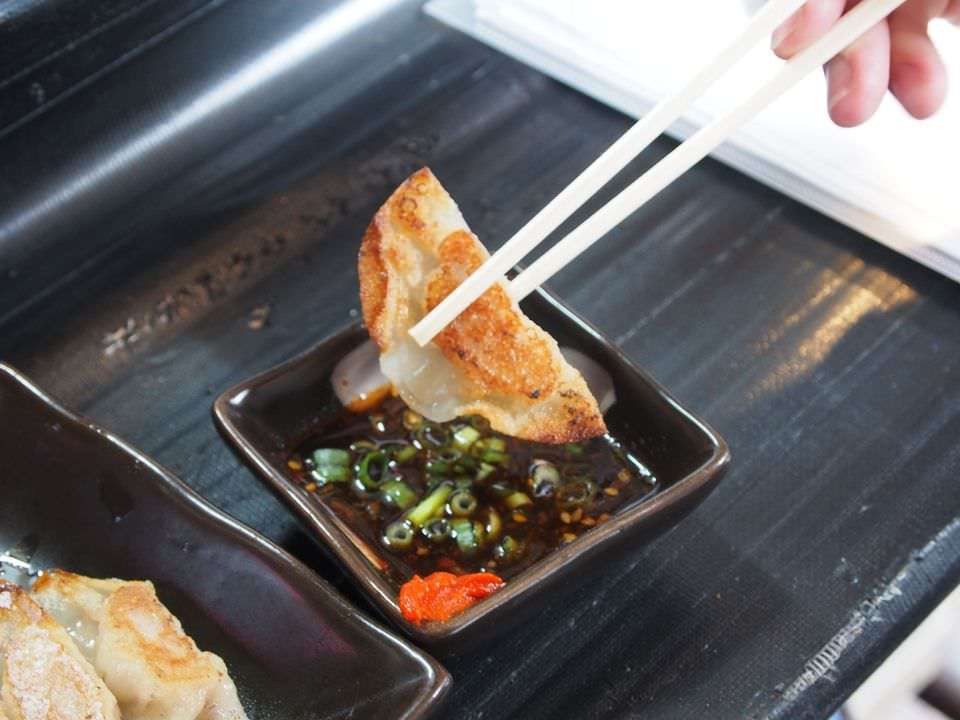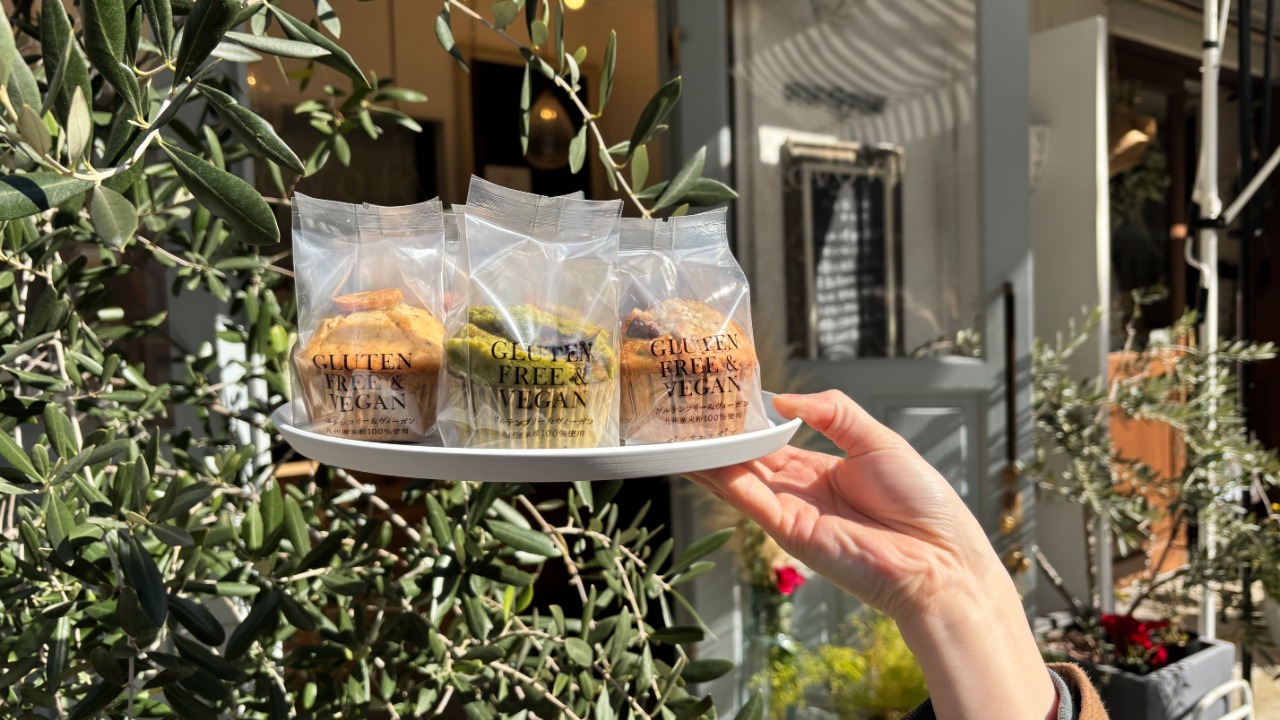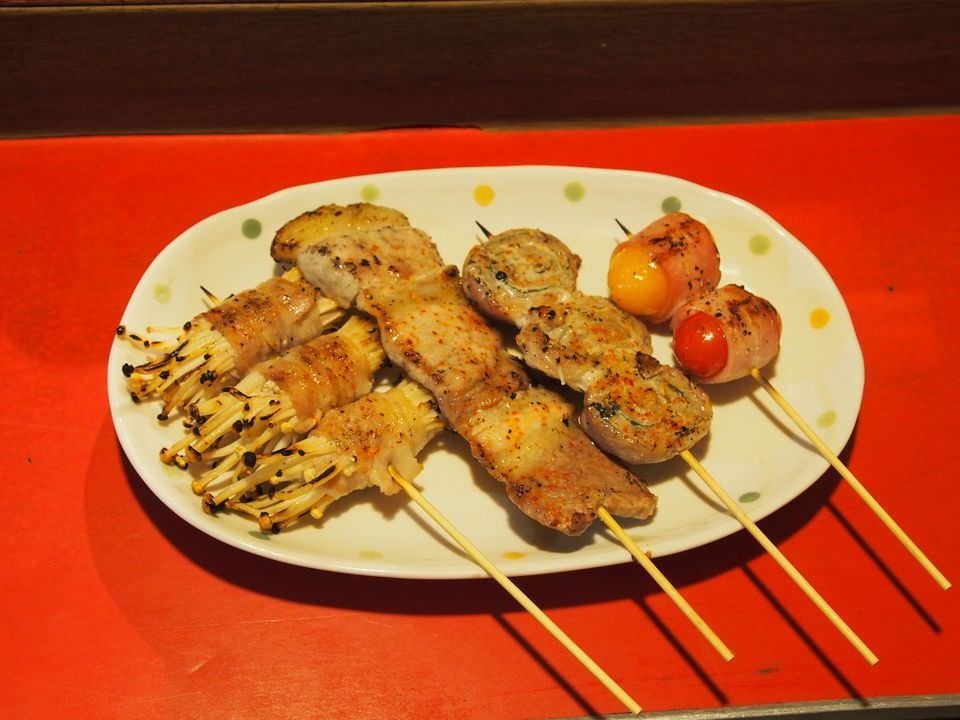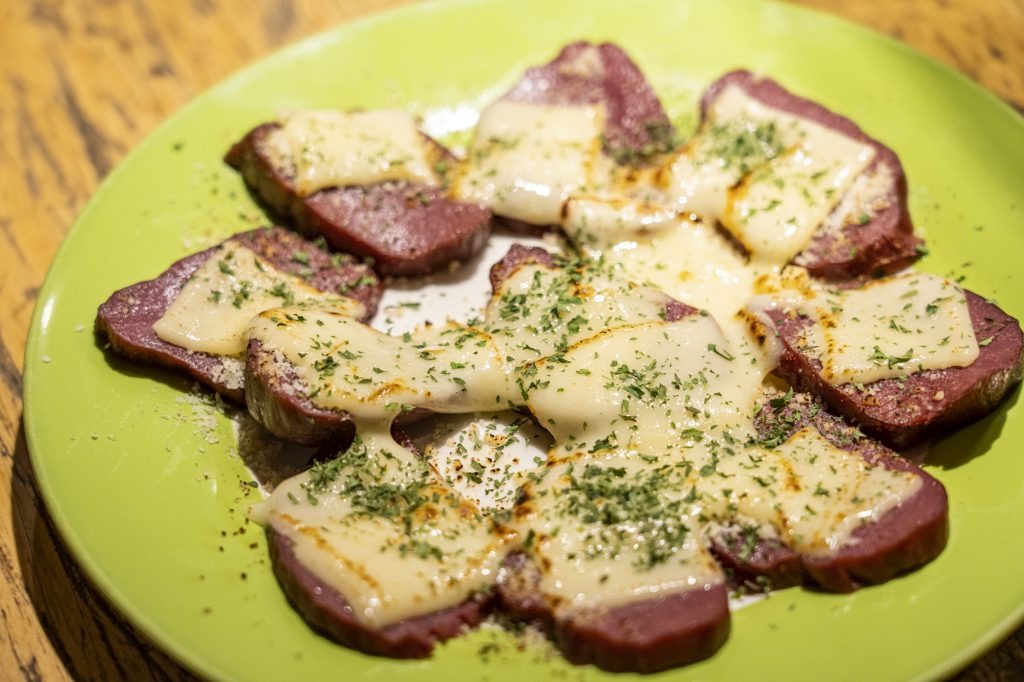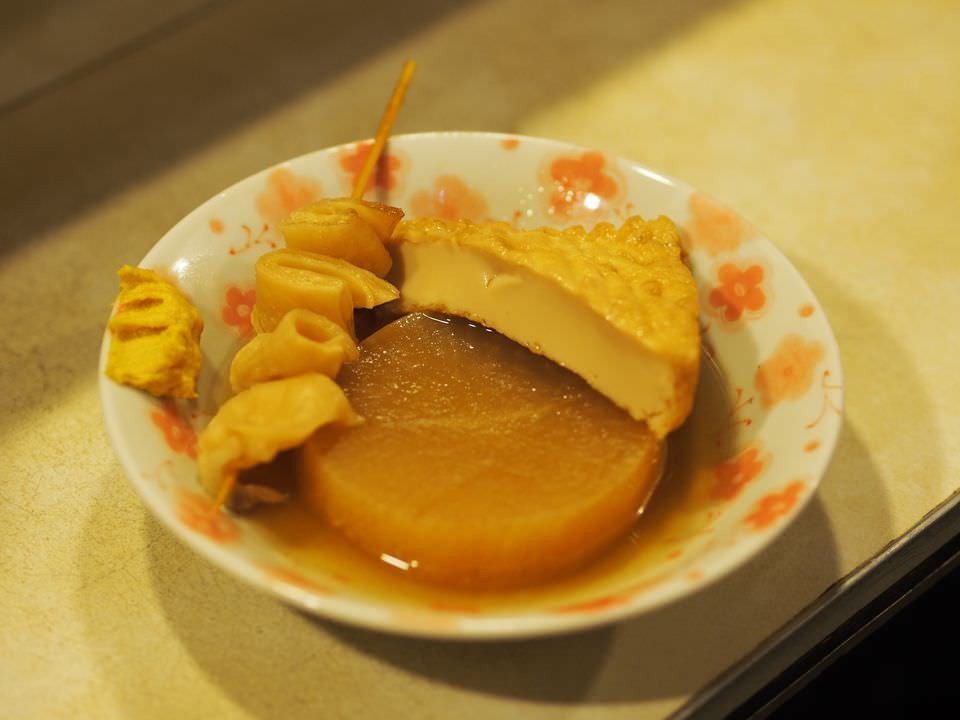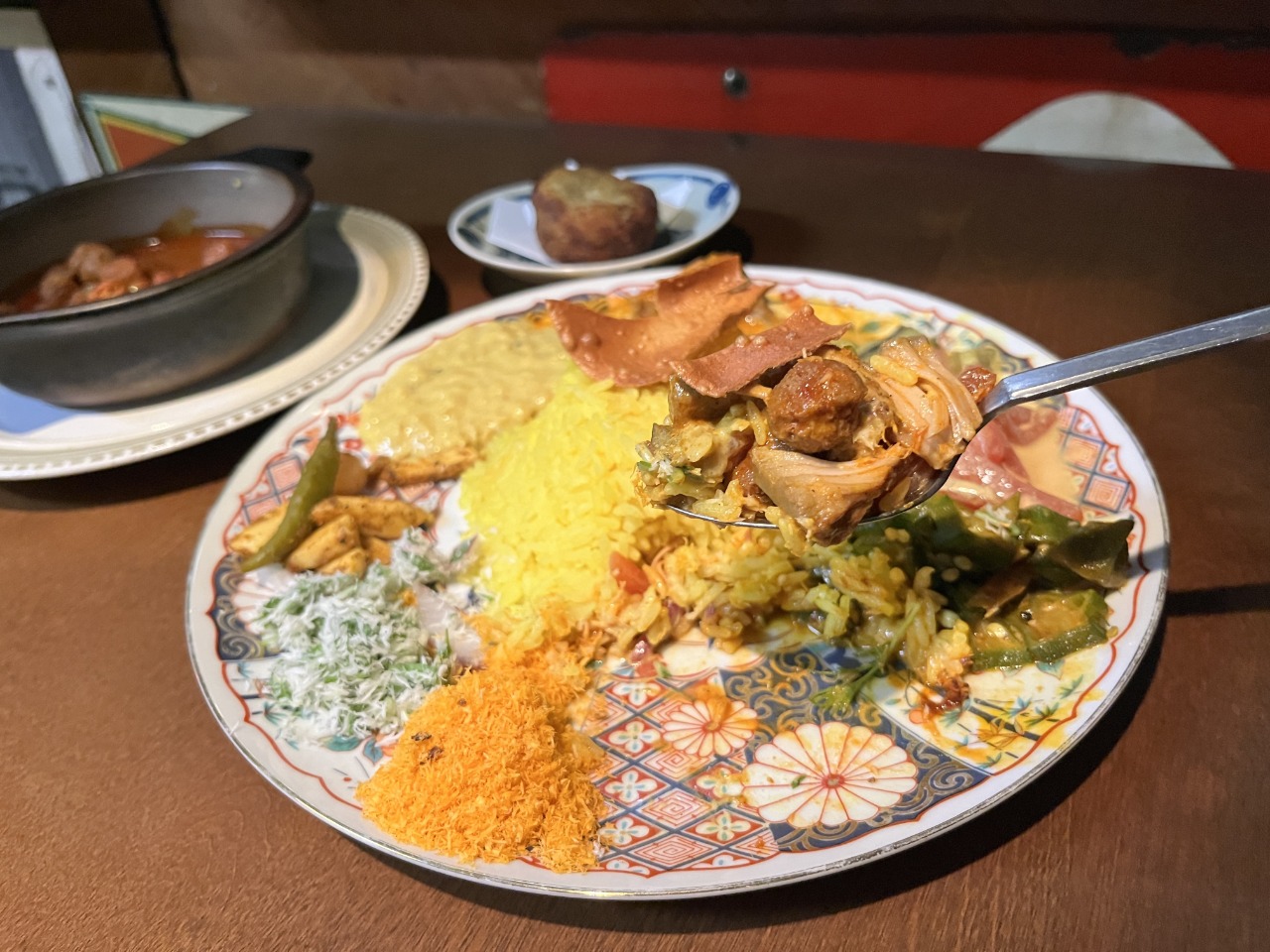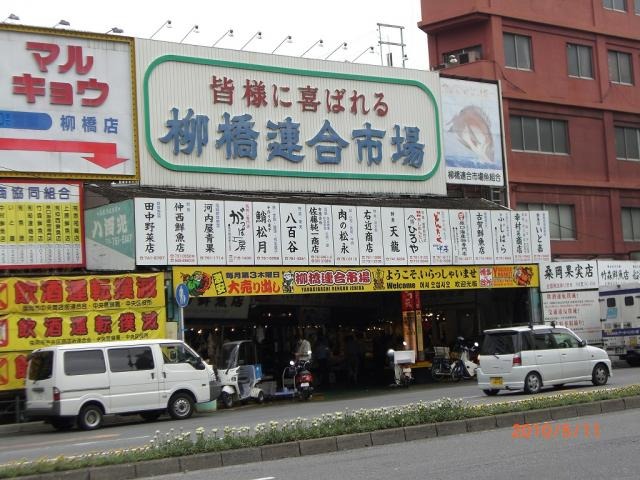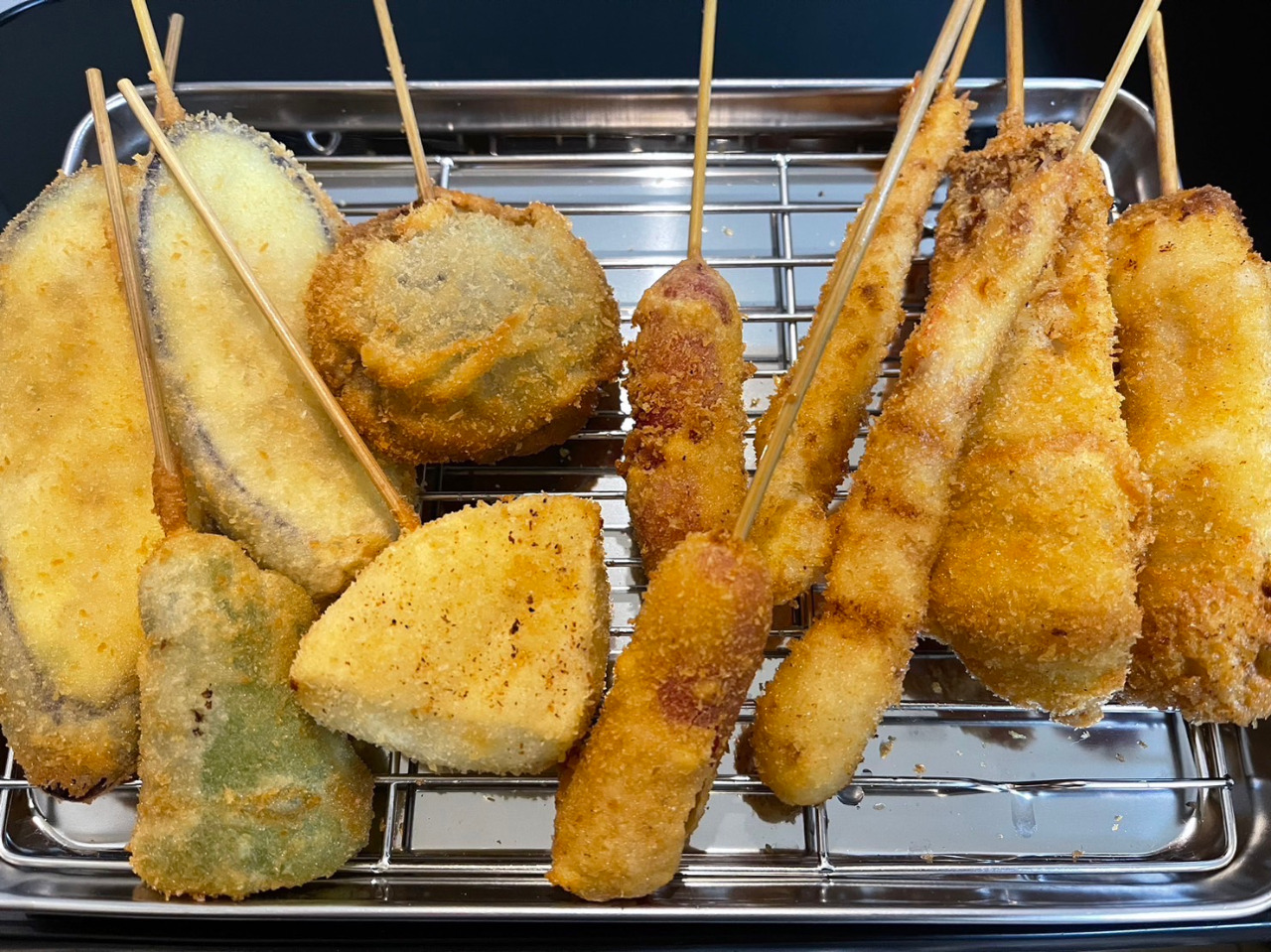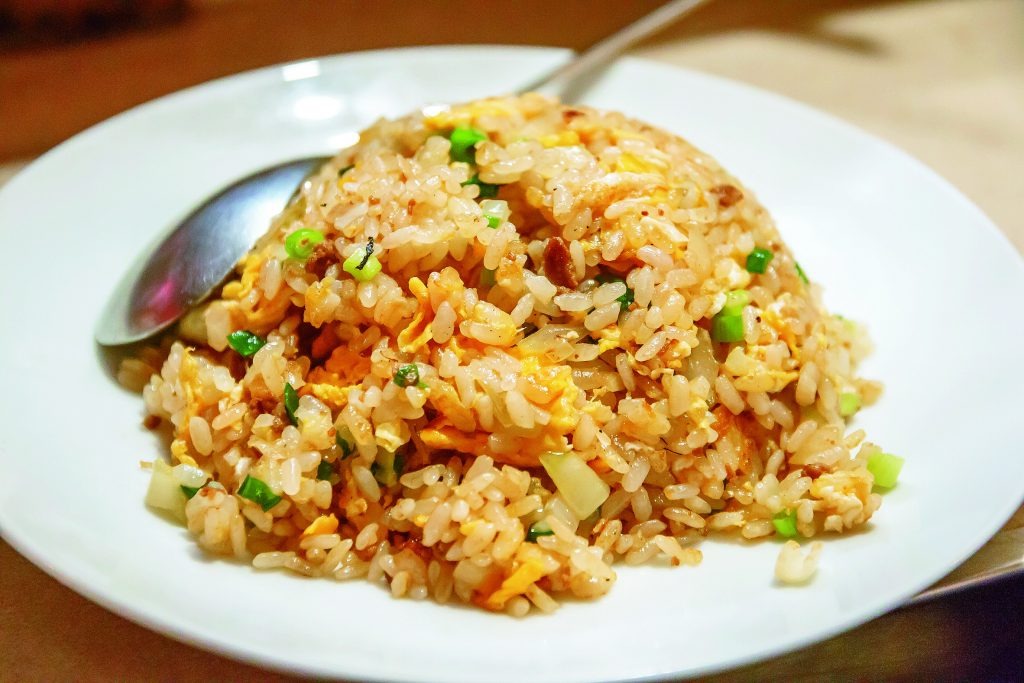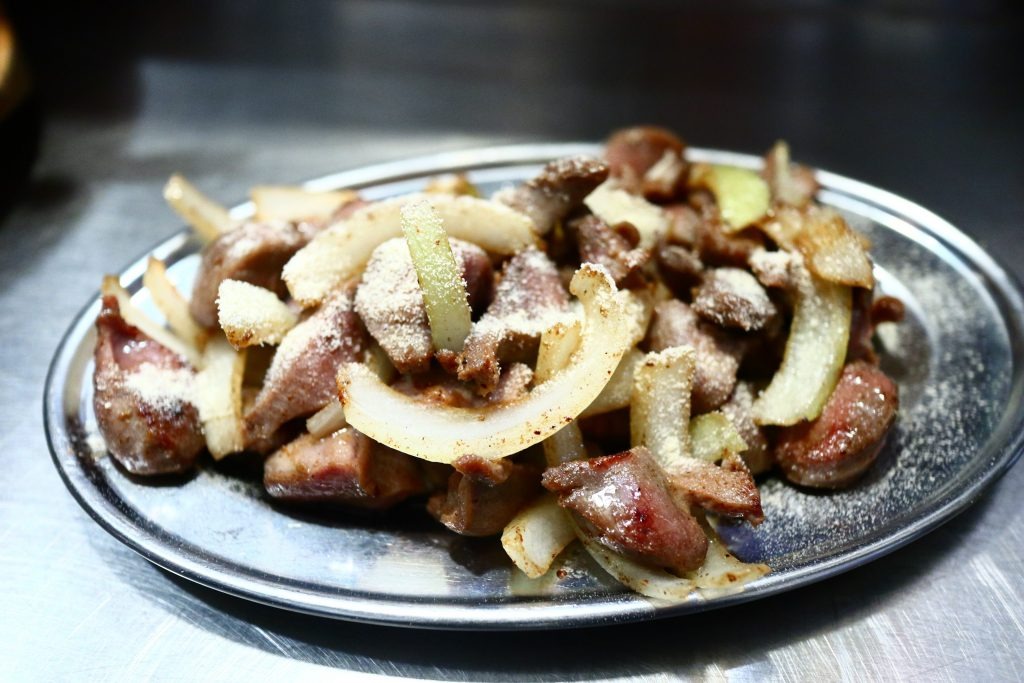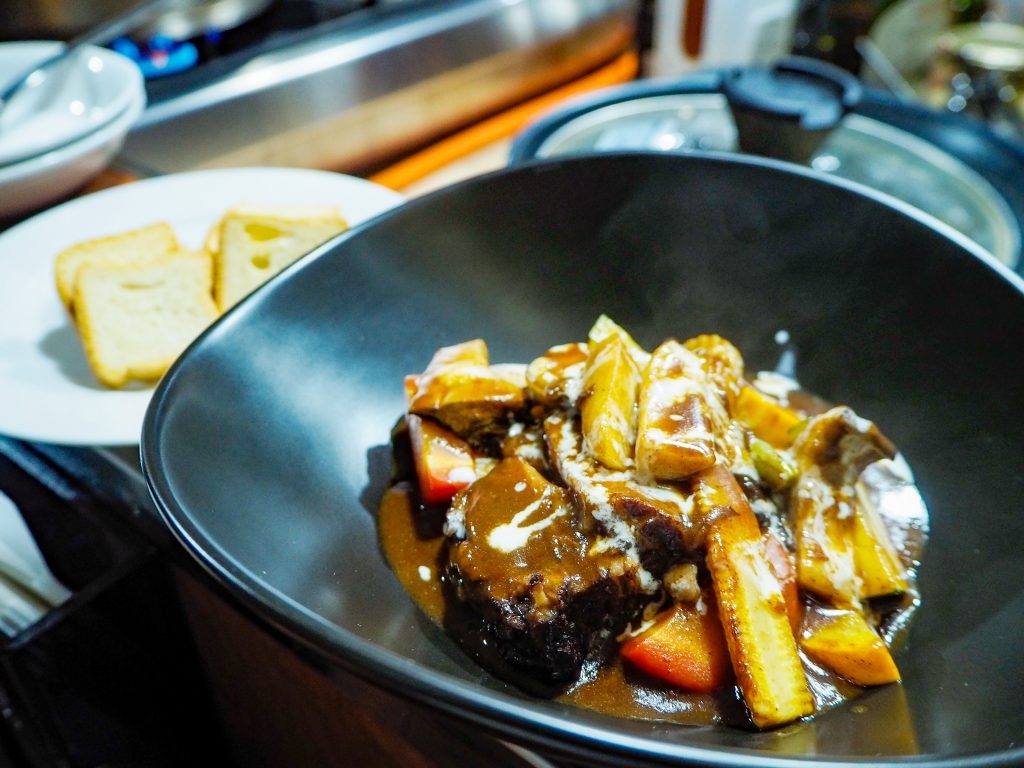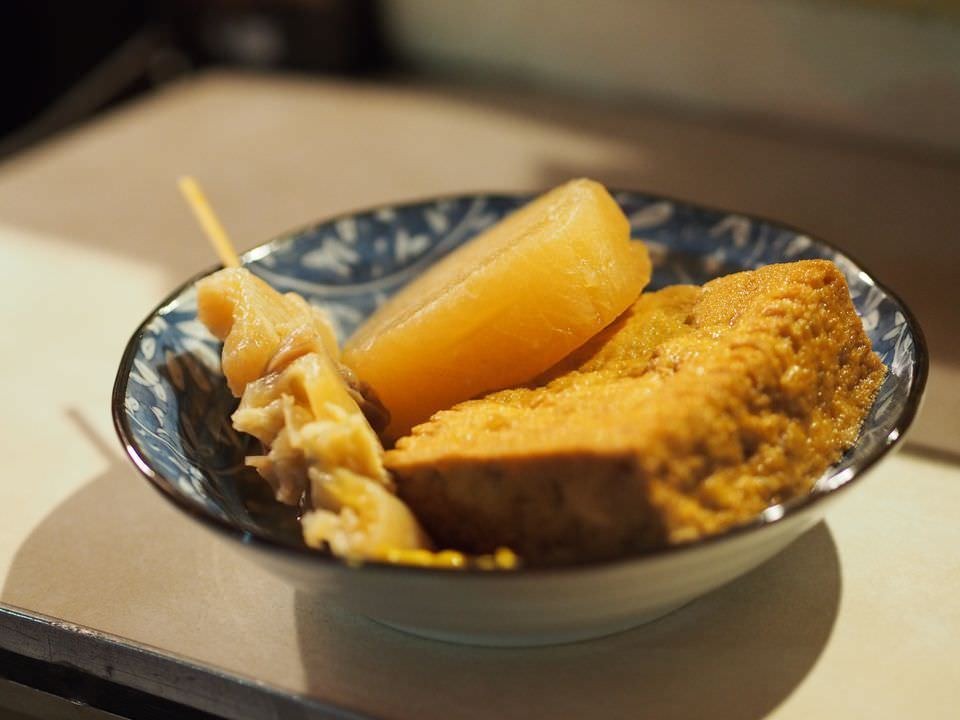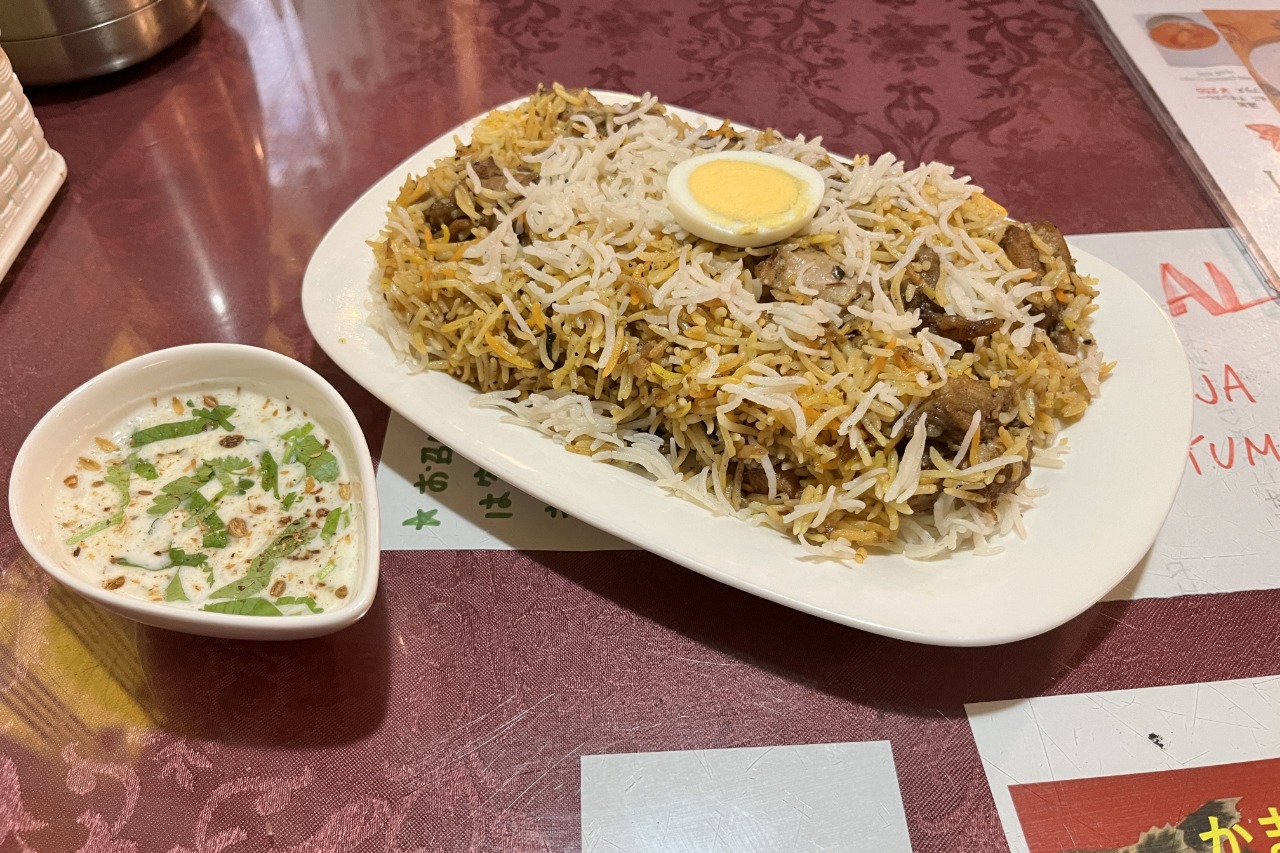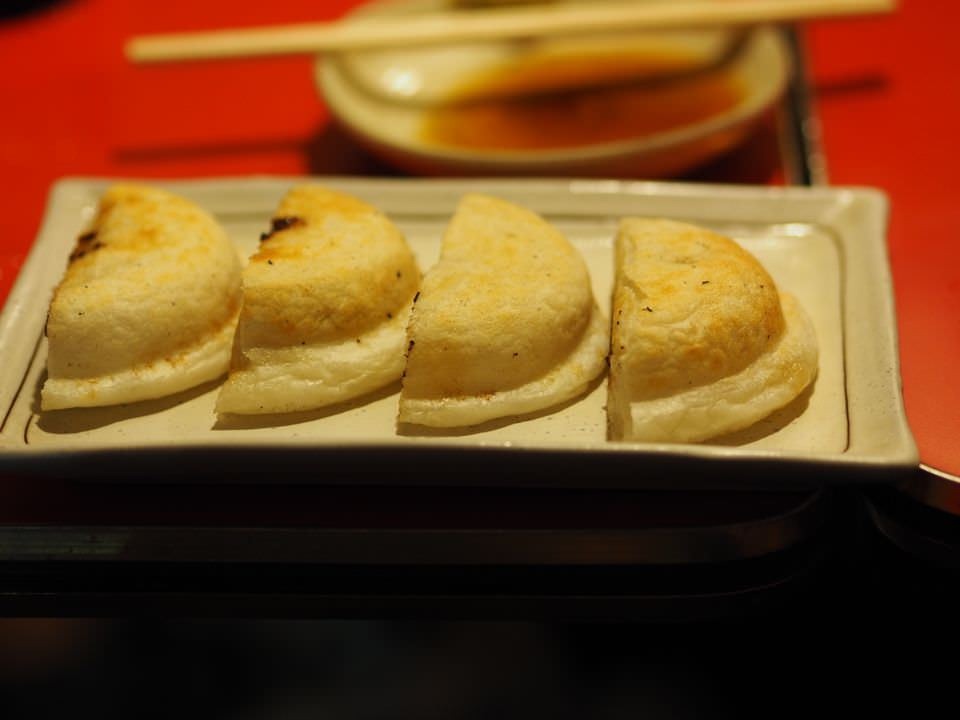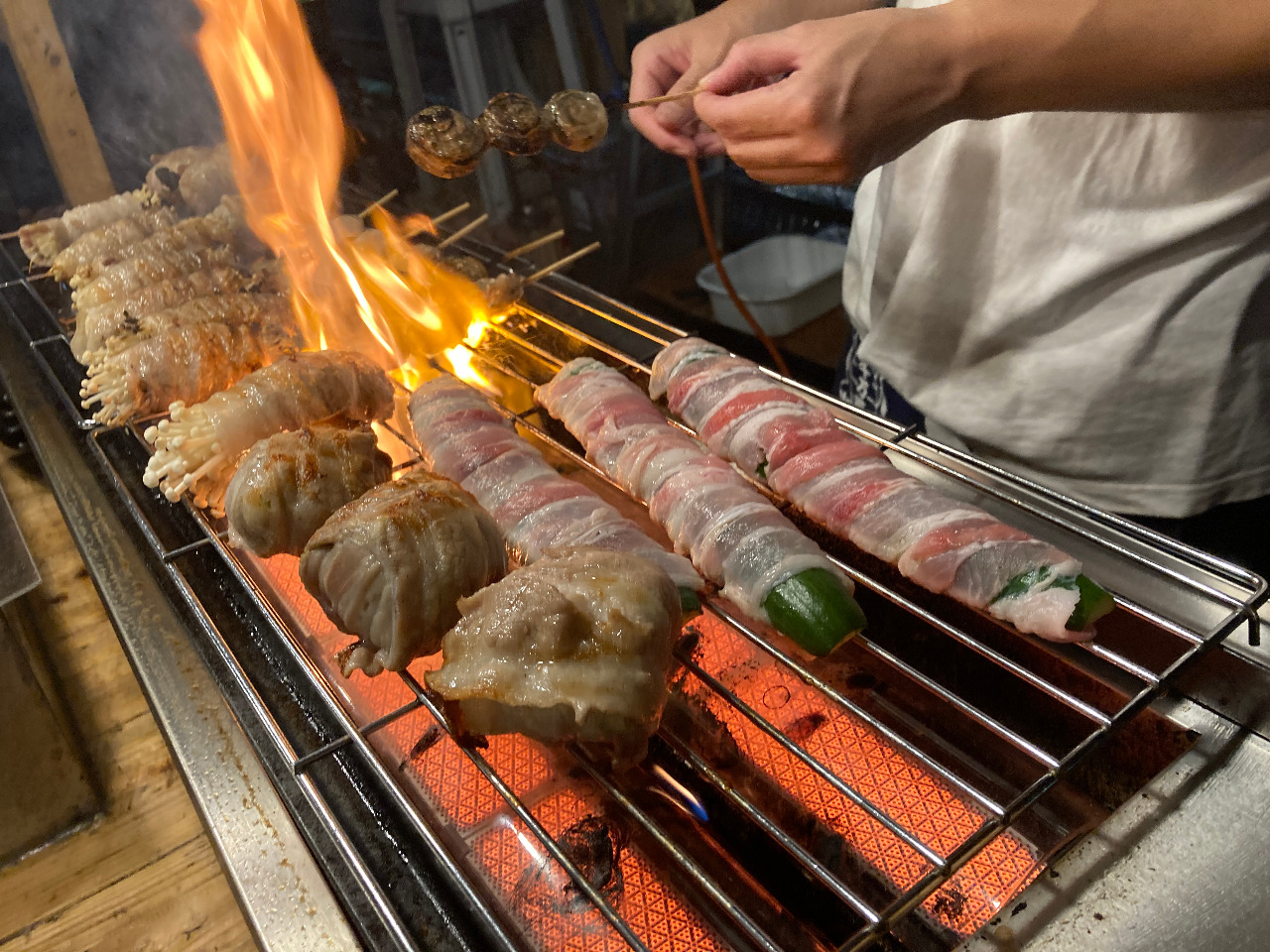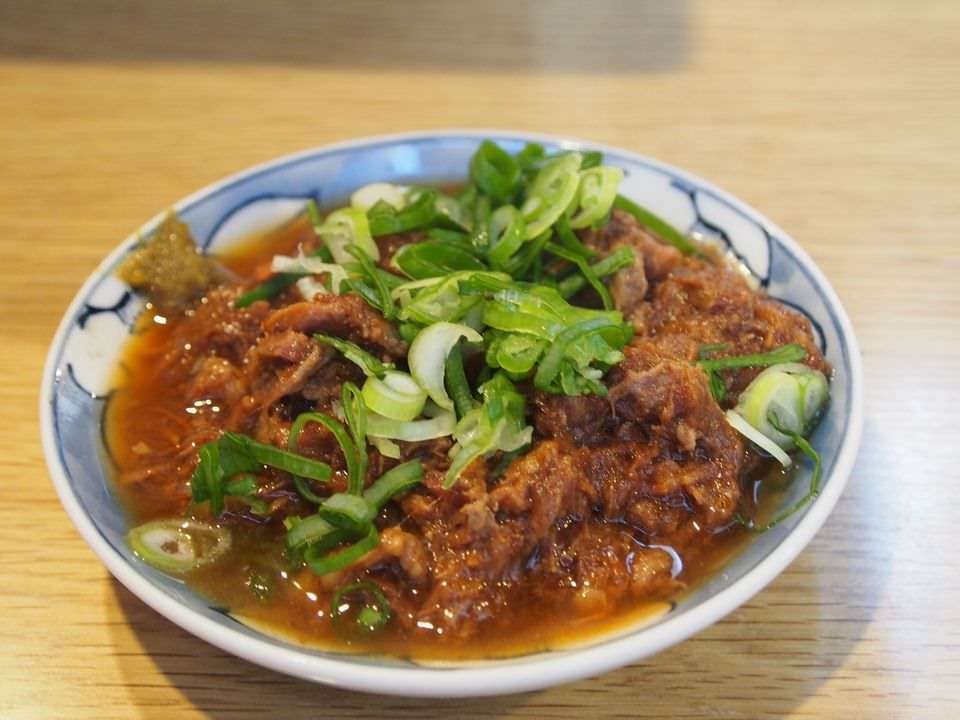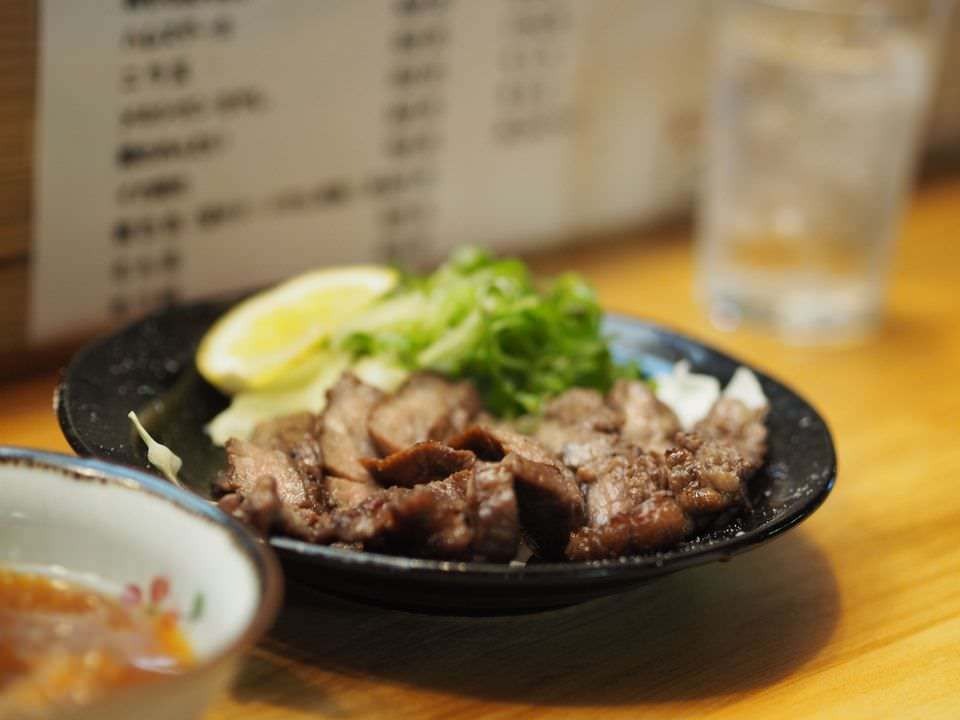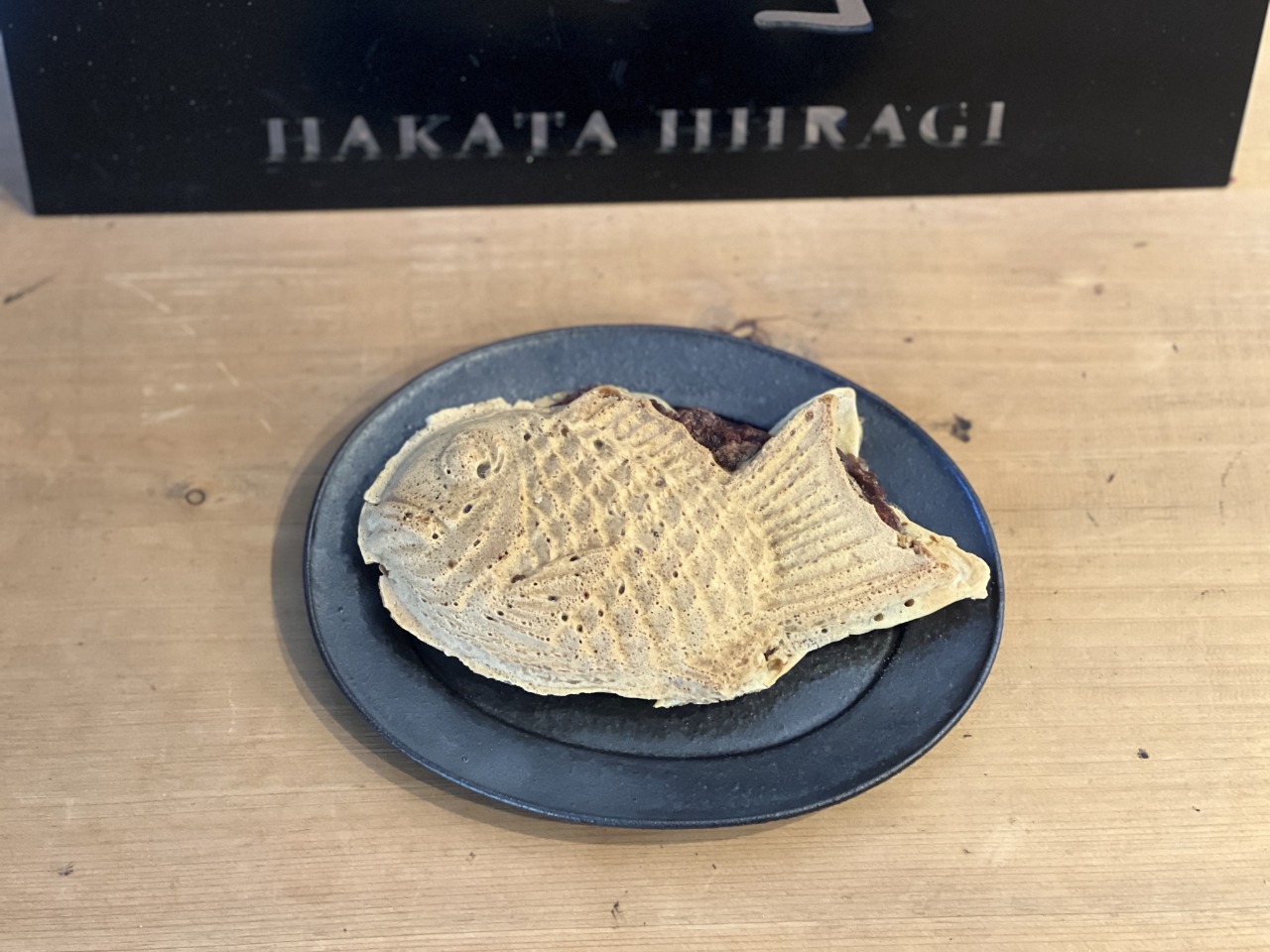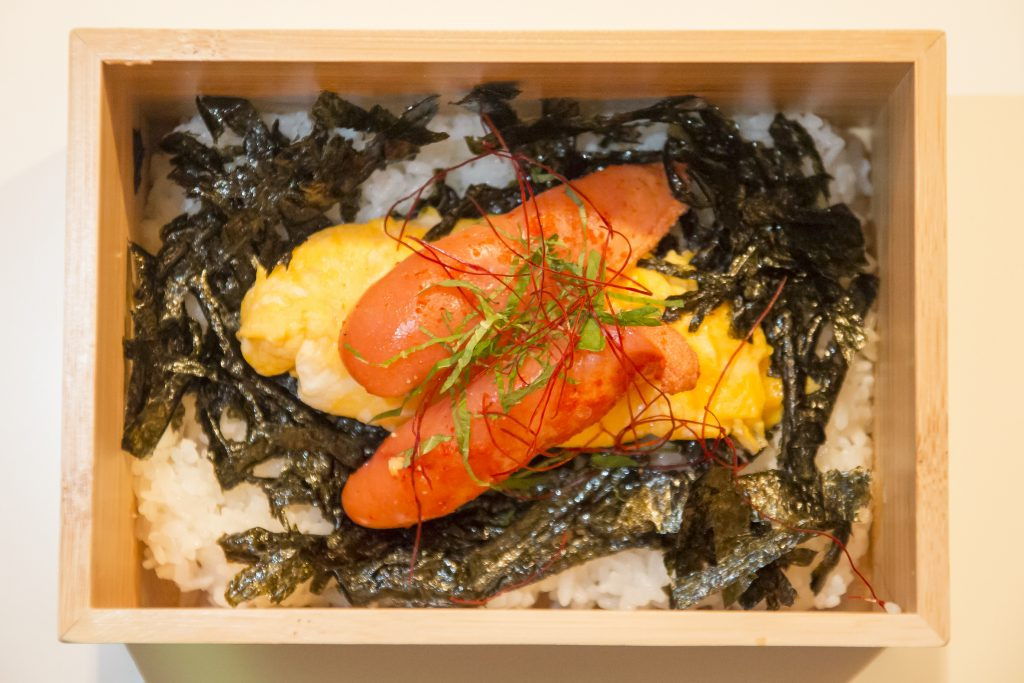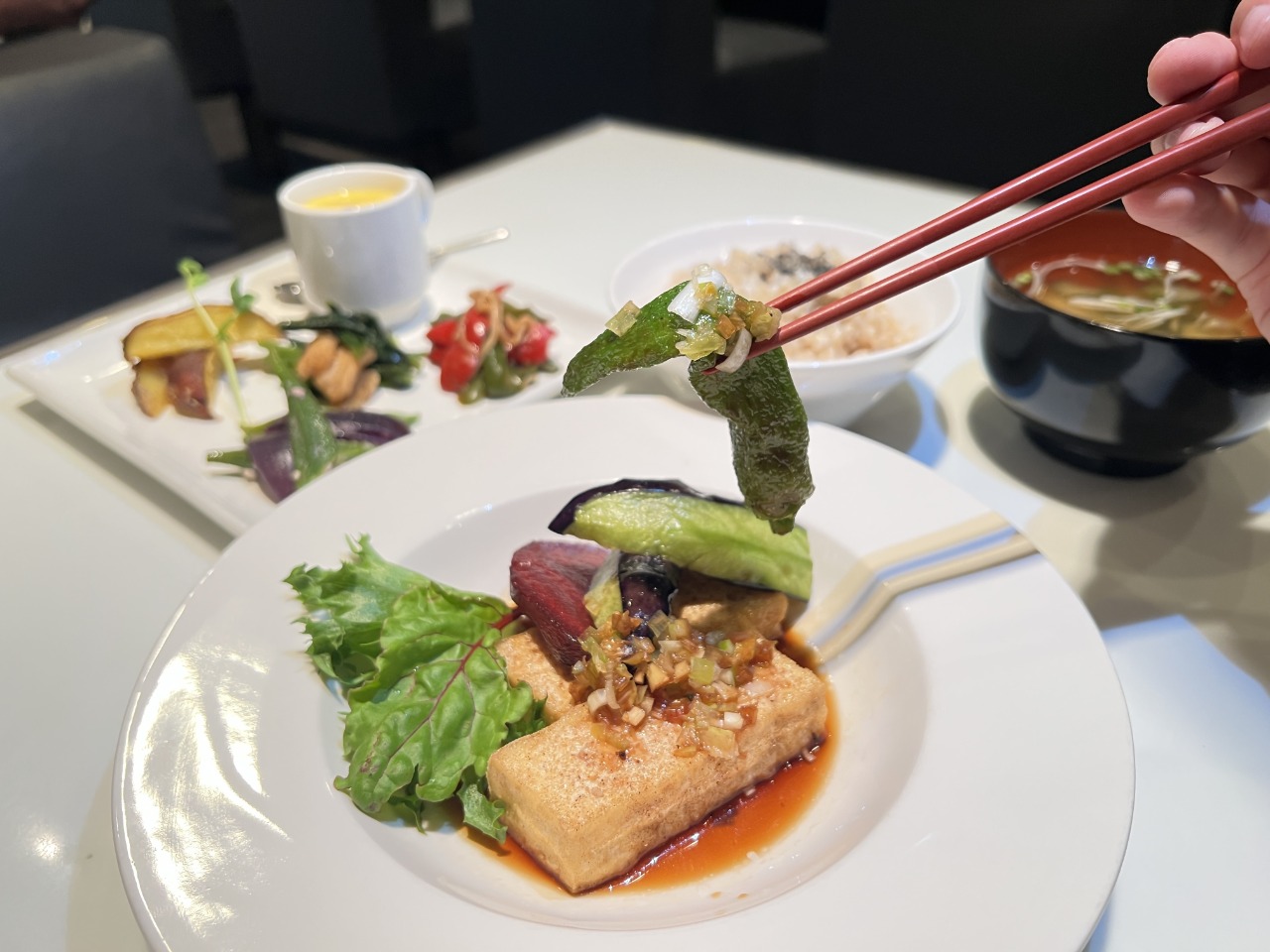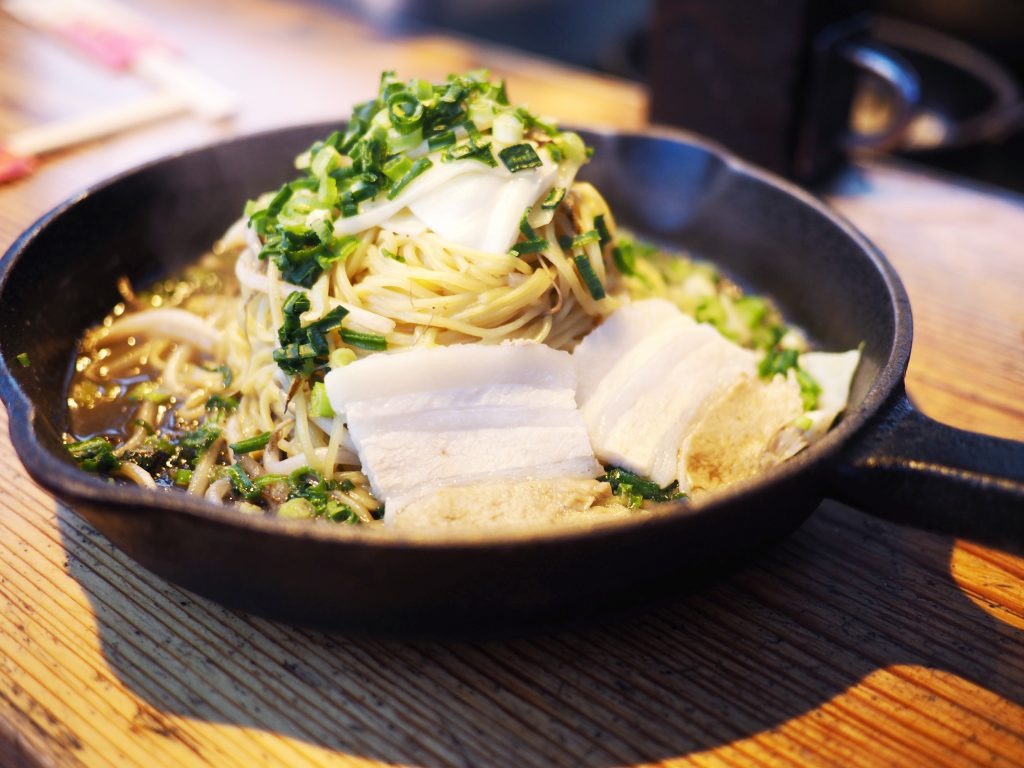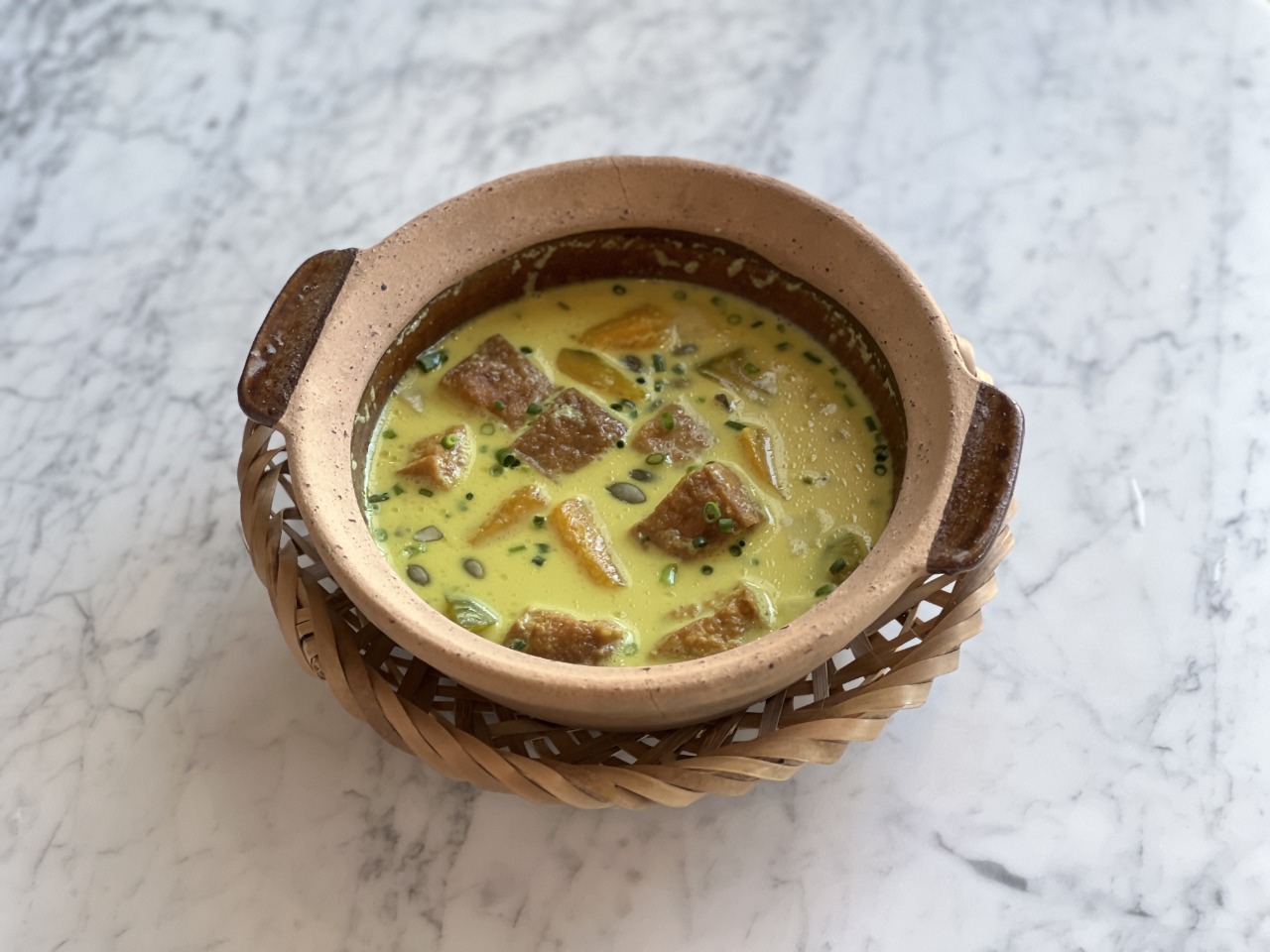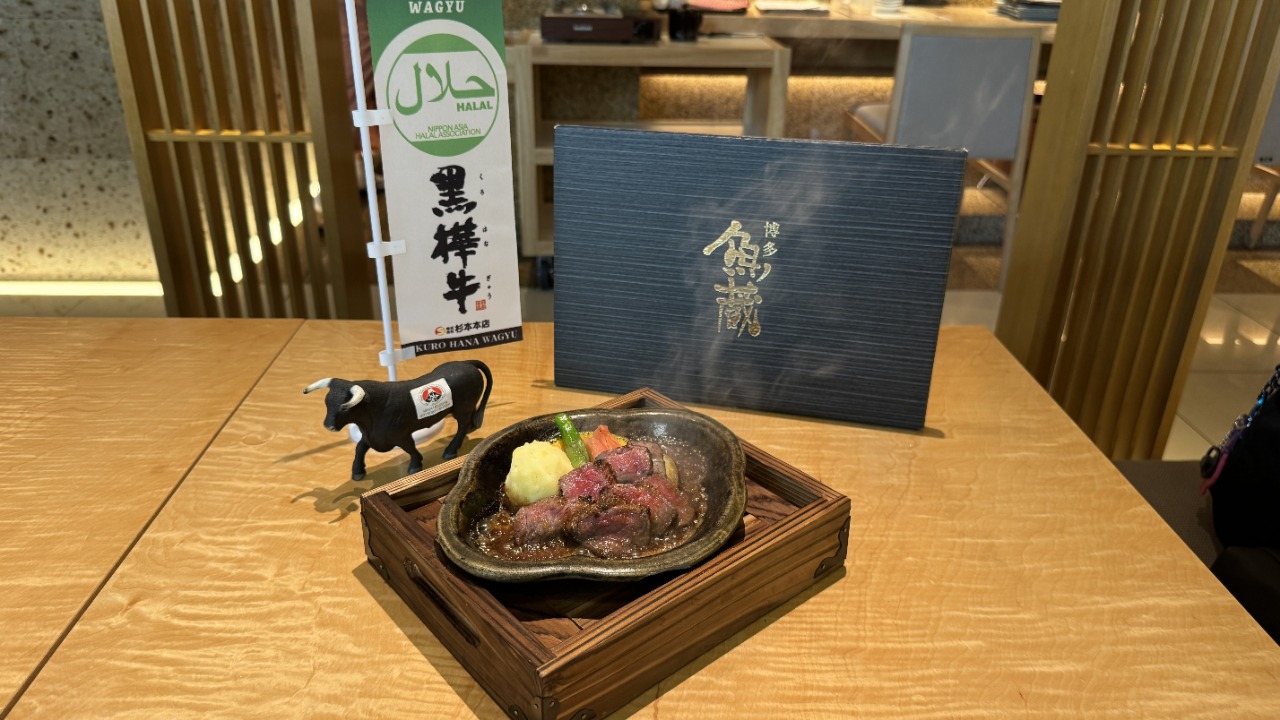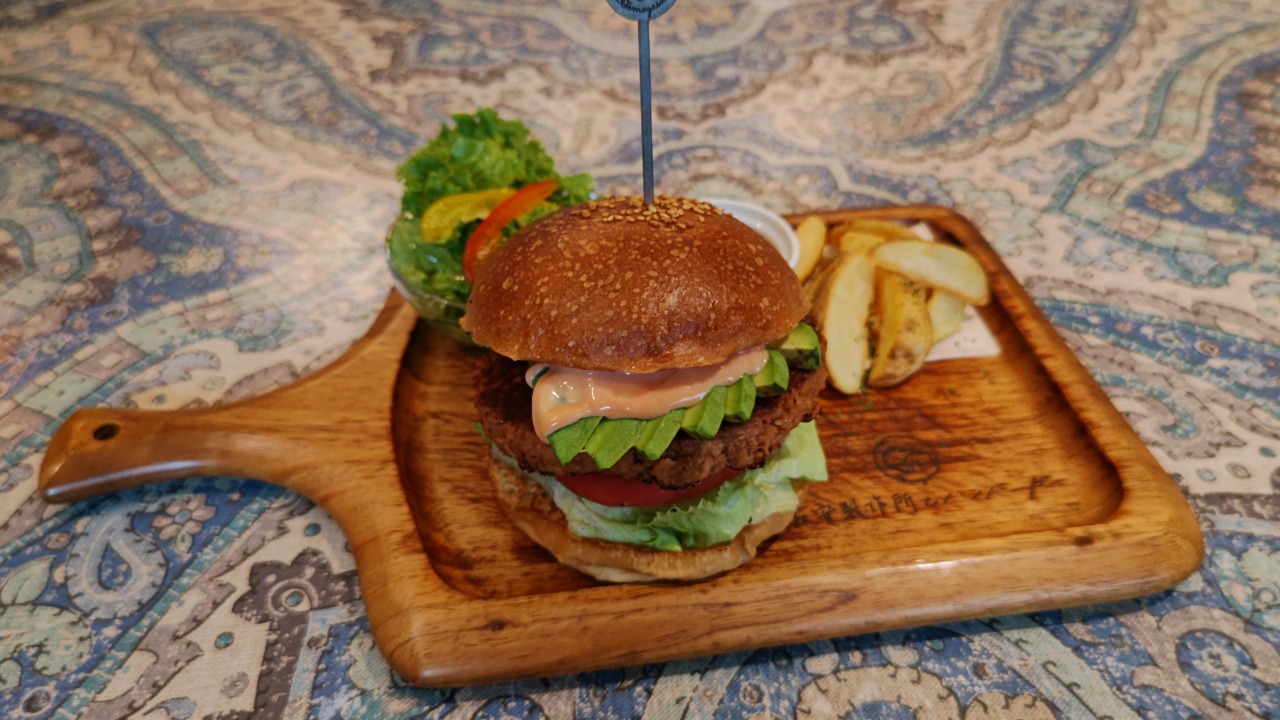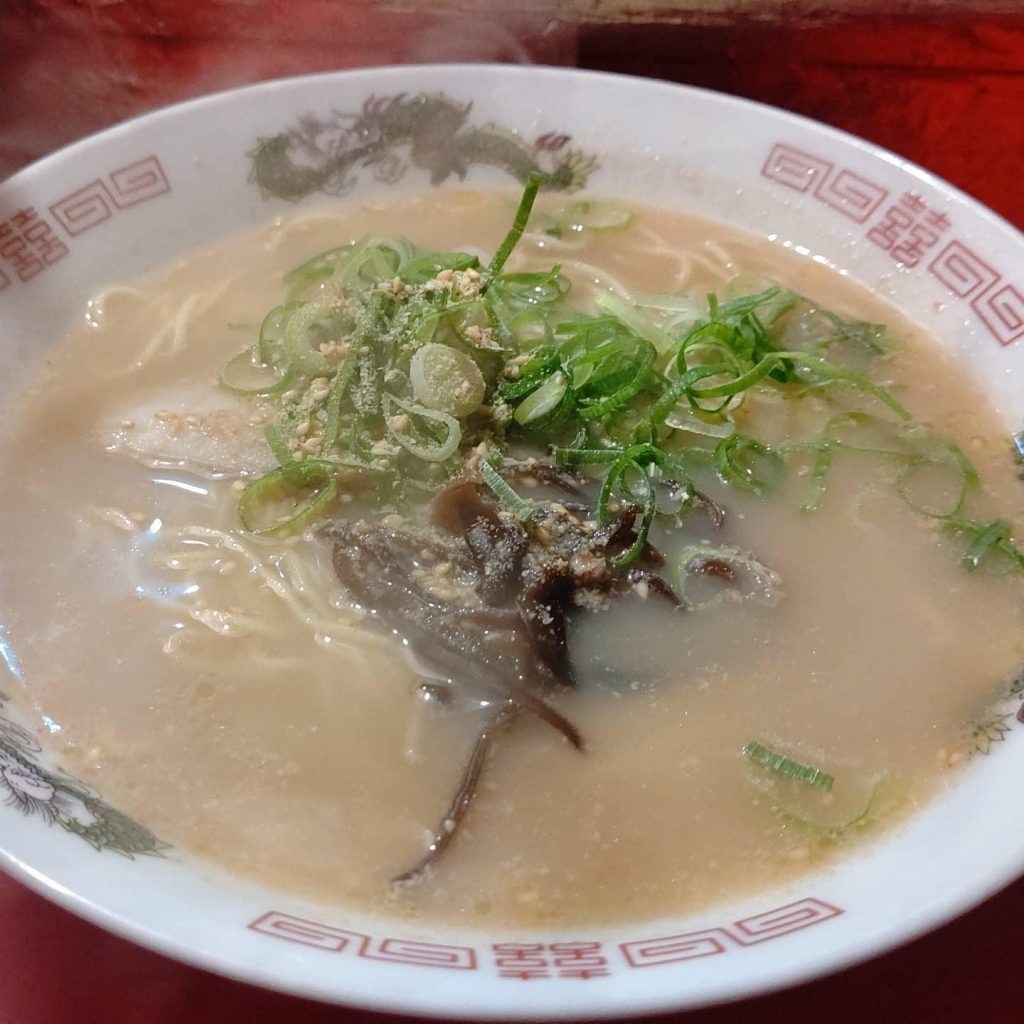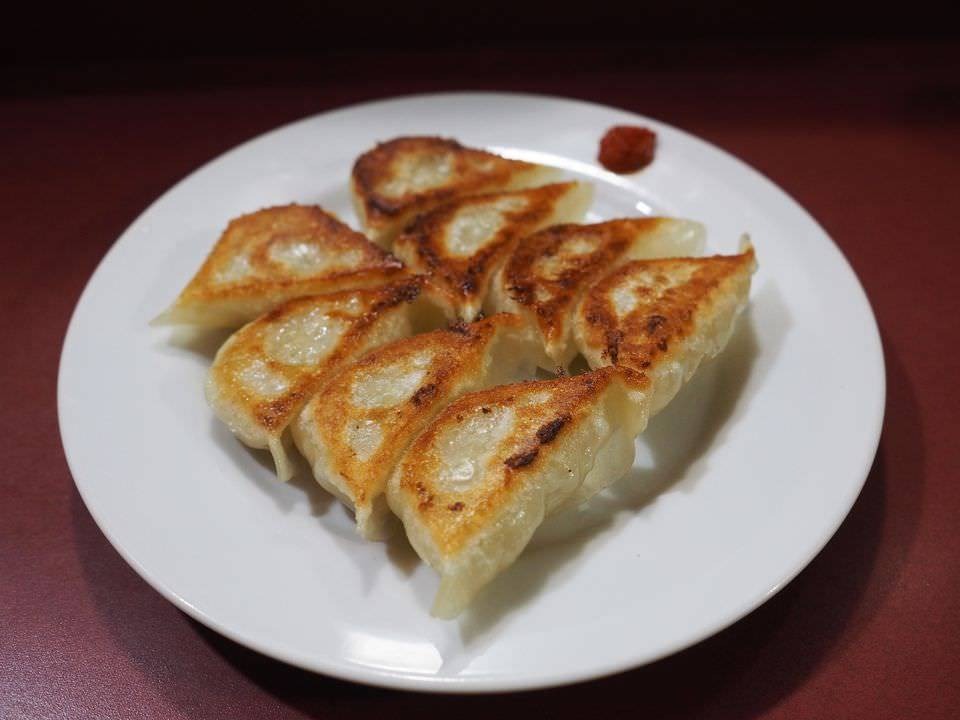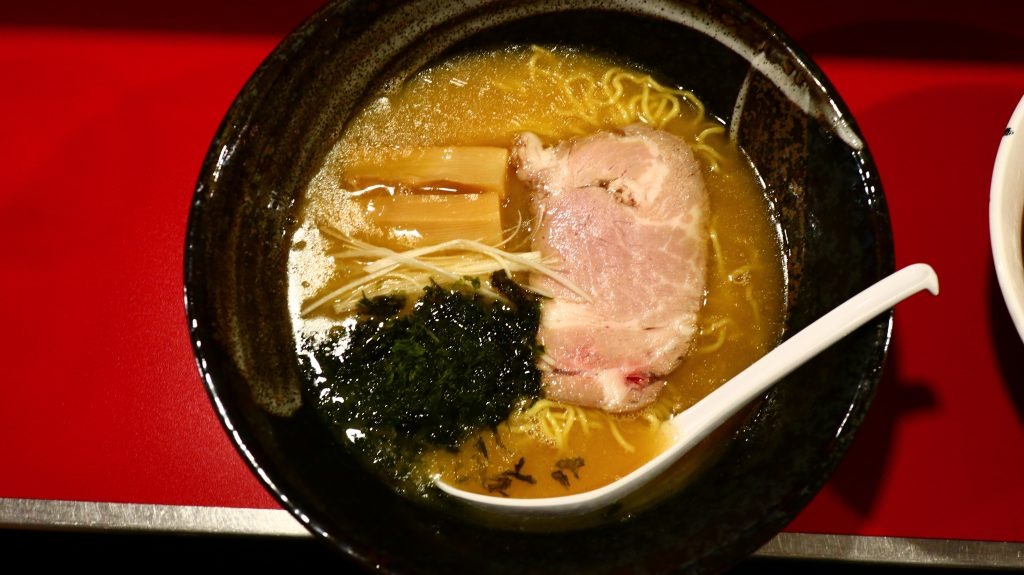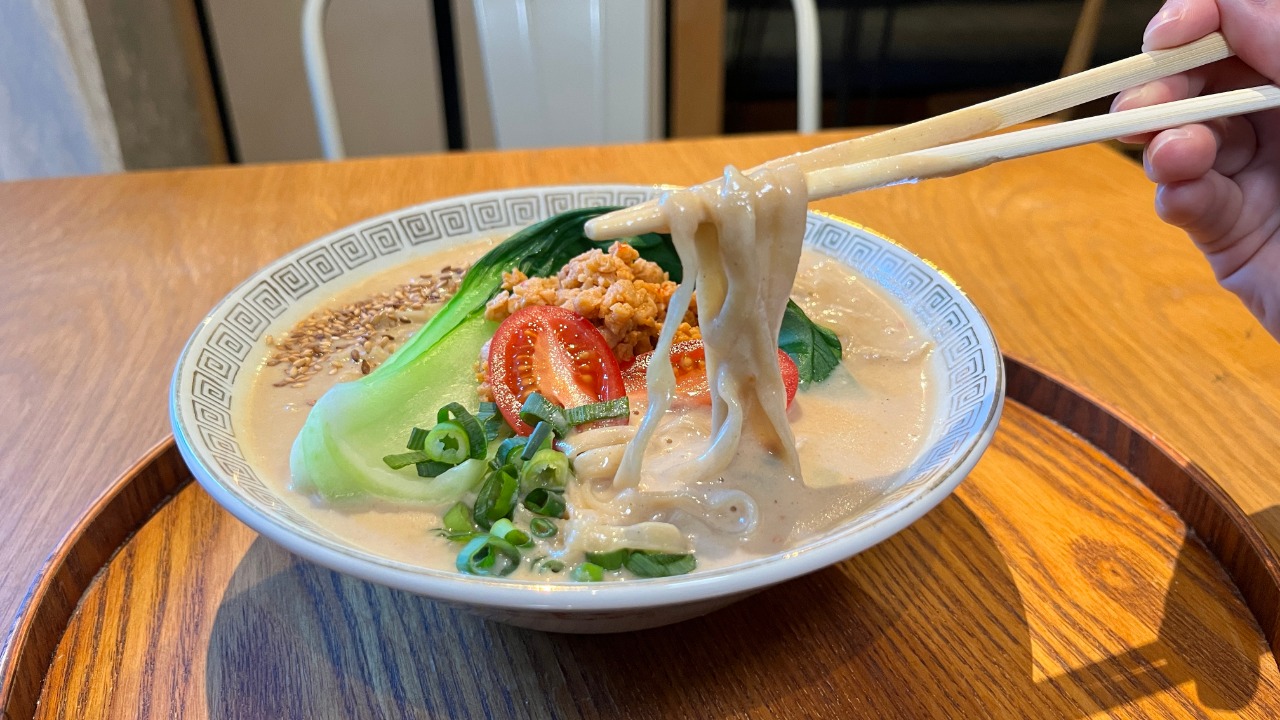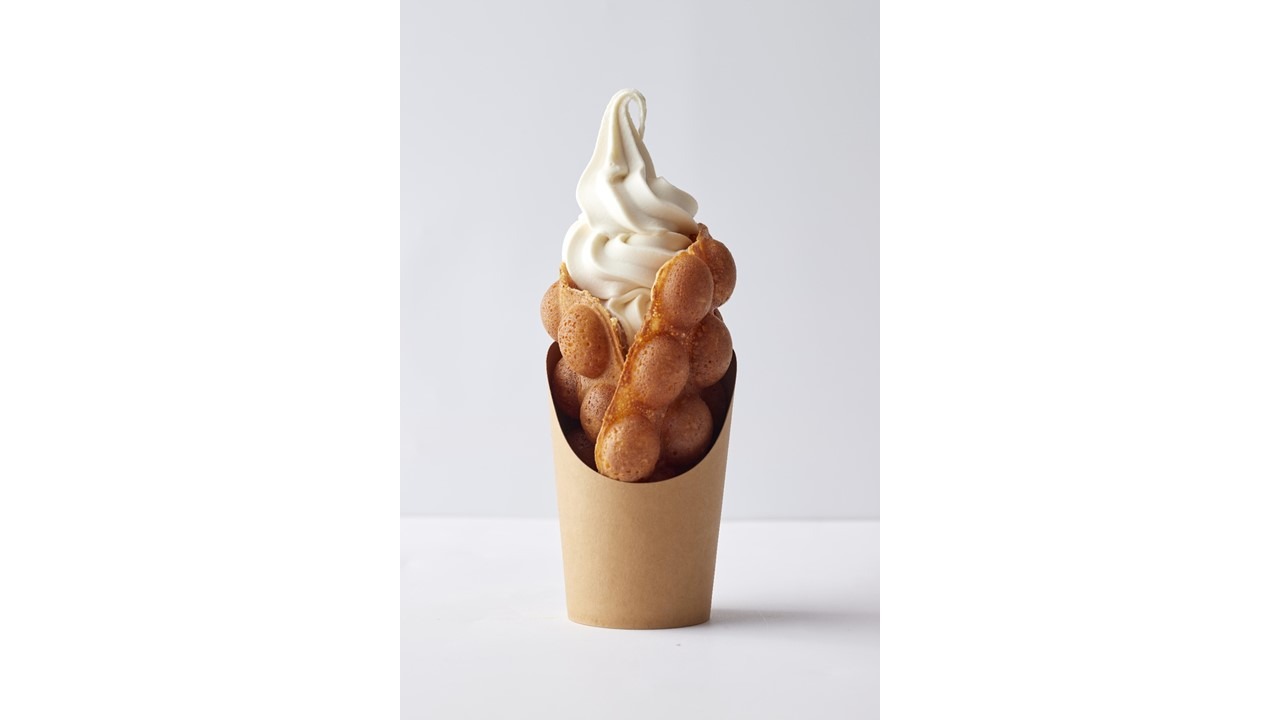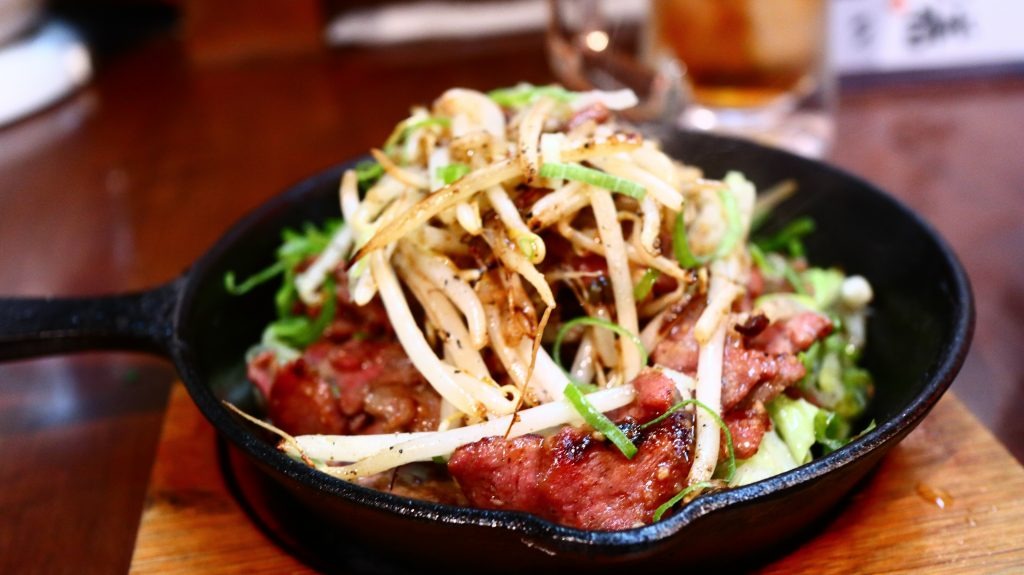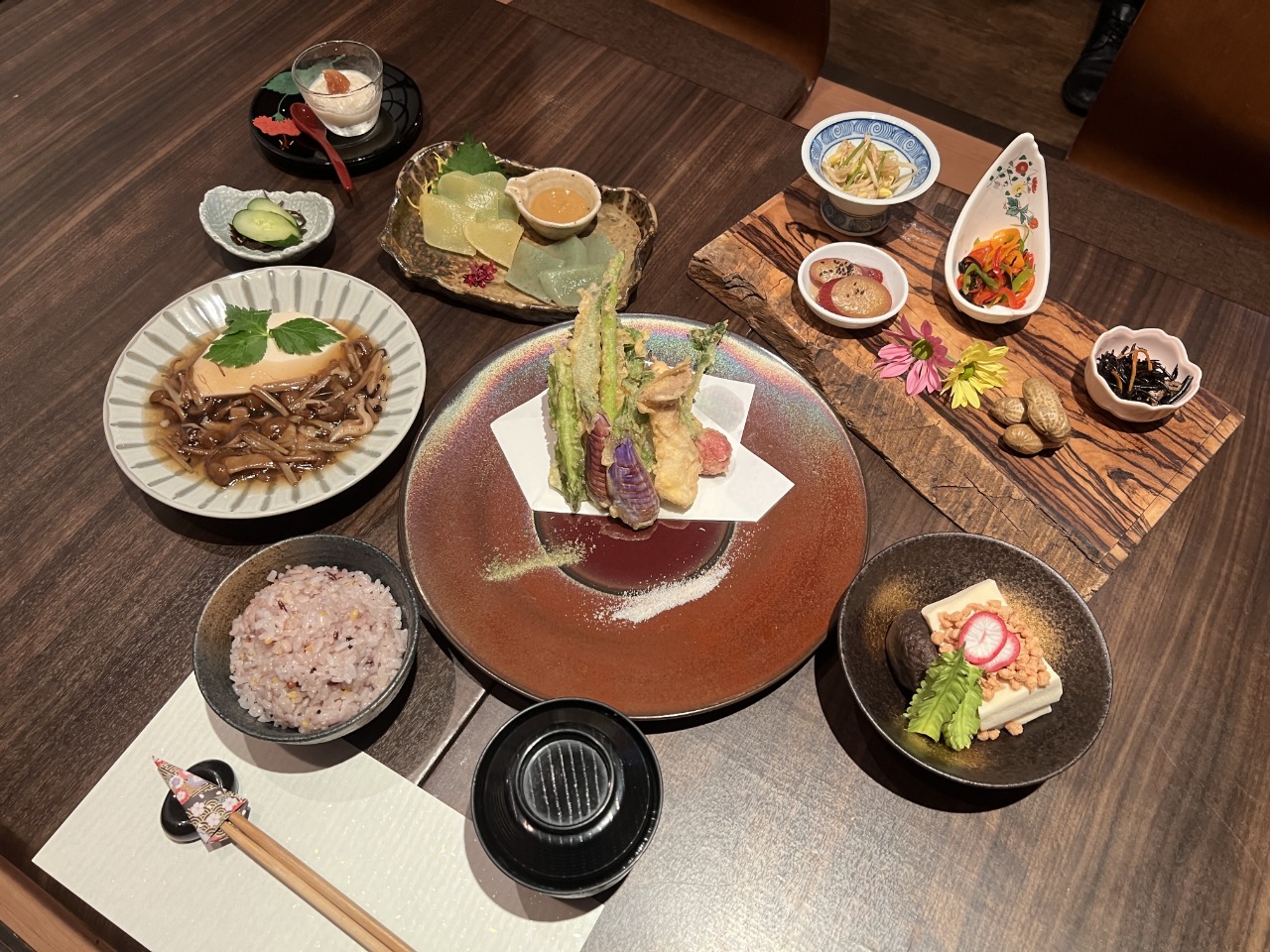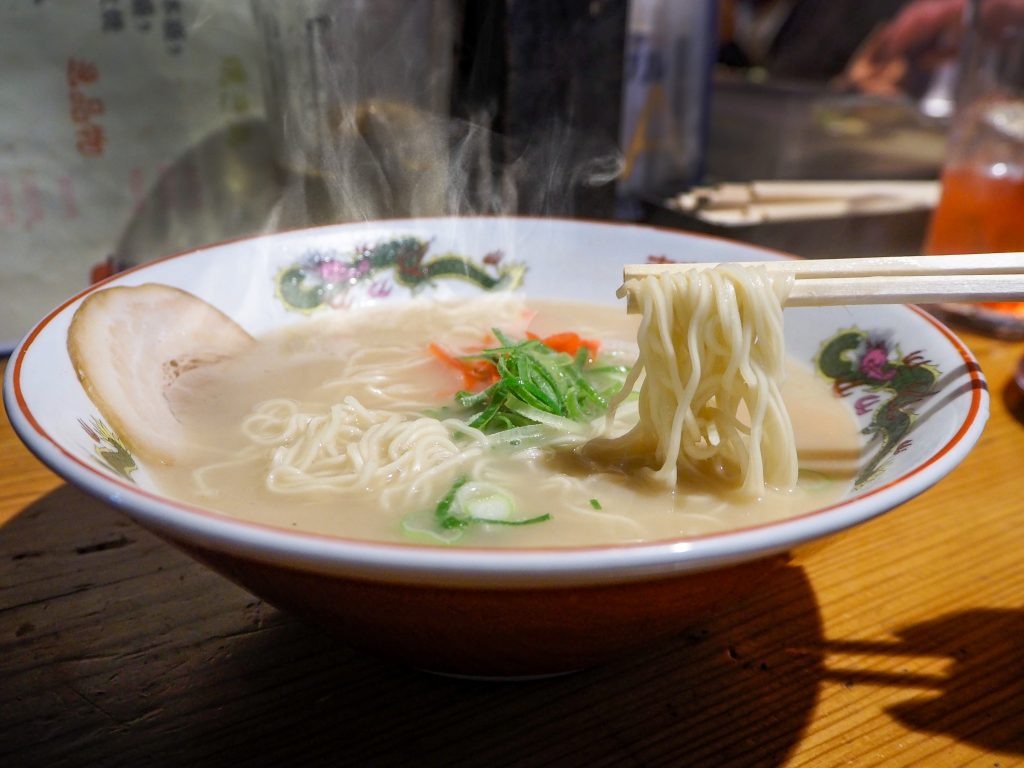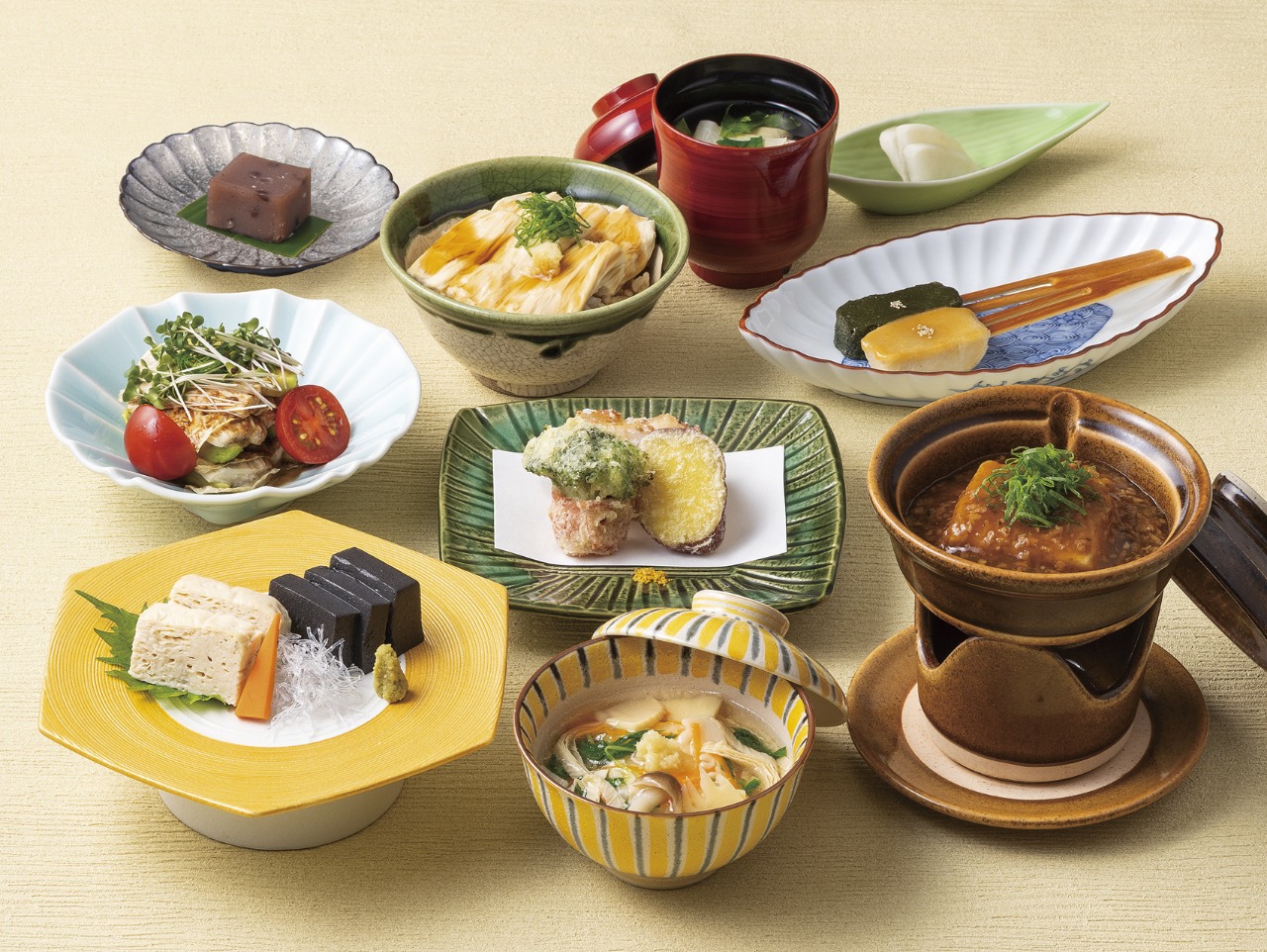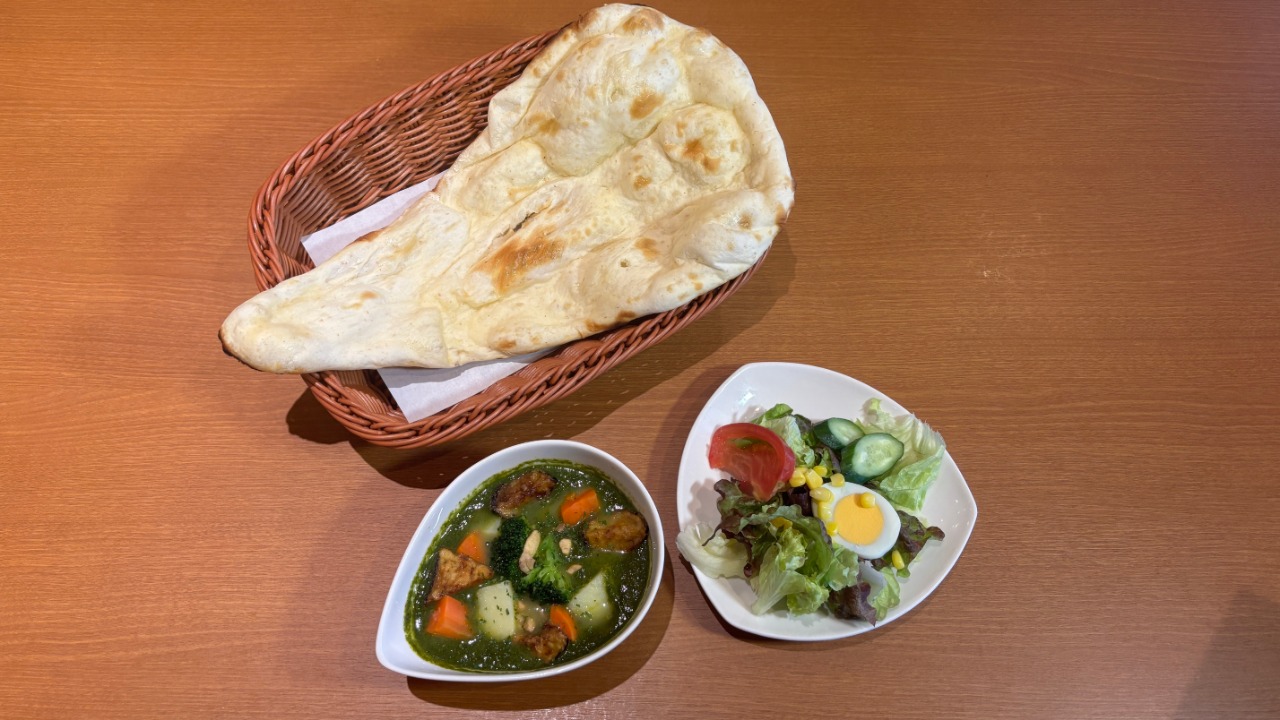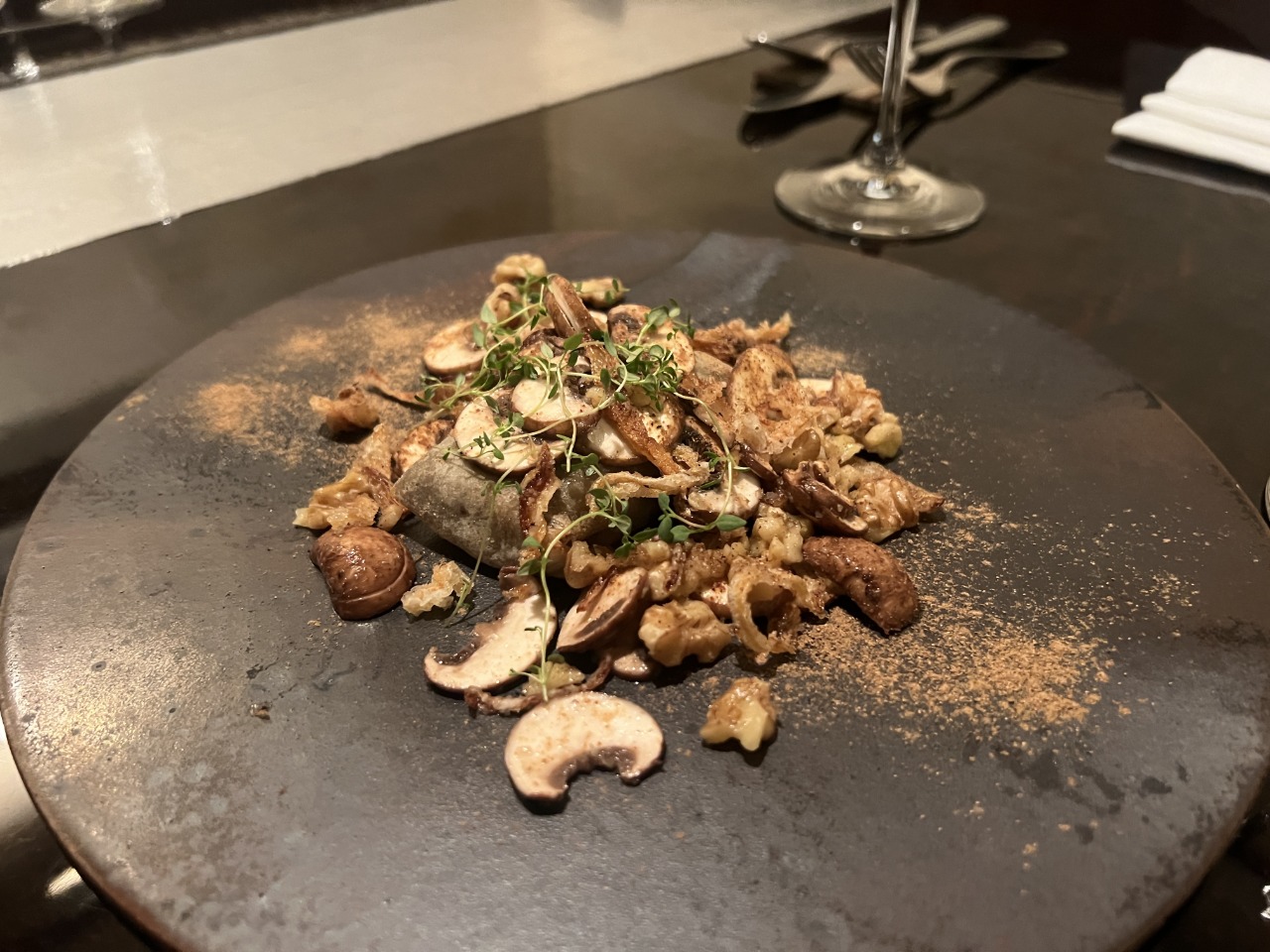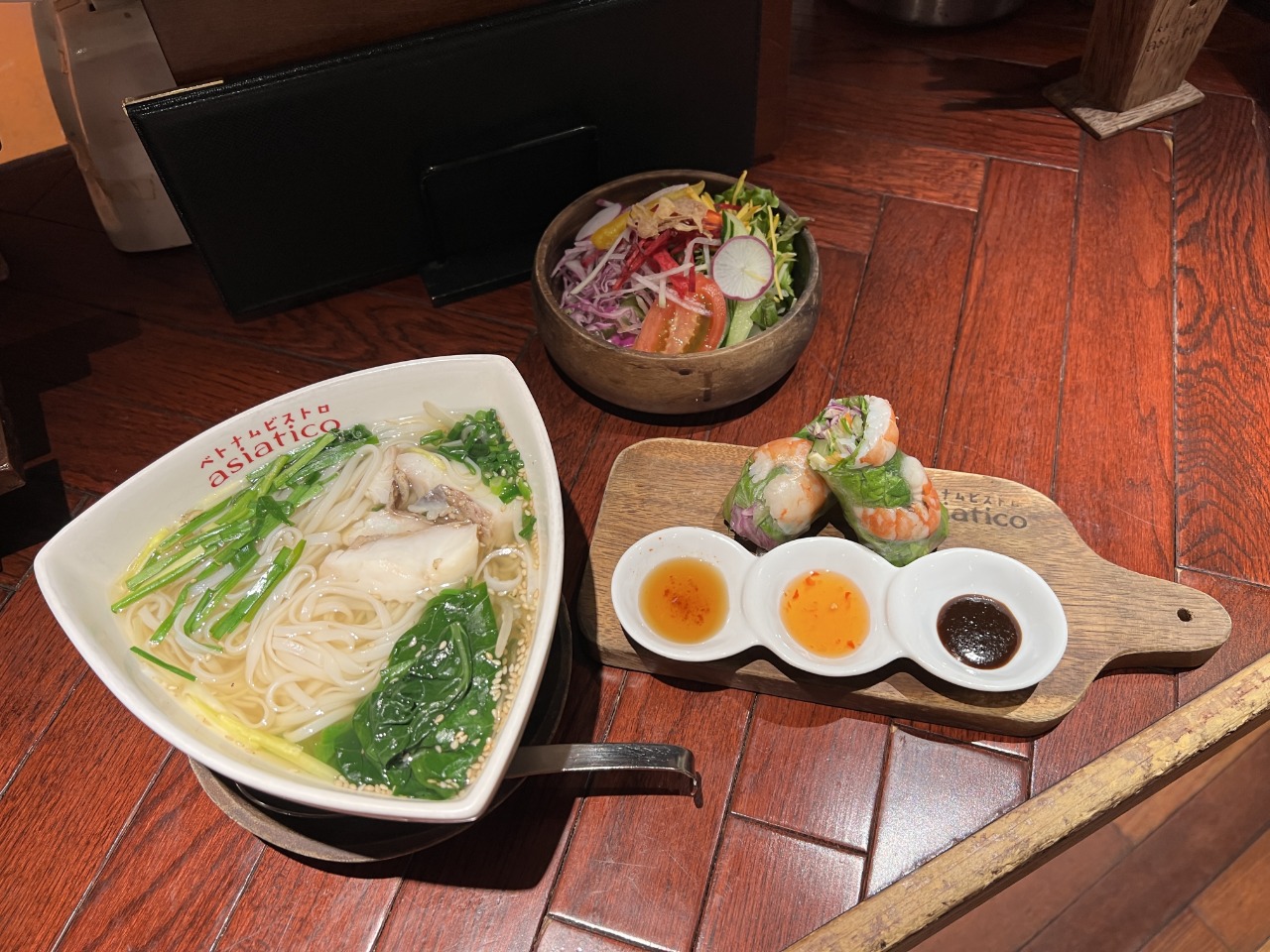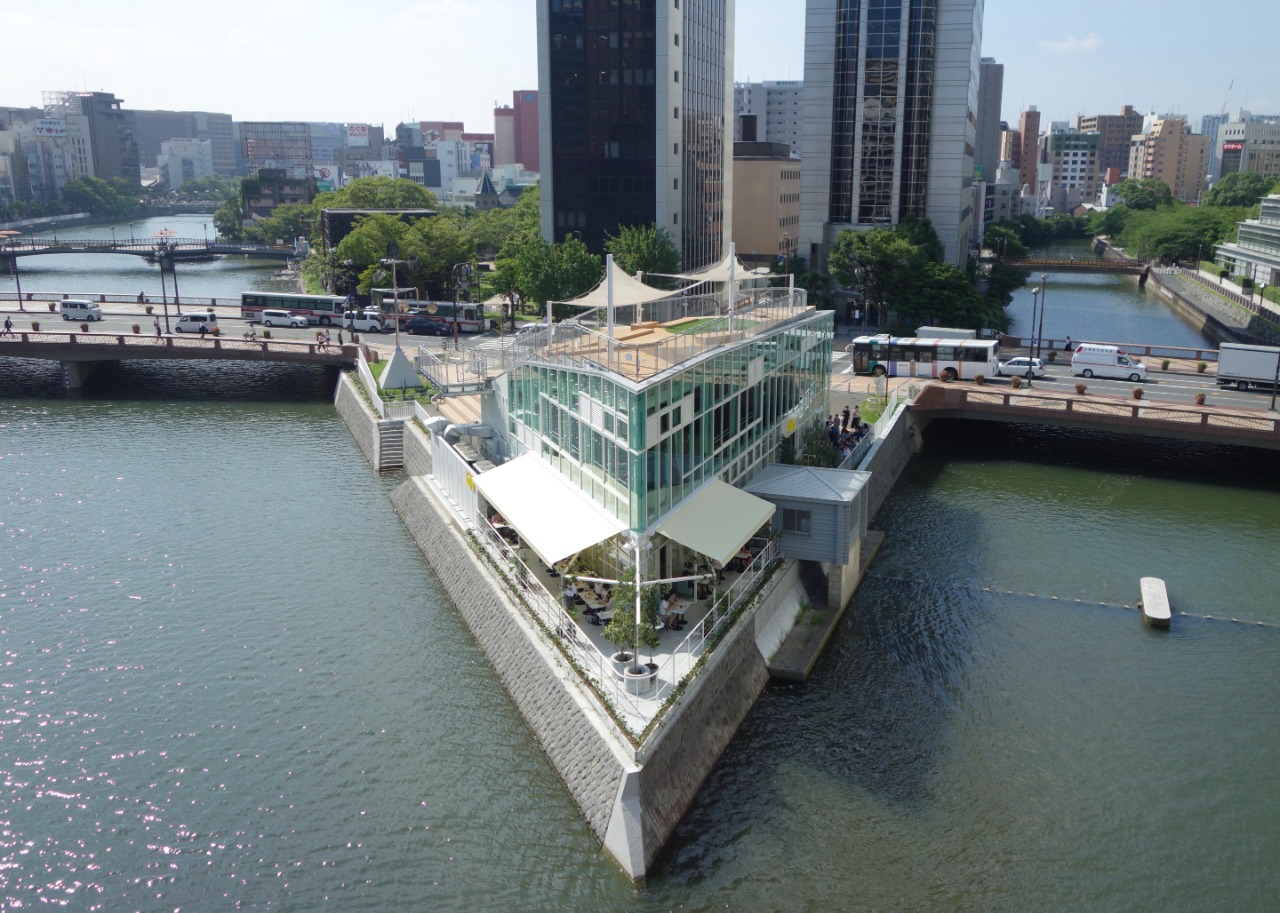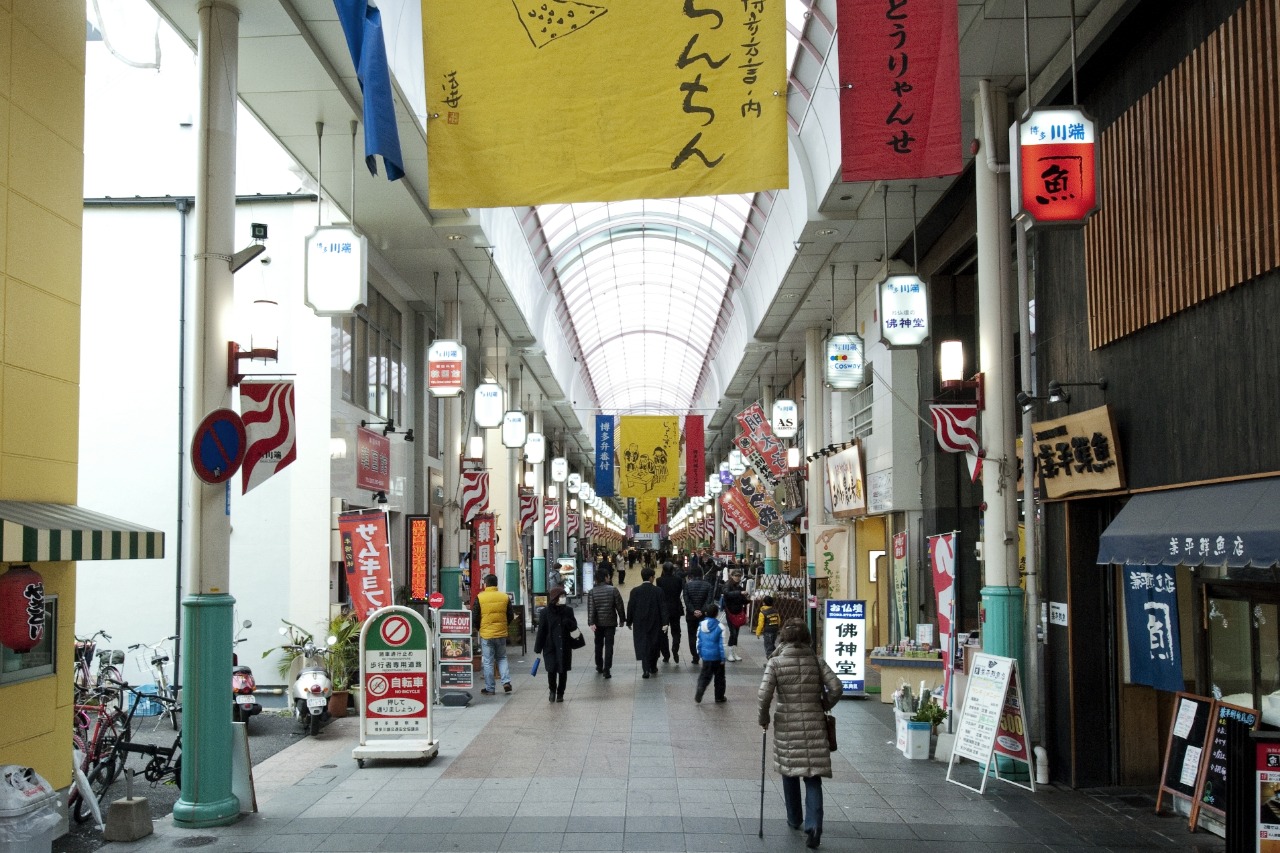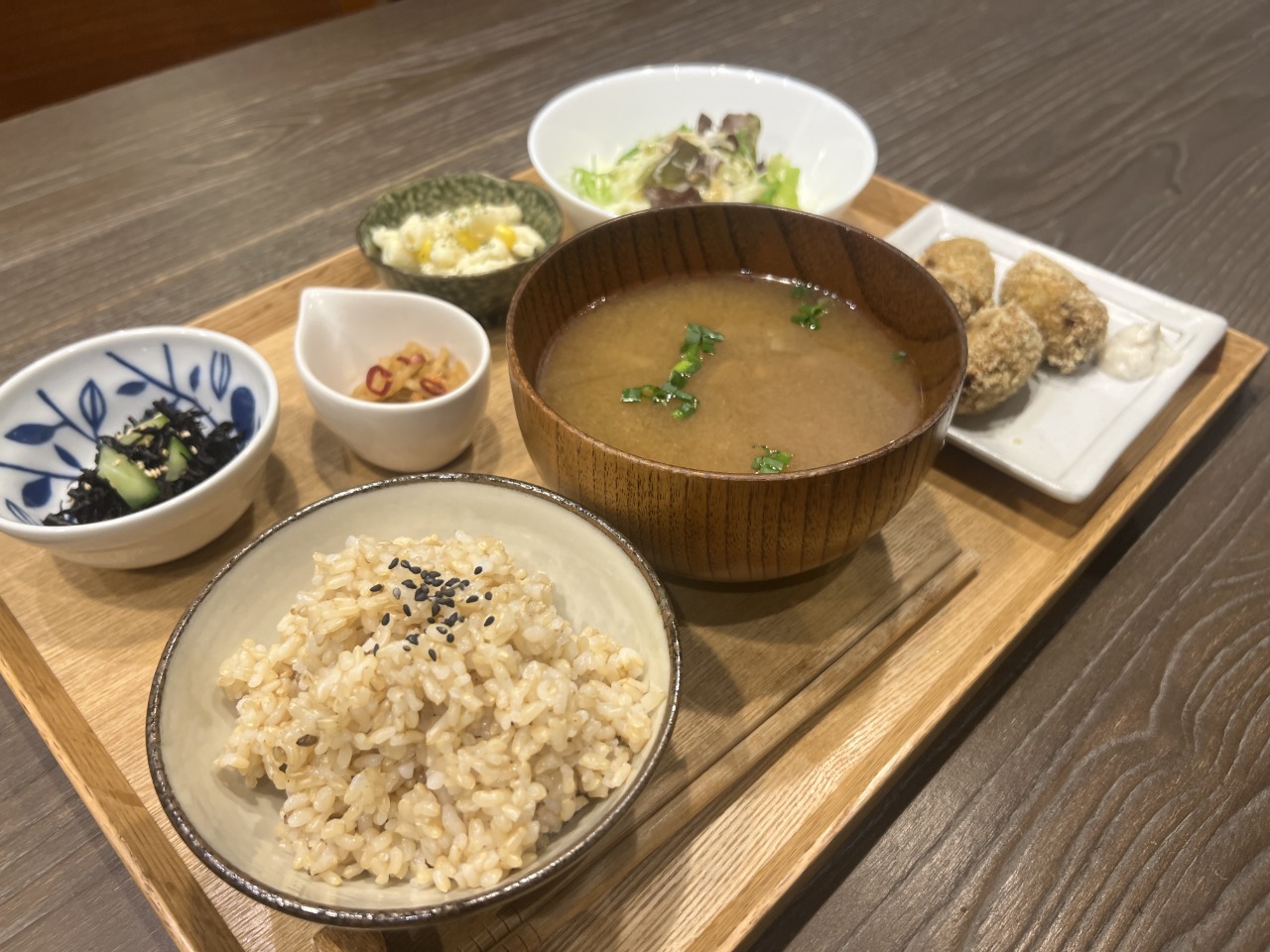The Ins-and-Outs of Yatai [Part 1]
Hello everybody! It’s me, Fukuoka resident Yamada Zenjido! Fukuoka’s yatai, or portable food stalls, have been growing in popularity not just domestically, but internationally as well. With a cozy at-home vibe, these yatai are frequented not only by locals but travelers from across the globe. Having said that, there are many who have not visited a yatai before.
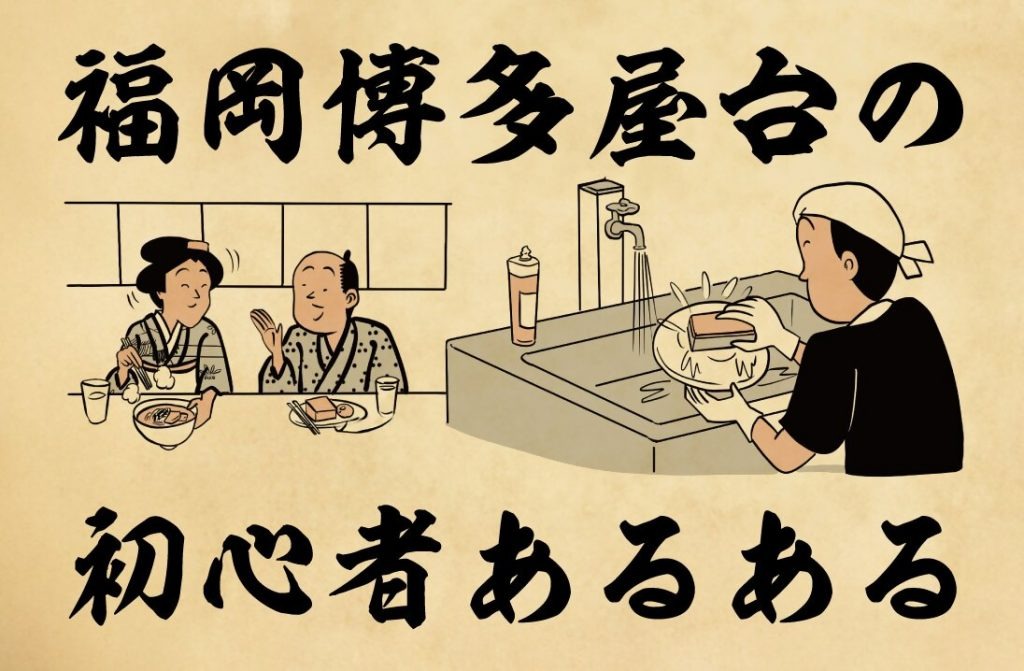
It’s totally understandable to feel a bit nervous before heading out to a yatai for the first time, so in this article I’d like to allay your fears and provide some information that will help make your experience an enjoyable one. Knowledge is power!
*This article will feature plenty of tips that even seasoned yatai-goers might not know, so read on no matter your level of experience!
1. How clean are yatai?

▲Yatai sure are clean nowadays!/All yatai have access to running water
Yatai have a persistent reputation for reusing the same water for washing dishes, and this has led them to being called unhygienic.
But never fear! The yatai of today are more hygienic than ever.
Key to this change are the presence of water supply and drainage and electrical outlets.
Each yatai has its own faucet and supply of electricity. Yatai now are capable of washing used plates and glasses with running water that can then be easily disposed of via drain. Additionally, the presence of a grease trap helps separate oil from water, preventing it from entering the drains directly.
Additionally, while yatai serve up a wide variety of differing foods, raw foods such as salads and sashimi are not allowed on the menu for sanitary reasons. Everything you order at a yatai will have been heated prior to eating. Considerable attention is paid to the food to ensure that it is prepared properly.
Yatai are cleaner than ever, and their reputation for being unhygienic a thing of the past!
2. Not knowing where to go and always ending up in Nakasu
In Fukuoka there are three primary yatai areas: Nakasu, Tenjin, and Nagahama.
Even I had my fair share of troubles figuring out which yatai to go the first time. Ah, the memories… Not knowing where to go tends to funnel many prospective diners to the Nakasu area near Canal City.
However, each of the three main yatai areas is unique, and they all differ from one another.
To help make your decision easier, I will introduce the major characteristics of each of them!
●Nakasu

First up, Nakasu!
Fukuoka’s representative downtown area, and the yatai here are often thronged with lines of locals and tourists alike. The energetic atmosphere and river scenery is one of the most attractive features of dining here. The glittering lights of the yatai and surrounding buildings reflect off the surface of the Naka River, a nostalgic and dreamlike scene that for many has come to be synonymous with Fukuoka yatai.
This area has a reputation of sticking to the basics. Ramen, yakiramen, and oden populate many a menu in Nakasu. Supping on these yatai classics while surrounded by the vibrant nighttime scene is a distinctly Fukuokan experience.
For those seeking a respite from the hustle and bustle, I recommend checking out north Nakasu. This area features 10 yatai including both newcomers and classic institutions and is a slightly deeper cut when compared to the main yatai area. These two faces of Nakasu are part of the area’s identity, so definitely make a point of checking out both sides!

(Photo: The `other` Nakasu yatai lineup)
●Tenjin

Next up, Tenjin!
Roughly half of all the yatai in Fukuoka congregate in the Tenjin area. The largest shopping district in Kyushu, Tenjin’s yatai are often frequented by those returning home from work, or after a spot of shopping. I often pass through when returning home from work, and the yatai next to the department stores are almost always bustling with delighted patrons.
Unique coffee and bar themed yatai can also be found here and they are must-checks. Apparently. there are even yatai that have won awards for their design in the area. With good accessibility Tenjin is a highly convenient area, but I recommend aiming early around 18:00 to grab a spot before the yatai get too crowded.
●Nagahama

Last, but most certainly not least, is the Naghama yatai area!
The Nagahama neighborhood is famous for being the birthplace of the Nagahama style of tonkotsu ramen, making it holy ground for ramen afficionados.
The recent openings of several new yatai have seen it grow in popularity as a yatai hotspot.
When finishing off your meal a bowl of ramen is customary here, but Nagahama holds other secrets for those willing to look. Mentaiko specialists and yatai serving up incredibly authentic Chinese fare are among the more unique offerings that you will not find in other yatai areas in the city. The rich variety of stalls make this a popular spot to go for a yatai crawl.
As for the clientele, this area is full of friendly and boisterous locals practically overflowing with love for Fukuoka. Don’t let this deter you if you are a visitor- if you come you can be sure to receive a warm welcome! After all, one of the best parts of eating at a yatai is chatting with the owner and other customers.
Nagahama is a concentration of the three keys to a good time: sumptuous food, tasty drinks, and buddies to enjoy them with!
Nagahama could be the perfect place to visit for yatai first timers!
3. Feeling at a loss when the yatai you wanted to visit is closed
So, you’ve done your research and made your selection. You travel out to the yatai’s address and… it’s closed. A common scene.
Yatai are susceptible to weather, and they will often be closed in the event of strong winds or heavy rain. Even more frustrating is that sometimes they may do so without any warning!
So, you begin thinking: “I really wish there was a way to find out if they’re open or not before heading out”.
As a matter of fact, there is a way!
Confirm yatai status with FUKUOKA GUIDE on the LINE app!

On the FUKUOKA GUIDE LINE account managed by Fukuoka City there is a section that will inform users whether or not a yatai is currently open based on an IoT lightbulb set up at each yatai. It’s a massive quality of life improvement. Have trouble with Japanese? Never fear- the app can be set in English as well!
How to check:
1. Search for yatai based on criteria such as type of food or location.
↓
2. Tap on the yatai you’re interested in for more details.
↓
③ If there’s a small icon saying ‘open’, then you’re in luck! If there is no icon, then the yatai is closed.
*Note: the icon will only show up from roughly 18:00 onwards when they open. The absence of the icon during the middle of the day does not mean that it’s closed!
There are plenty of other useful and funny functions built into the service as well. One can search for areas and even ask the built-in AI-oichan for its’ recommended yatai in the Hakata dialect! Of course, the app can also be set in English! Each individual yatai’s open times and holidays can also be confirmed on their respective pages.
The number of yatai that accept reservations is also on the rise. I recommend checking their Instagram or SNS pages to confirm.
For these reasons I recommend giving the FUKUOKA GUIDE account a try!
https://lin.ee/IrN0Ach
4. I’m nervous to try a yatai for the first time…
For first timers the prospect of entering a yatai can feel a bit daunting. This can be especially true of visitors to Fukuoka or tourists.
Even if the yatai seems full, it pays to poke your head in and gesture to see if there is any space. The owner will be more than willing to help get you a seat if there’s space. Even if it doesn’t seem like there’s any space, oftentimes there’s more than meets the eye. Customers will often shuffle around to make way for new guests, as maintaining full capacity is a key part of the yatai business model.
Perhaps some are nervous about going to a yatai alone. On the contrary, going alone is probably the best way to enjoy yatai. This makes it easier to strike up conversations with the owner and other diners, which is possibly the best part of eating at yatai in the first place.
5. How do you get in when it’s cold out?
During the colder months it can be hard to figure out where to enter the yatai from, as they usually install small doorways or cover the yatai in a plastic tarp to retain warmth. If you want to enter, poke your head between the gaps between layers of the tarp and ask if you can enter.
The owner will help you when both entering and leaving, so don’t worry!

6. Confusing yatai with kitchen cars
In recent days there have been many who mix up yatai with kitchen cars.
For example, there is often confusion as to why yatai refuse take-out. Take-out being prohibited is in fact one of the major rules of running a yatai. The reason is mostly for hygienic reasons. Compared to kitchen cars, yatai also have stricter sanitary regulations. If yatai began offering take out services, it may impact the quality of the food. To prevent the risk of food poisoning or lowering of quality, takeout is prohibited.
Yatai are popular not only on account of their cuisine, but for being a kind of third space where guests can socialize with the owner and other patrons. Those who you dine with may not come into your life again, but there is something meaningful in that meeting. Going to a yatai to partake of this atmosphere is as important as the food, and ordering for takeout goes against this core spirit.

Perhaps you’ve stumbled in after a long day of work, or in between other outings. Perhaps you’re coming after having made a reservation days in advance. All of these are ok, and part of your personal experience. If you haven’t experienced the unique atmosphere of dining at a yatai at least once, you’re missing out on a big part of what makes Fukuoka, Fukuoka.
What kind of yatai floats your fancy? While I can’t speak on behalf of the taste of others, I can say this: if you don’t get out there, you’ll never find out!
Stay tuned for the second part of this article series!
Designer
Yamada Zenjido
Haiku illustrations of Edo period townspeople in topknots and kimonos that look like they have time-traveled back to the present day, uttering surrealistic one-liners.
His illustrations have been featured in numerous media, with over 1 million followers on Instagram, and is often asked to illustrate for celebrities.
His books include “Yamada Zenjido de Gozaru” (I Am Yamada Zenjido).
>>Twitter:https://twitter.com/y_haiku
>>instagram https://www.instagram.com/y_haiku/
>>Facebook:https://www.facebook.com/yhaiku/>>Website:http://yhaiku.com/
>>Blog:https://zenjido.blog.jp/









